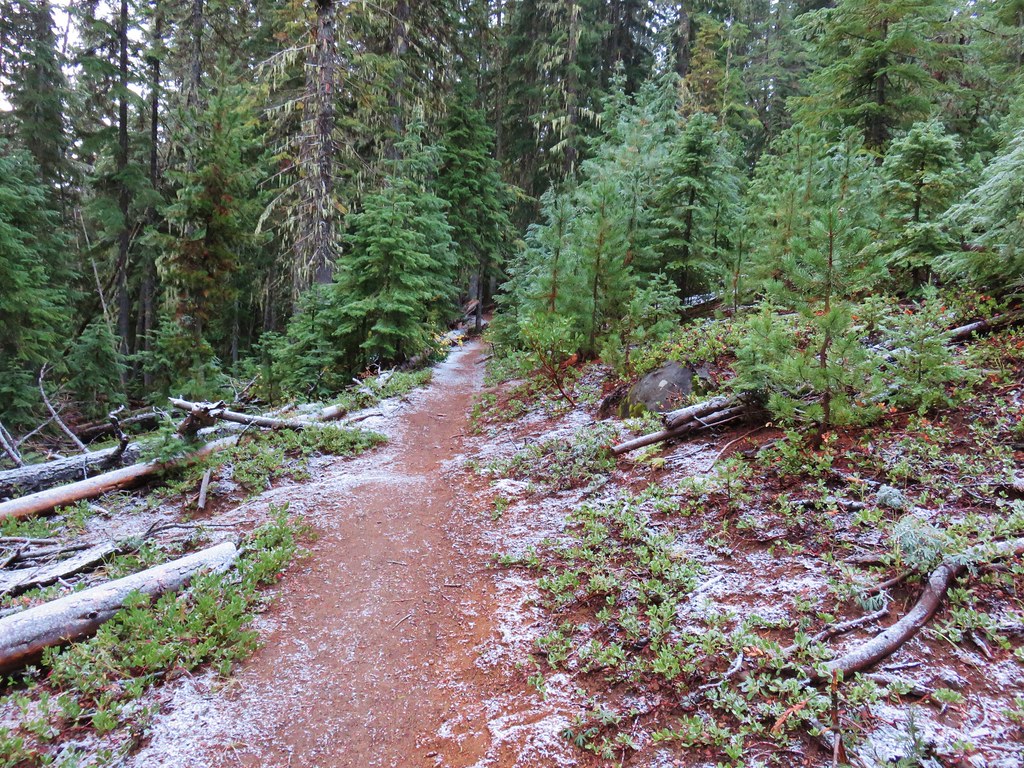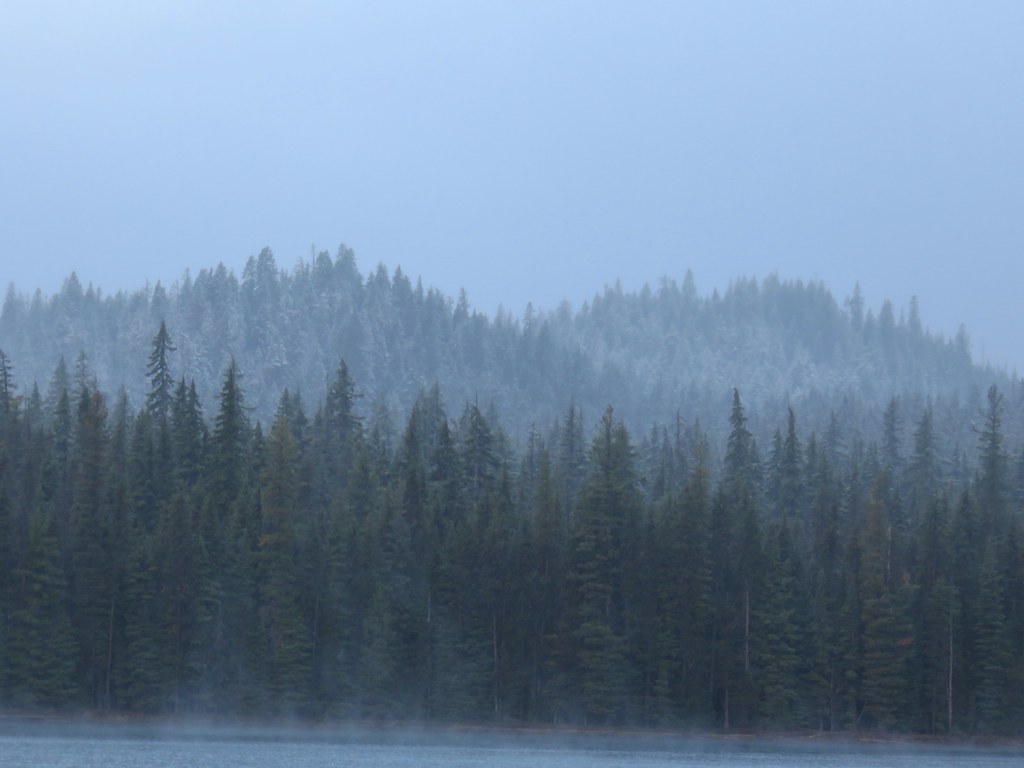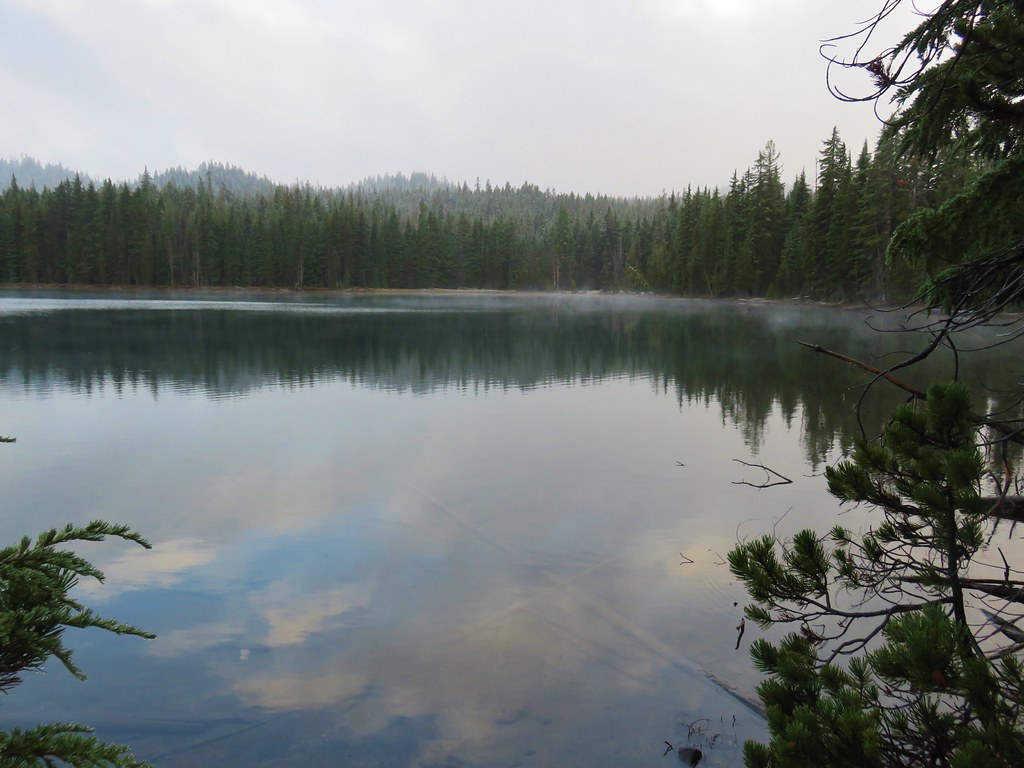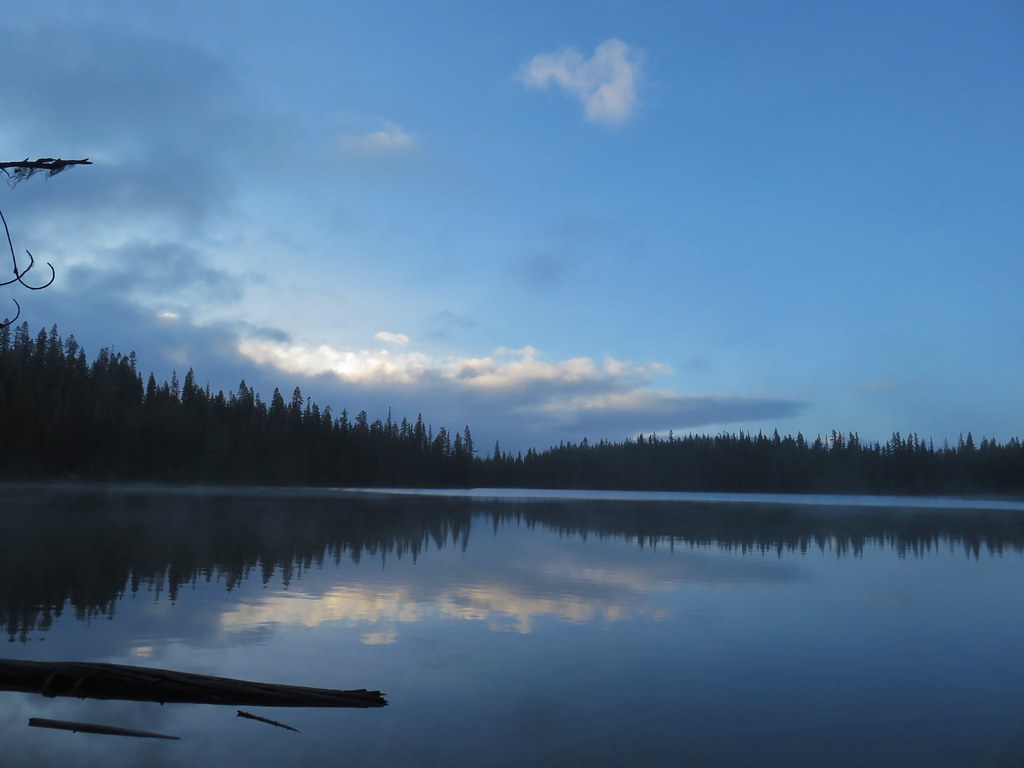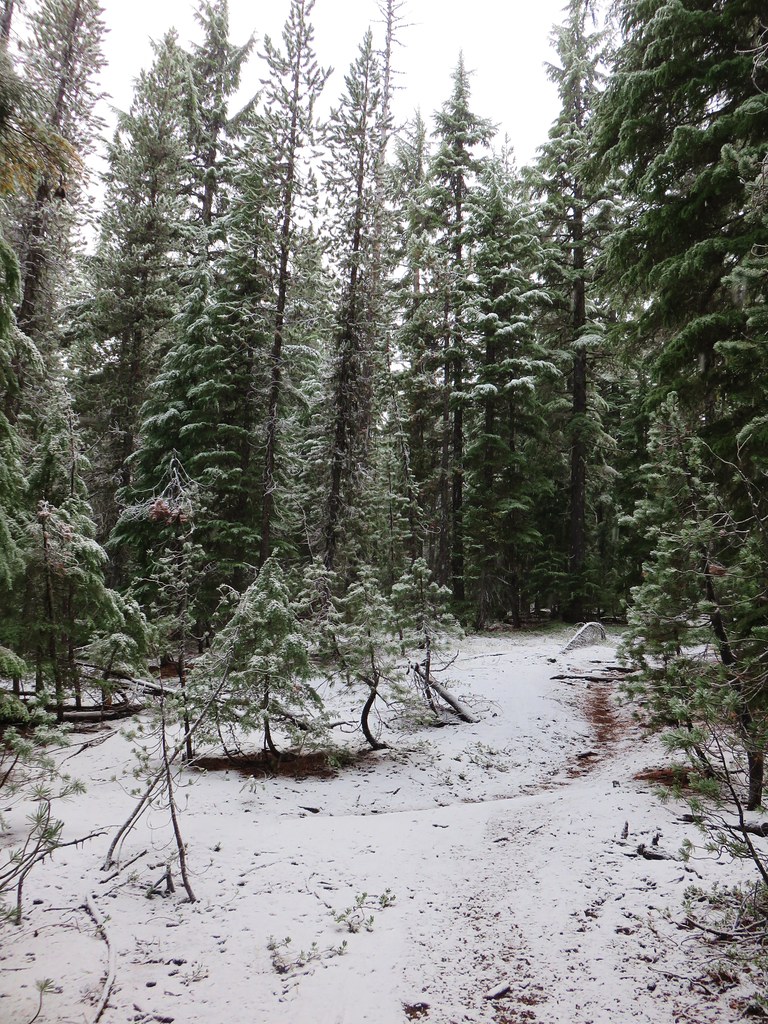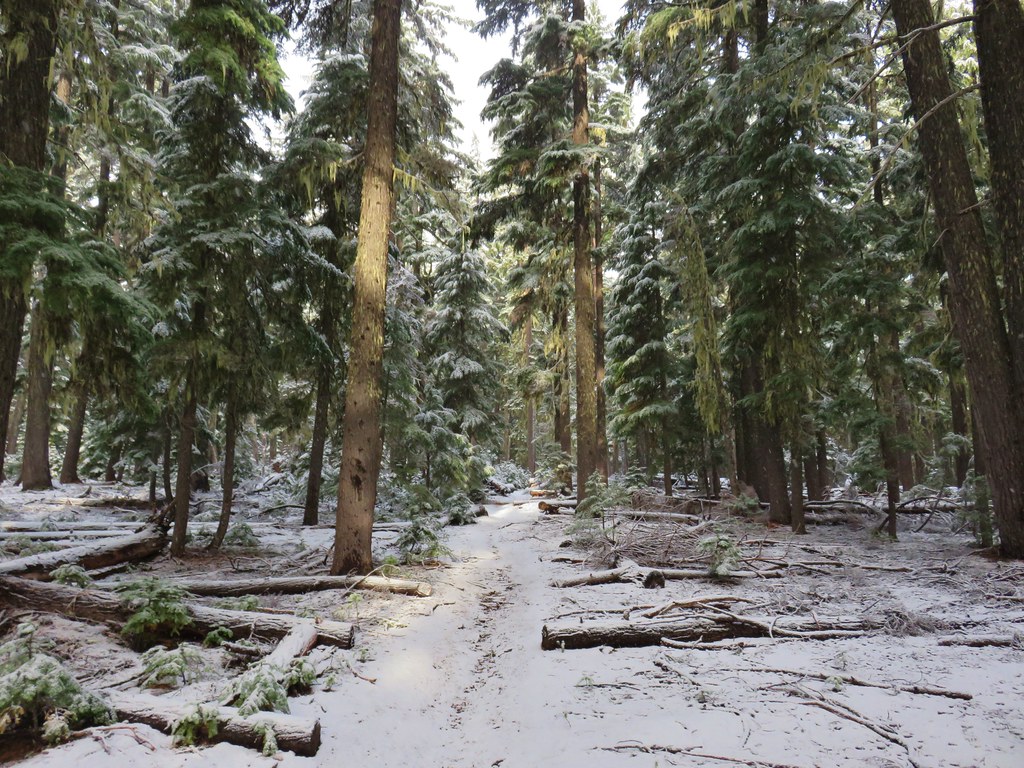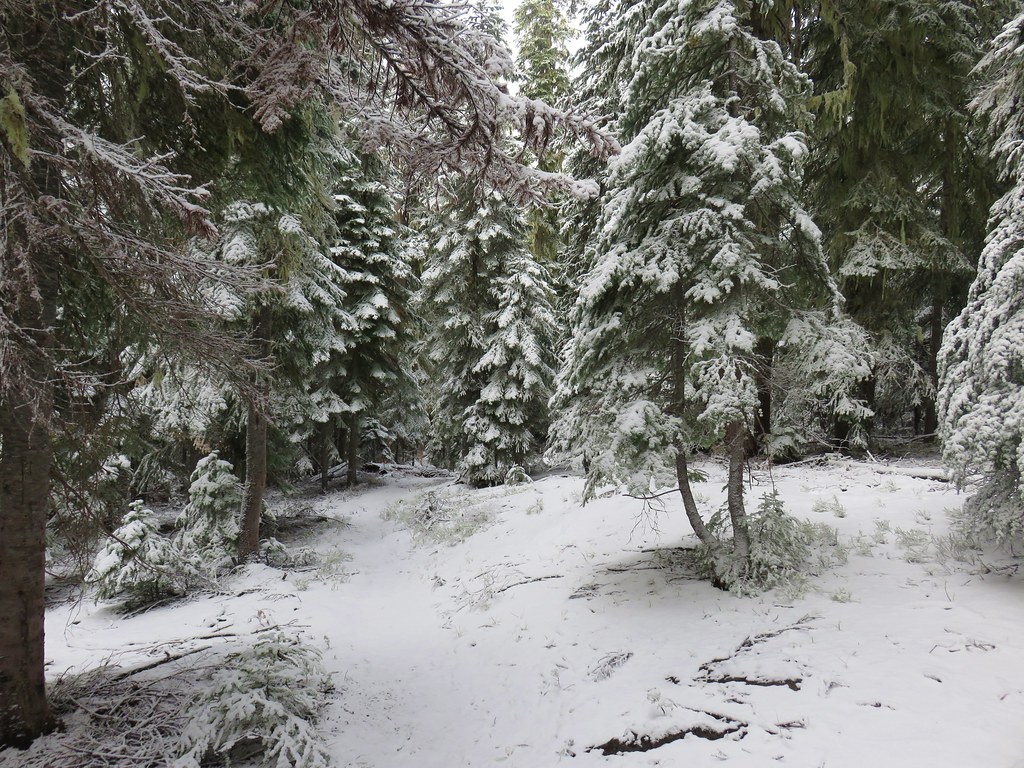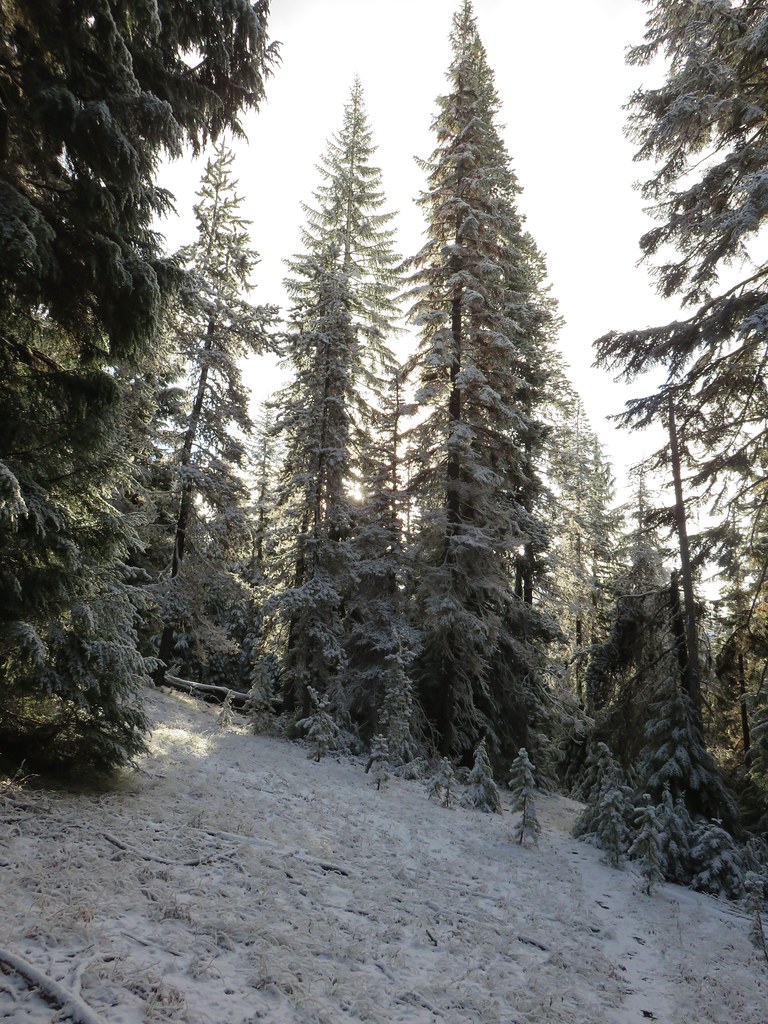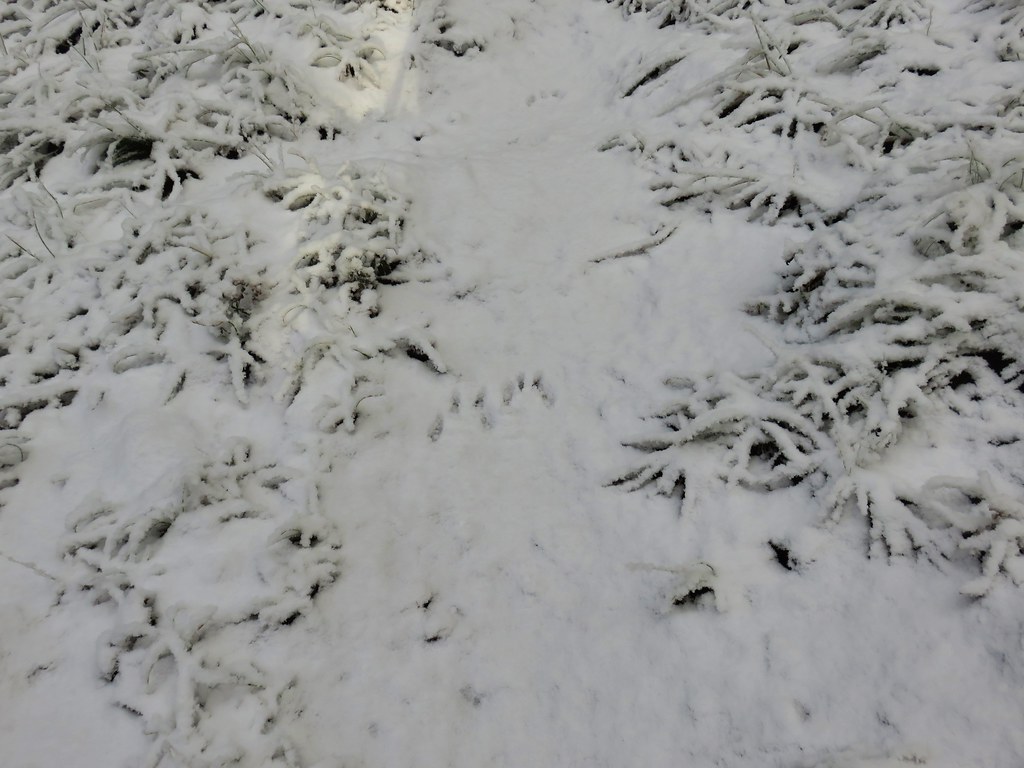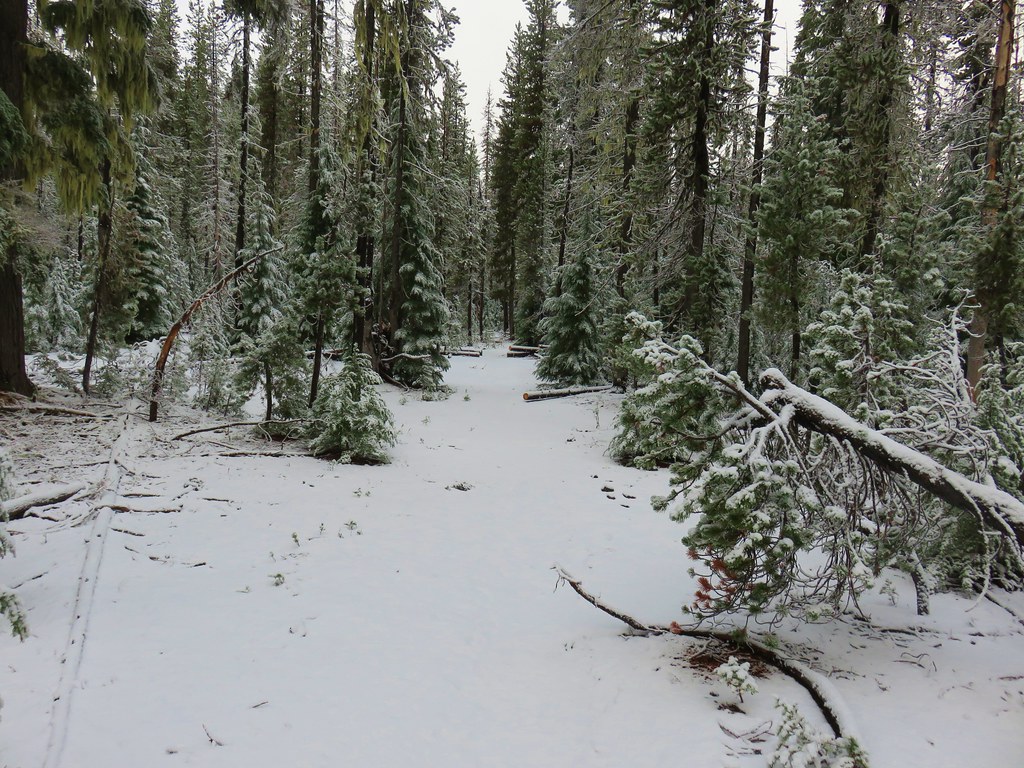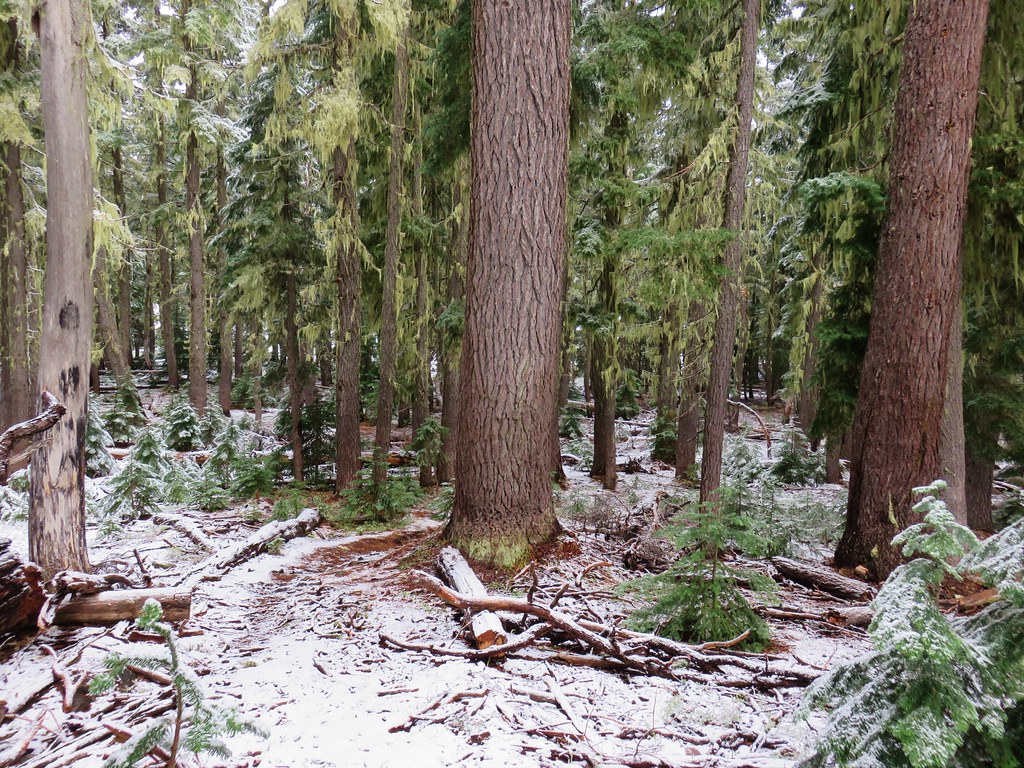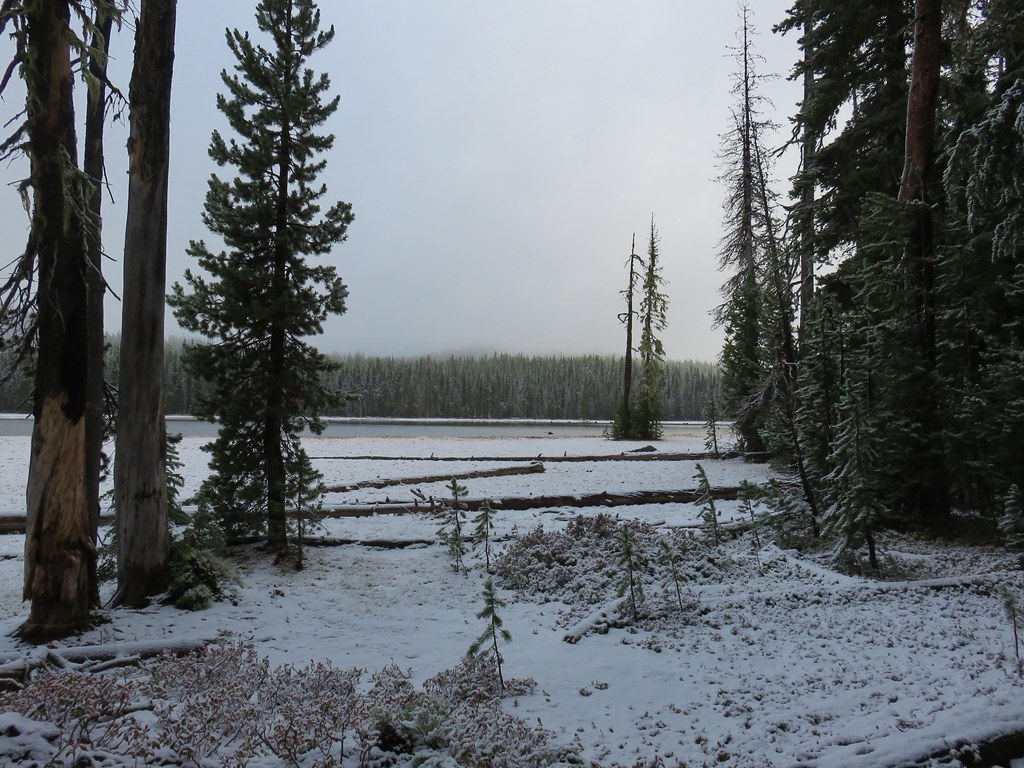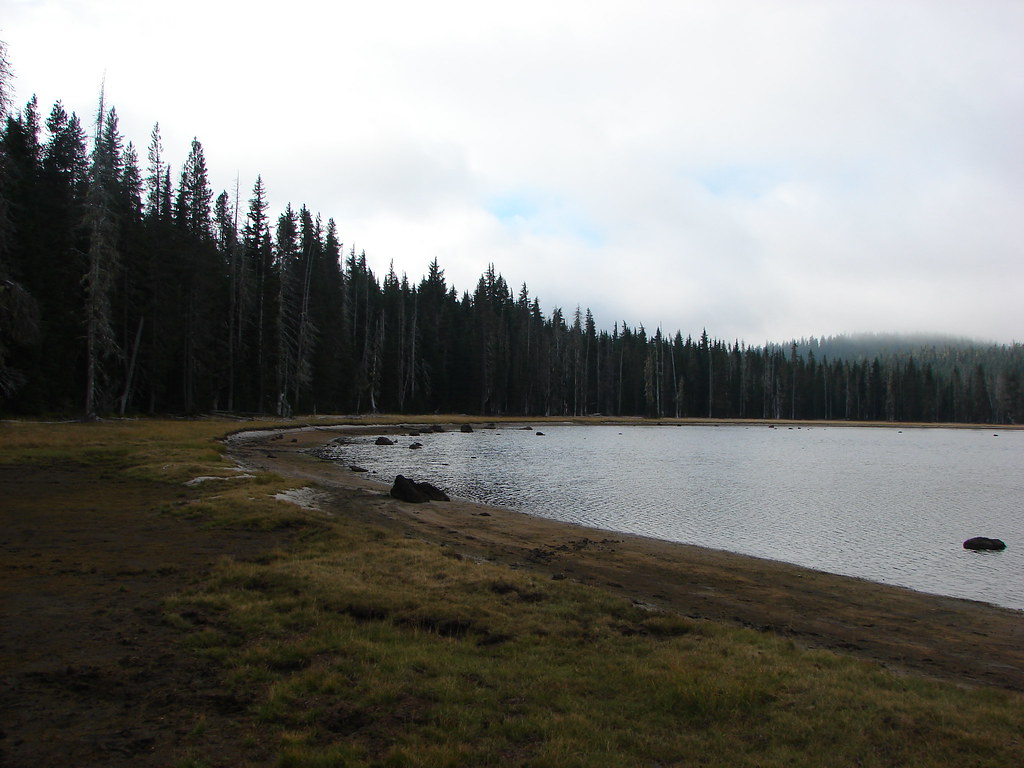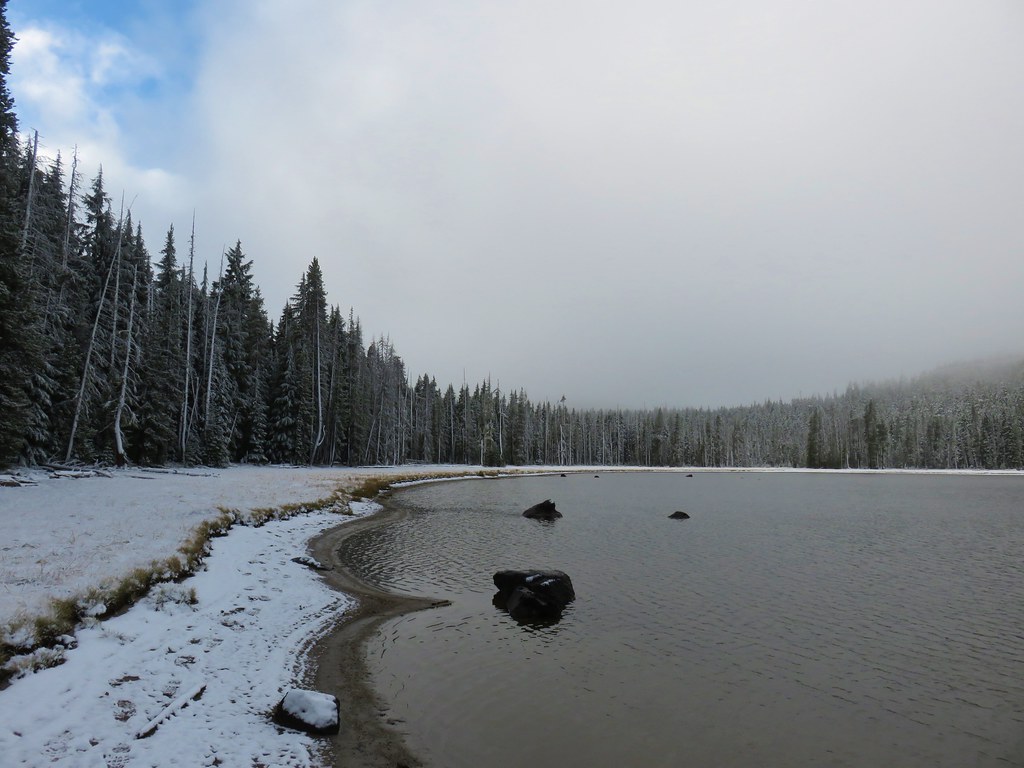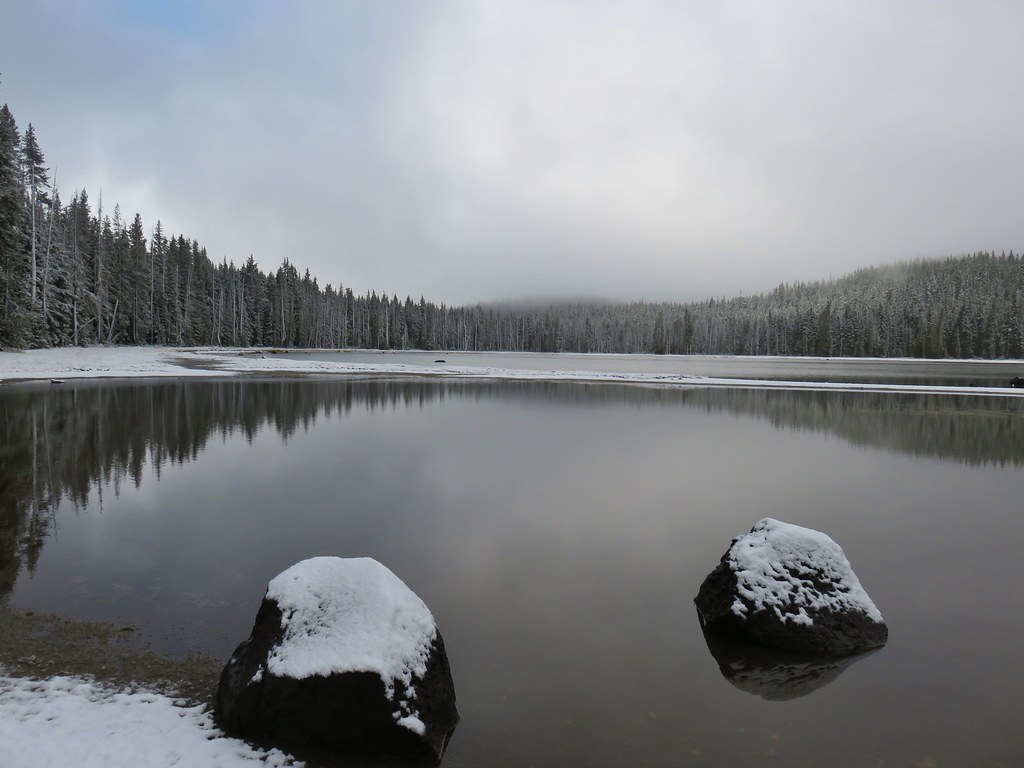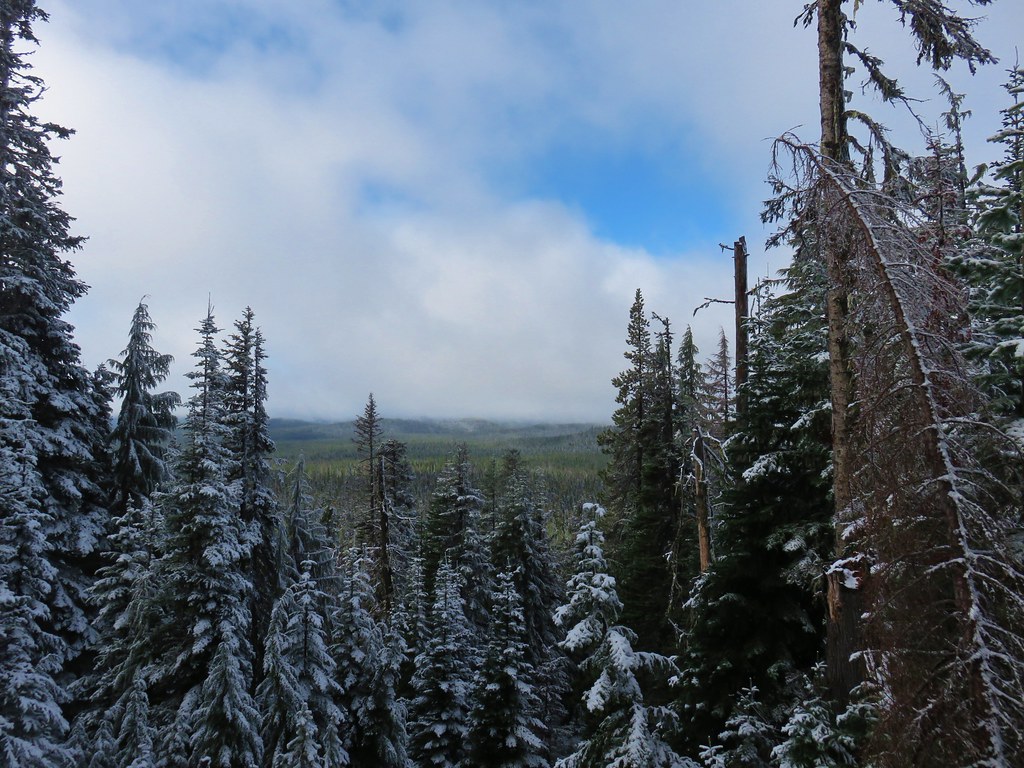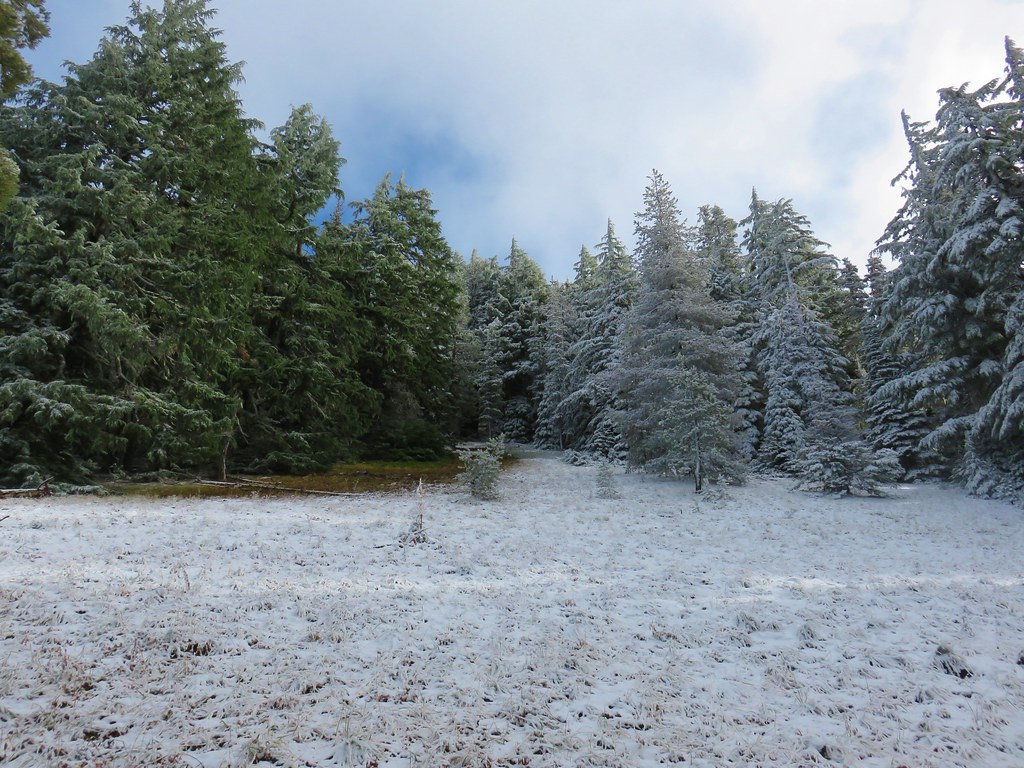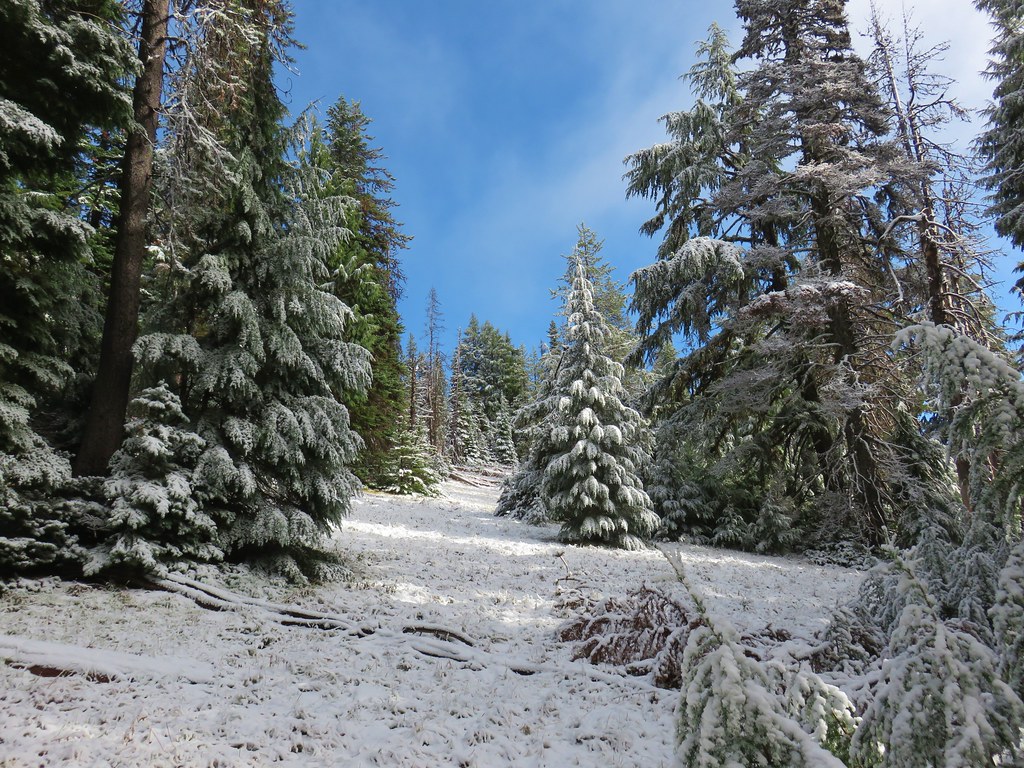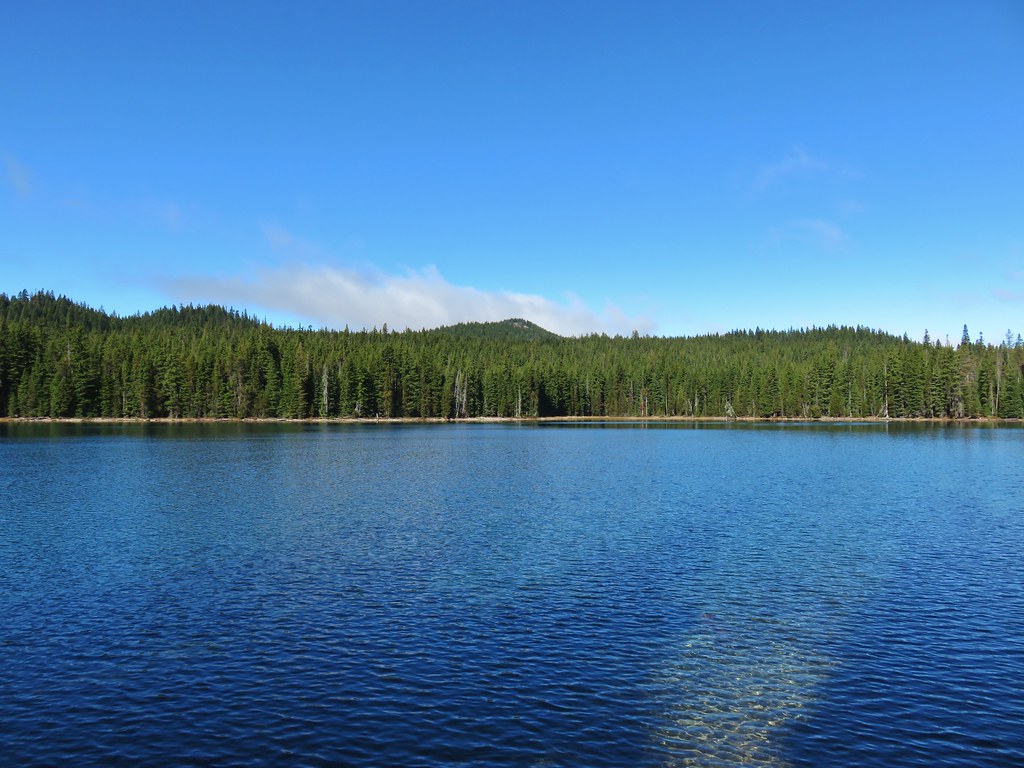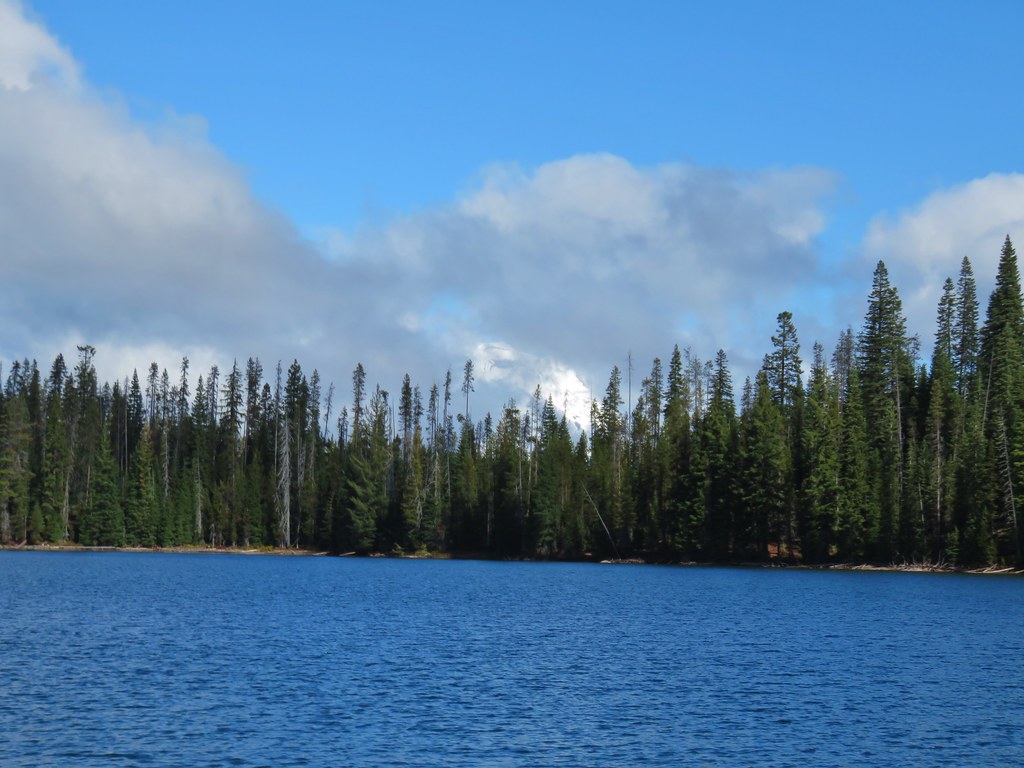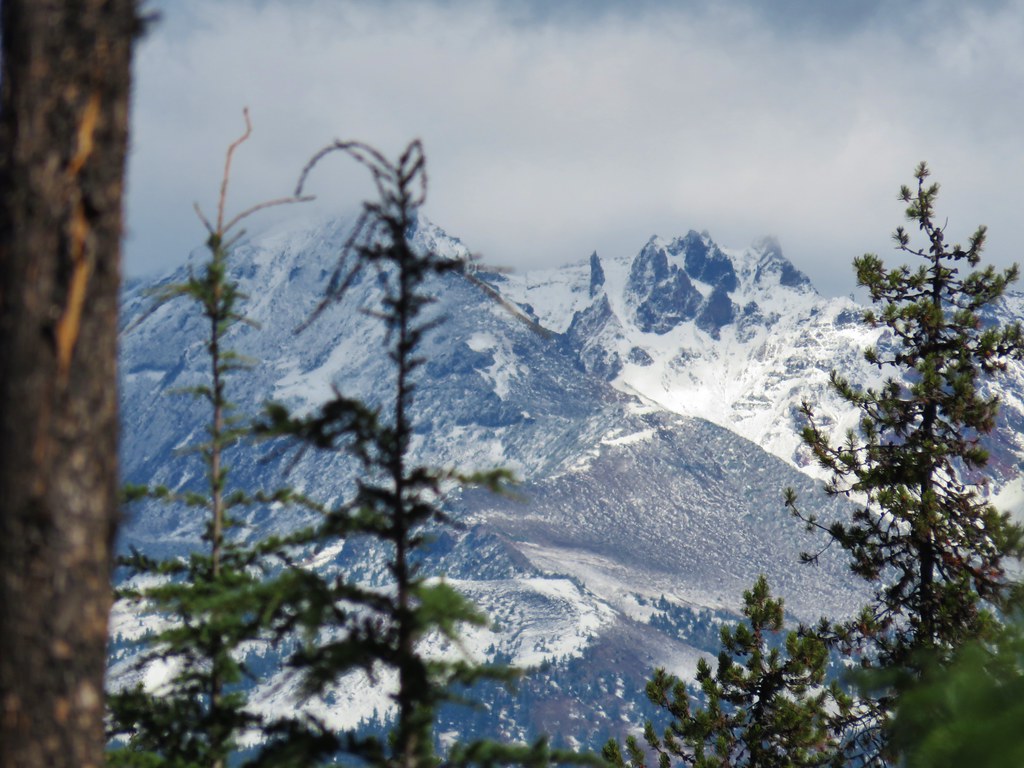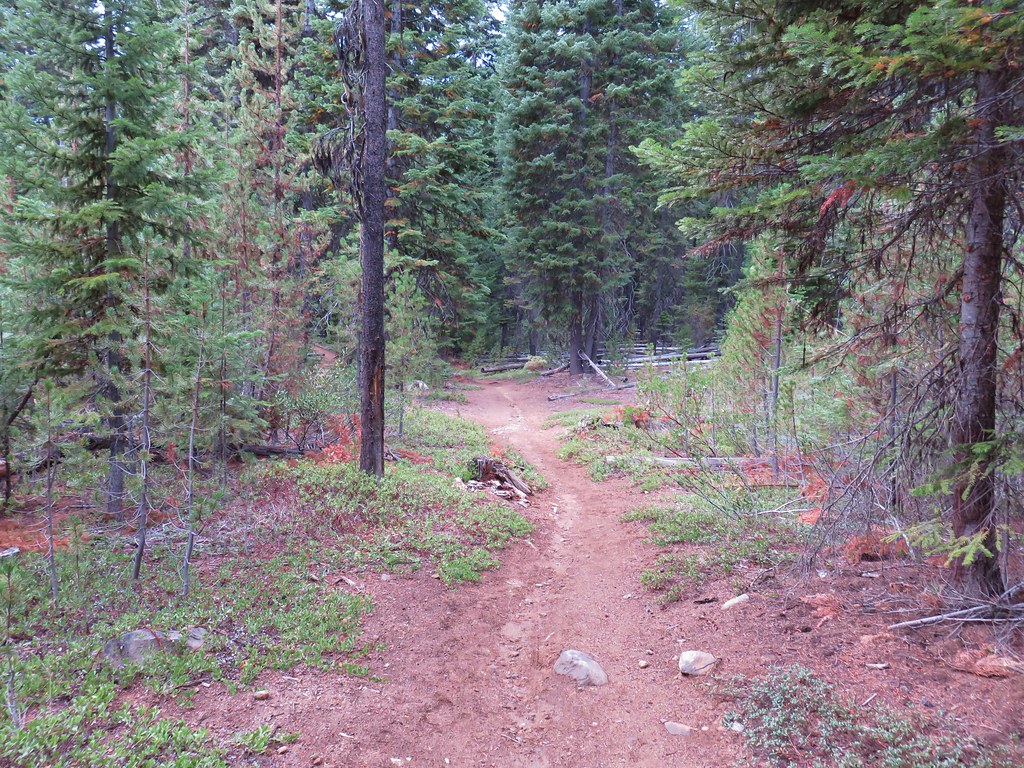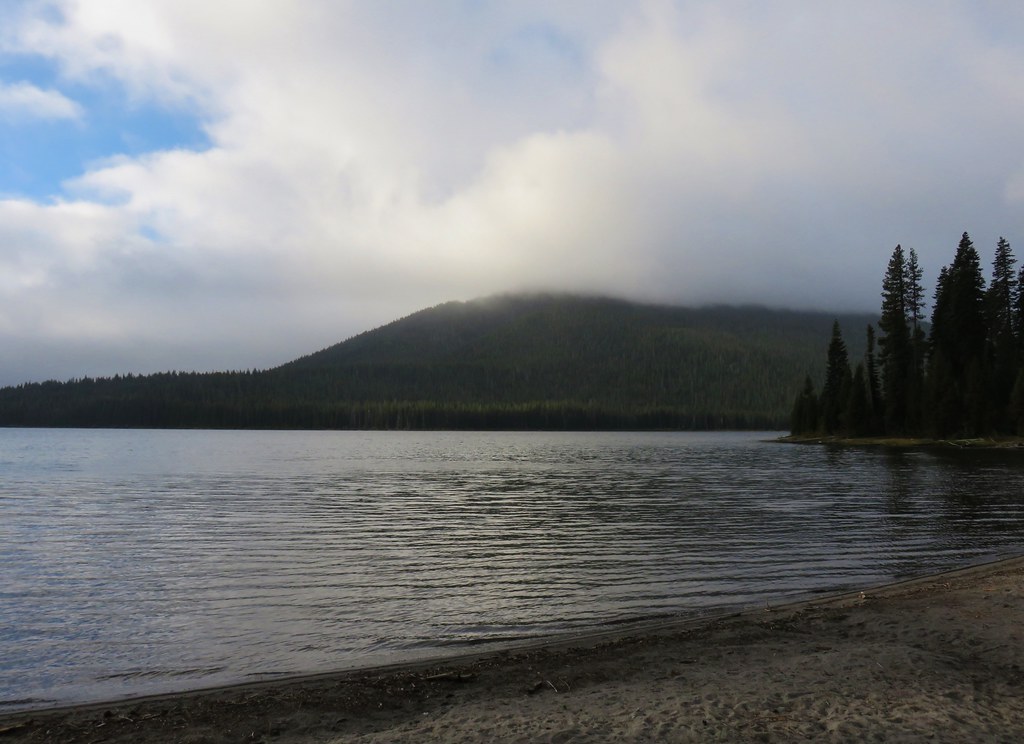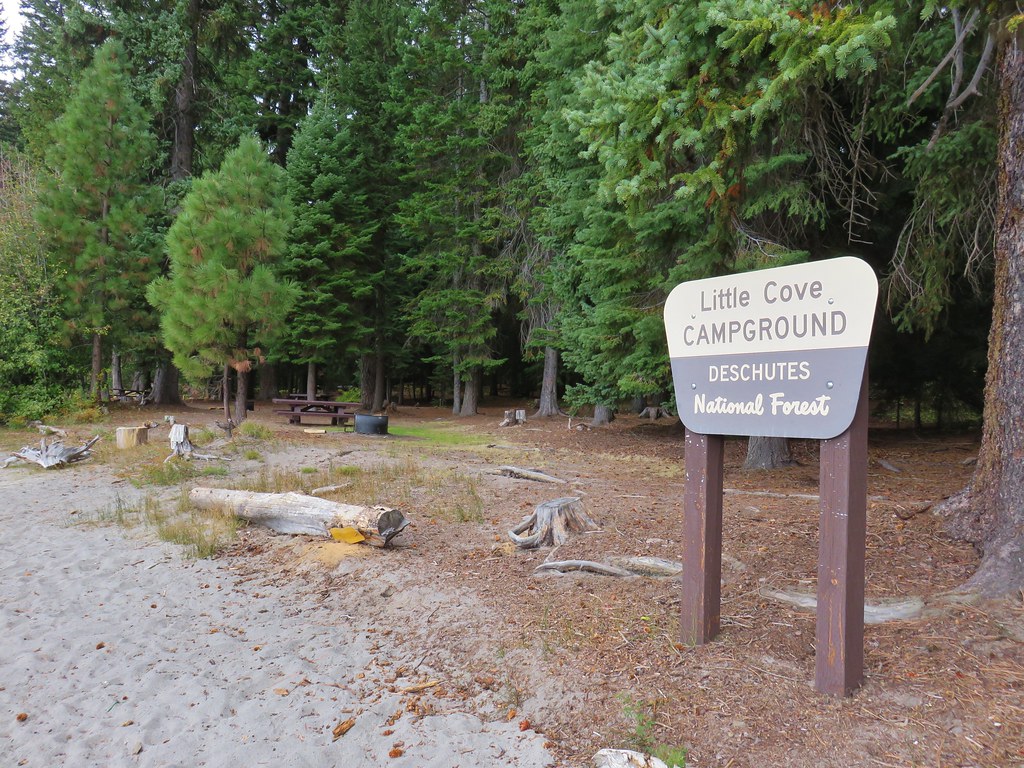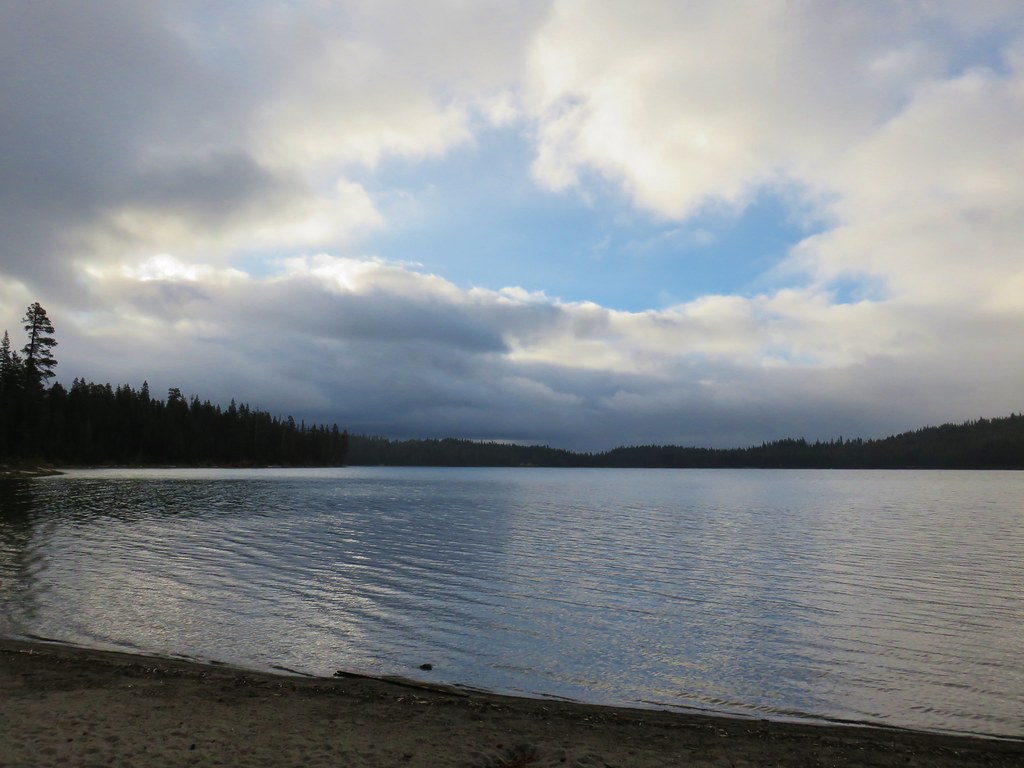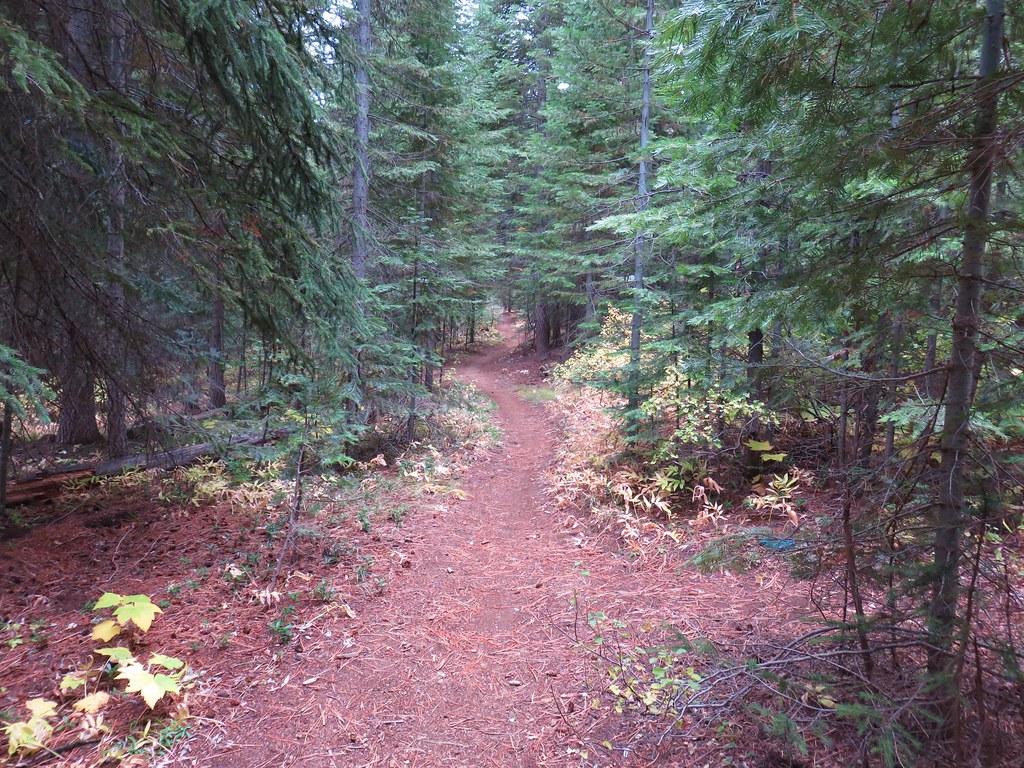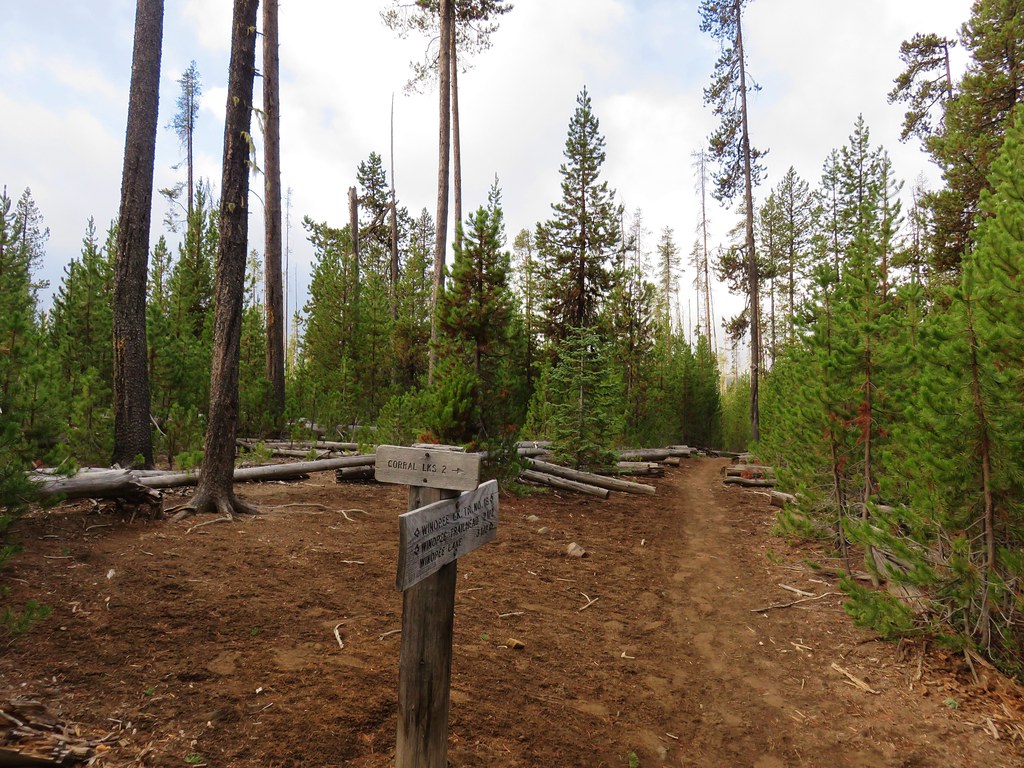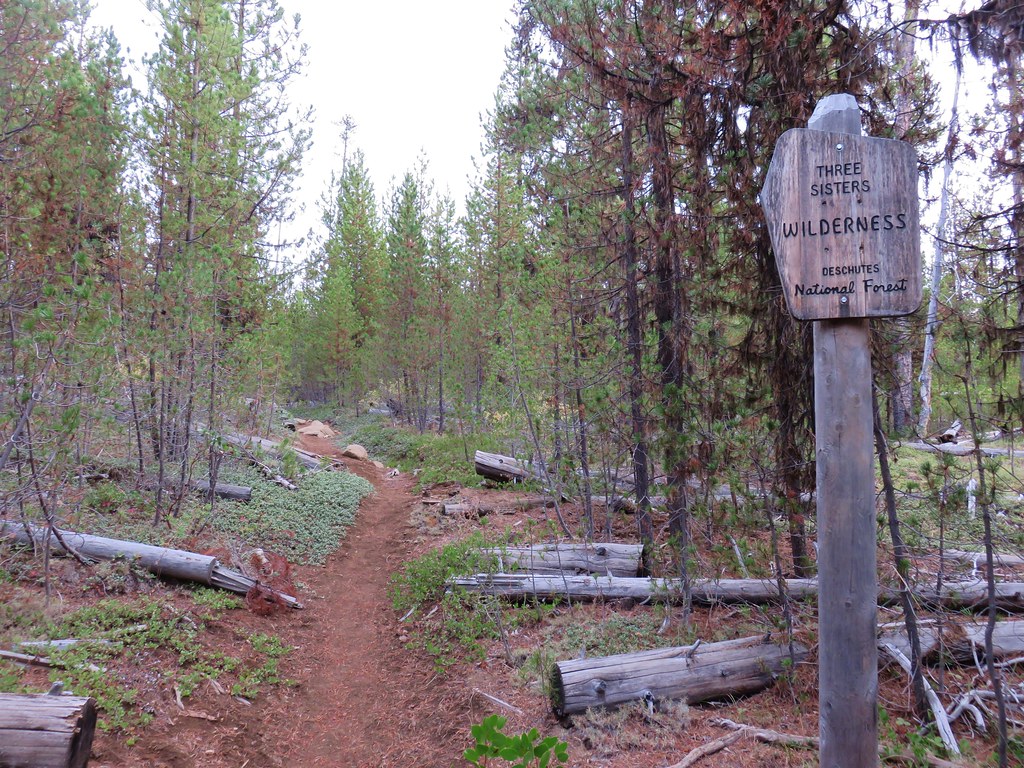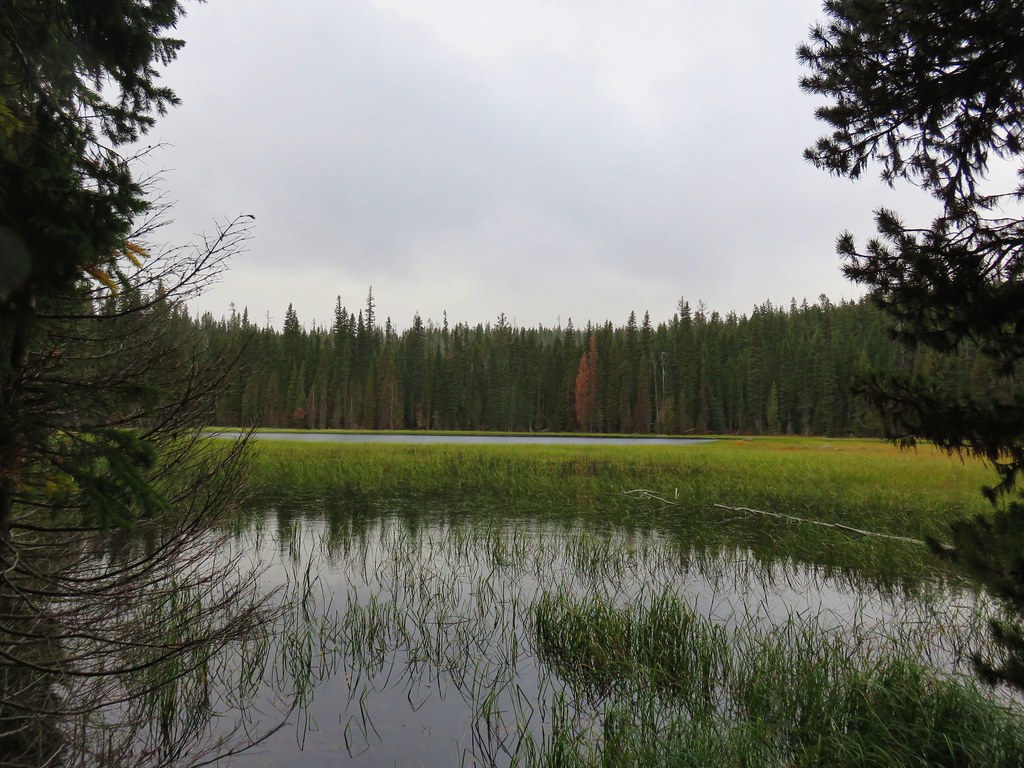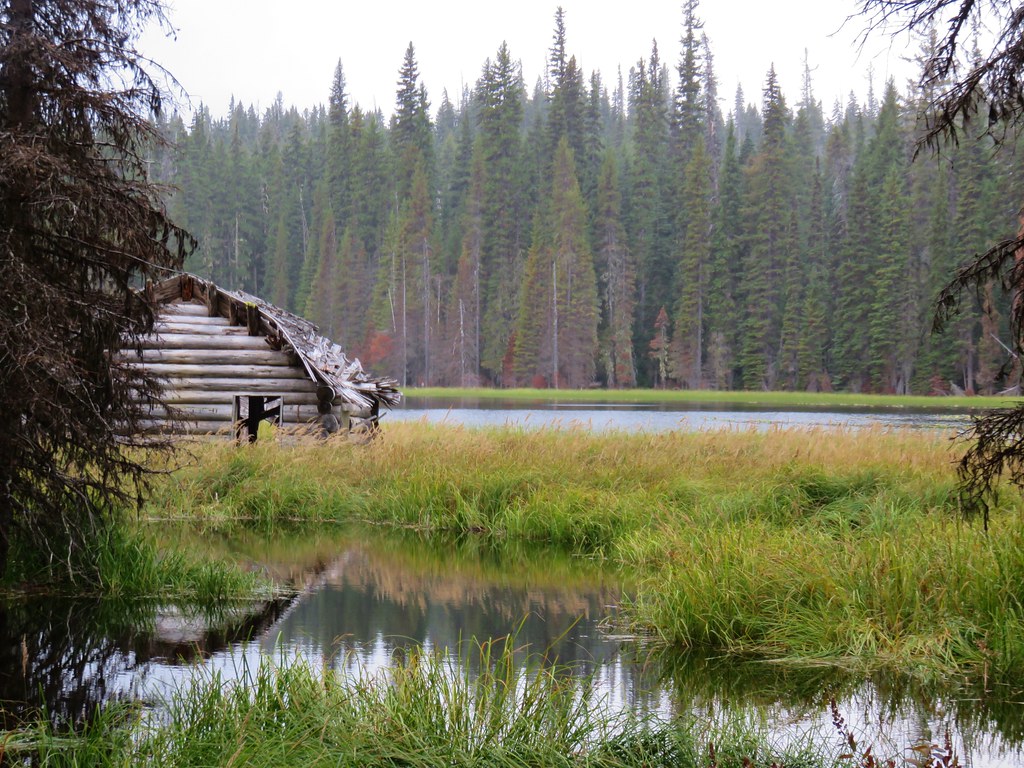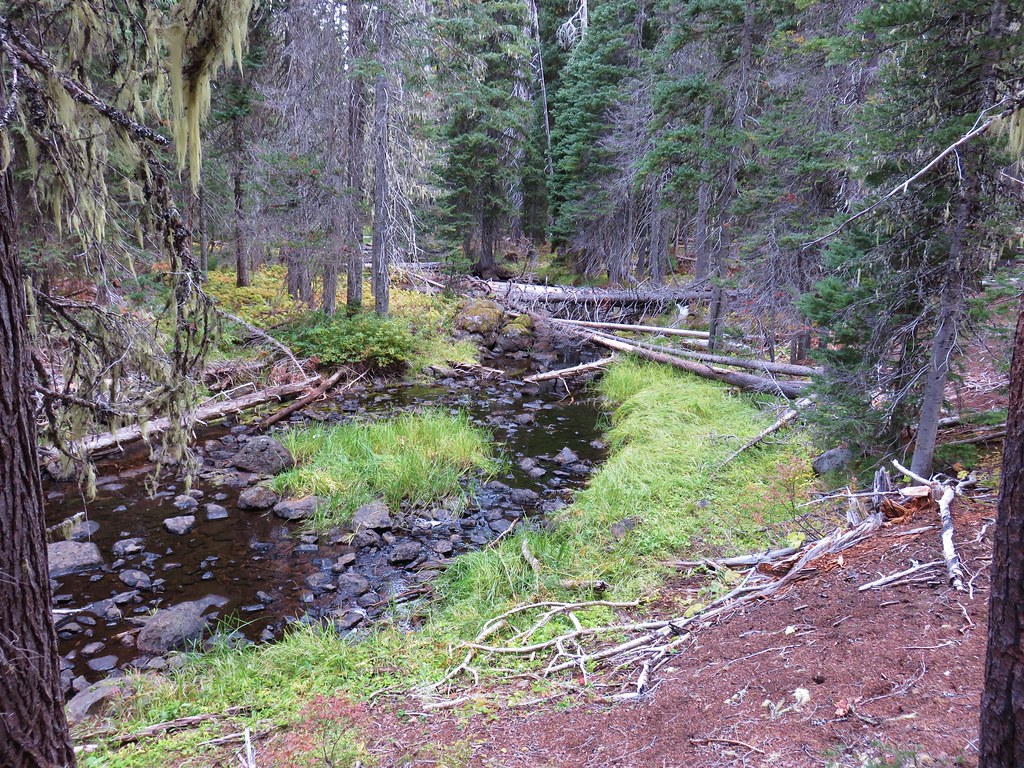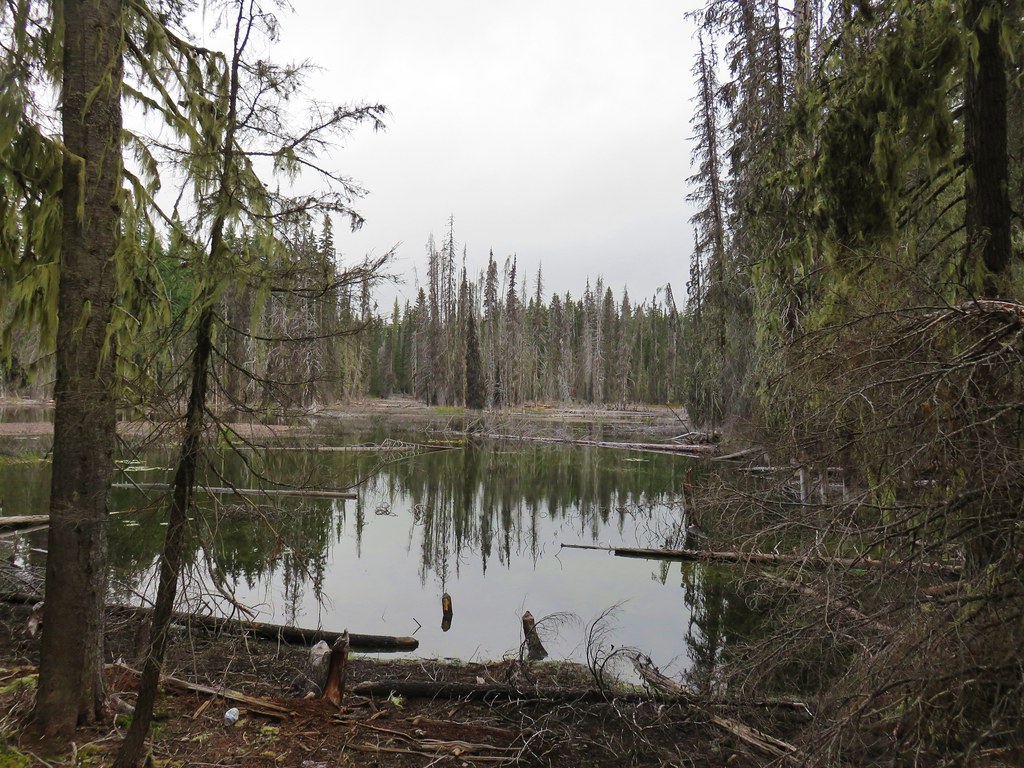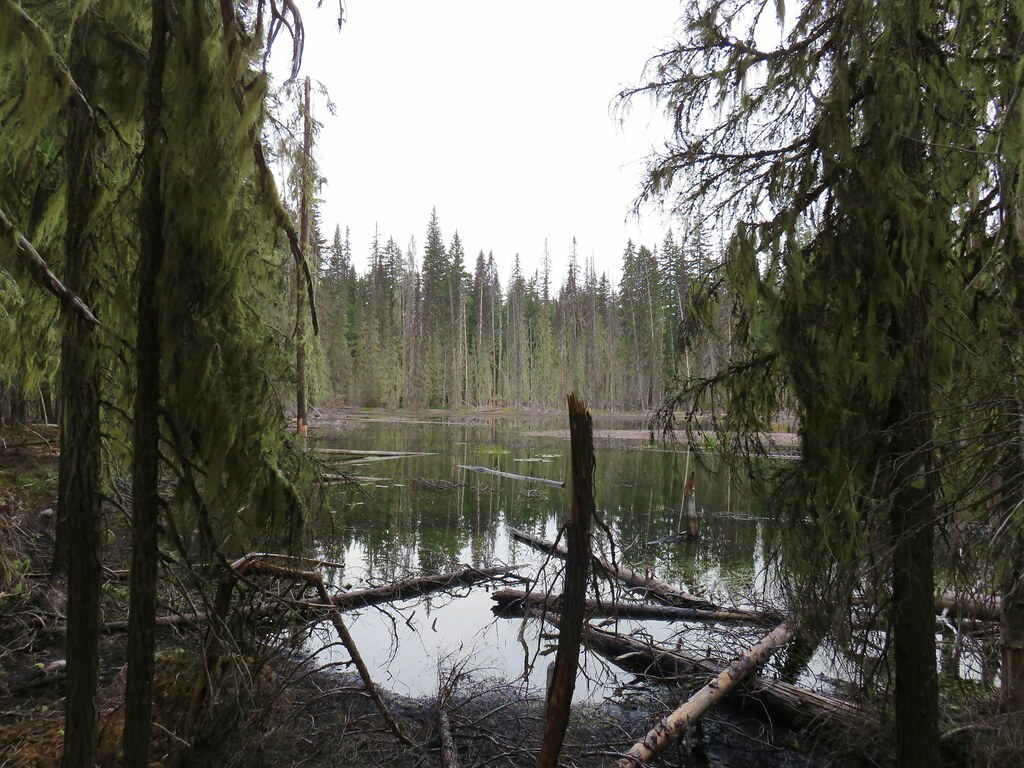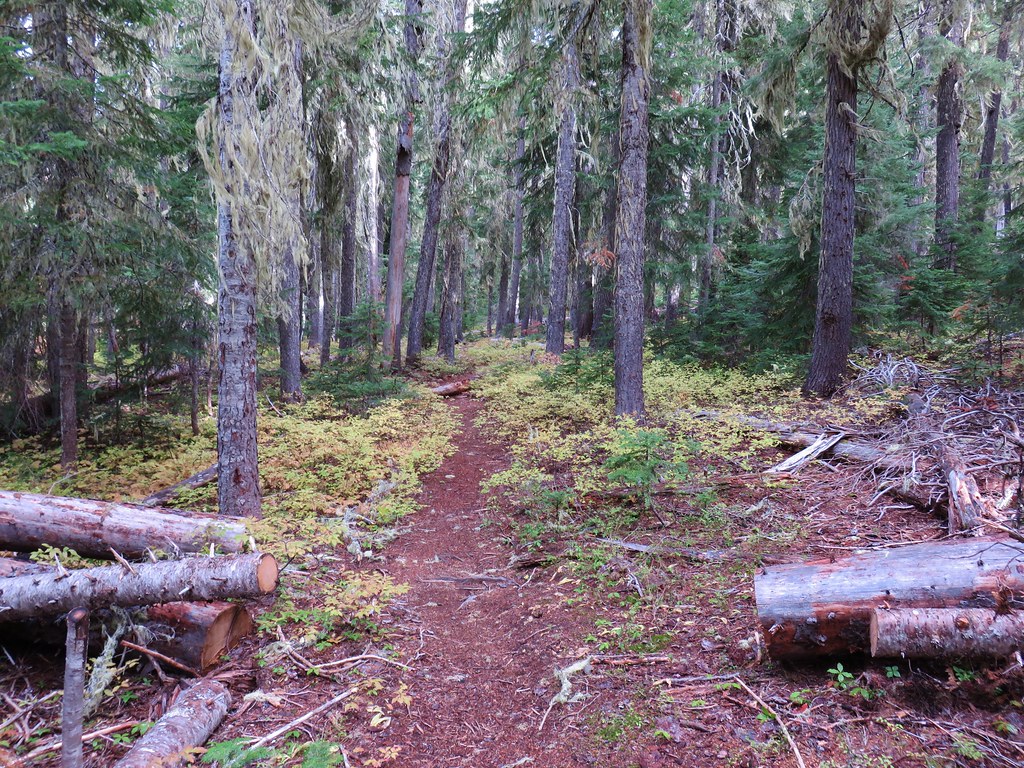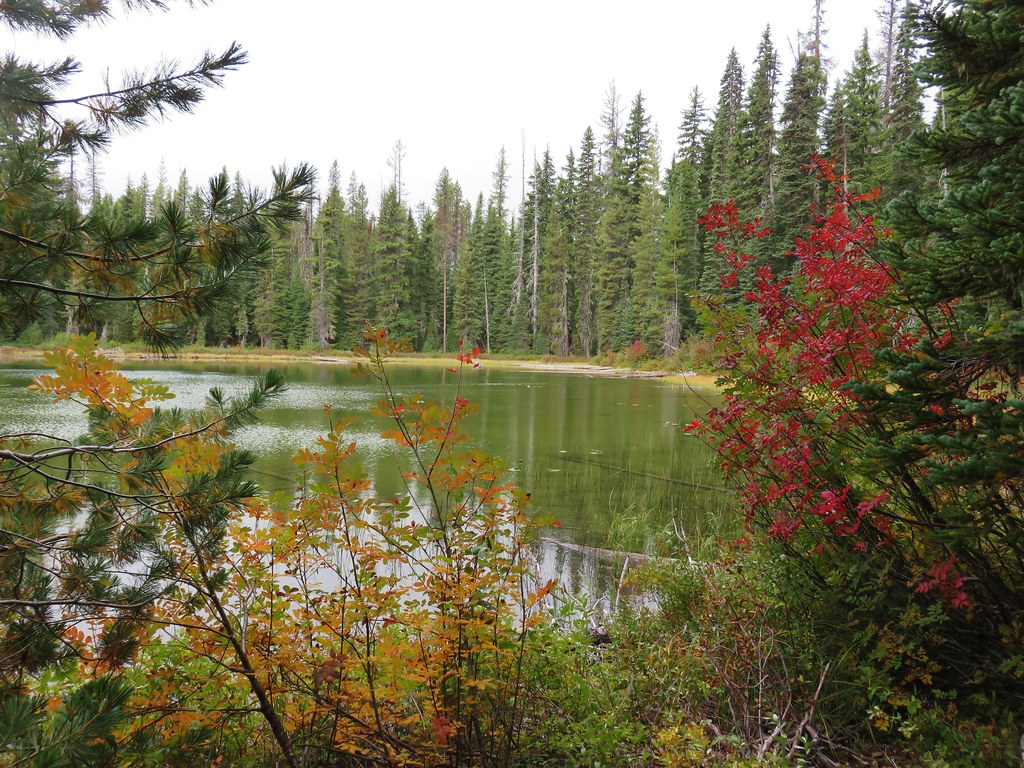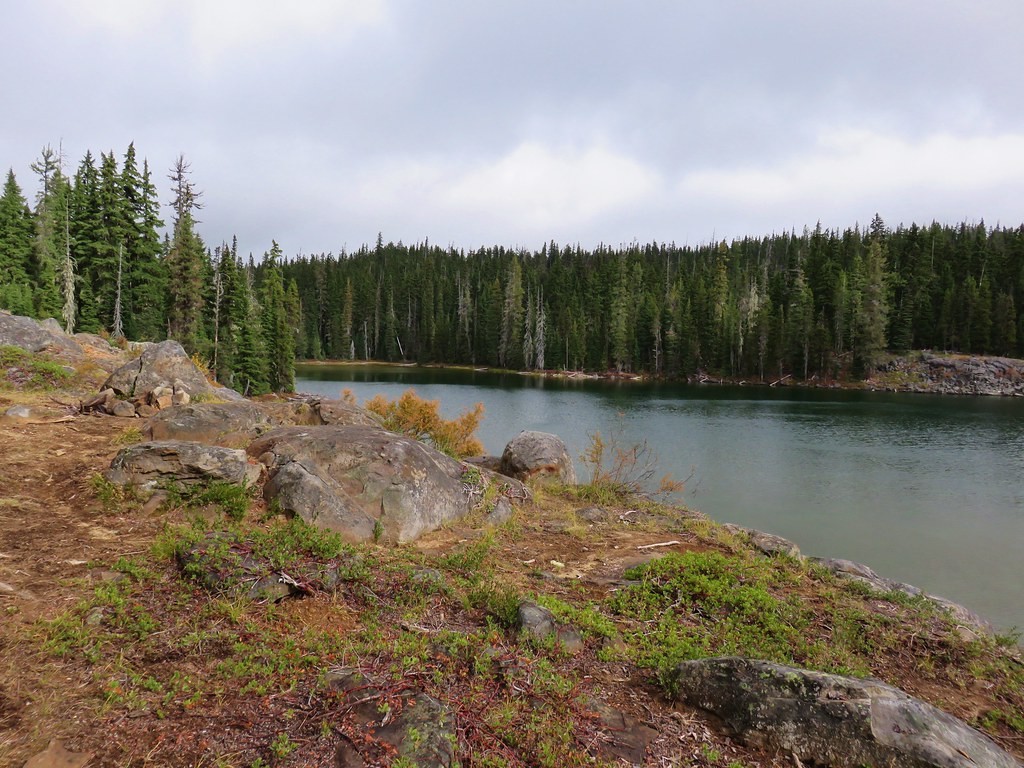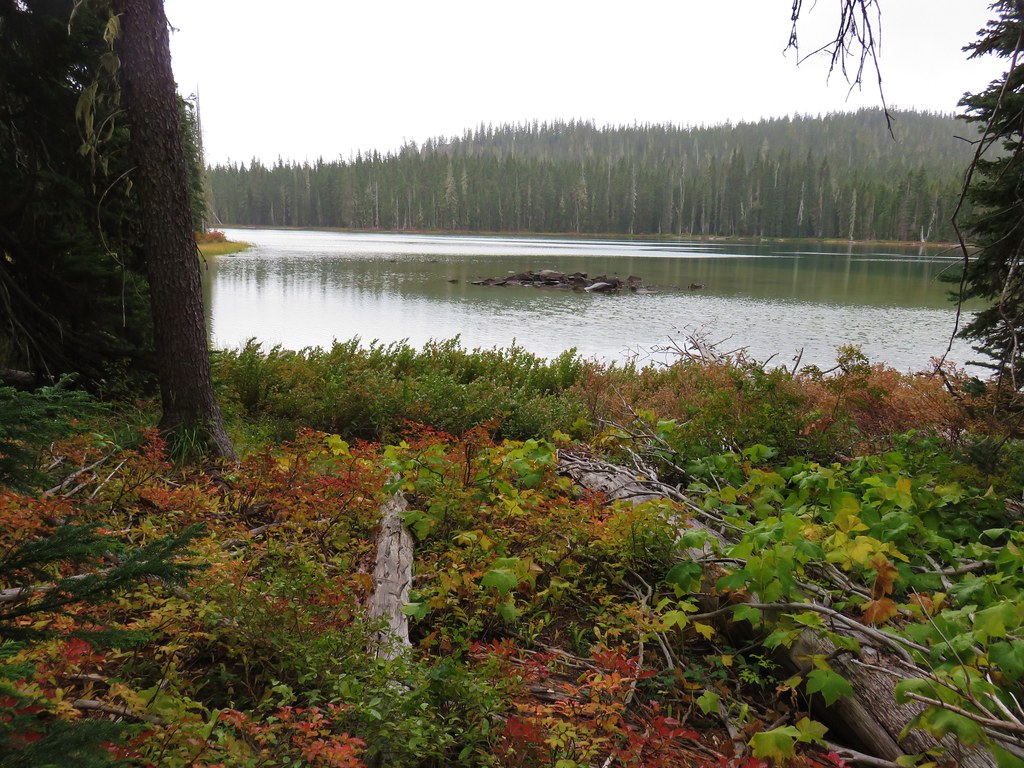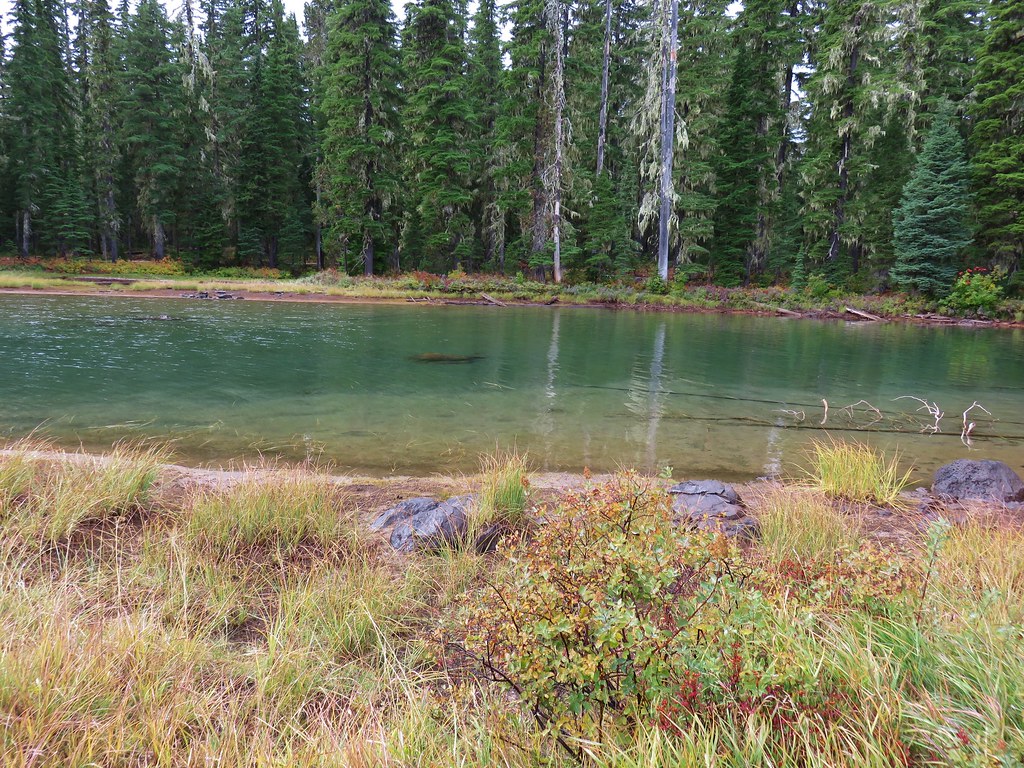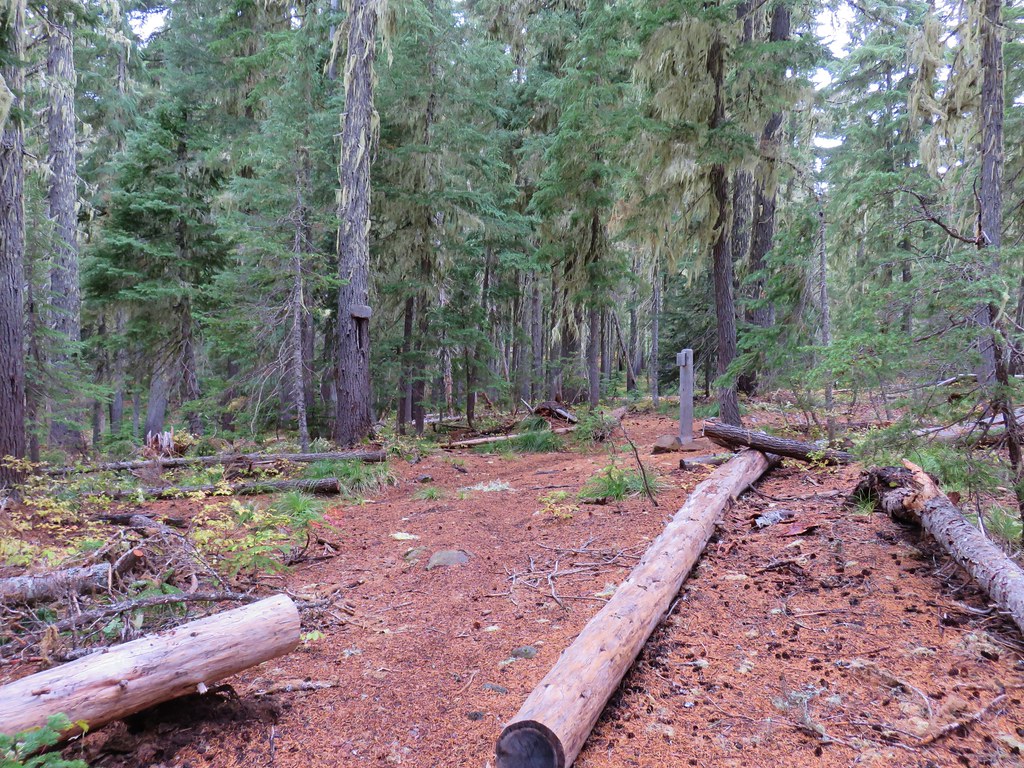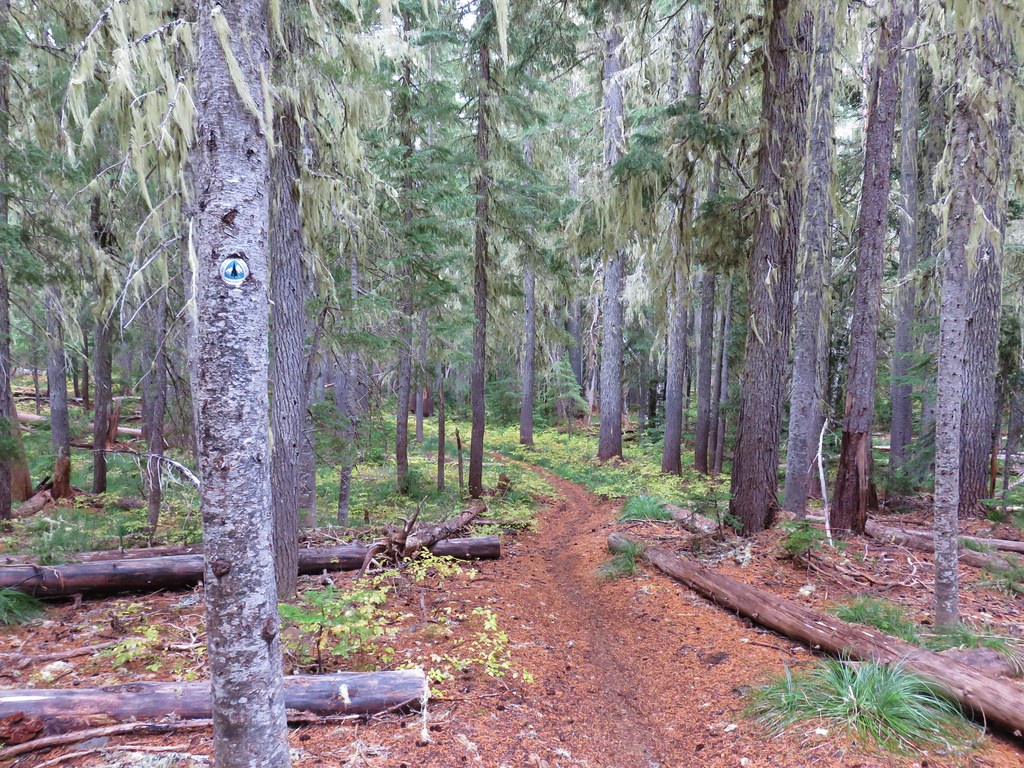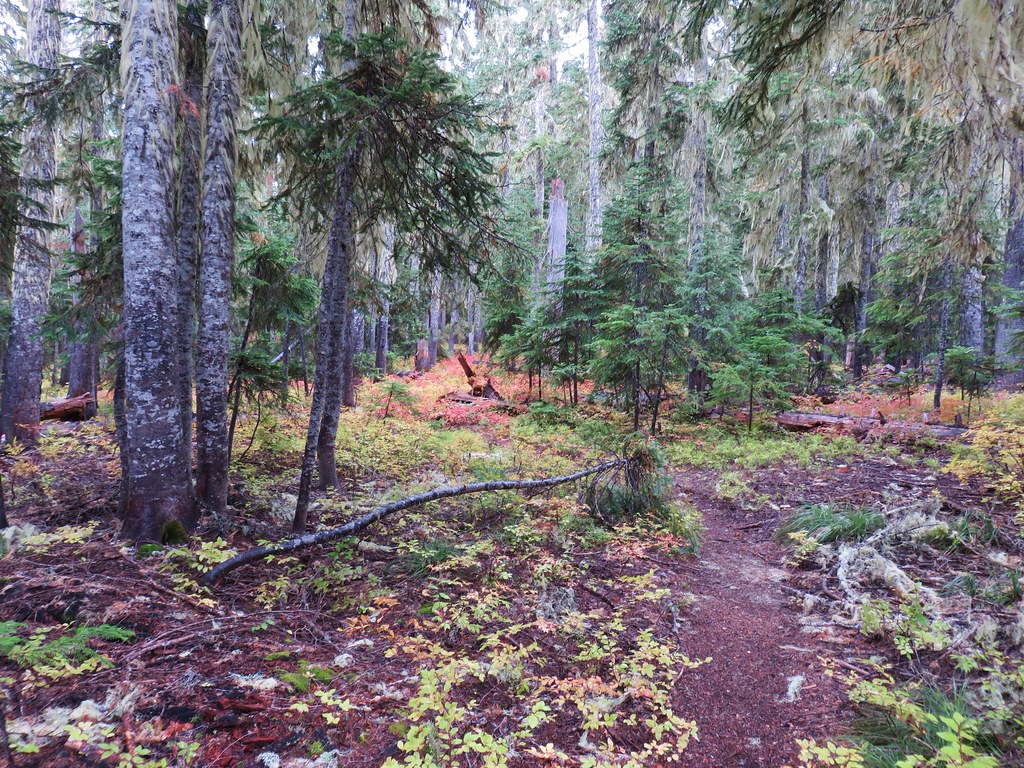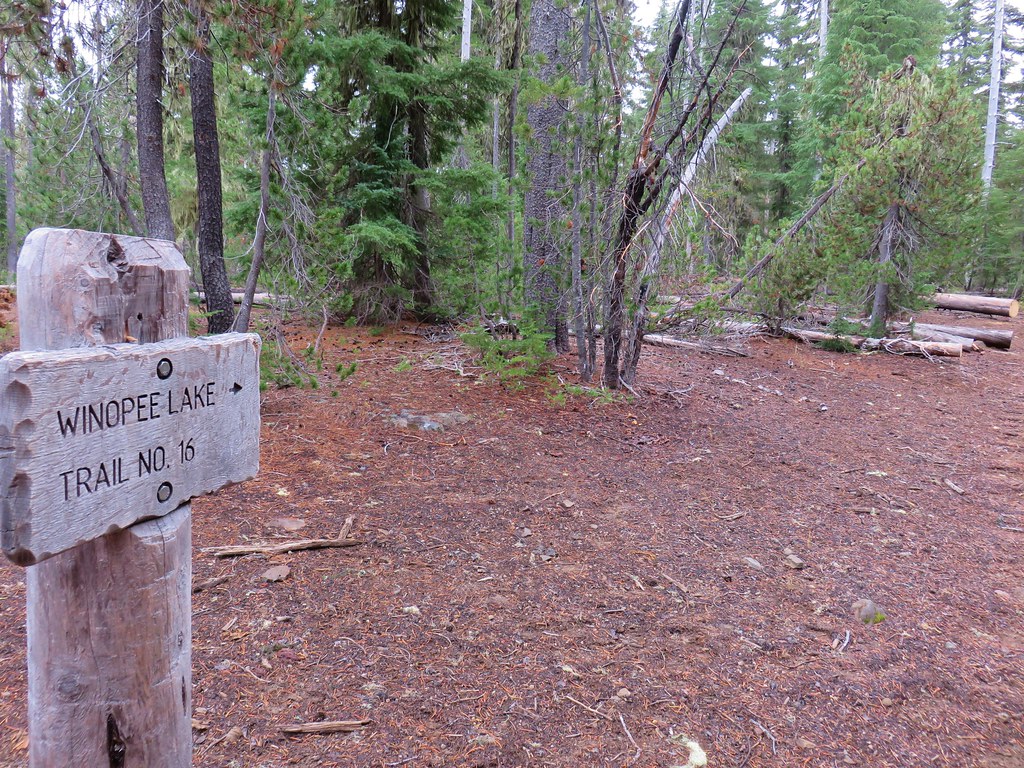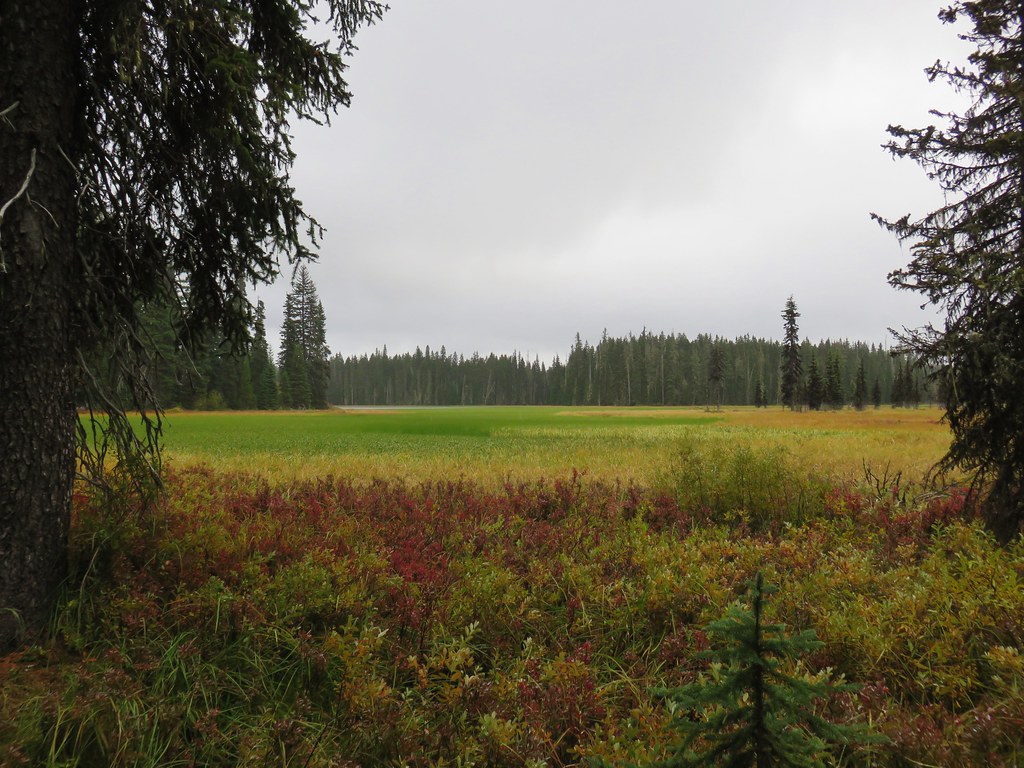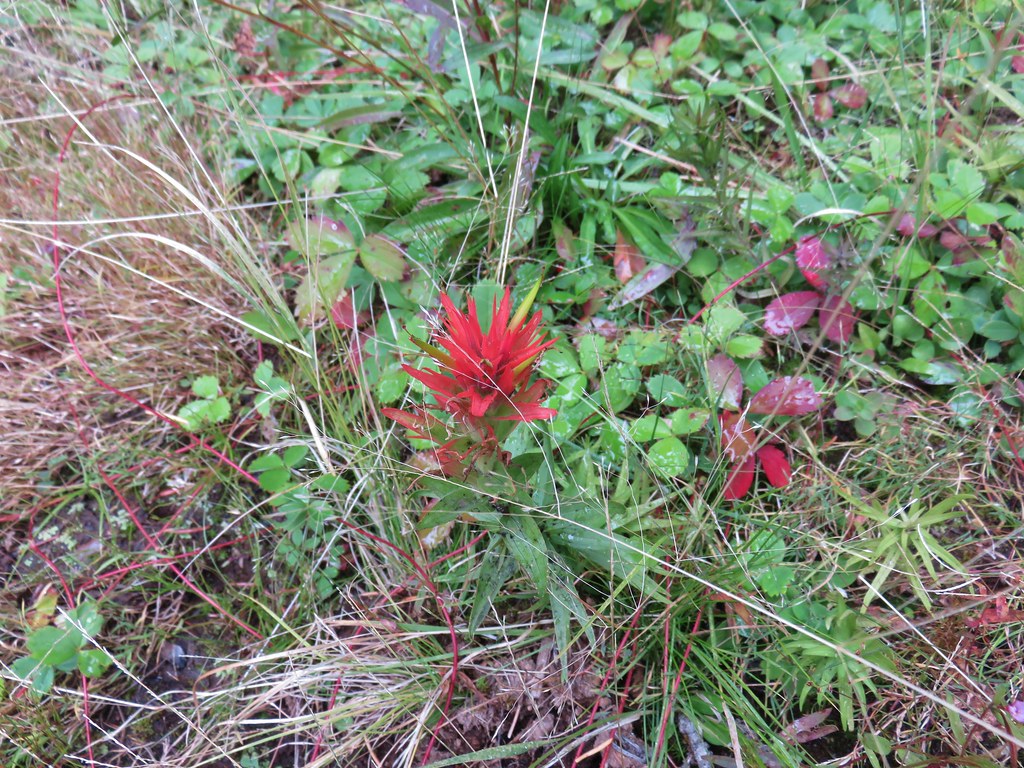After missing a week of hiking due to heavy rains arriving for the one weekend we’d obtained a Central Cascade Wilderness Overnight Permit we were heading to Bend to celebrate Heather’s parents 50th wedding anniversary (congratulations again). That was possibly the first time we were excited to have to cancel our hiking plans as the rain (and snow on the mountains) continues to be greatly needed. Saturday was set aside for the anniversary party but we planned on getting a quick hike in Sunday morning before driving home.
In 2014 we attempted a to catch the sunrise from Tumalo Mountain (post) but were thwarted by low clouds which provided almost zero viability. Nearly seven years later (9/26/21 vs 9/27/14) we returned for another attempt and this time were rewarded with a colorful show. We arrived at the Dutchman Sno-park/Trailhead just after 5am and got ready to head out using our headlamps. Things already looked more promising than on our previous trip as the Moon was visible over Mt. Bachelor.


The Tumalo Mountain Trail gains 1425′ in two miles to the site of a former lookout tower. I hustled up to the lookout site as fast as my legs would allow and arrived a little after 6am to catch the first strip of color to the east beyond Bend.


After Heather joined me we continued further along the broad summit to the northern end where the view included Mt. Bachelor to the south and the Three Sisters and Broken Top immediately to the NW.
 Mt. Bachelor
Mt. Bachelor
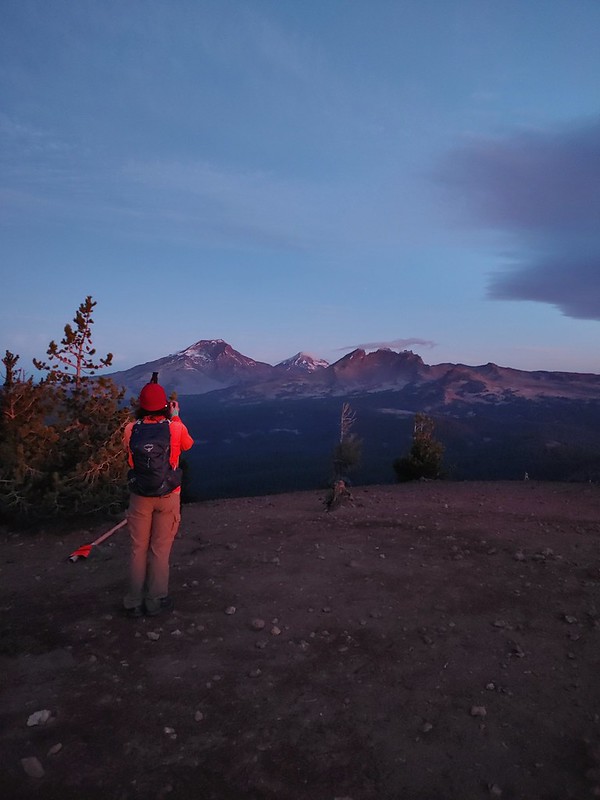 The Three Sisters and Broken Top
The Three Sisters and Broken Top
We spent the next half an hour watching the changing light and colors as we waited for the Sun to rise. We had brought an extra camera which I had been using the day before to photograph the anniversary. This proved interesting as each of the cameras we were using captured the sights in their own ways. As I’ve mentioned before I basically have no idea what I’m doing as far as photography and mostly I just rely on getting lucky once in awhile if I take enough photos. My usual camera is a Canon SX740HS, a small point and shoot with 40x optical zoom. Heather was using her phone, an LGE LM-G820, and the other camera, a Nikon Coolpix P900, belongs to my parents.
 Mt. Bachelor via the Nikon.
Mt. Bachelor via the Nikon.
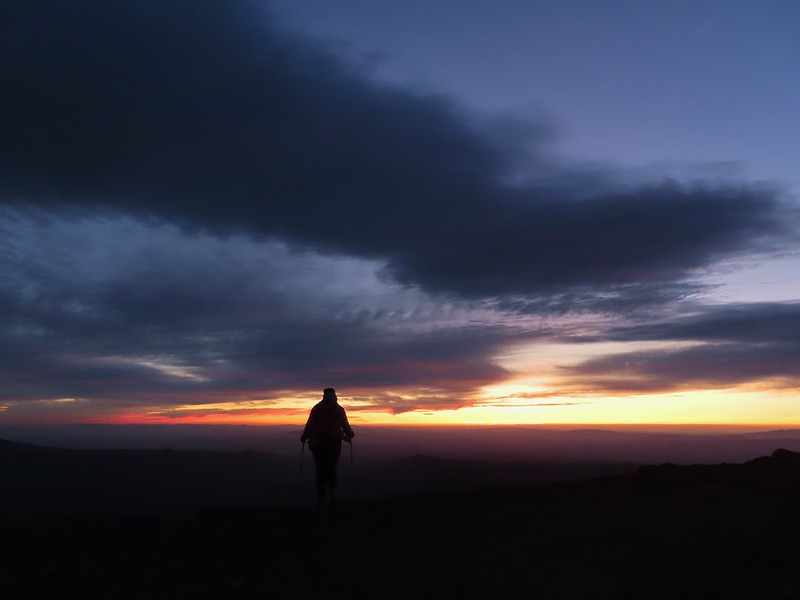 Heather watching the show taken with the Canon.
Heather watching the show taken with the Canon.
 The Three Sisters with the Canon.
The Three Sisters with the Canon.
 Canon
Canon
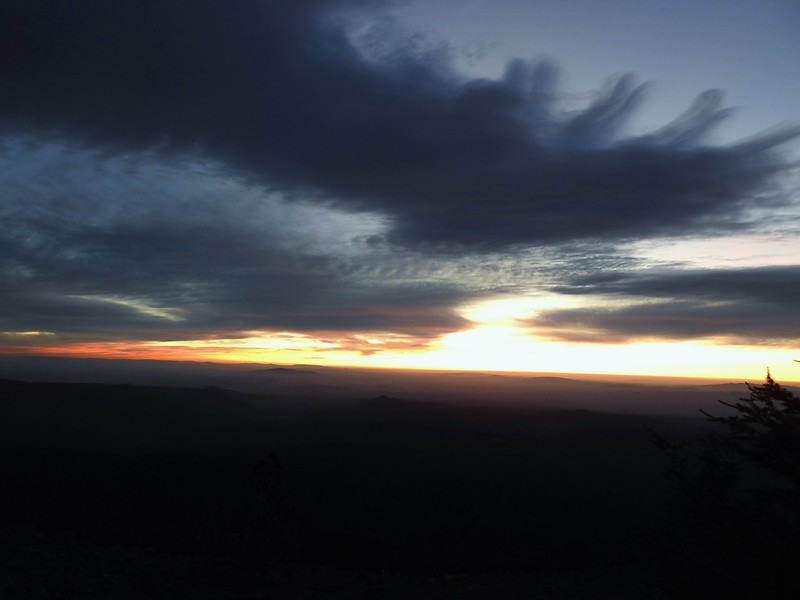 Nikon
Nikon
 Mt. Bachelor (post) with the Canon.
Mt. Bachelor (post) with the Canon.
 Canon shortly before the Sun became visible.
Canon shortly before the Sun became visible.
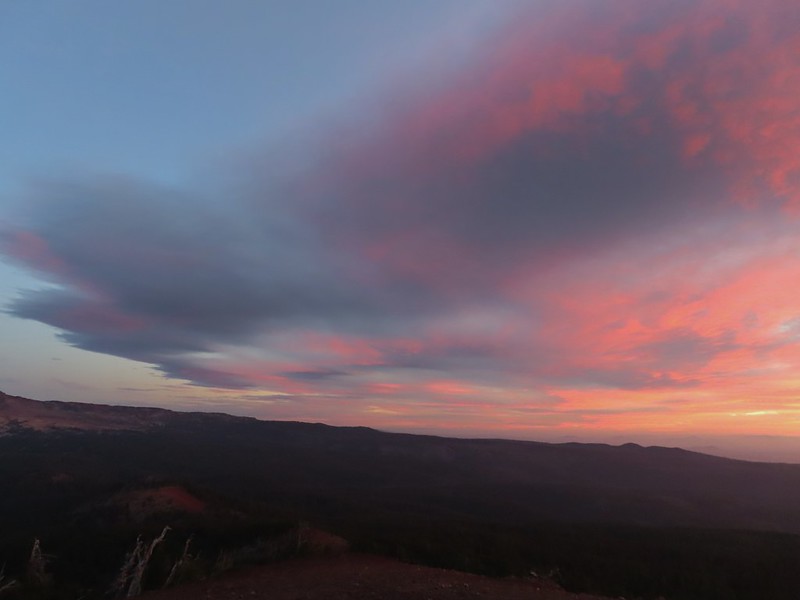 Canon shortly before the Sun became visible.
Canon shortly before the Sun became visible.
 The Three Sister just before sunrise with the Nikon.
The Three Sister just before sunrise with the Nikon.
 The Three Sister just before sunrise with Heather’s phone.
The Three Sister just before sunrise with Heather’s phone.
 Canon moments before sunrise. A line of wildfire smoke on the horizon gave it a red tint.
Canon moments before sunrise. A line of wildfire smoke on the horizon gave it a red tint.
 Canon
Canon
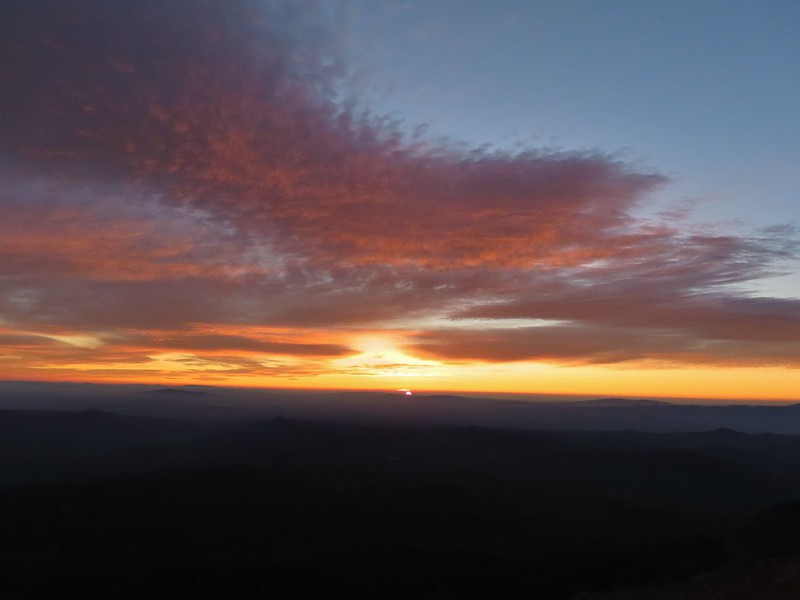 Canon catching the Sun.
Canon catching the Sun.
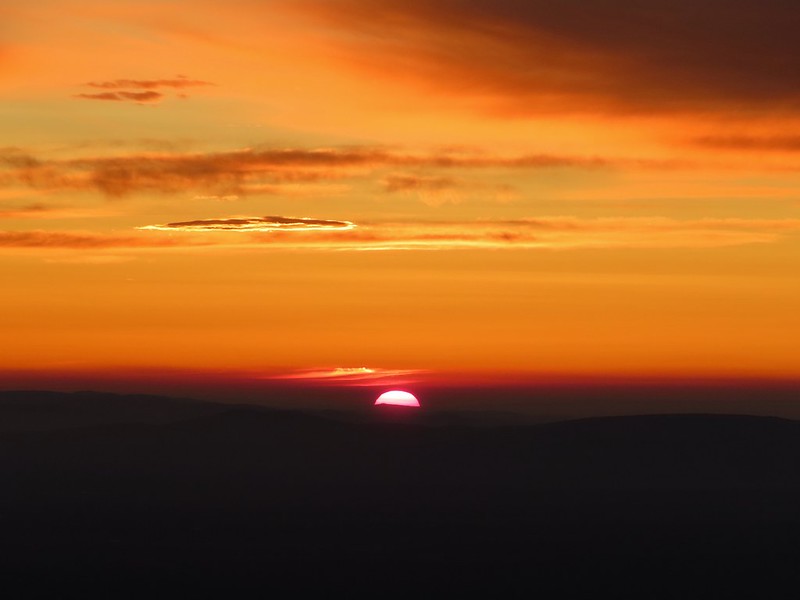 Canon
Canon
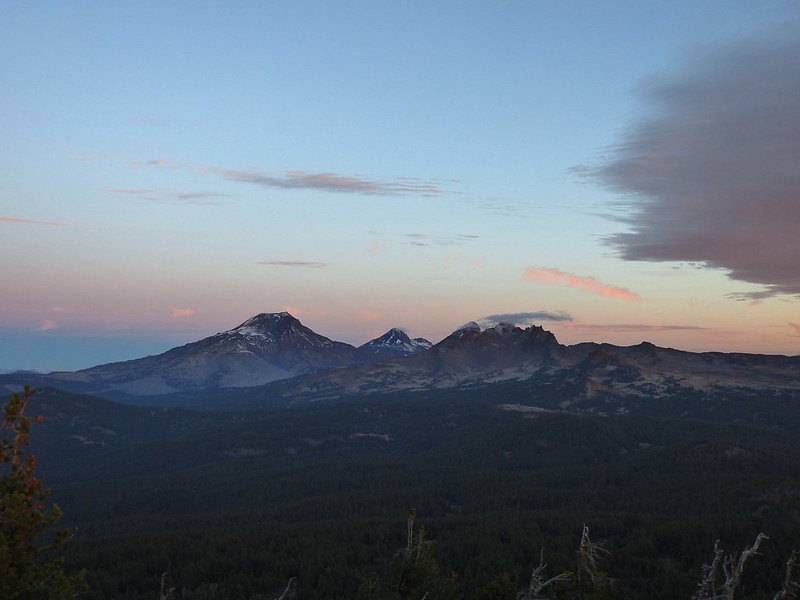 The Three Sisters and Broken Top (Nikon)
The Three Sisters and Broken Top (Nikon)
 South Sister (post) (Nikon)
South Sister (post) (Nikon)
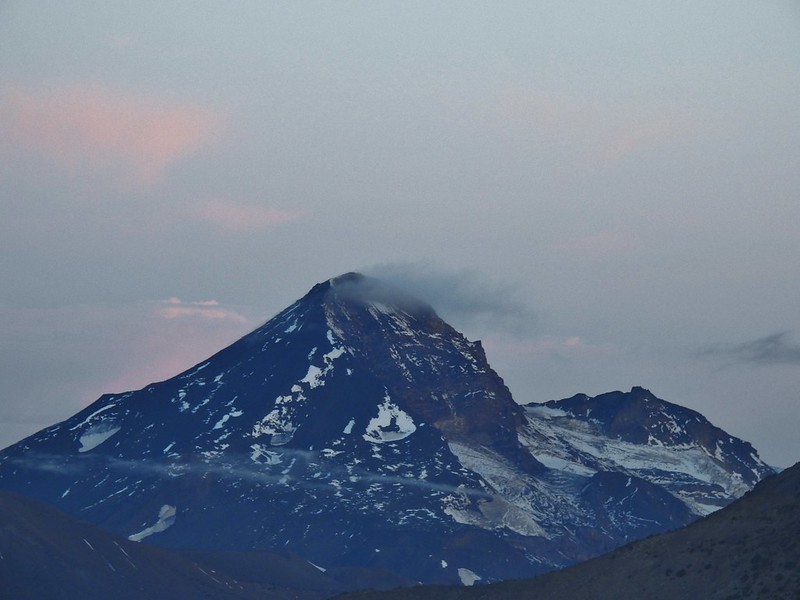 Middle and North Sister (Nikon)
Middle and North Sister (Nikon)
 Broken Top (post) (Nikon)
Broken Top (post) (Nikon)
 Aline glow hitting the mountains. (Canon)
Aline glow hitting the mountains. (Canon)
 South Sister (Canon)
South Sister (Canon)
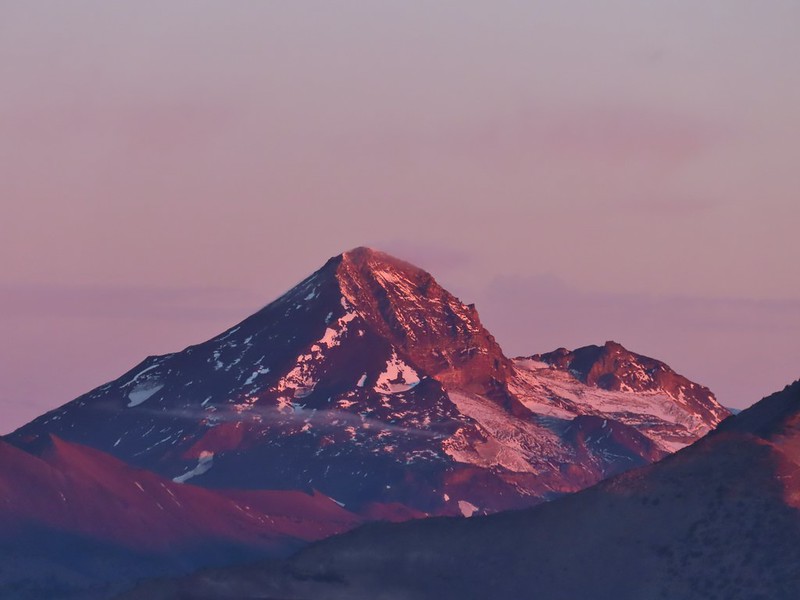 Middle and North Sister (Canon)
Middle and North Sister (Canon)
 Broken Top (Canon)
Broken Top (Canon)
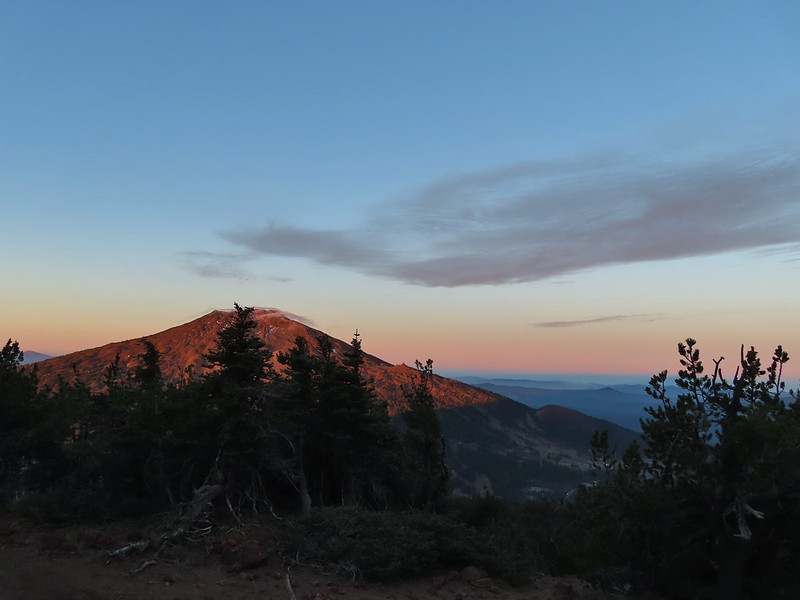 Mt. Bachelor (Canon)
Mt. Bachelor (Canon)
We started back down as soon as the sun was up.
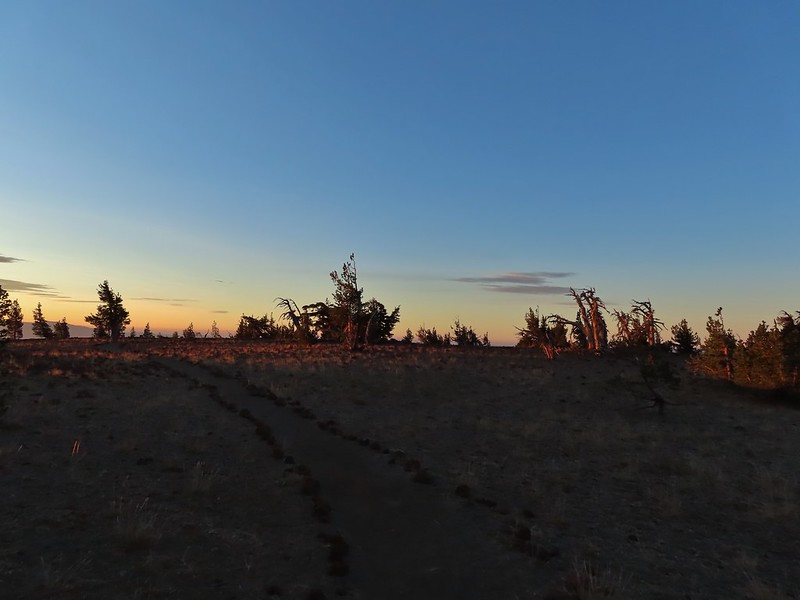

There were lots of views of Mt. Bachelor on the way down and we could also make out Mt. Thielsen (post) and Mt. Scott (post) further south.
 Mt. Scott to the left and Mt. Thielsen to the right.
Mt. Scott to the left and Mt. Thielsen to the right.

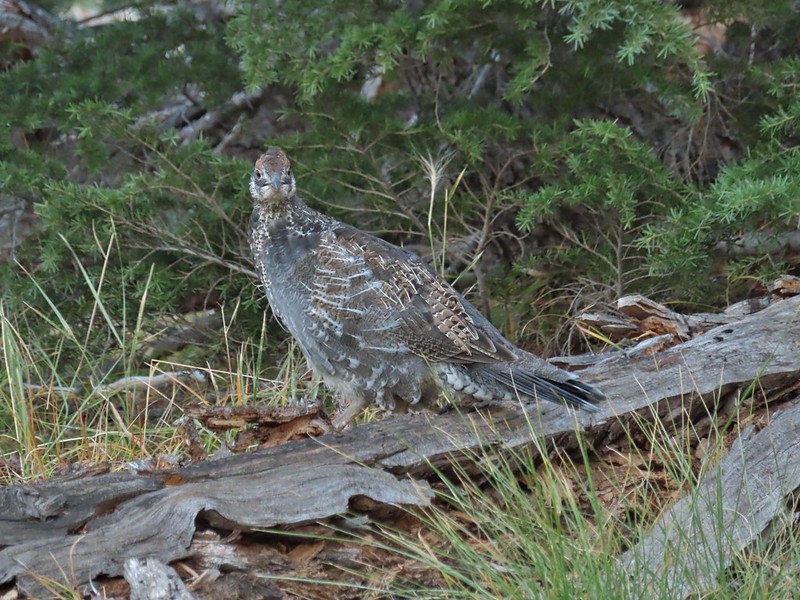 Grouse
Grouse
 Chipmunk
Chipmunk
 Mt. Bachelor as we arrived back at the snow-park.
Mt. Bachelor as we arrived back at the snow-park.
We finished our hike just after 7:45am and headed back to Salem. The hike had been everything we could have hoped for. There were just enough clouds in the sky to create some beautiful colors (the lingering smoke even added a bit although we would rather it wasn’t in the air) and the mountains were all clearly visible. My GPS showed a total of 4.7 miles which made sense given it was too cold to simply sit while we waited for the sunrise, spending over half an hour wandering around at the summit.

There were two other groups of hikers watching the sunrise with us and we passed many more as we descended. Tumalo Mountain is a great choice for a short hike with spectacular views. It is also just outside the Three Sisters Wilderness meaning that a Cascade Wilderness Permit is not needed. Happy Trails!
Flickr: Tumalo Mountain
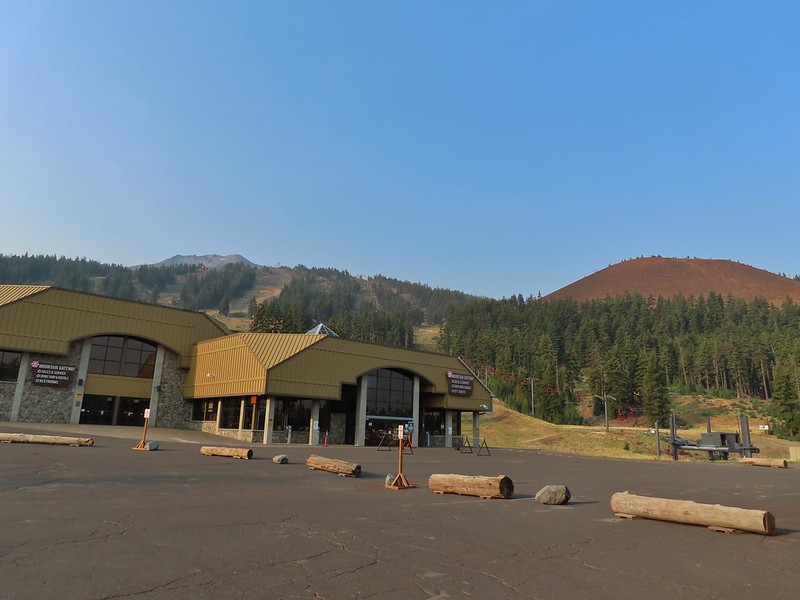
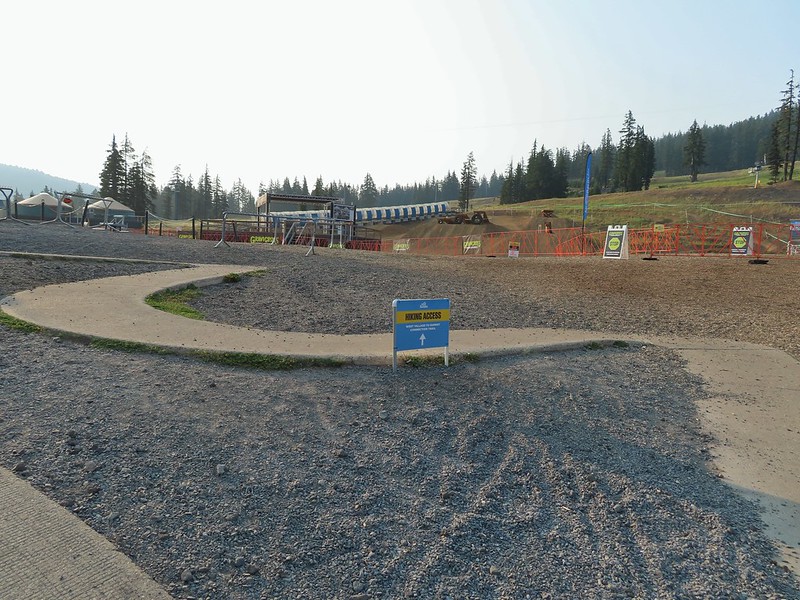

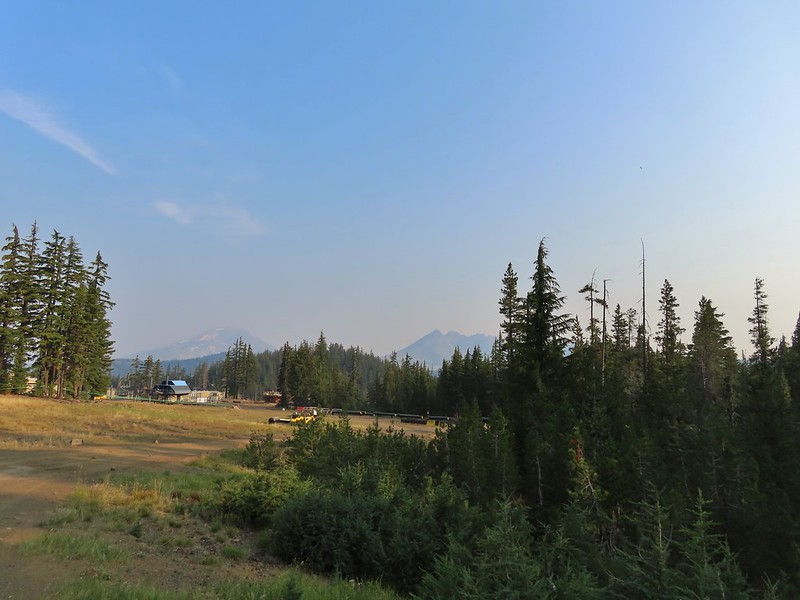 A hazy look at the South Sister and Broken Top.
A hazy look at the South Sister and Broken Top.

 Passing under the Skyliner Express
Passing under the Skyliner Express
 The ski runs gave us a good look at the top of the mountain.
The ski runs gave us a good look at the top of the mountain.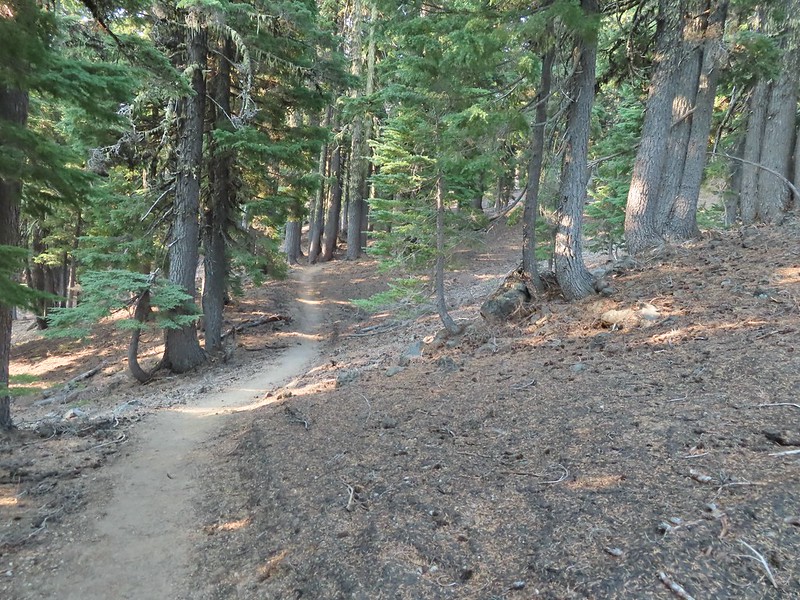

 Turning uphill
Turning uphill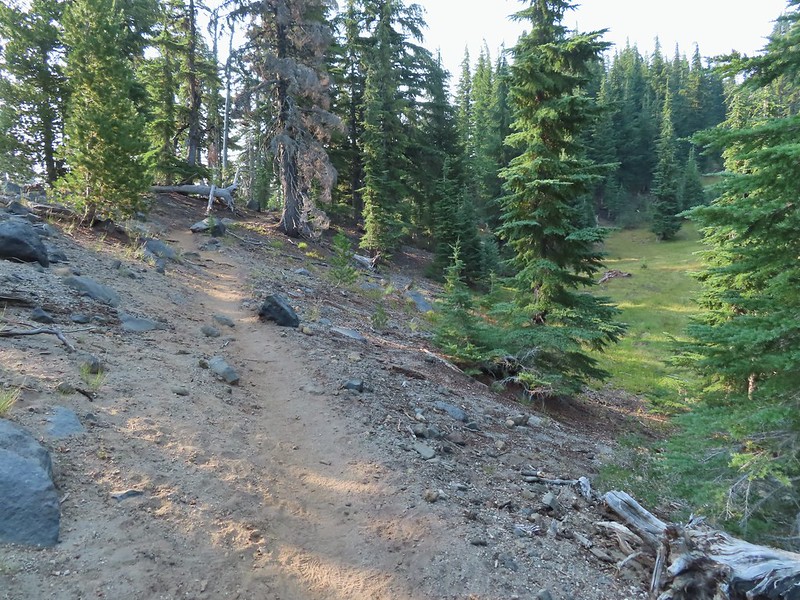 Spotted a grouse hen and her chicks in this little meadow.
Spotted a grouse hen and her chicks in this little meadow.
 Two of the chicks.
Two of the chicks. Passing under the Sunrise lift.
Passing under the Sunrise lift.
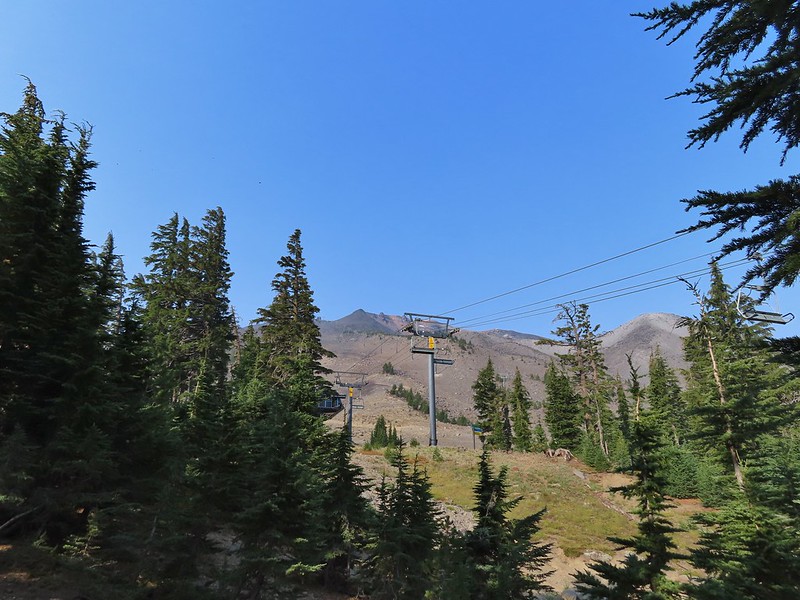 Nearing the top of the Sunrise lift.
Nearing the top of the Sunrise lift. Another hazy look at the nearby mountains.
Another hazy look at the nearby mountains. South and Middle Sister through the haze.
South and Middle Sister through the haze. The top of Sunrise and the bottom of the Summit lifts.
The top of Sunrise and the bottom of the Summit lifts.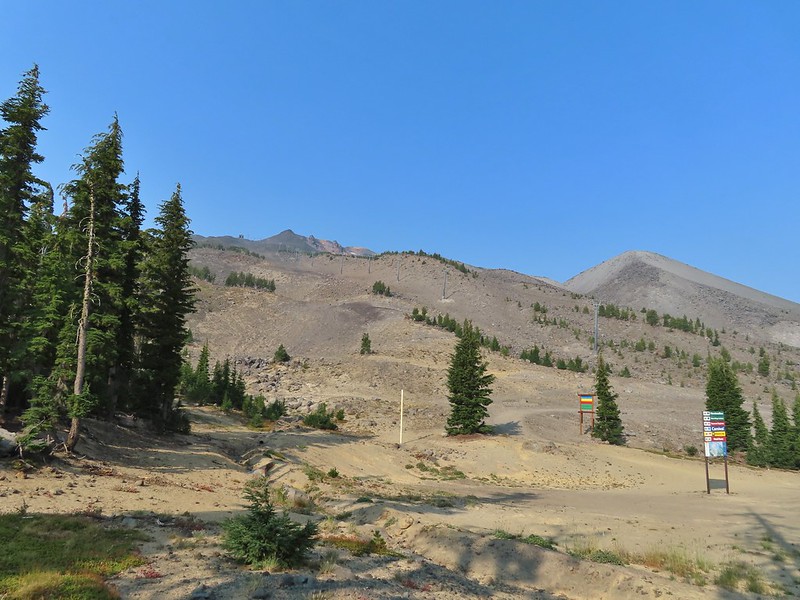 Looking up from the top of Sunrise.
Looking up from the top of Sunrise.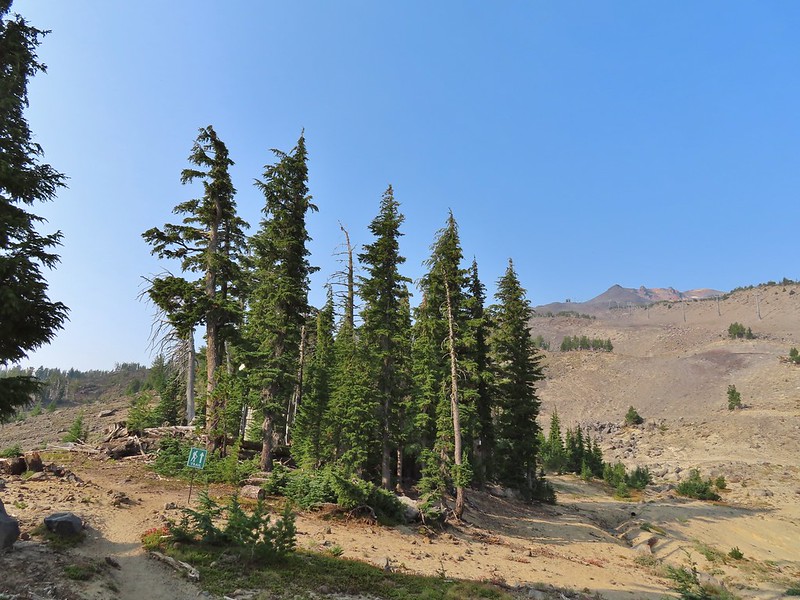


 A few saxifrage blossoms still left.
A few saxifrage blossoms still left.
 Alpine buckwheat and paintbrush
Alpine buckwheat and paintbrush The first patch of snow we passed.
The first patch of snow we passed.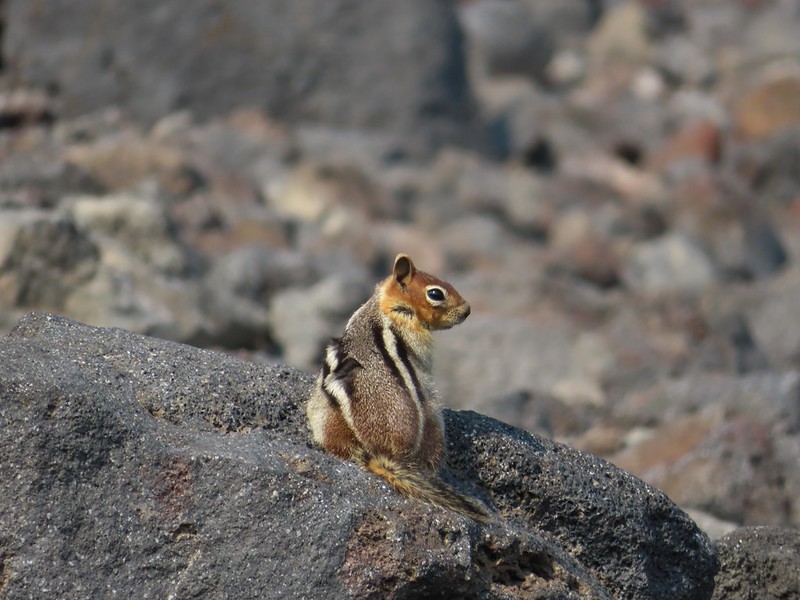 Golden mantled ground squirrel
Golden mantled ground squirrel Tumalo Mountain (
Tumalo Mountain (
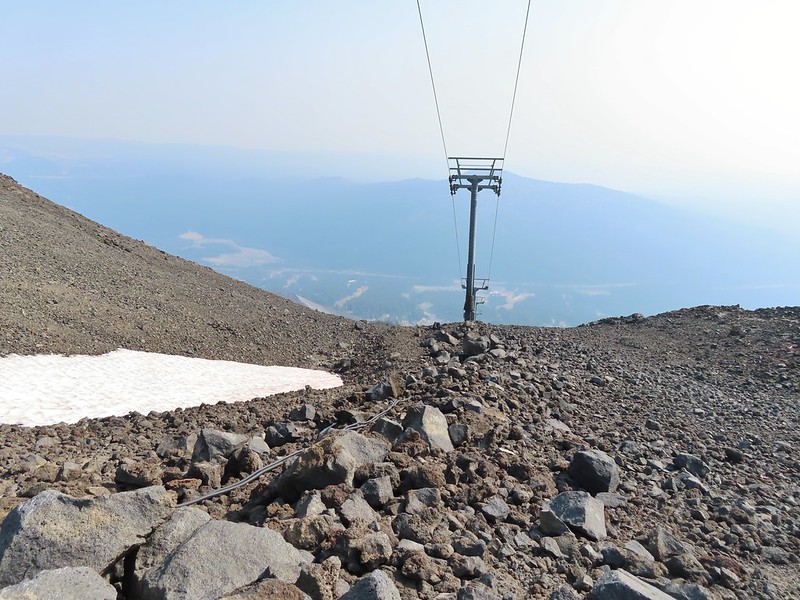 Looking down from beneath the Summit Express.
Looking down from beneath the Summit Express. We could really feel the elevation affecting our breathing and by this point we were both sucking wind.
We could really feel the elevation affecting our breathing and by this point we were both sucking wind. Dwarf alpinegold
Dwarf alpinegold Looking back at the Summit Express.
Looking back at the Summit Express.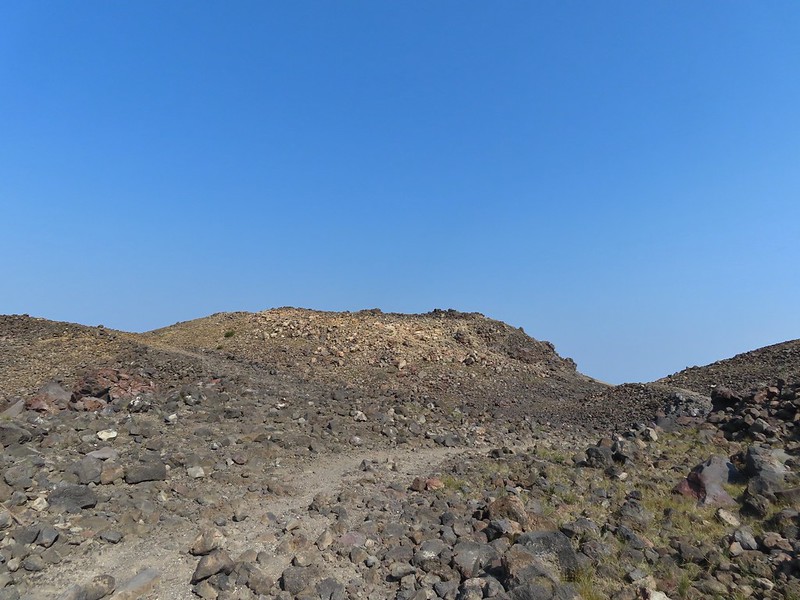 Heading for the high point.
Heading for the high point.
 A mountain bluebird near the summit.
A mountain bluebird near the summit. South Sister and Broken Top with Sparks Lake (
South Sister and Broken Top with Sparks Lake (

 It’s our rule not to feed the wildlife but it was obvious that many don’t adhere to that LNT principle. I had to put my pack back on to avoid having a hole chewed through my pocket.
It’s our rule not to feed the wildlife but it was obvious that many don’t adhere to that LNT principle. I had to put my pack back on to avoid having a hole chewed through my pocket. View of the summit.
View of the summit. Broken Top, the Pine Marten Lodge halfway up the mountain, the West Village Lodge and parking area below and Tumalo Mountain across the Cascade Lakes Highway.
Broken Top, the Pine Marten Lodge halfway up the mountain, the West Village Lodge and parking area below and Tumalo Mountain across the Cascade Lakes Highway.

 A little better view of Broken Top and Tumalo Mountain on the way down.
A little better view of Broken Top and Tumalo Mountain on the way down. Clark’s nutcracker
Clark’s nutcracker

 Left leads up to the Pine Marten Lodge atop the Pine Marten Express, right to the West Village Lodge.
Left leads up to the Pine Marten Lodge atop the Pine Marten Express, right to the West Village Lodge.
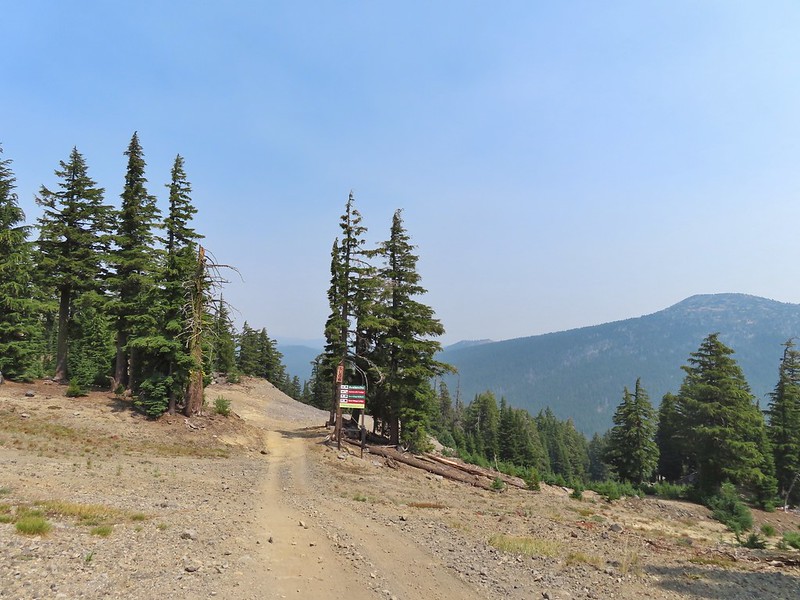 A decent look at Tumalo Mountain
A decent look at Tumalo Mountain Warning sign for a bike crossing.
Warning sign for a bike crossing.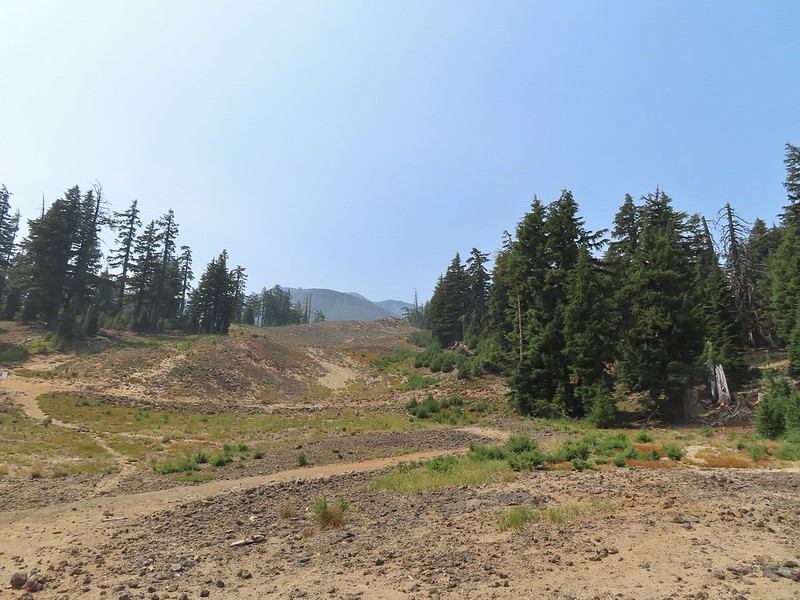 A look at some of the mountain bike trails and some haze moving in overhead.
A look at some of the mountain bike trails and some haze moving in overhead.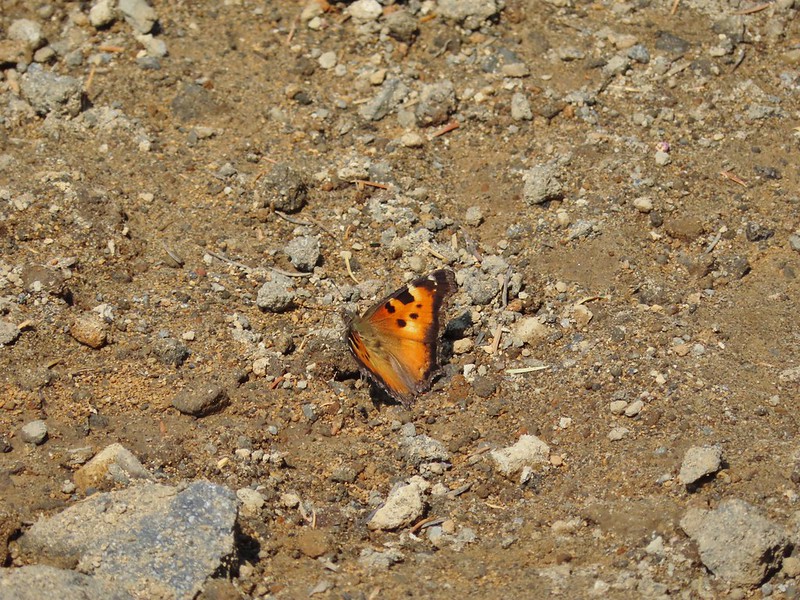 A tortoiseshell butterfly on the road.
A tortoiseshell butterfly on the road.

 At least we could see the mountains a little better from here.
At least we could see the mountains a little better from here.





 One of two phantom orchids we saw along the trail.
One of two phantom orchids we saw along the trail. Newish looking wilderness sign.
Newish looking wilderness sign. Maples overhanging the trail.
Maples overhanging the trail.
 Madrone trunks
Madrone trunks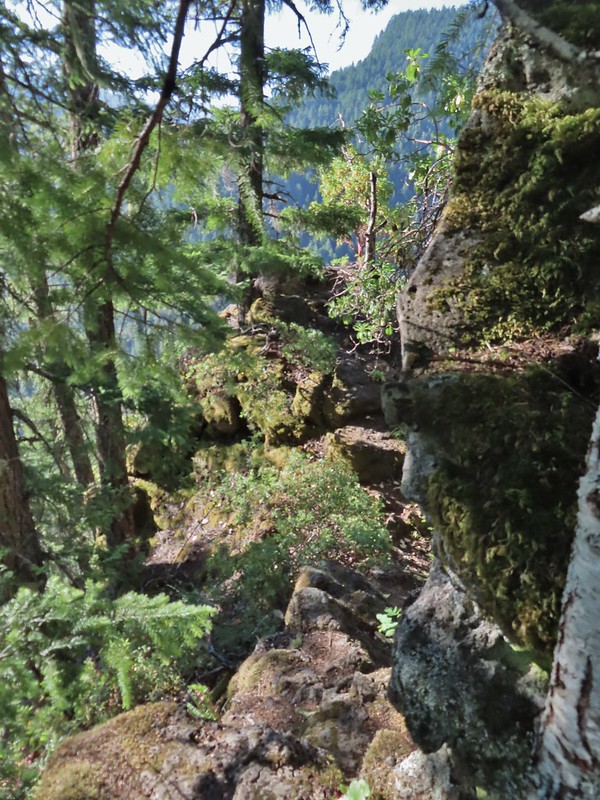 It’s a pretty narrow scramble so probably not for kids or those uncomfortable with heights.
It’s a pretty narrow scramble so probably not for kids or those uncomfortable with heights.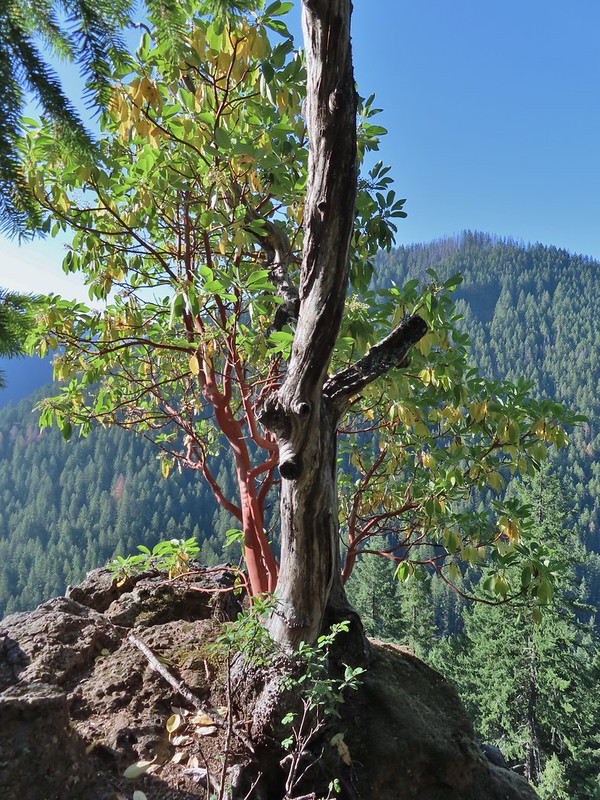 A lone madrone at the end of the fin.
A lone madrone at the end of the fin. Looking toward the falls. (The North Sister is back there too but not visible due to the lighting.)
Looking toward the falls. (The North Sister is back there too but not visible due to the lighting.)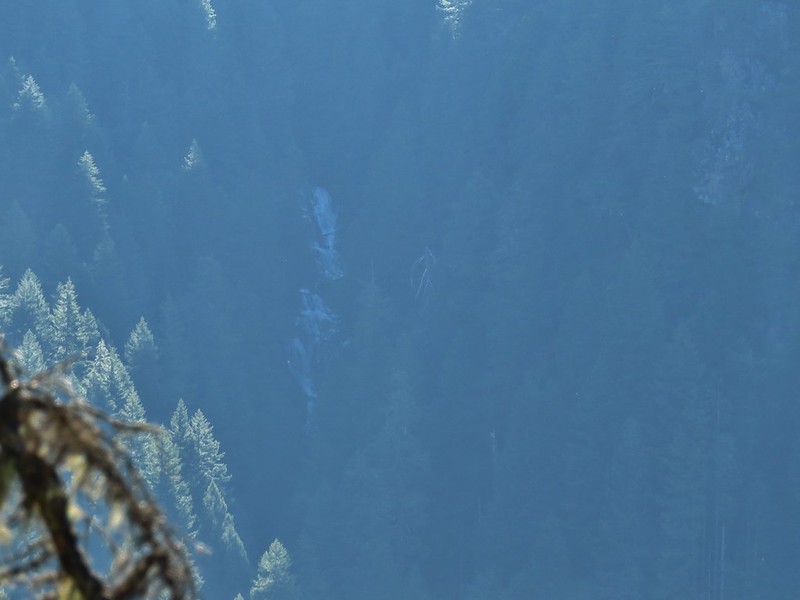 Rainbow Falls on Rainbow Creek
Rainbow Falls on Rainbow Creek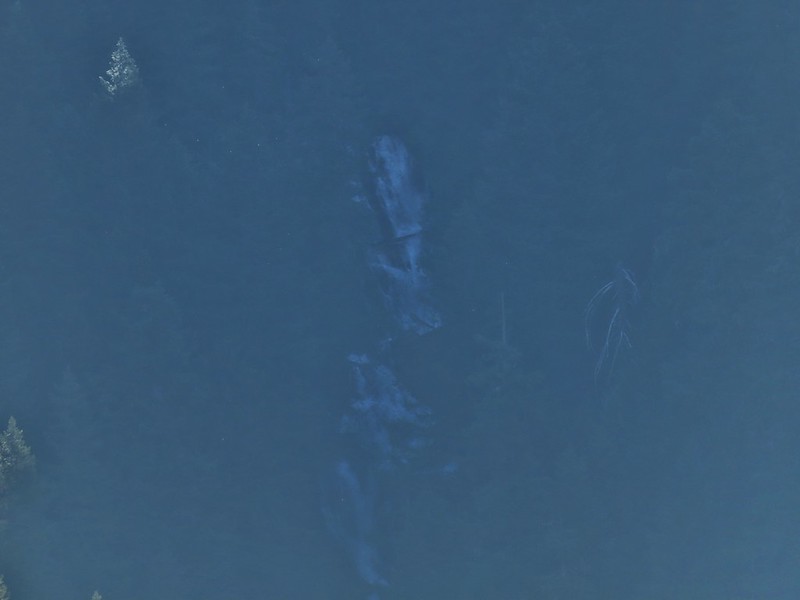 The best I could do with the lighting.
The best I could do with the lighting. Looking up Separation Creek.
Looking up Separation Creek. Looking back up along the rocks.
Looking back up along the rocks.

 Pink pyrola
Pink pyrola Crossing of Gold Creek which was nearly dry but it hosted a fair number of mosquitos.
Crossing of Gold Creek which was nearly dry but it hosted a fair number of mosquitos.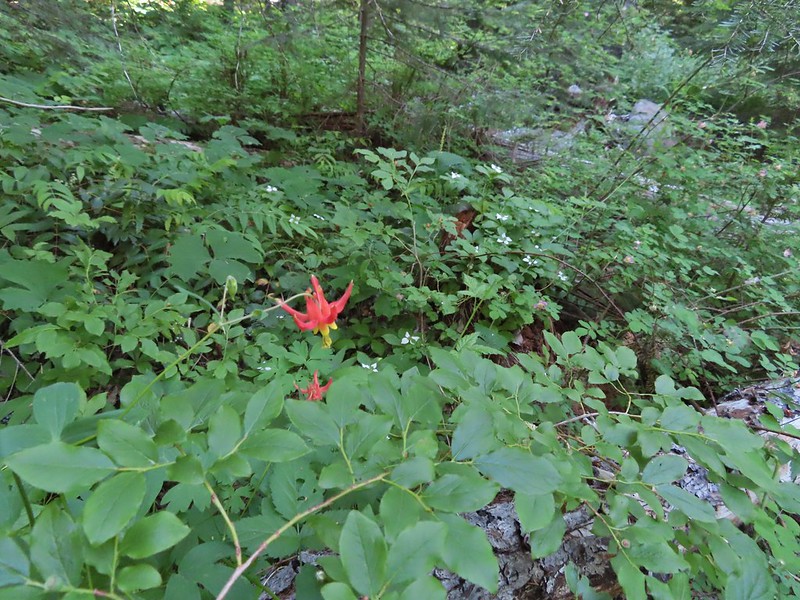 Columbine, bunchberry, and wild roses.
Columbine, bunchberry, and wild roses.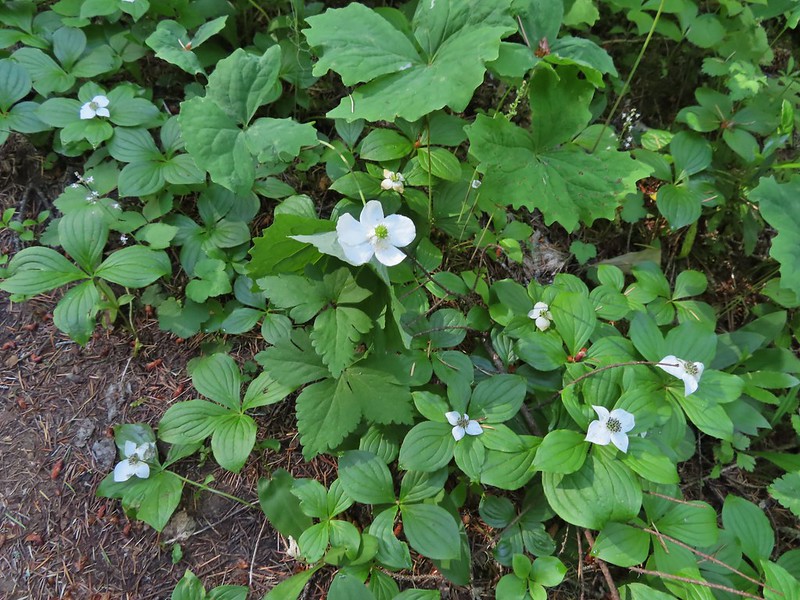 An anemone with some bunchberries
An anemone with some bunchberries Entering the Three Sisters Wilderness
Entering the Three Sisters Wilderness Queen’s cup
Queen’s cup Beargrass
Beargrass Candy sticks
Candy sticks Rhododendron
Rhododendron Pacific coralroot
Pacific coralroot
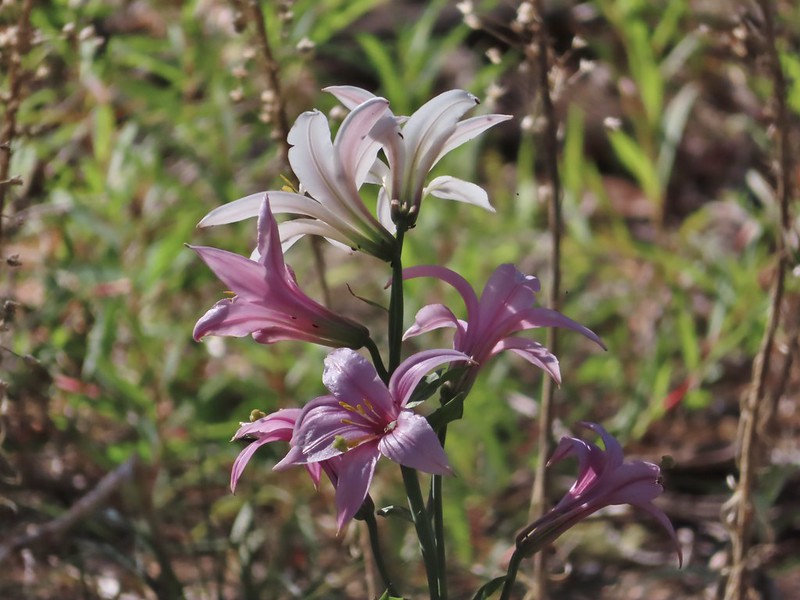 Washington lily
Washington lily Lupine
Lupine Squirrel
Squirrel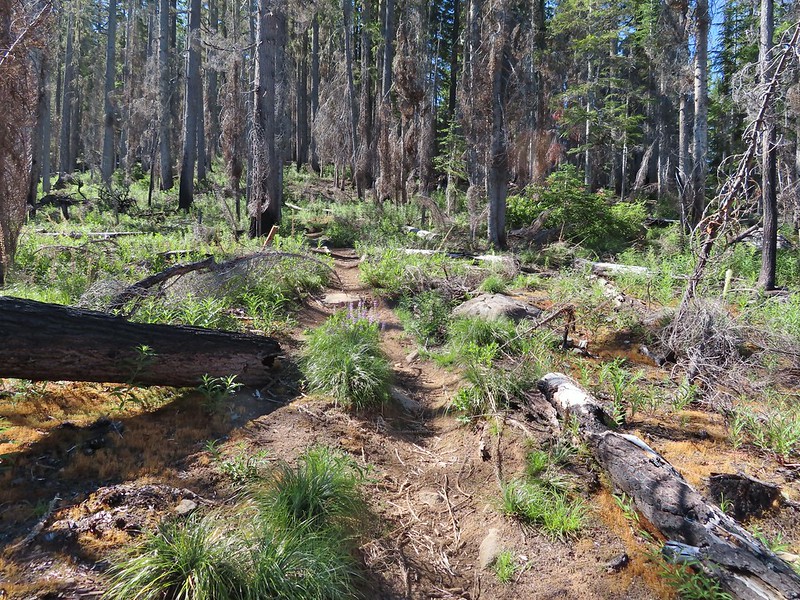
 Tiger lily
Tiger lily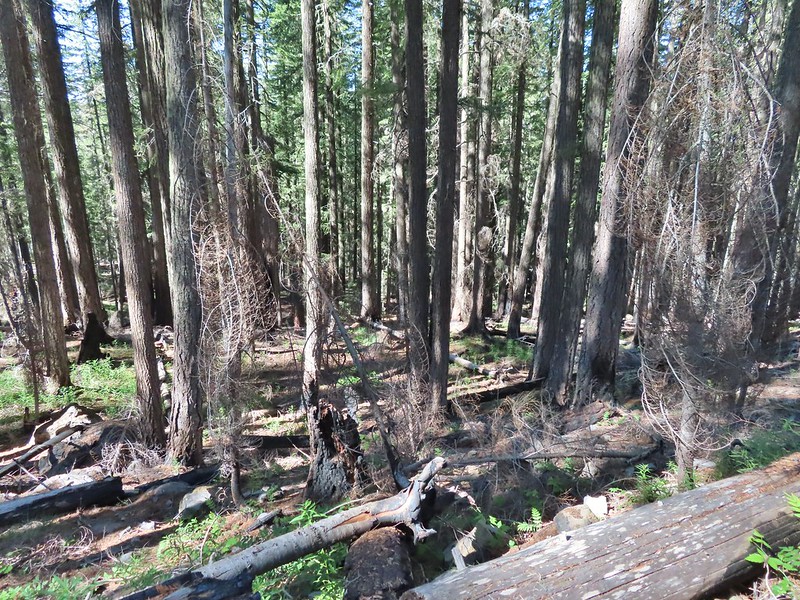
 Twinflower
Twinflower Leaving the green trees behind.
Leaving the green trees behind. Washington lilies
Washington lilies
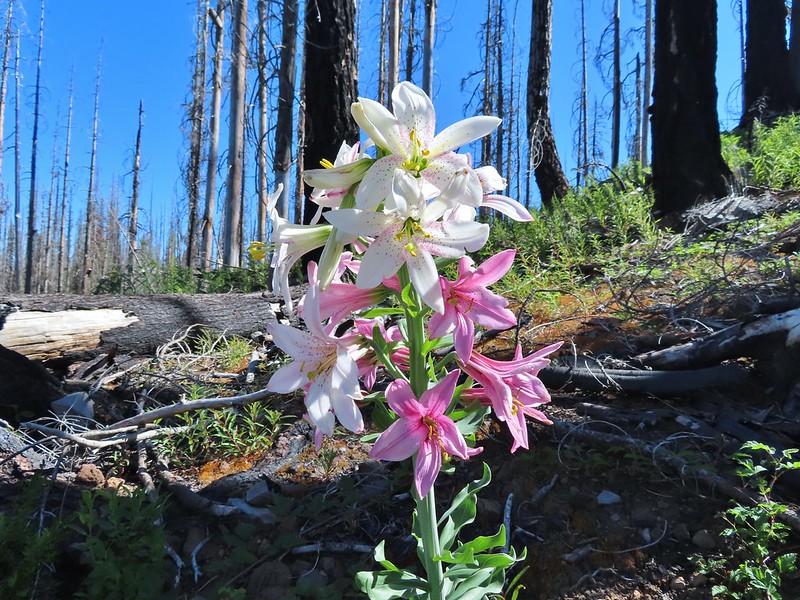 They smell as good as they look too!
They smell as good as they look too! This one was a monster.
This one was a monster.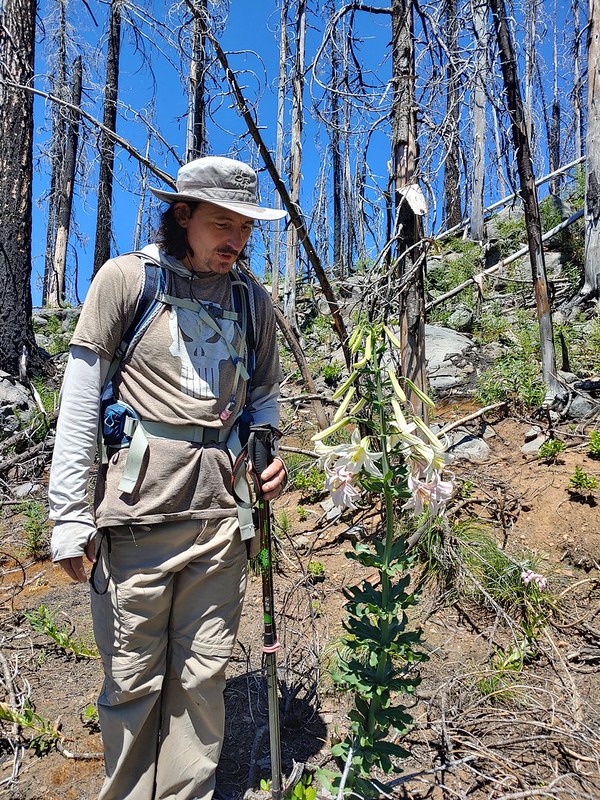 Chest high
Chest high Crab spider on the lower left petal.
Crab spider on the lower left petal. Penstemon
Penstemon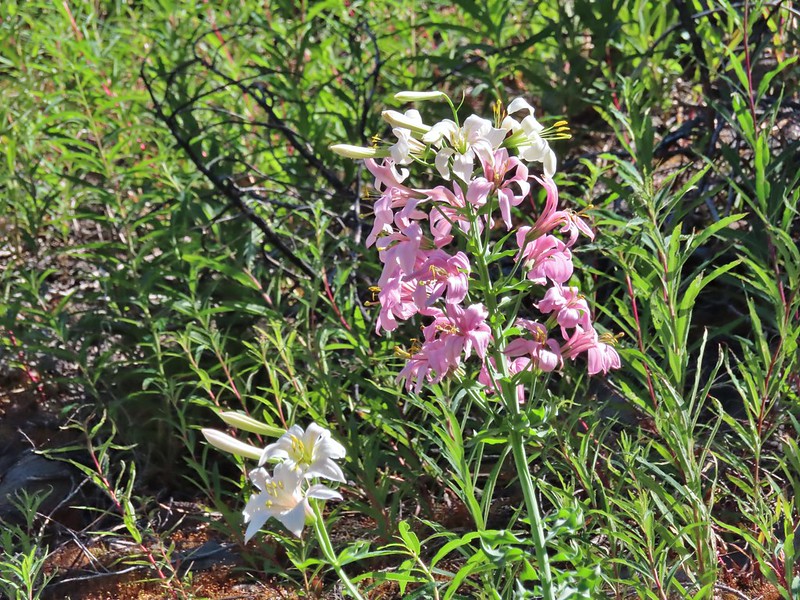 Earlier in the week I had been reading that the blossoms turn pink after being pollinated.
Earlier in the week I had been reading that the blossoms turn pink after being pollinated. Clodius parnassian
Clodius parnassian Pretty moth
Pretty moth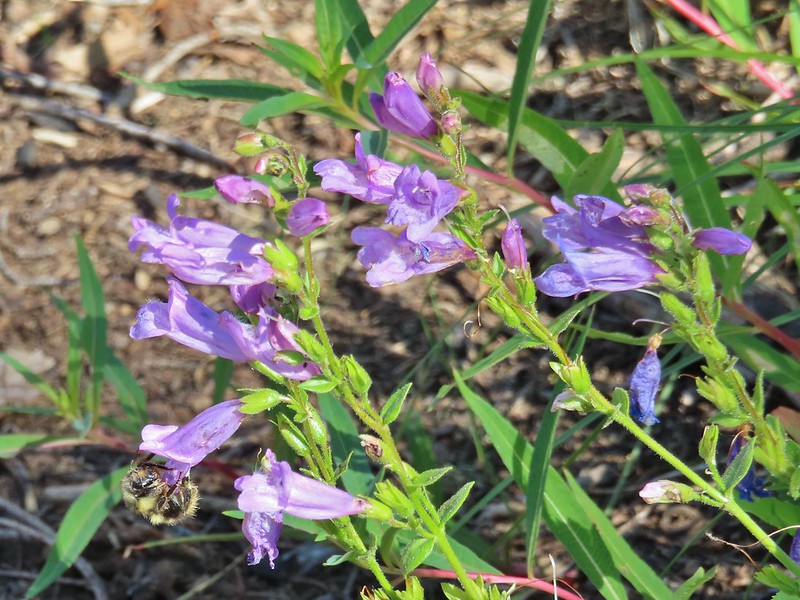 Penstemon
Penstemon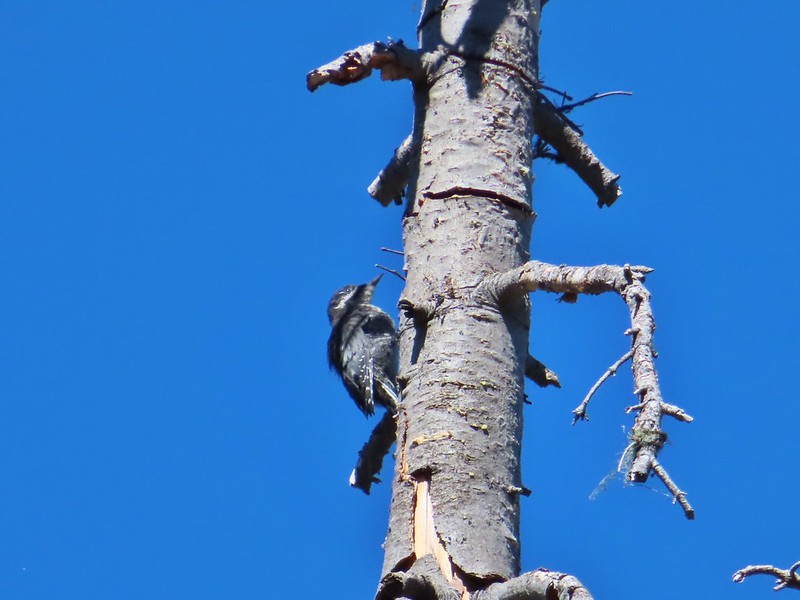 Woodpecker
Woodpecker Pond along the trail.
Pond along the trail. Water lilies
Water lilies Looking toward Proxy Point
Looking toward Proxy Point The Husband, South Sister, and the shoulder of Substitute Point.
The Husband, South Sister, and the shoulder of Substitute Point. Frog along the trail.
Frog along the trail.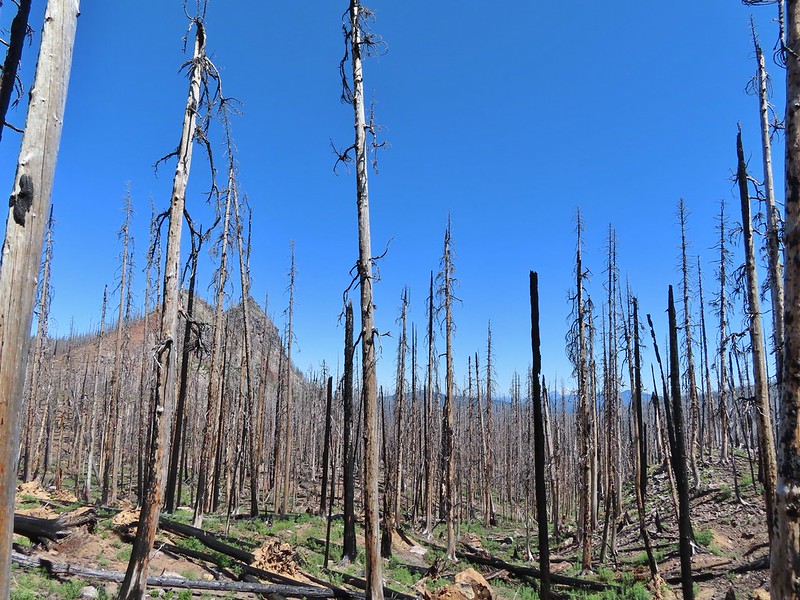 Proxy Point, Scott Mountain (
Proxy Point, Scott Mountain (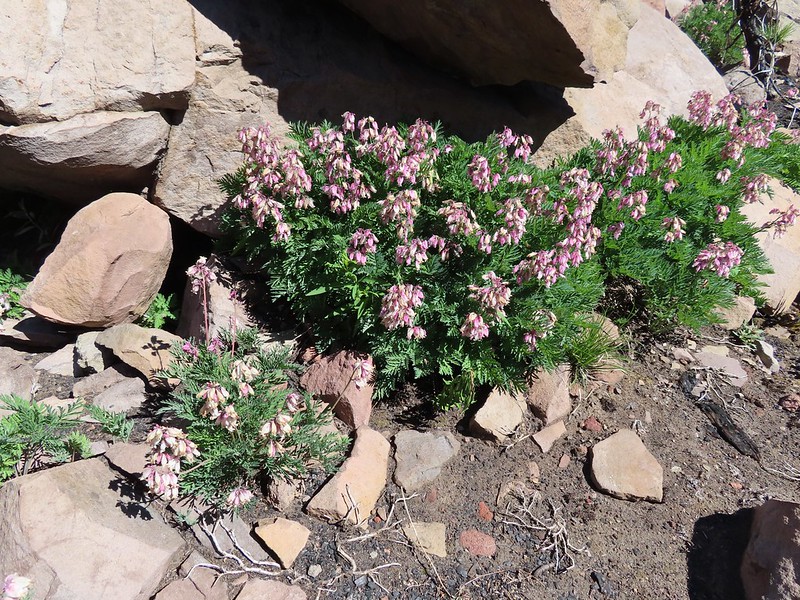 Bleeding heart
Bleeding heart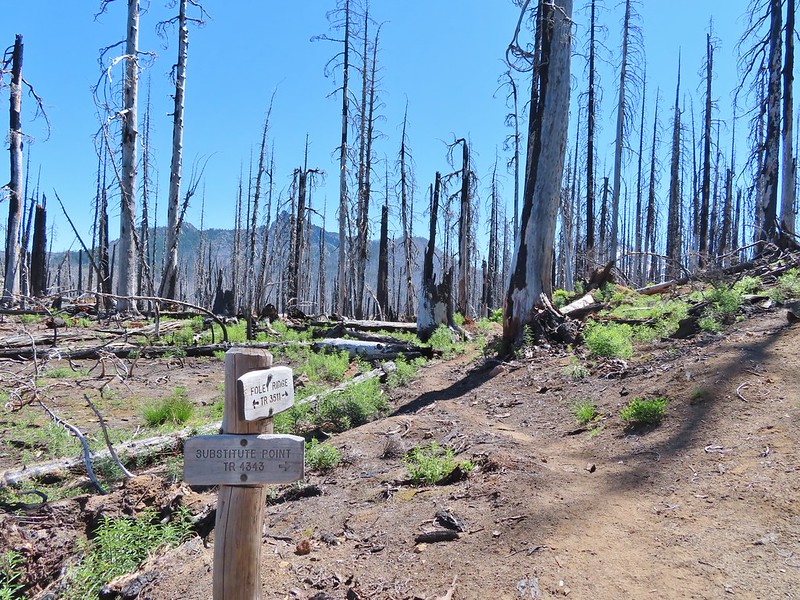 The Husband from the junction.
The Husband from the junction.
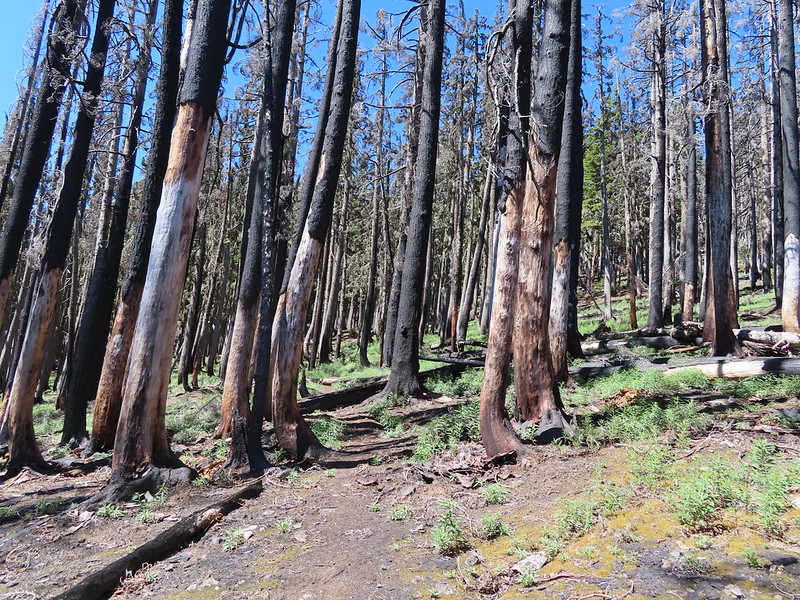
 This was sort of a mean trick, the trail entered these green trees then almost immediately switched back into the burn.
This was sort of a mean trick, the trail entered these green trees then almost immediately switched back into the burn.
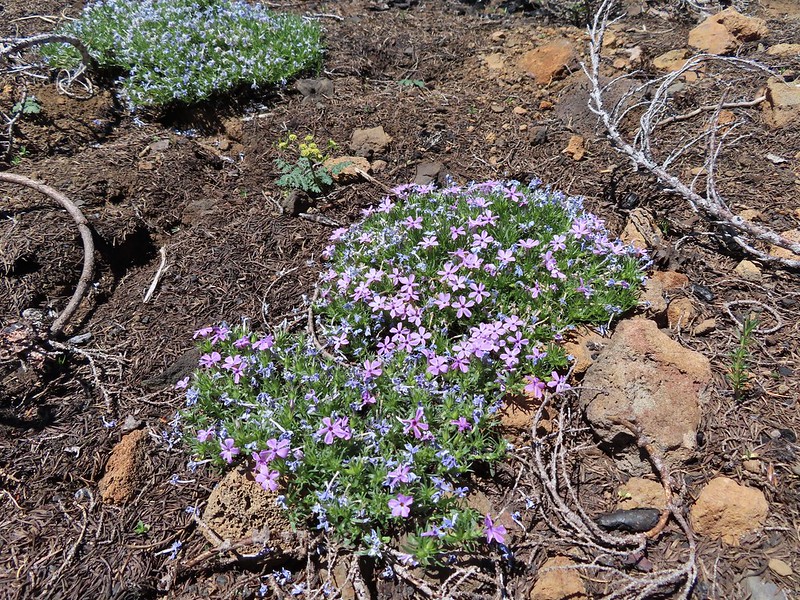 Phlox
Phlox
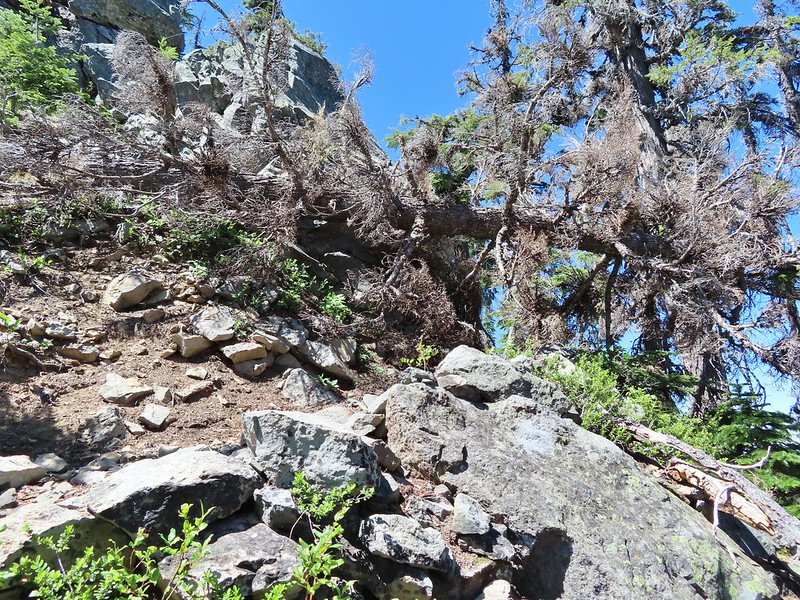
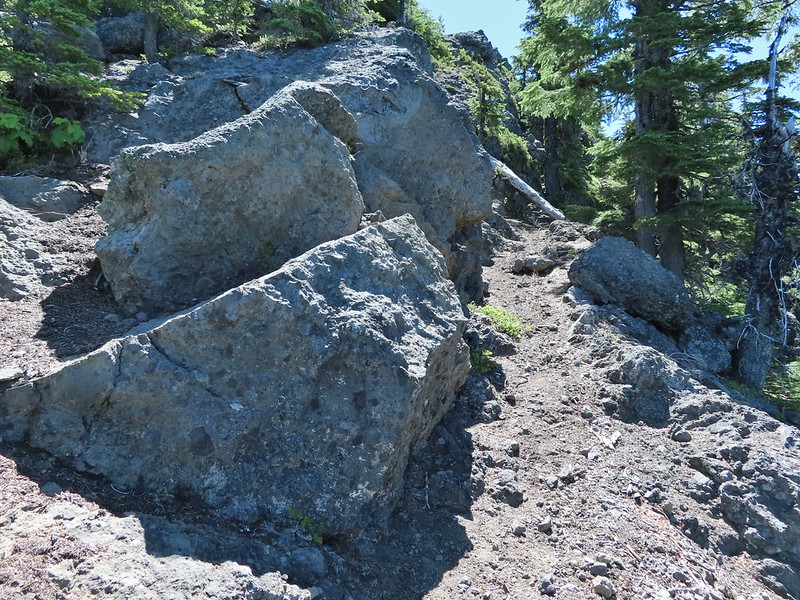
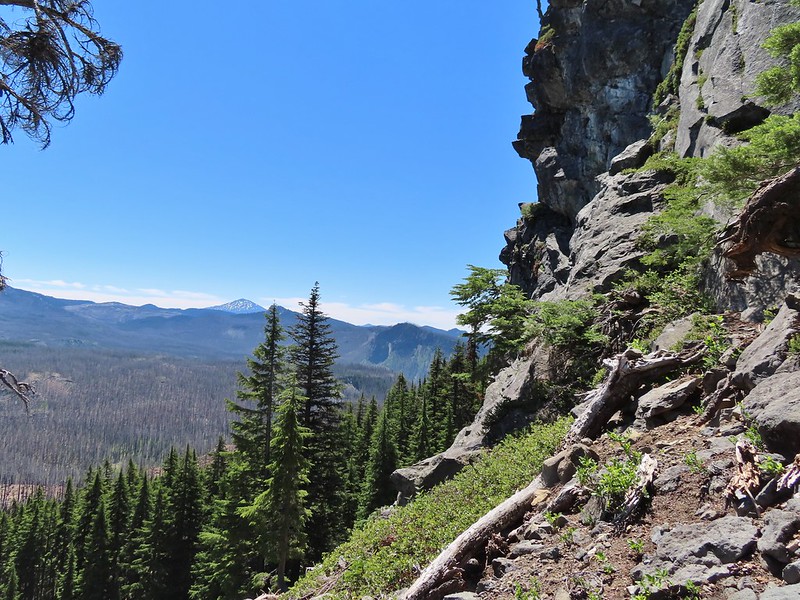 Mt. Bachelor from the trail.
Mt. Bachelor from the trail. Proxy Point
Proxy Point Some unburned forest and a view of Diamond Peak.
Some unburned forest and a view of Diamond Peak. Diamond Peak (
Diamond Peak ( The Little Brother and North & Middle Sister behind The Husband with South Sister to the right.
The Little Brother and North & Middle Sister behind The Husband with South Sister to the right.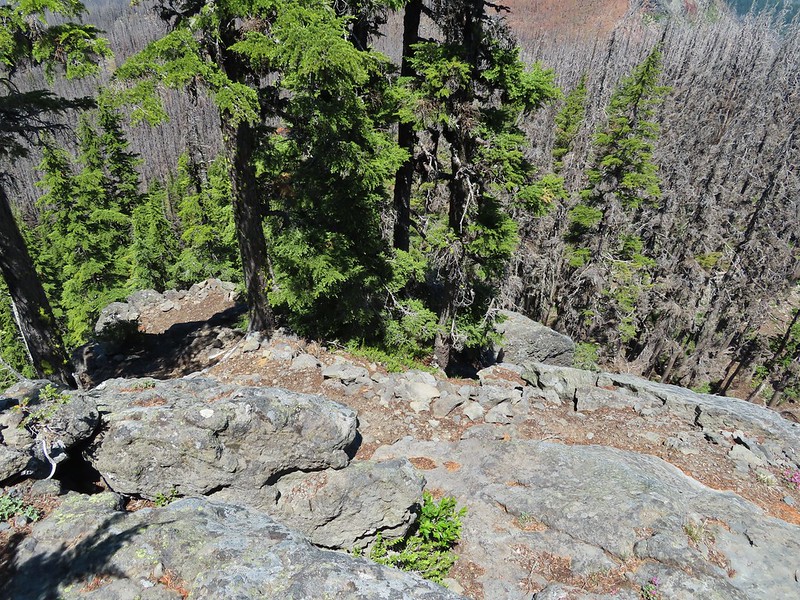 The trail leading up.
The trail leading up. The summit of Substitute Point
The summit of Substitute Point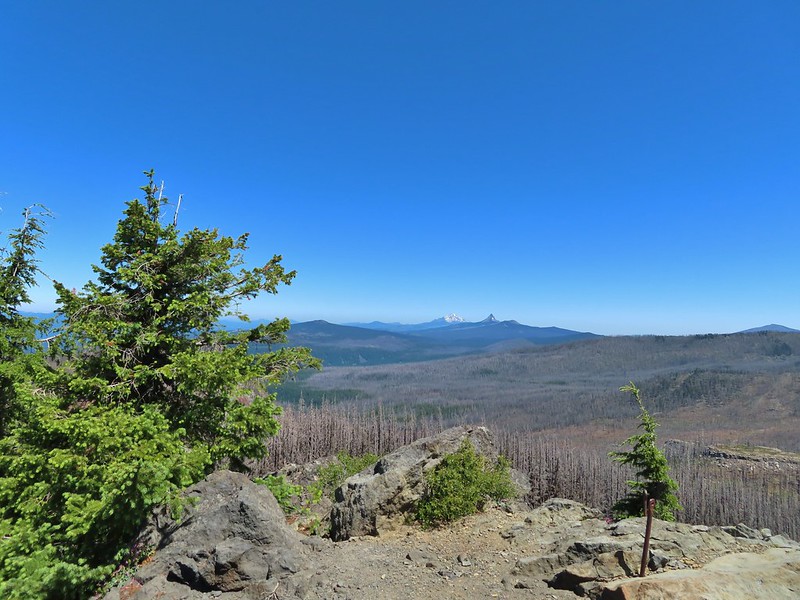 Scott Mountain, Three Fingered Jack, Mt. Jefferson, Mt. Washington, and Belknap Crater (
Scott Mountain, Three Fingered Jack, Mt. Jefferson, Mt. Washington, and Belknap Crater ( Proxy Point and Scott Mountain.
Proxy Point and Scott Mountain.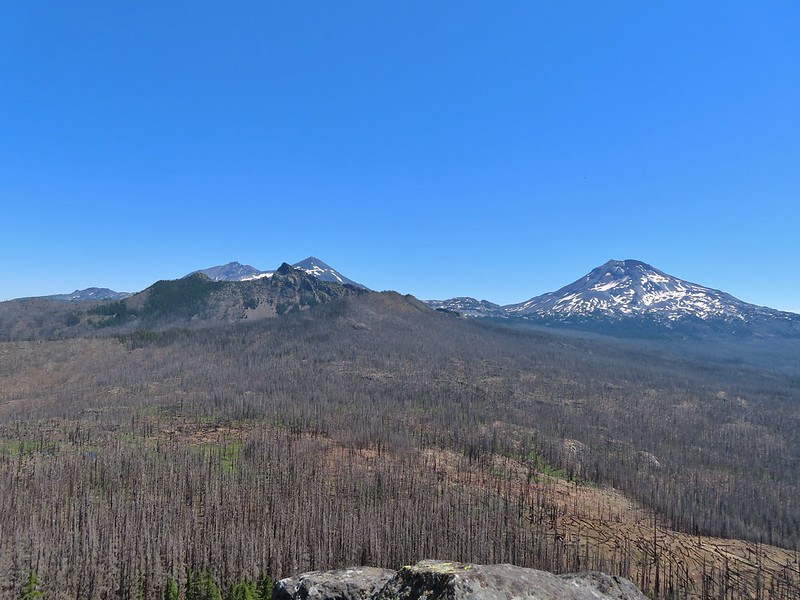 The Three Sisters, Little Brother and The Husband
The Three Sisters, Little Brother and The Husband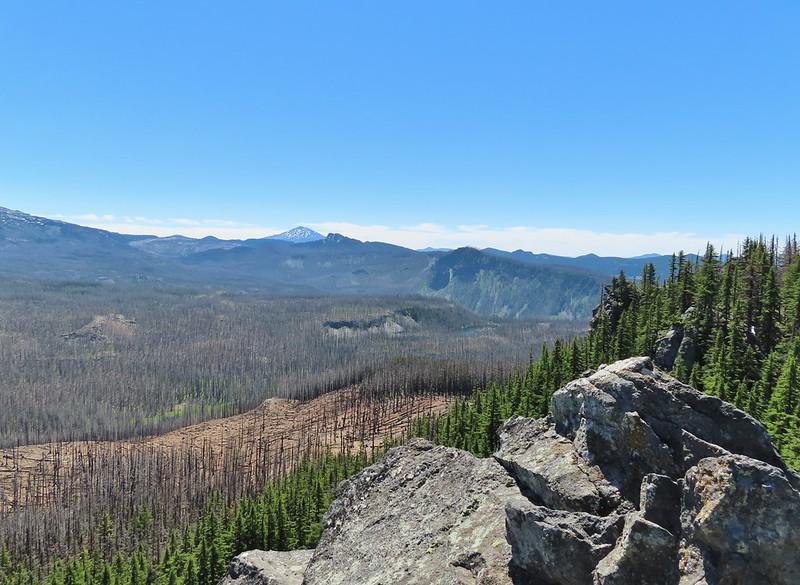 Mt. Bachelor, The Wife, and Sphinx Butte.
Mt. Bachelor, The Wife, and Sphinx Butte.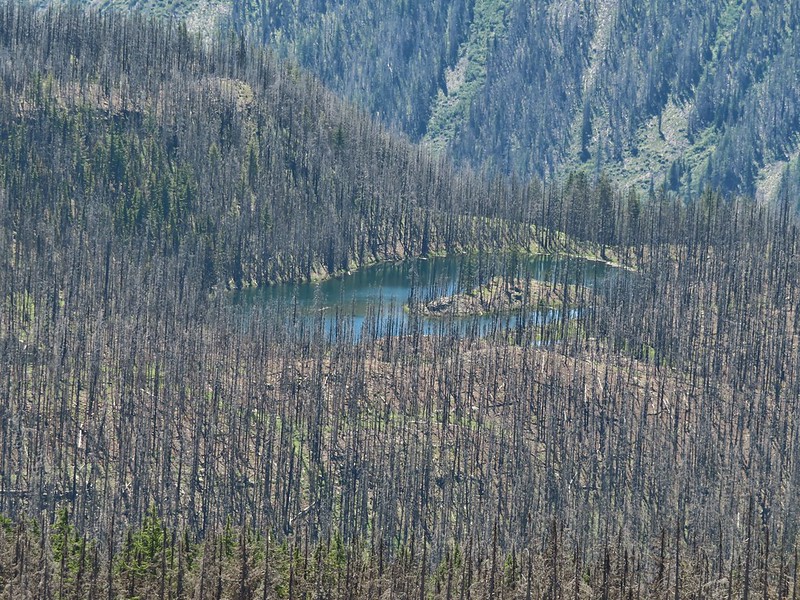 Kidney Lake
Kidney Lake Mt. Bachelor and The Wife
Mt. Bachelor and The Wife North and Middle Sister behind The Husband
North and Middle Sister behind The Husband Three Fingered Jack, Mt. Jefferson and Mt. Washington
Three Fingered Jack, Mt. Jefferson and Mt. Washington A swallowtail and two whites (maybe clodius parnassians) in flight.
A swallowtail and two whites (maybe clodius parnassians) in flight.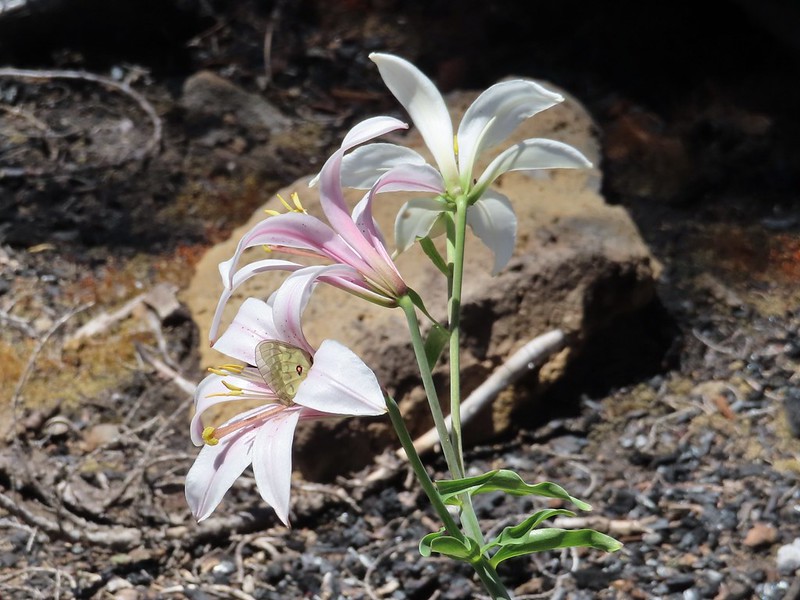 Clodius parnassian in a blossom.
Clodius parnassian in a blossom. Moth and a parnassian.
Moth and a parnassian.


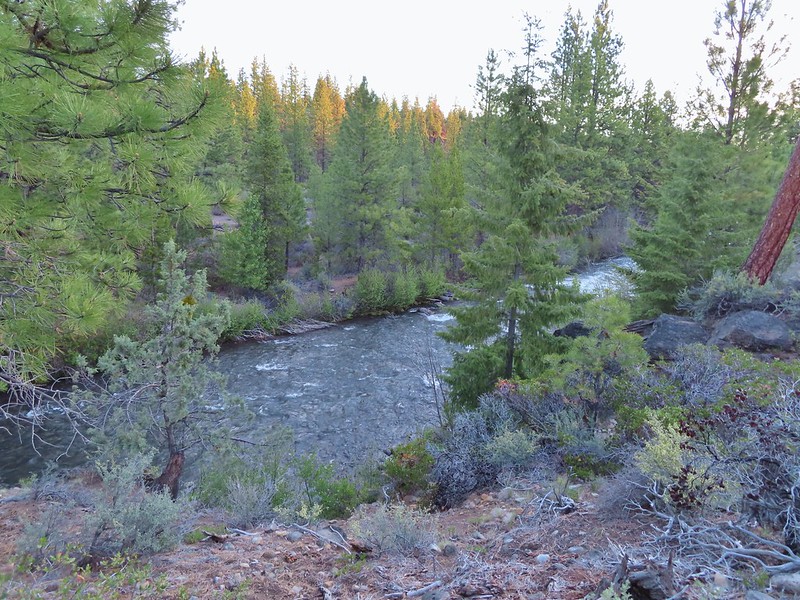

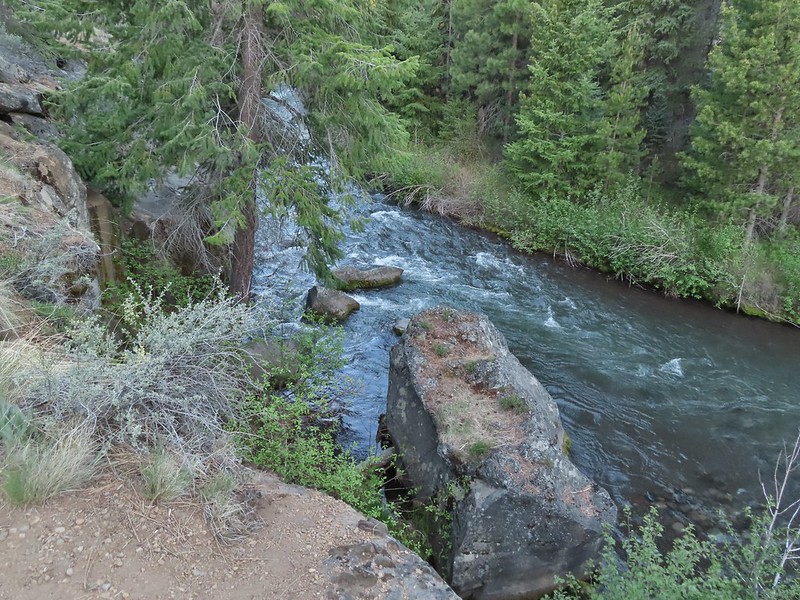
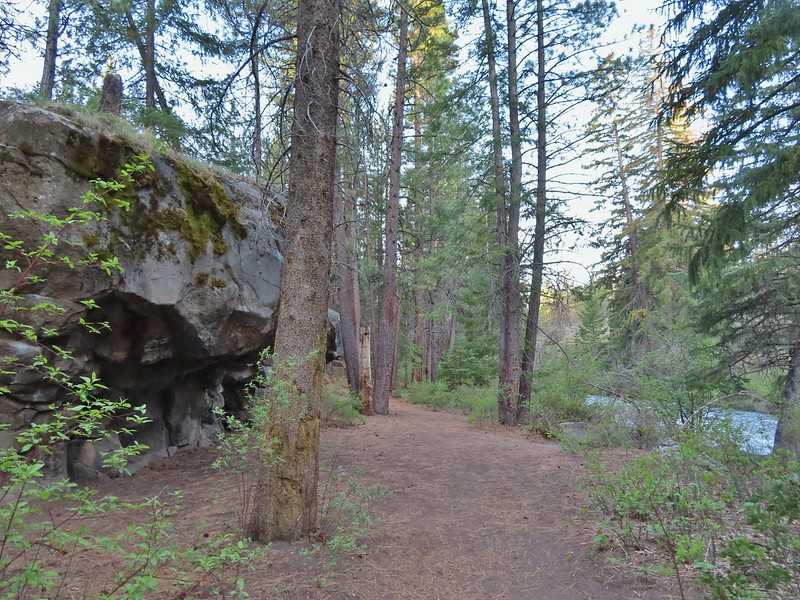
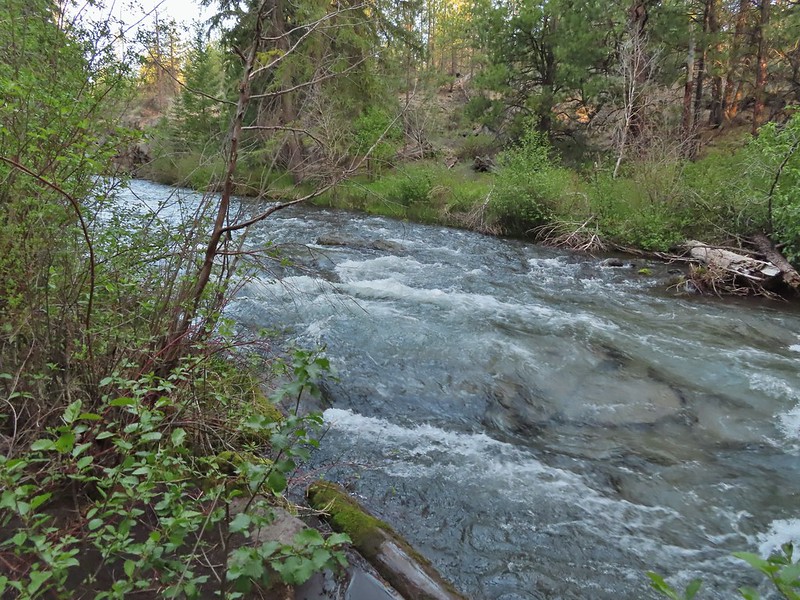
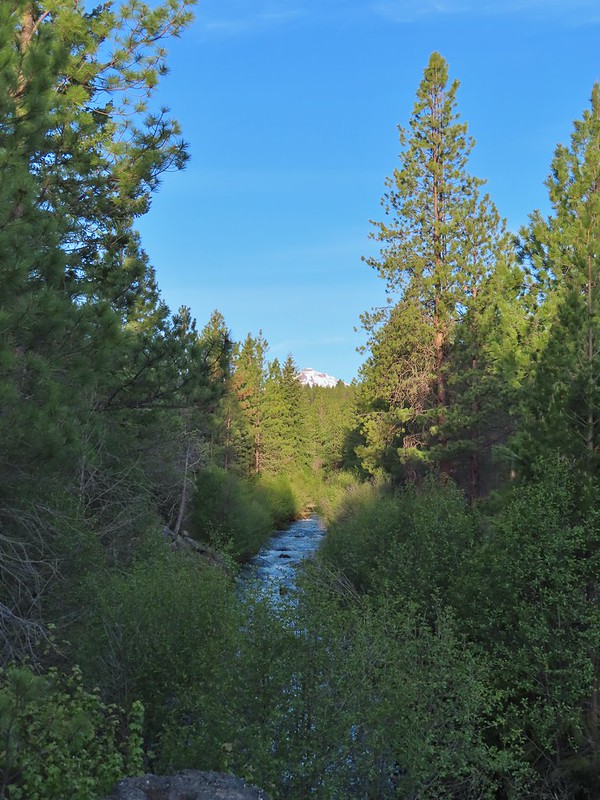 North Sister in the distance.
North Sister in the distance. Penstemon
Penstemon Chocolate lily
Chocolate lily Sand lily
Sand lily Paintbrush
Paintbrush Balsamroot
Balsamroot A Penstemon
A Penstemon
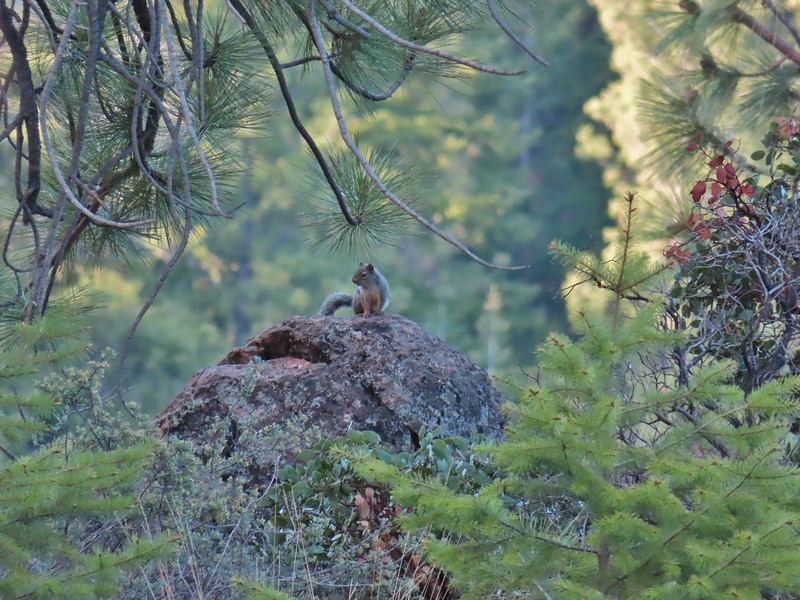 Squirrel!
Squirrel!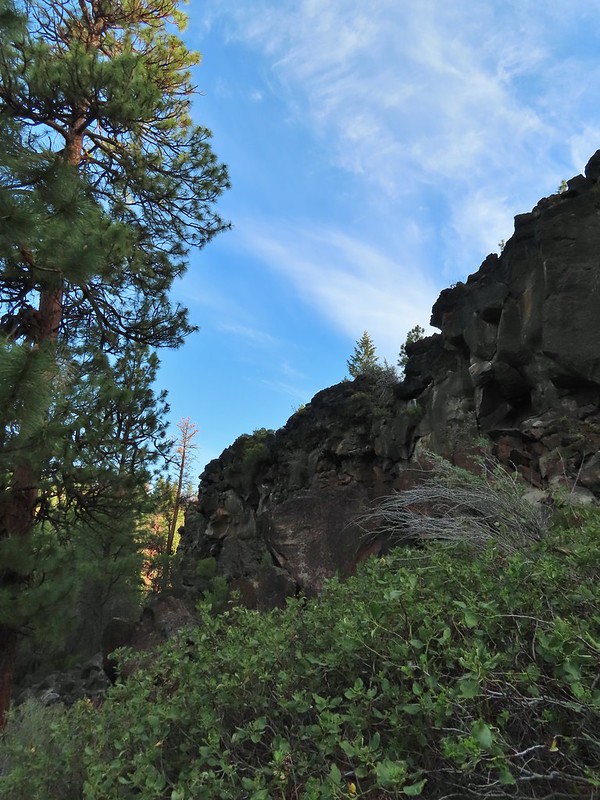
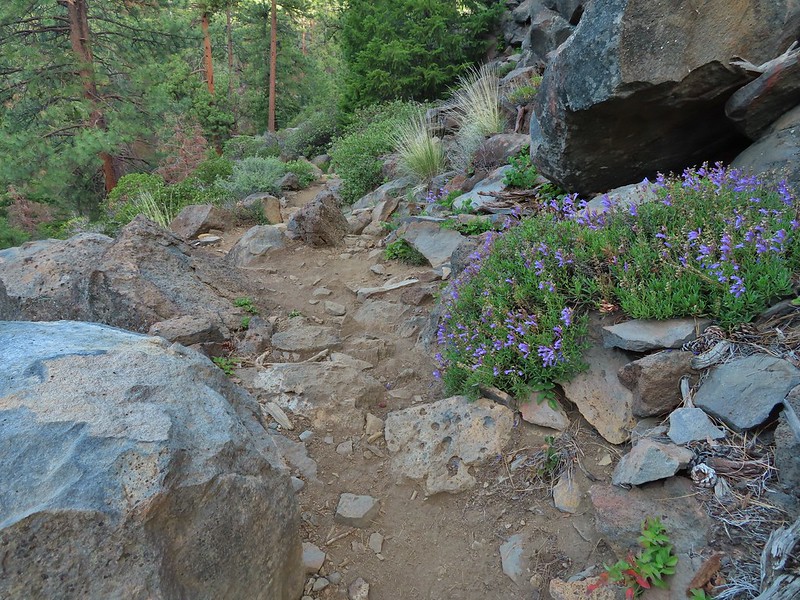

 The penstemon really liked the cliff area.
The penstemon really liked the cliff area.
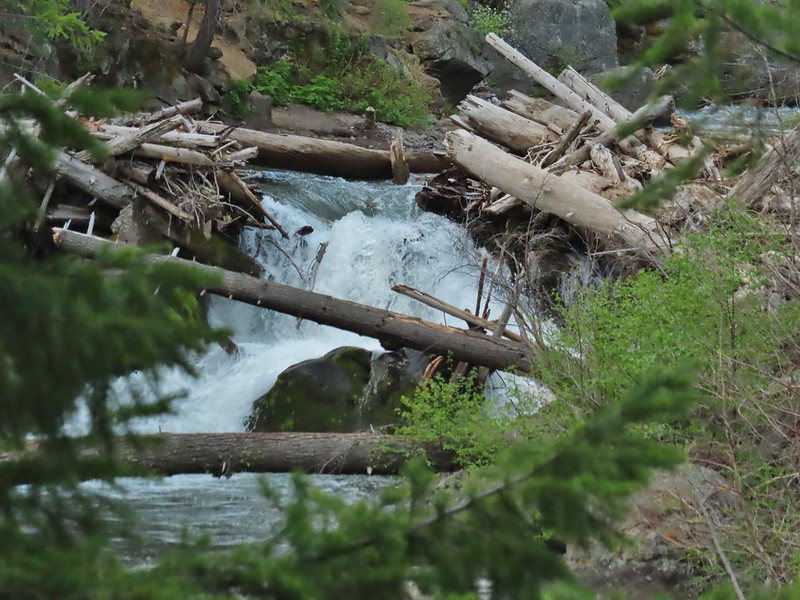





 Mt. Hood sighting.
Mt. Hood sighting.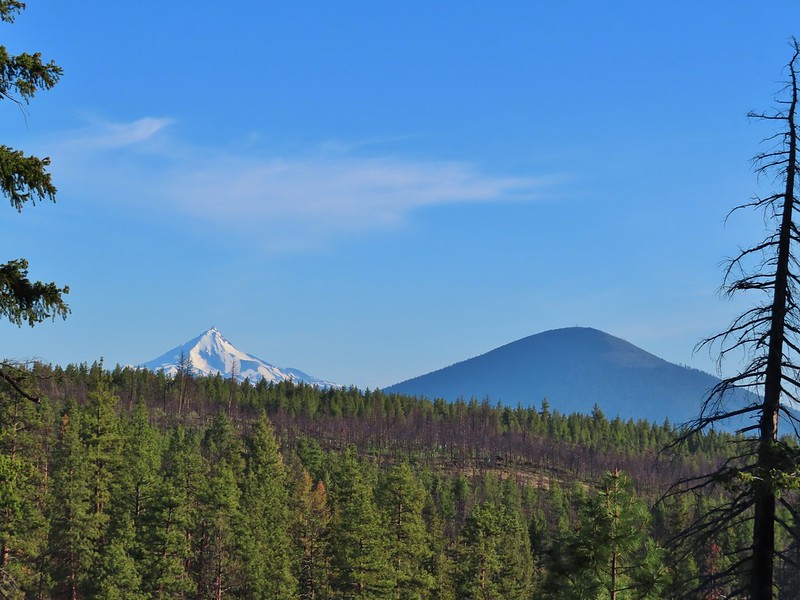 Mt. Jefferson and Black Butte
Mt. Jefferson and Black Butte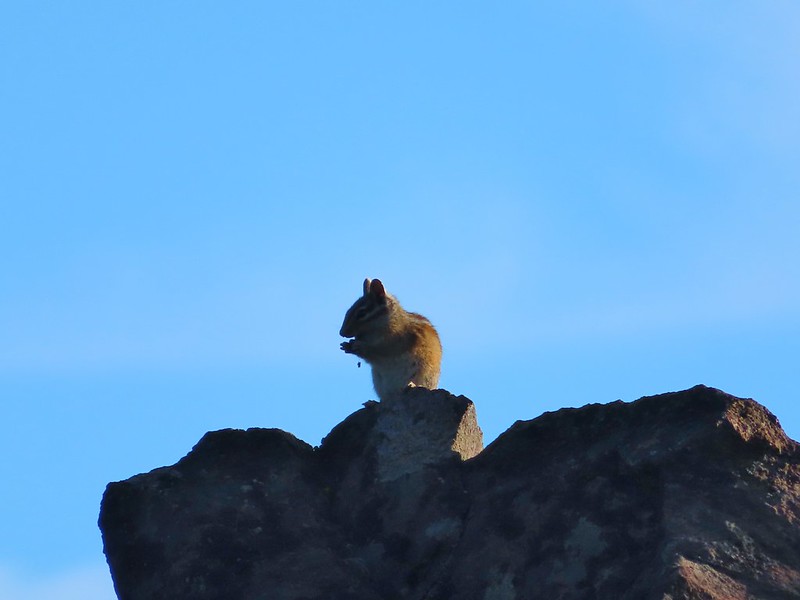 Chipmunk
Chipmunk White breasted nuthatch
White breasted nuthatch Golden mantled ground squirrel
Golden mantled ground squirrel
 Broken Top and the Three Sisters (bonus points for spotting the golden mantled ground squirrel)
Broken Top and the Three Sisters (bonus points for spotting the golden mantled ground squirrel) Lewis flax at the overlook.
Lewis flax at the overlook. Buckwheat and penstemon
Buckwheat and penstemon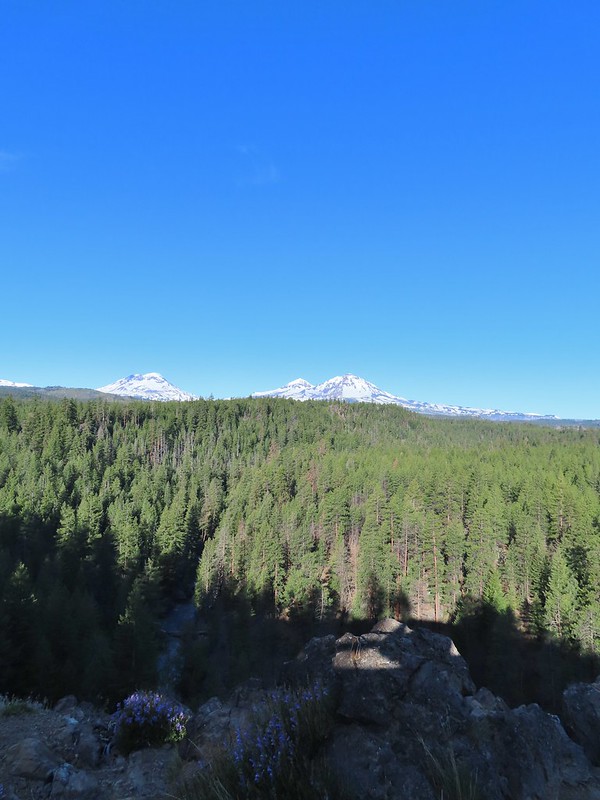 Whychus Creek below with the Three Sisters on the horizon.
Whychus Creek below with the Three Sisters on the horizon. Tam McArthur Rim (
Tam McArthur Rim (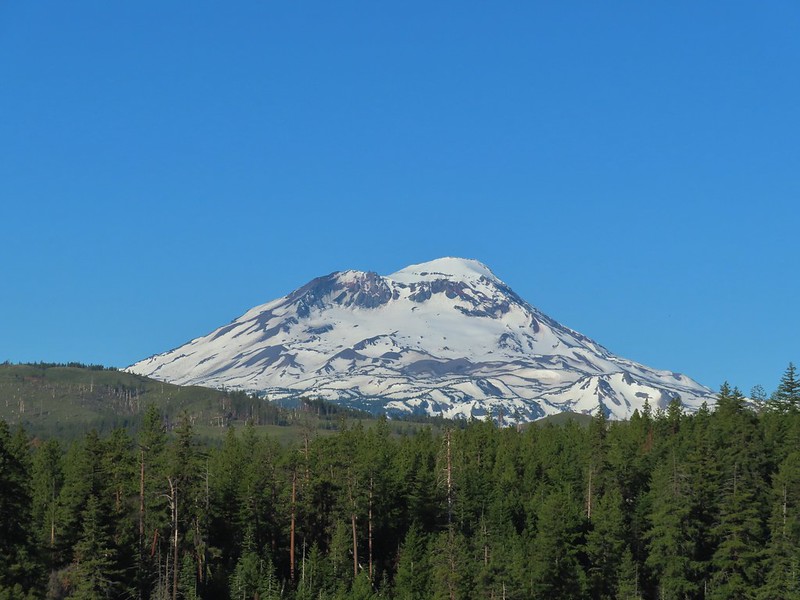 South Sister
South Sister Middle and North Sister
Middle and North Sister Mt. Washington
Mt. Washington Three Fingered Jack
Three Fingered Jack Mt. Jefferson
Mt. Jefferson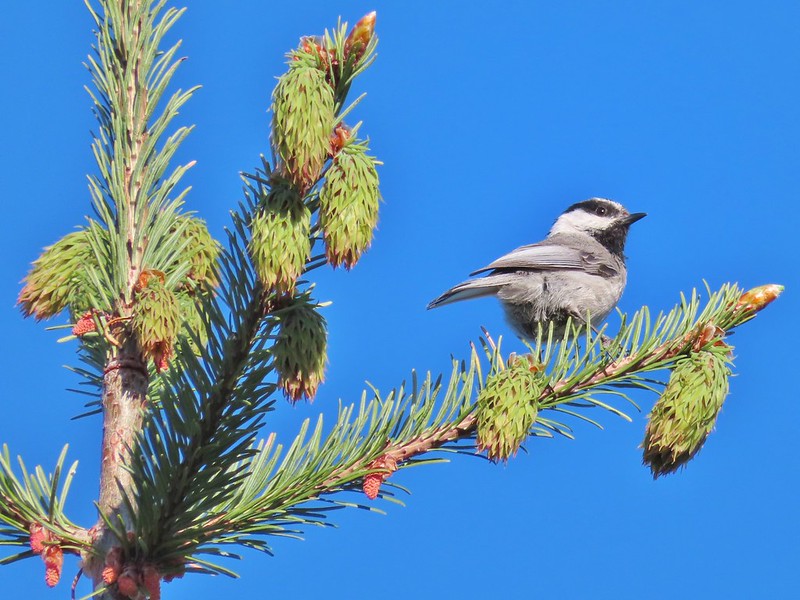 Chickadee
Chickadee

 Interpretive sign along the trail.
Interpretive sign along the trail. Mt. Washington, Three Fingered Jack, Mt. Jefferson, and Black Butte
Mt. Washington, Three Fingered Jack, Mt. Jefferson, and Black Butte
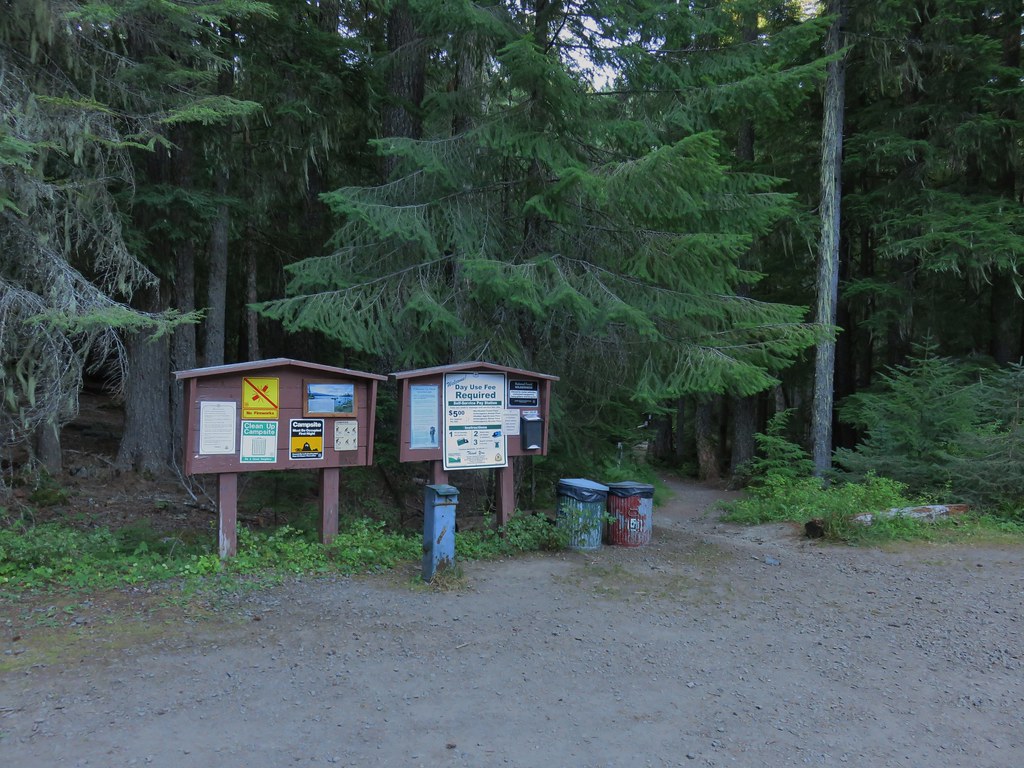





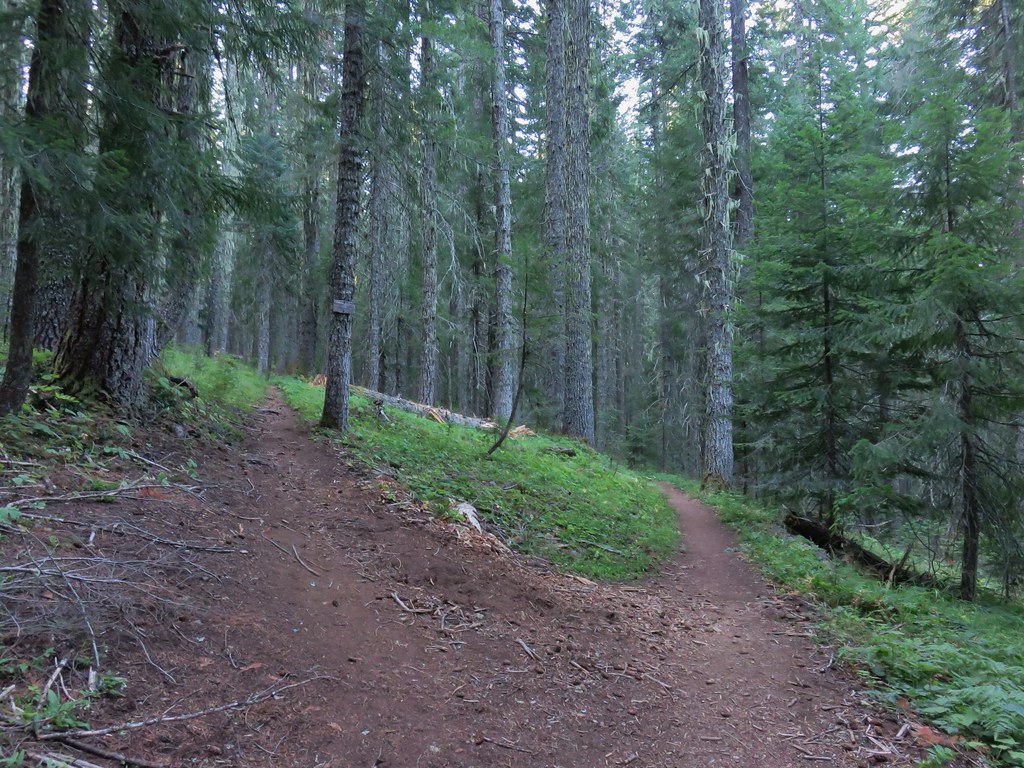
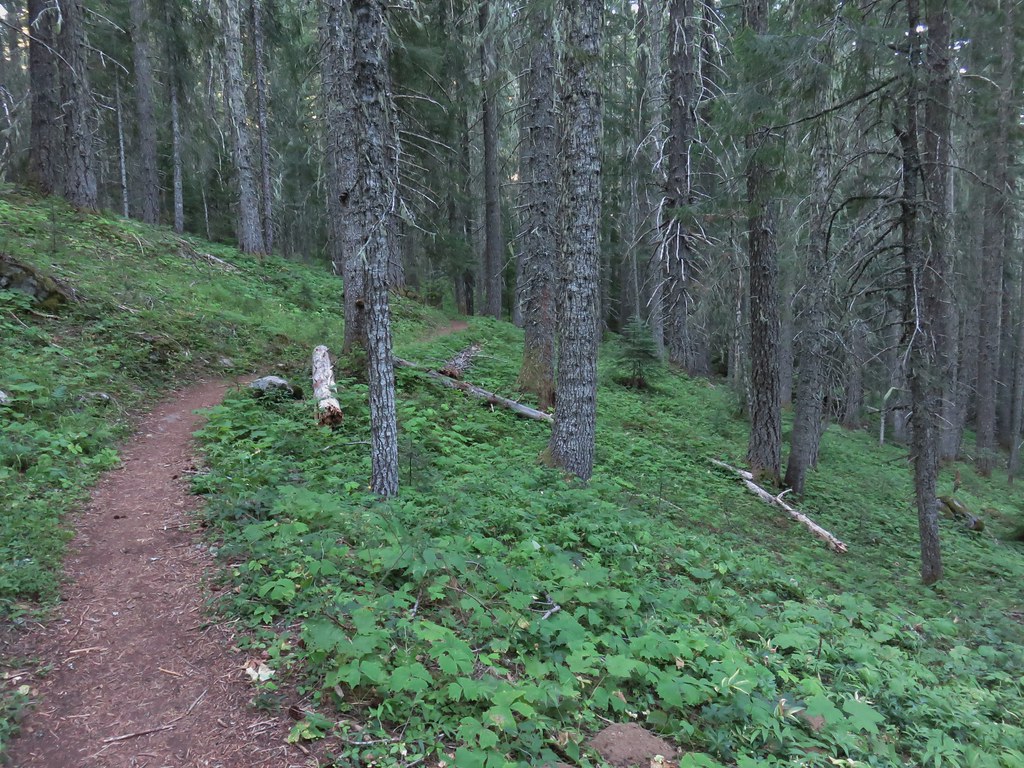

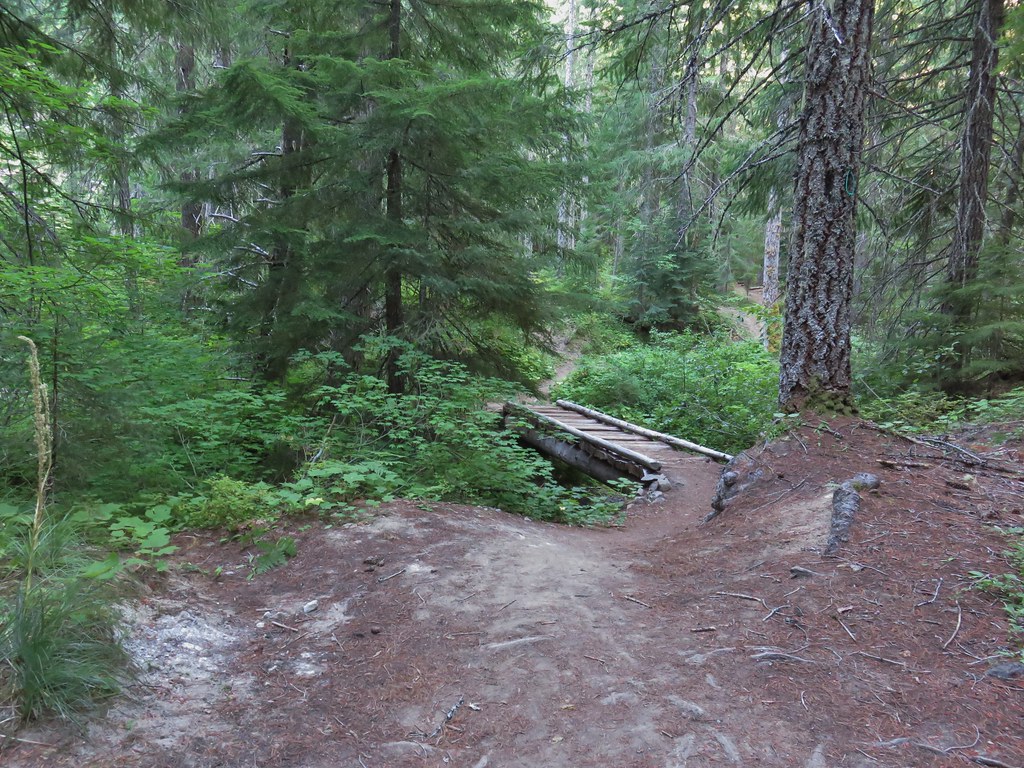
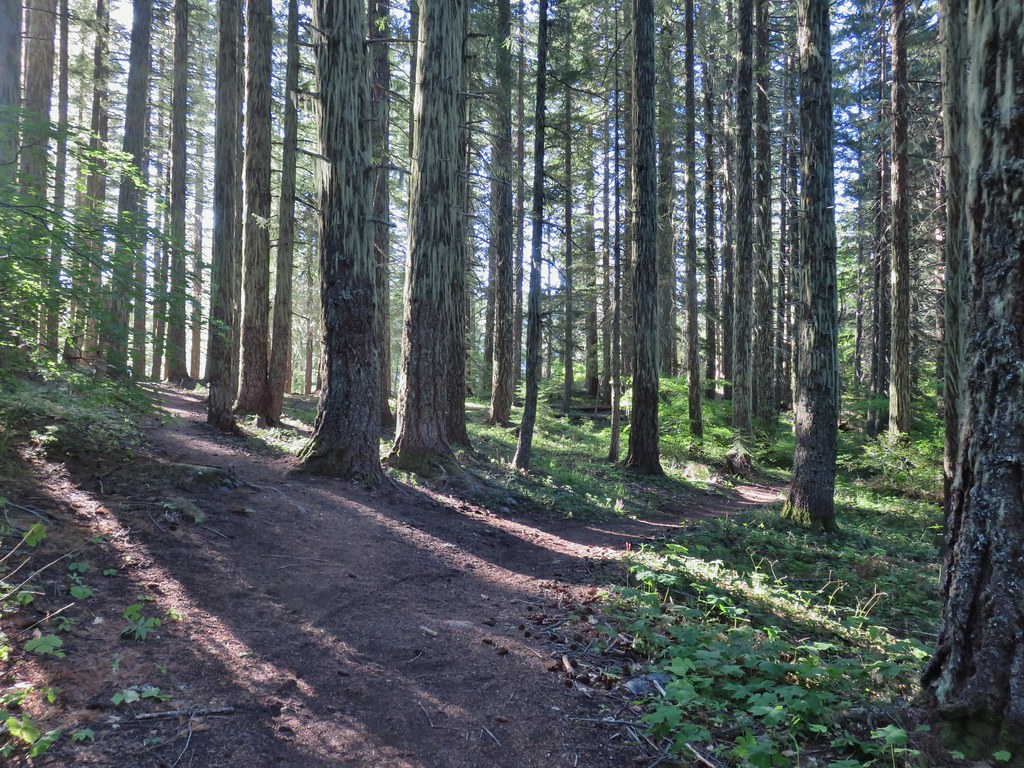
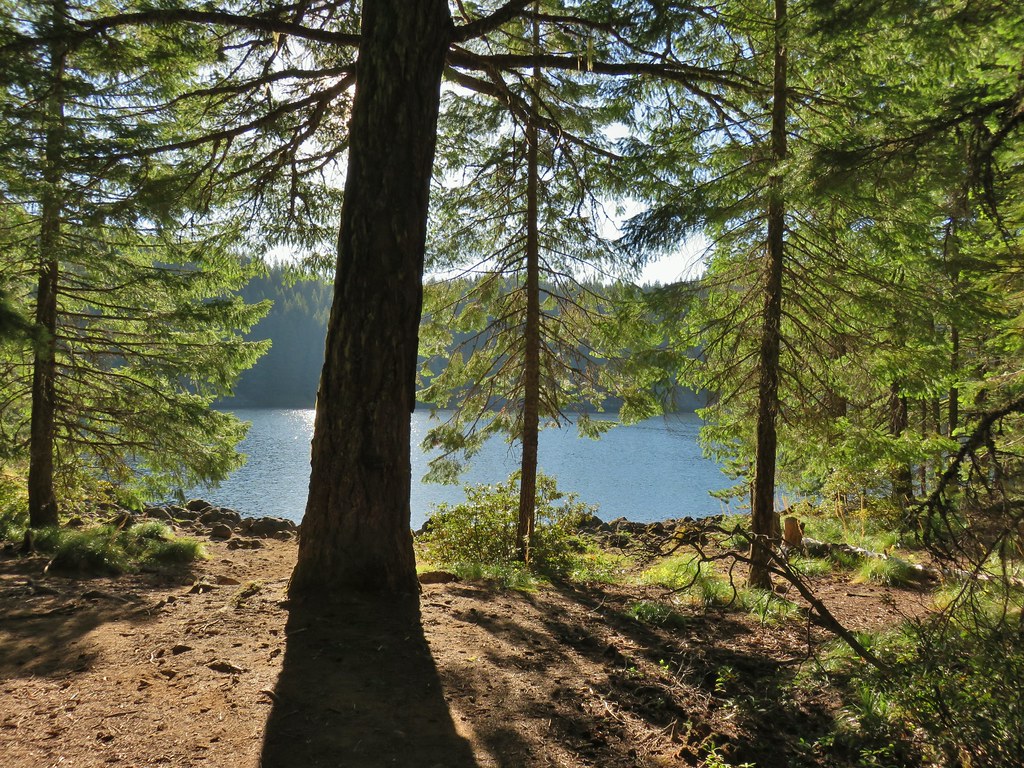

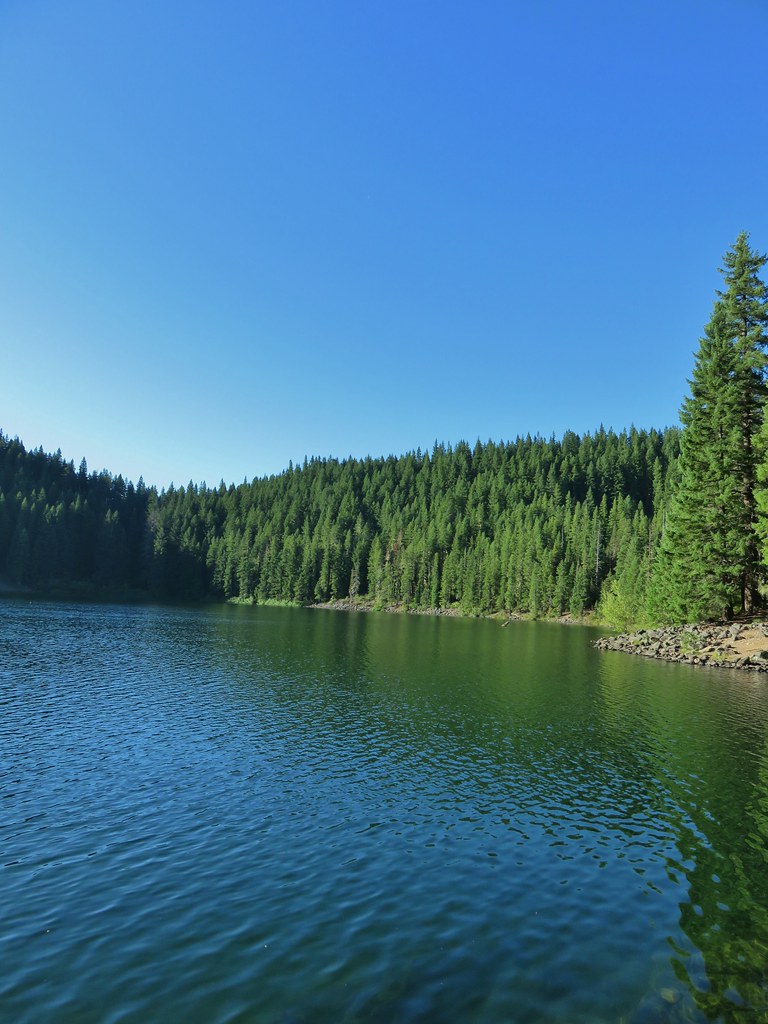


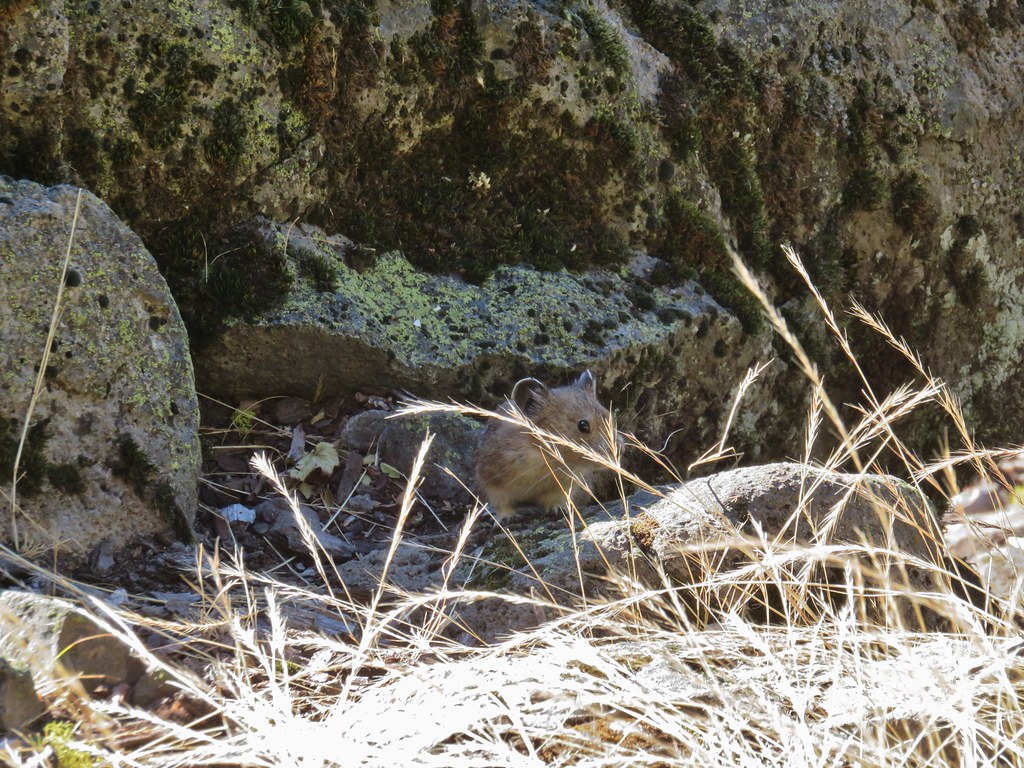


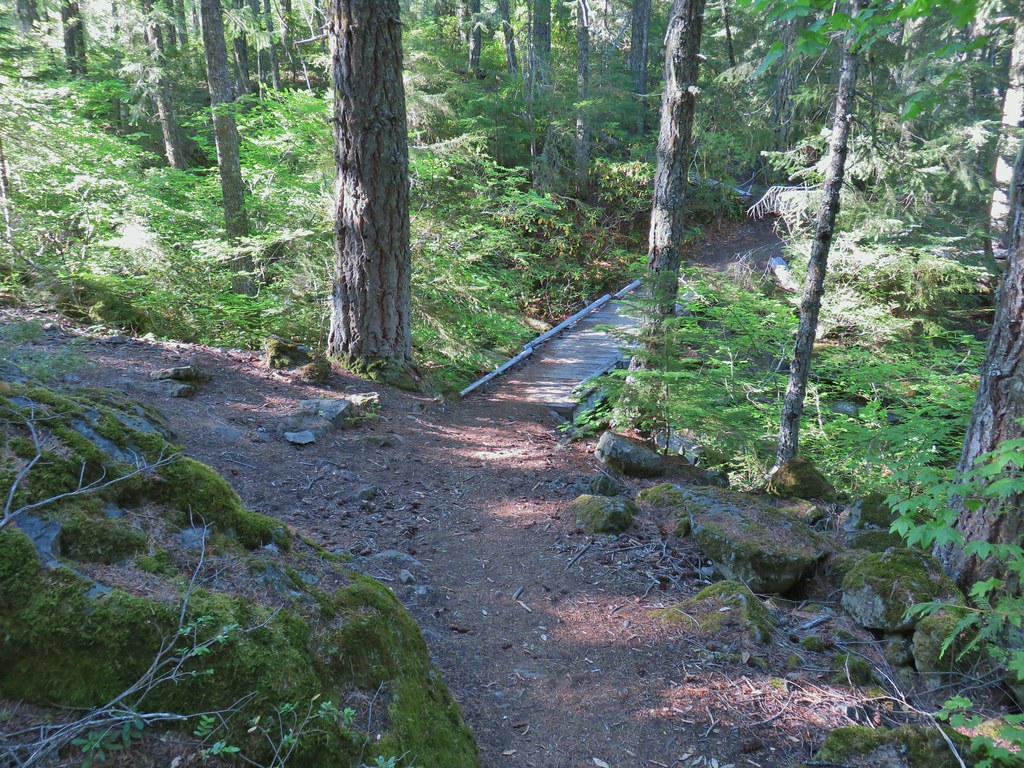
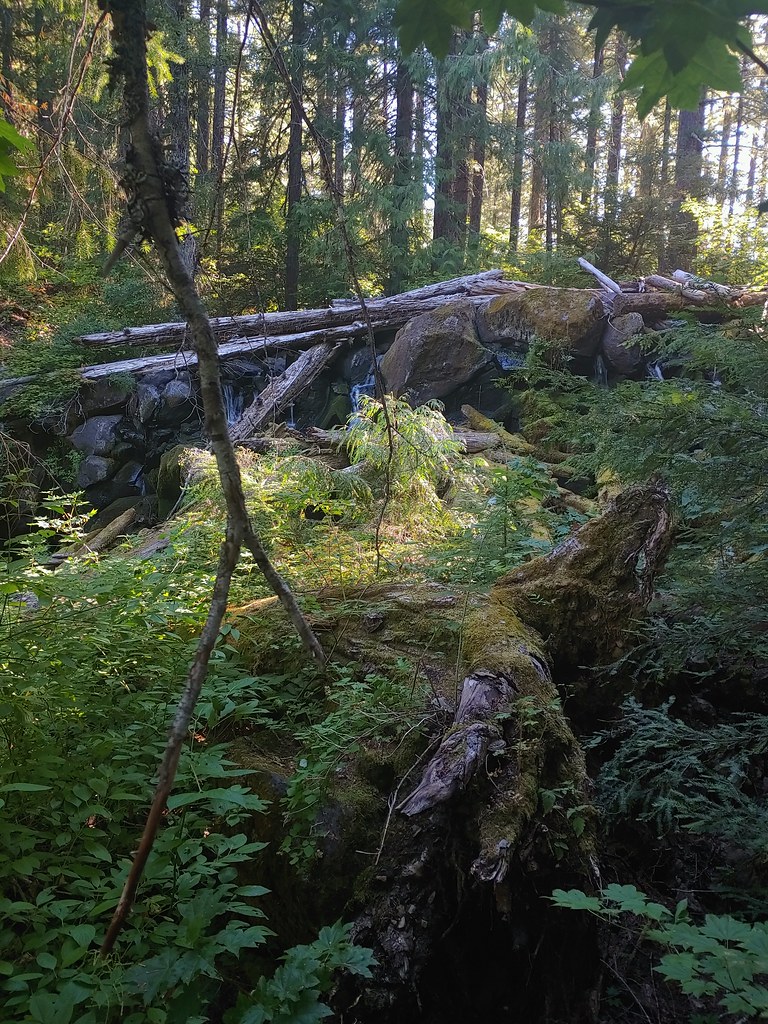
 Lower Erma Bell Lake from the climb.
Lower Erma Bell Lake from the climb.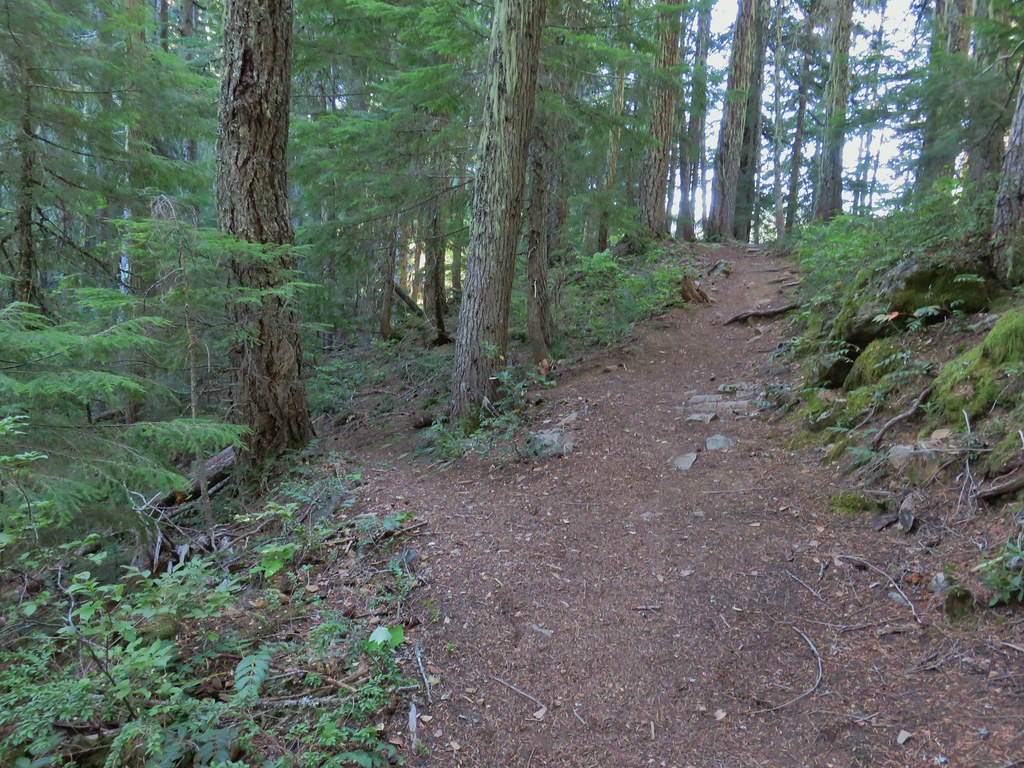
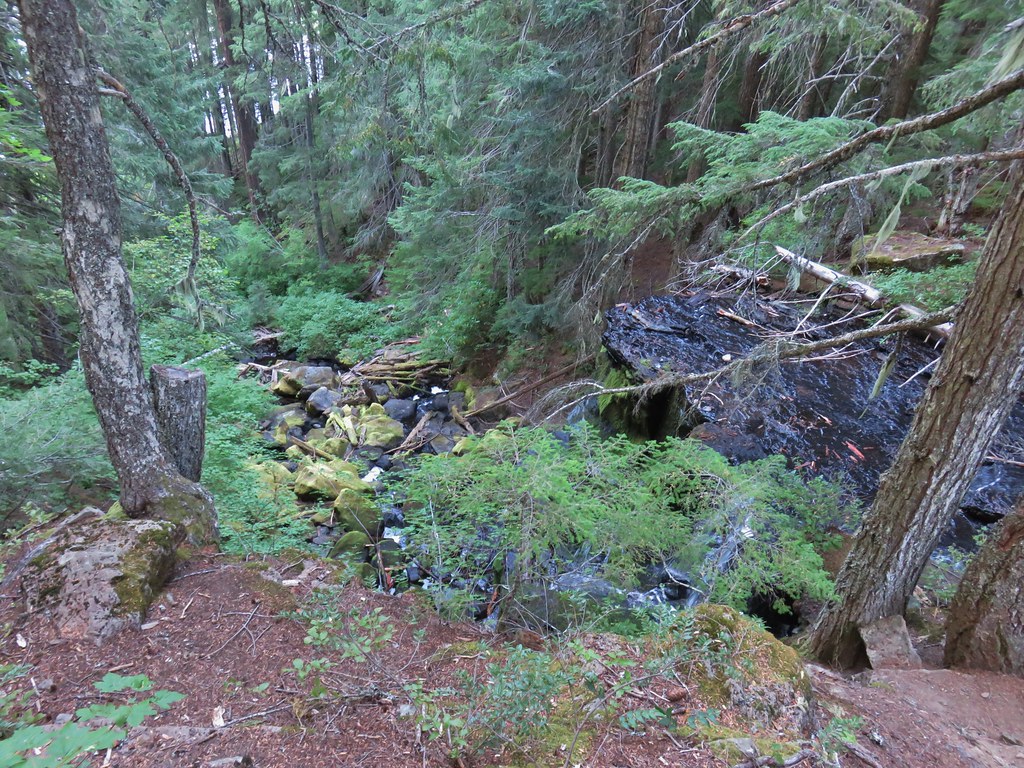 Above the falls.
Above the falls.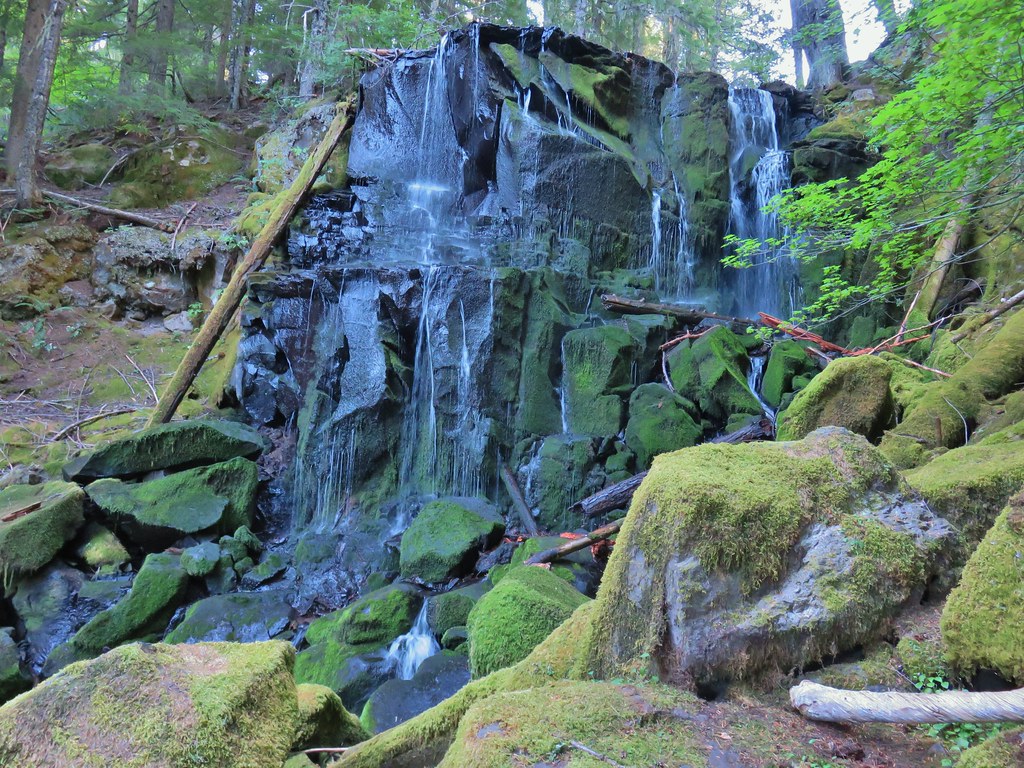
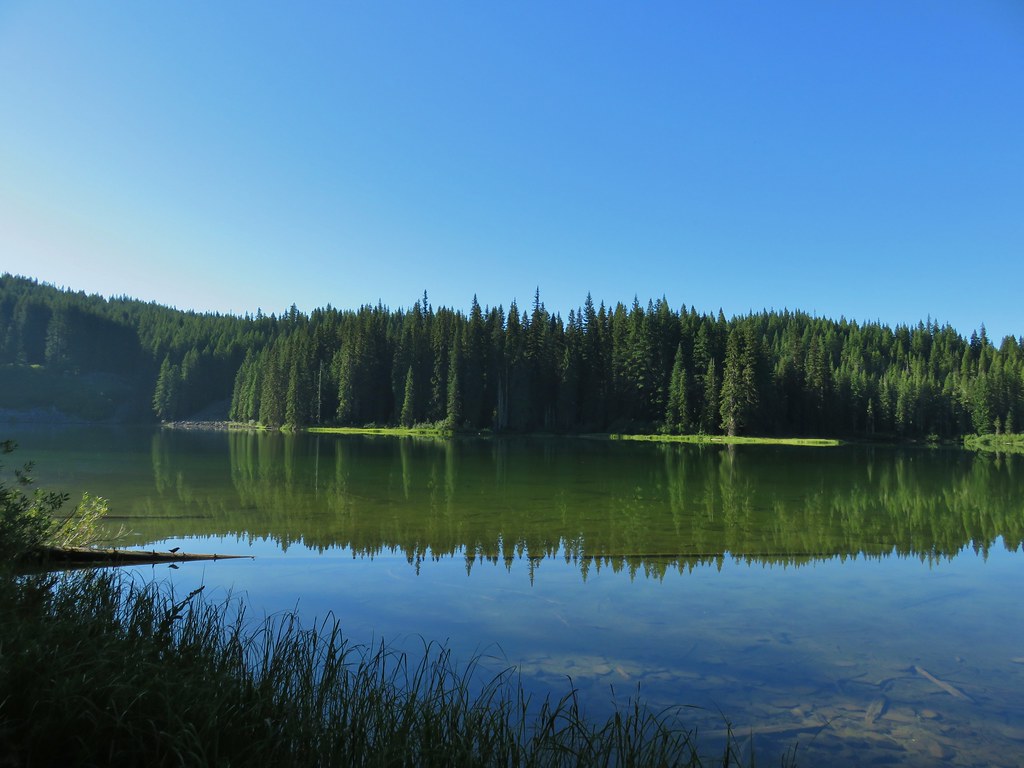

 Ouzel
Ouzel Ducks
Ducks Pond along the trail.
Pond along the trail. Spur trail on the right to Upper Erma Bell Lakes.
Spur trail on the right to Upper Erma Bell Lakes. Paintbrush and aster along the lake shore.
Paintbrush and aster along the lake shore.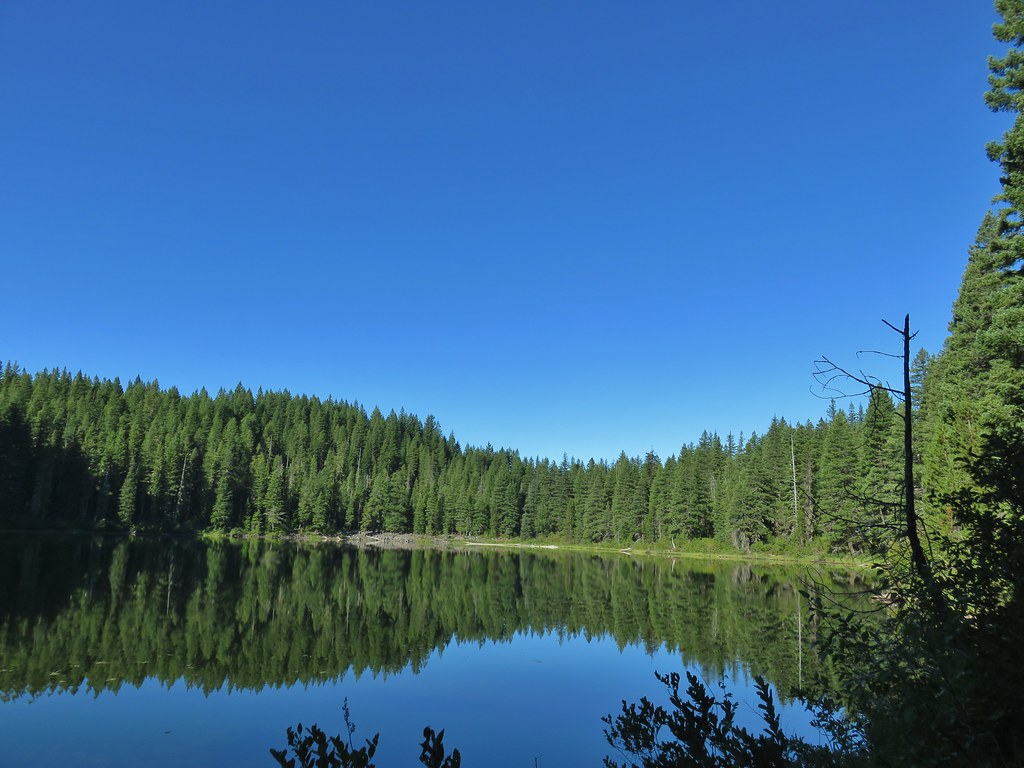 Upper Erma Bell Lake
Upper Erma Bell Lake Lupine and paintrbush
Lupine and paintrbush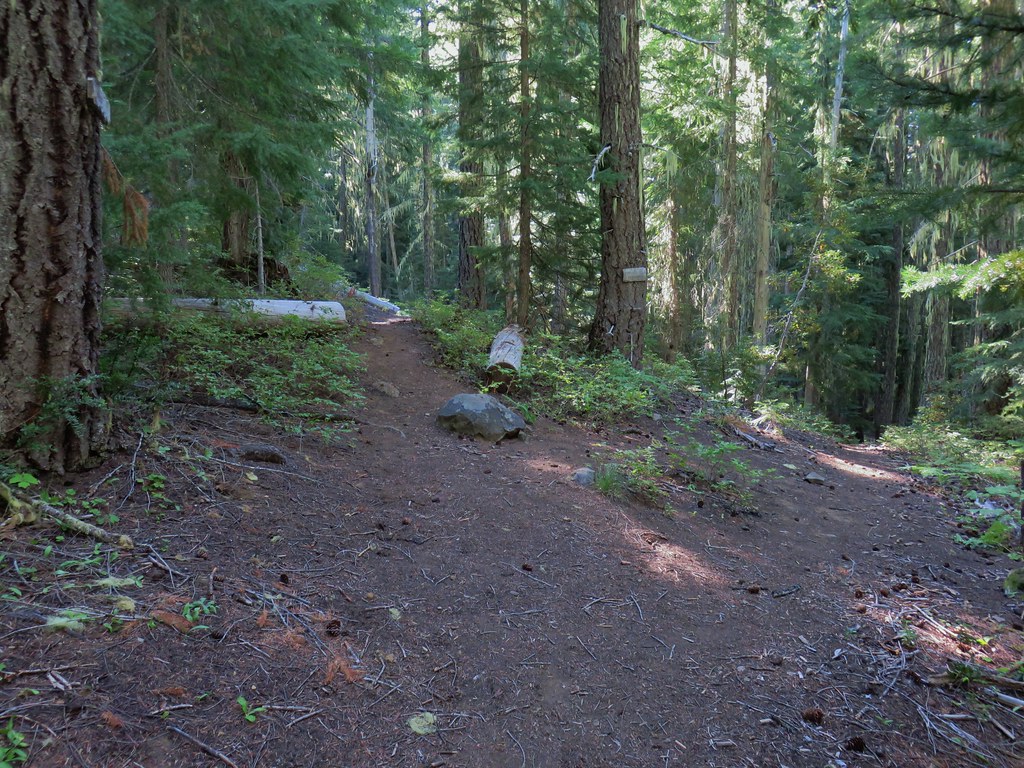 Judy Lake Trail on the right.
Judy Lake Trail on the right.
 Williams Lake Trail joining from the right.
Williams Lake Trail joining from the right. Grouse giving us the what for from a tree.
Grouse giving us the what for from a tree.
 Williams Lake
Williams Lake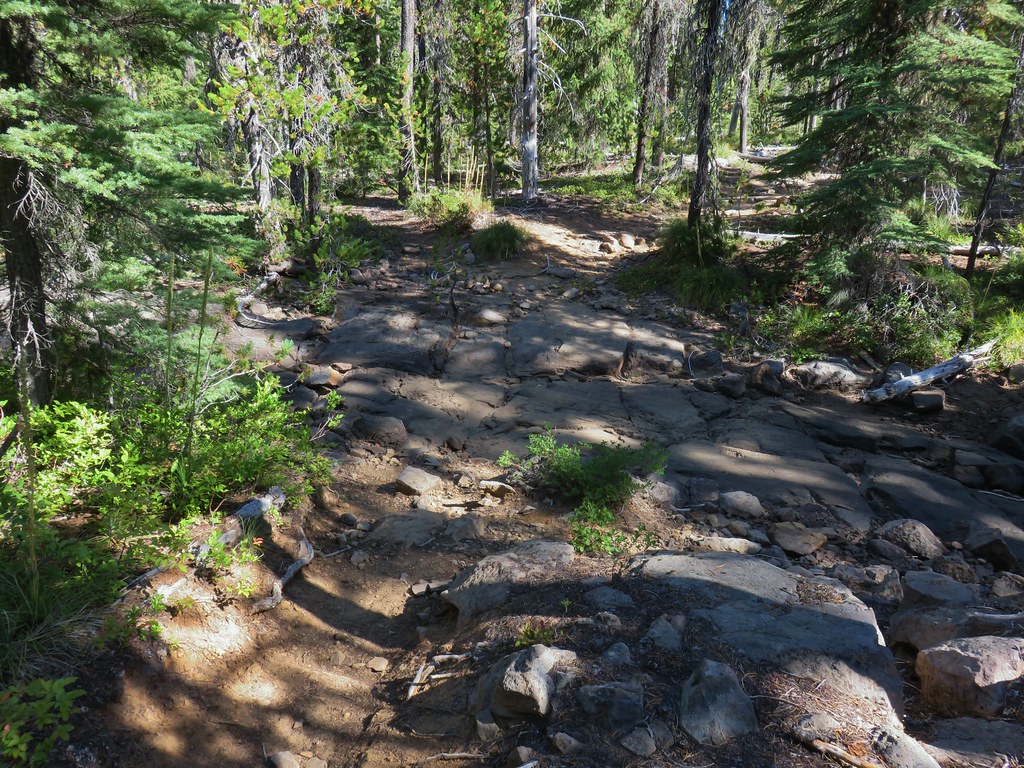 Dry creek bed near Williams Lake.
Dry creek bed near Williams Lake.

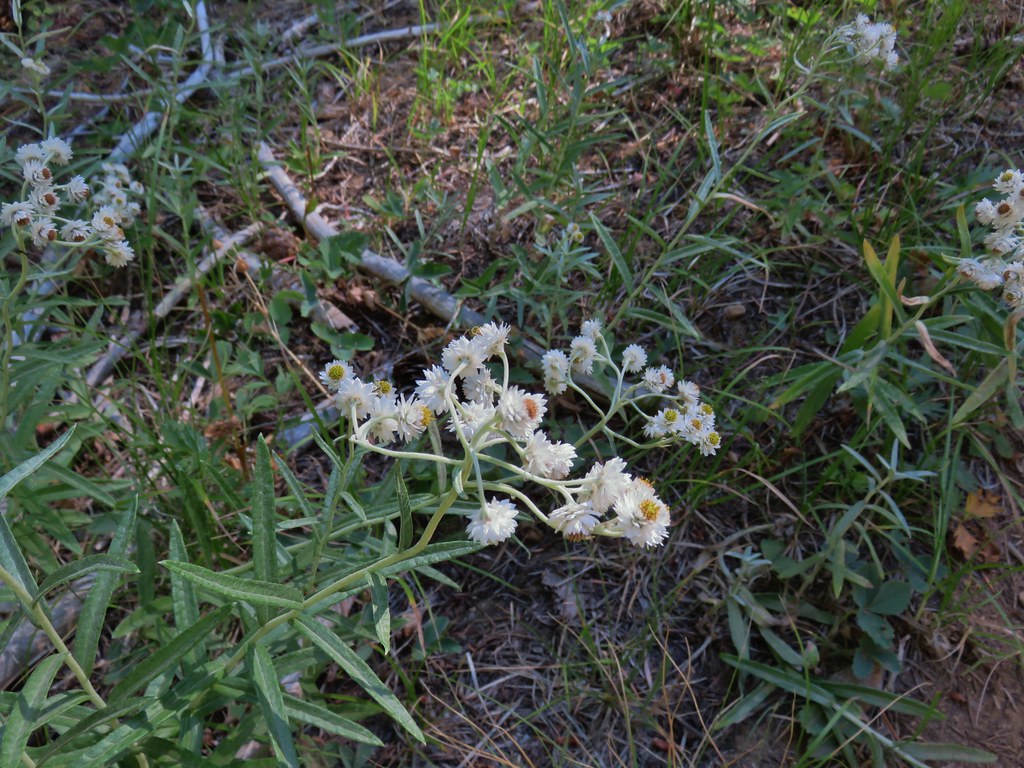 Pearly everlasting
Pearly everlasting Fleabane
Fleabane Prince’s pine
Prince’s pine Mushroom
Mushroom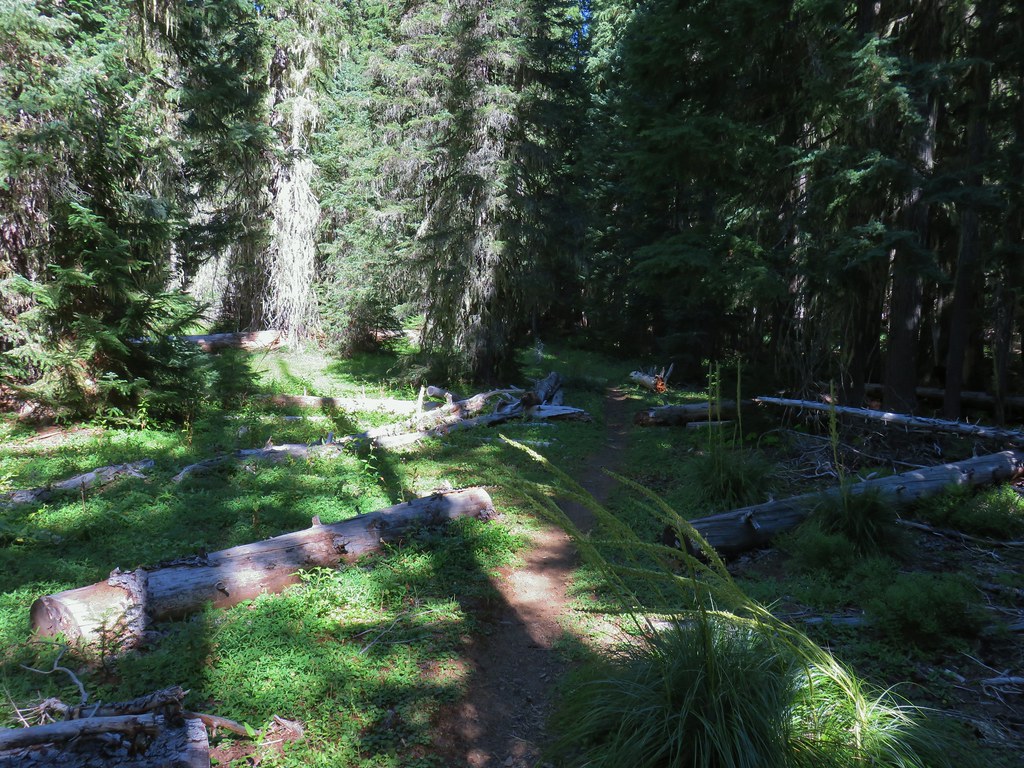
 Aster
Aster
 Coneflower
Coneflower
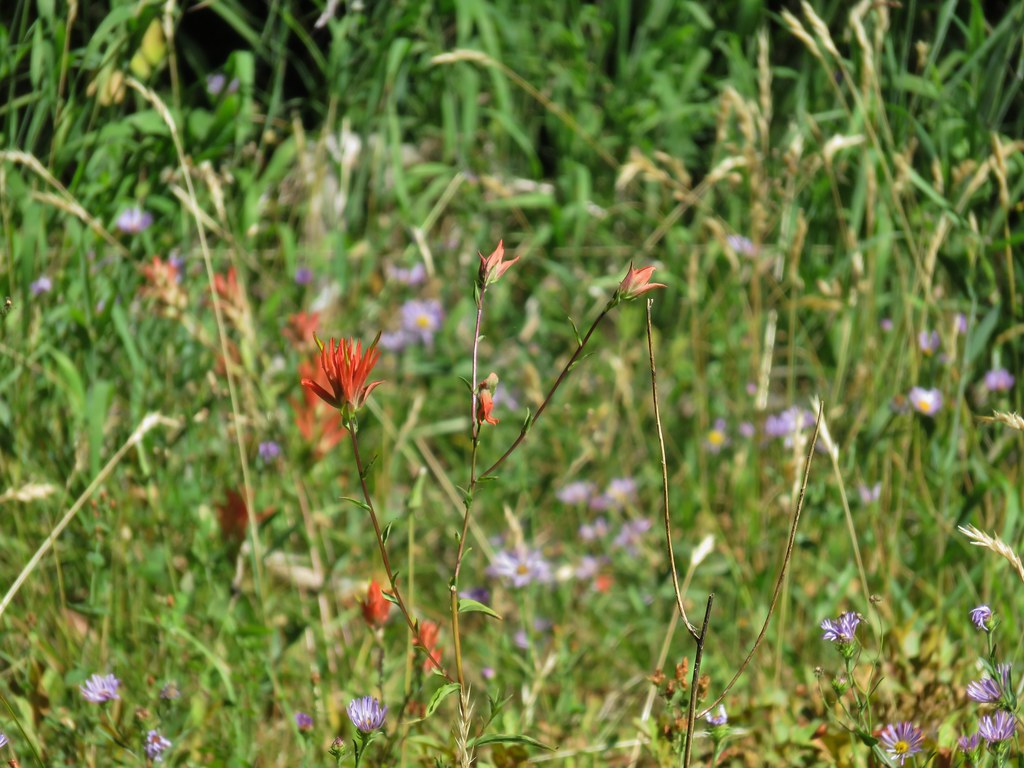 Paintbrush
Paintbrush
 Paintbrush
Paintbrush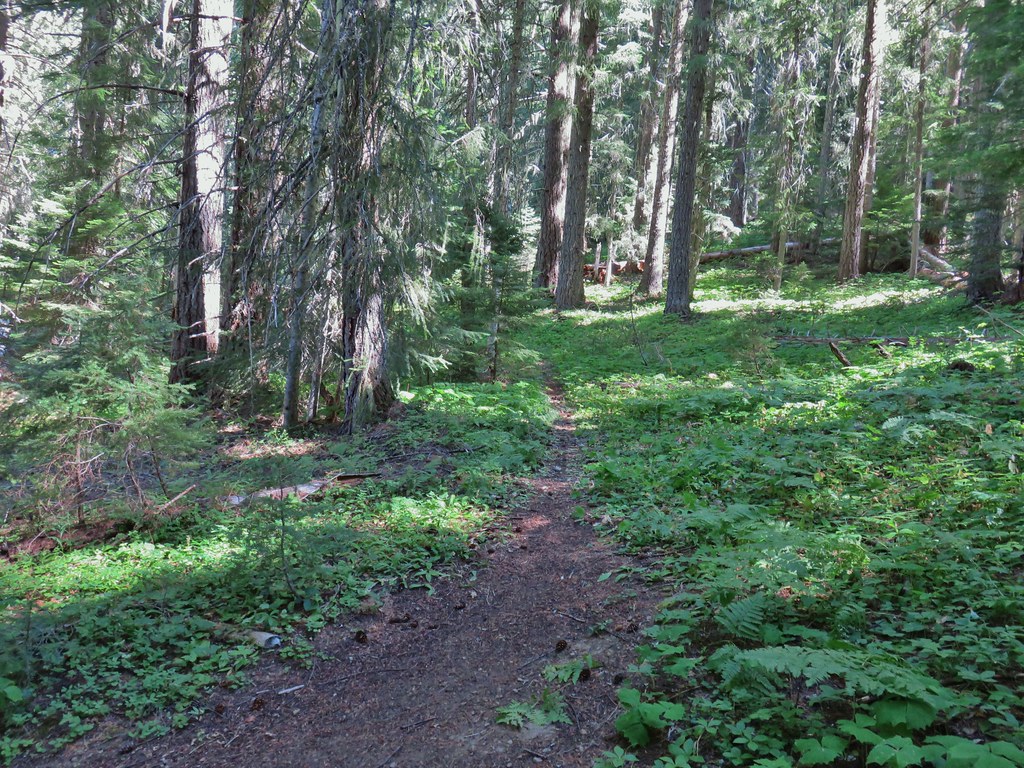

 Curious dragonfly
Curious dragonfly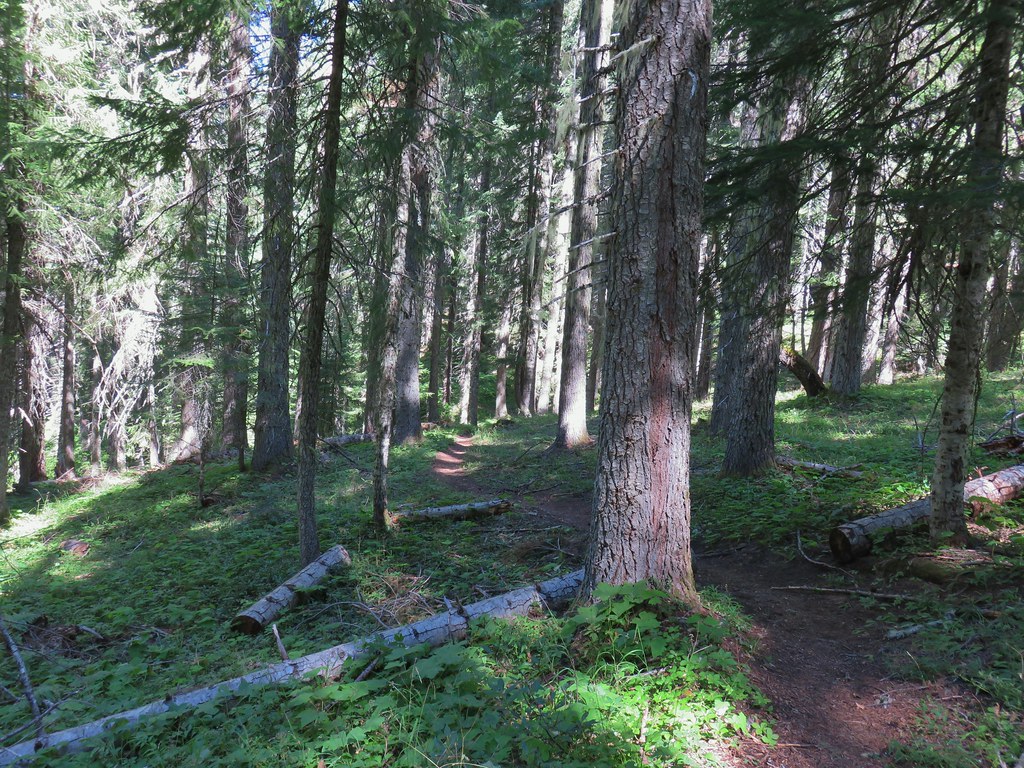
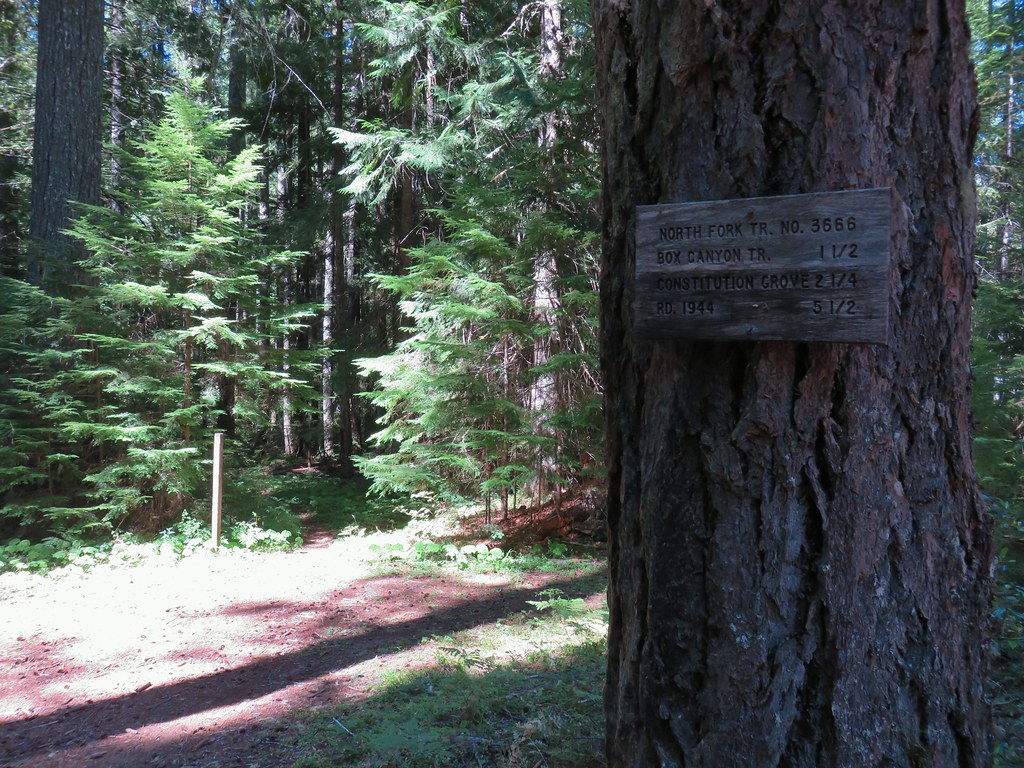




 Ghost Pipe aka Indian Pipe
Ghost Pipe aka Indian Pipe



 Arriving at Cedar Bog.
Arriving at Cedar Bog. One of a couple dry channels.
One of a couple dry channels. North Fork Middle Fork
North Fork Middle Fork Flagging on a downed tree marking the continuation of the Shale Ridge Trail.
Flagging on a downed tree marking the continuation of the Shale Ridge Trail. North Fork Middle Fork at Cedar Bog
North Fork Middle Fork at Cedar Bog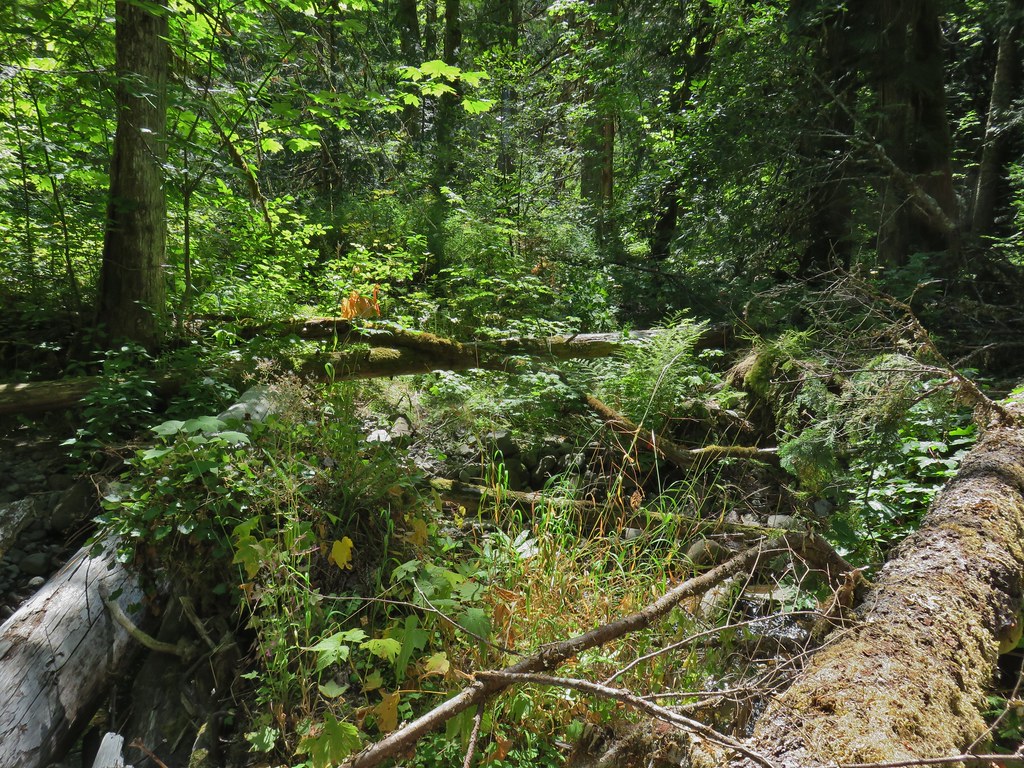 Orange flagging on the far side of the river.
Orange flagging on the far side of the river.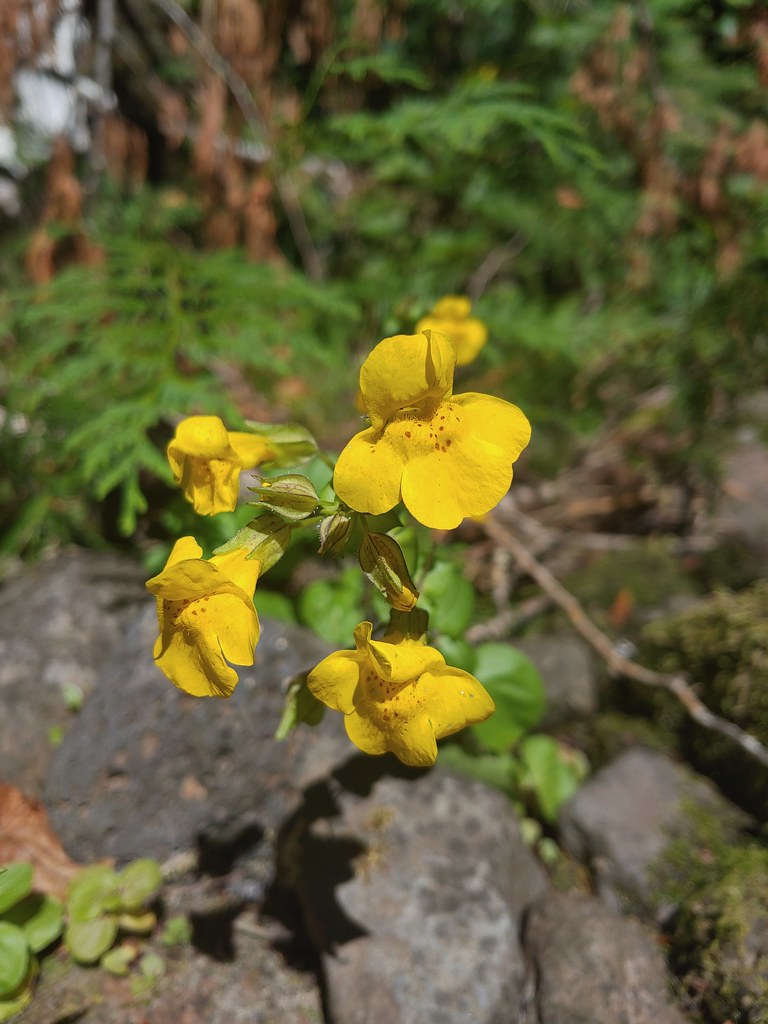 Monkeyflower at Cedar Bog
Monkeyflower at Cedar Bog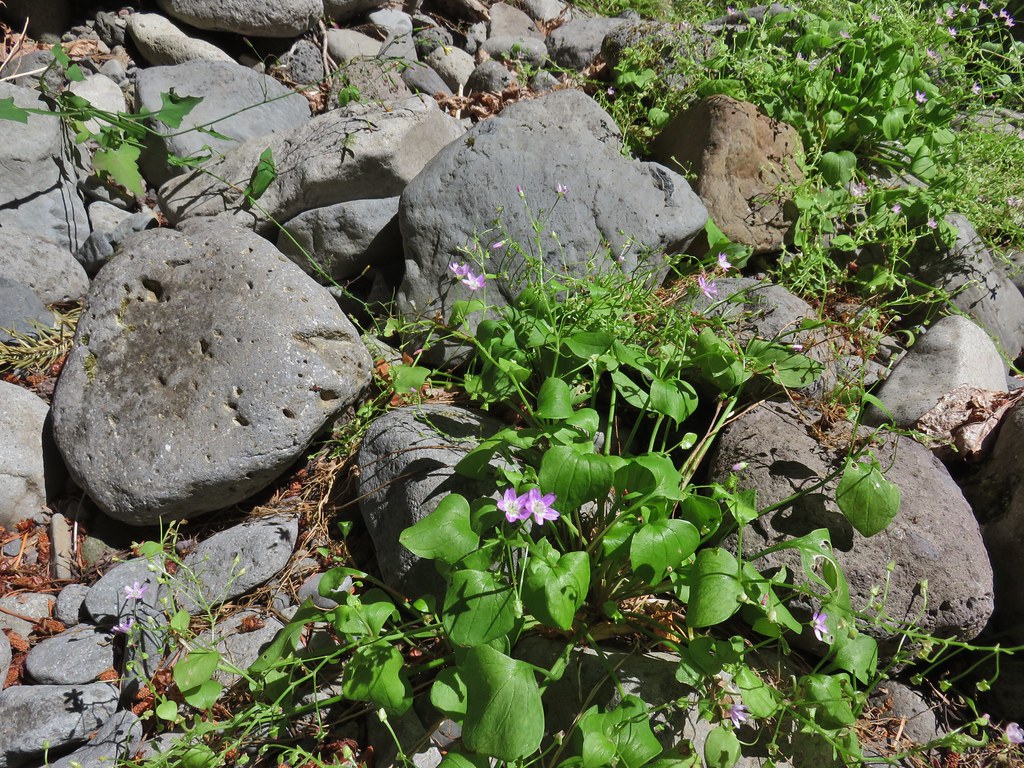 Candy flower
Candy flower



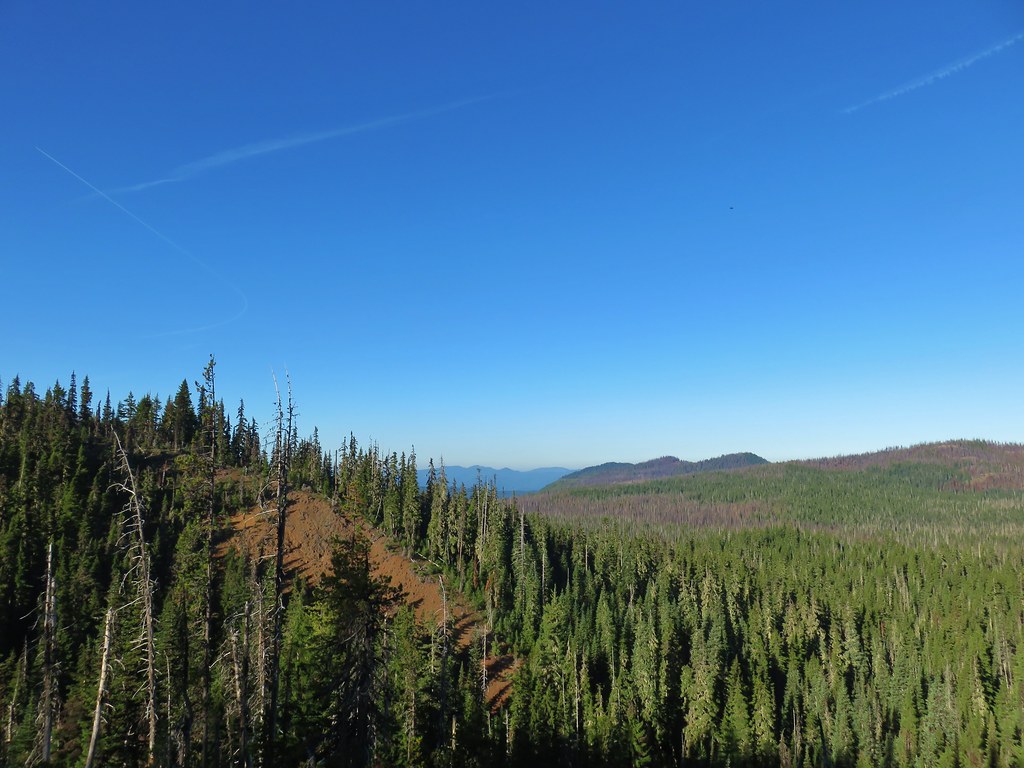

 Pinesap
Pinesap
 A very blurry deer spotted through the trees.
A very blurry deer spotted through the trees.
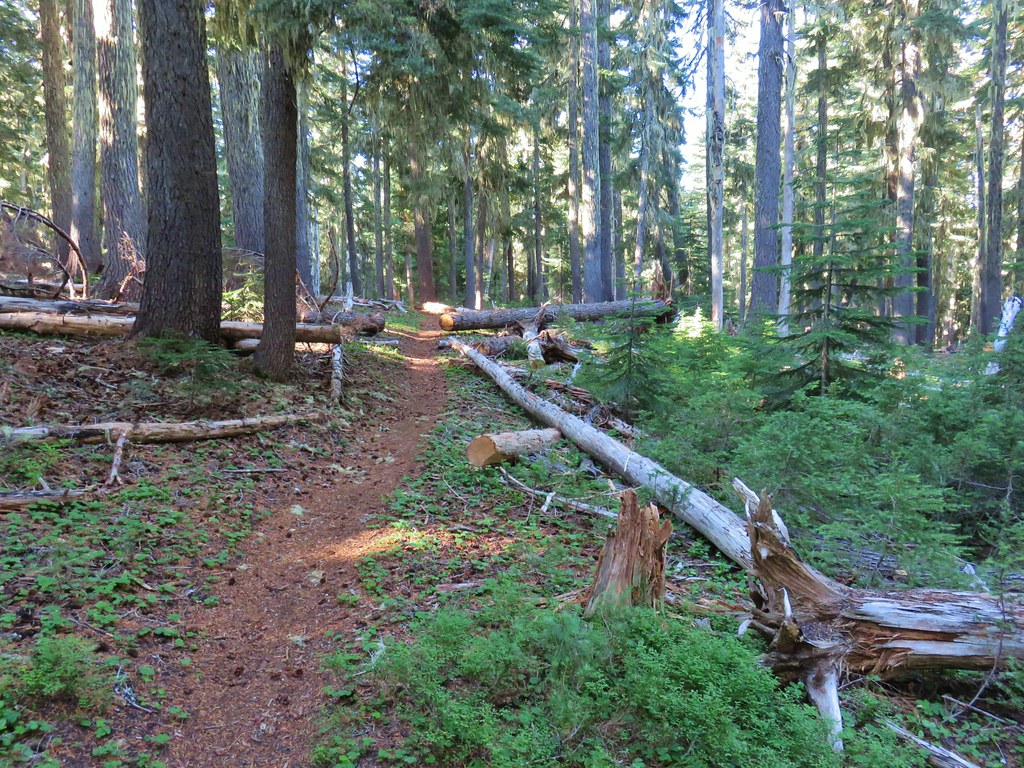

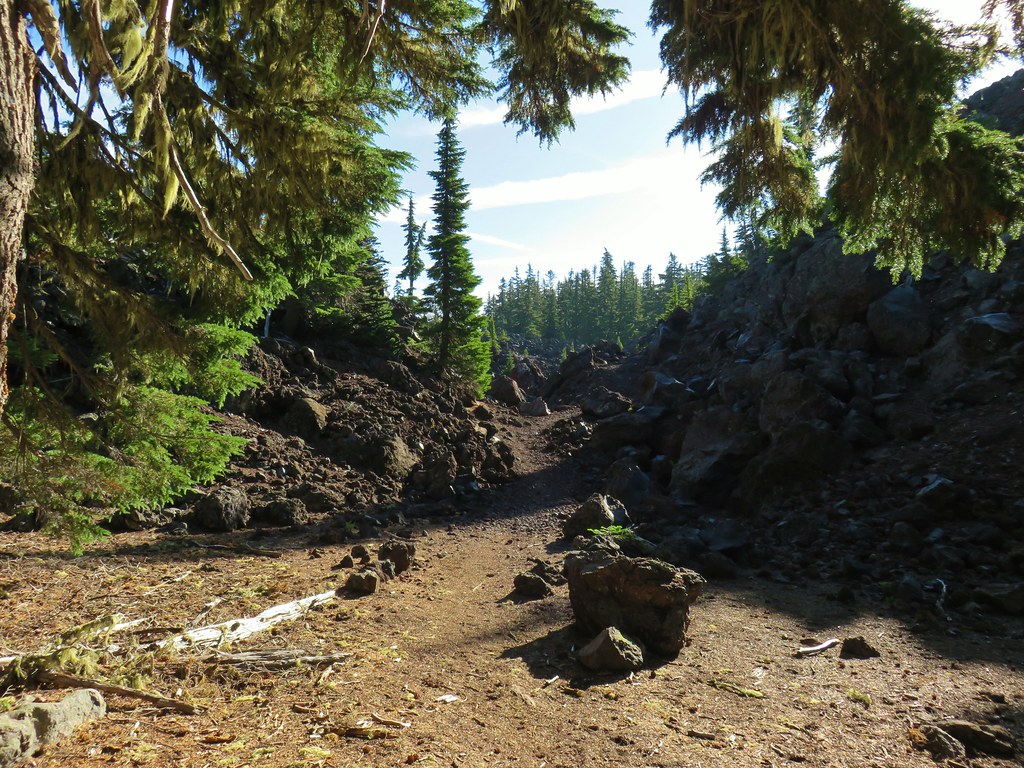
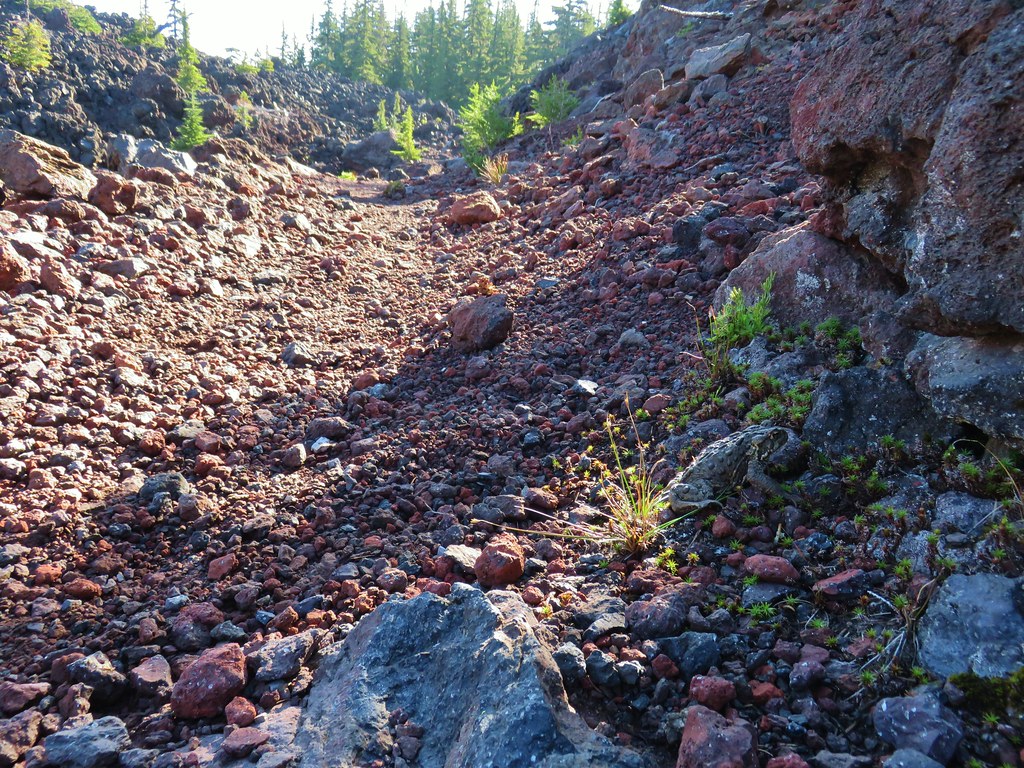
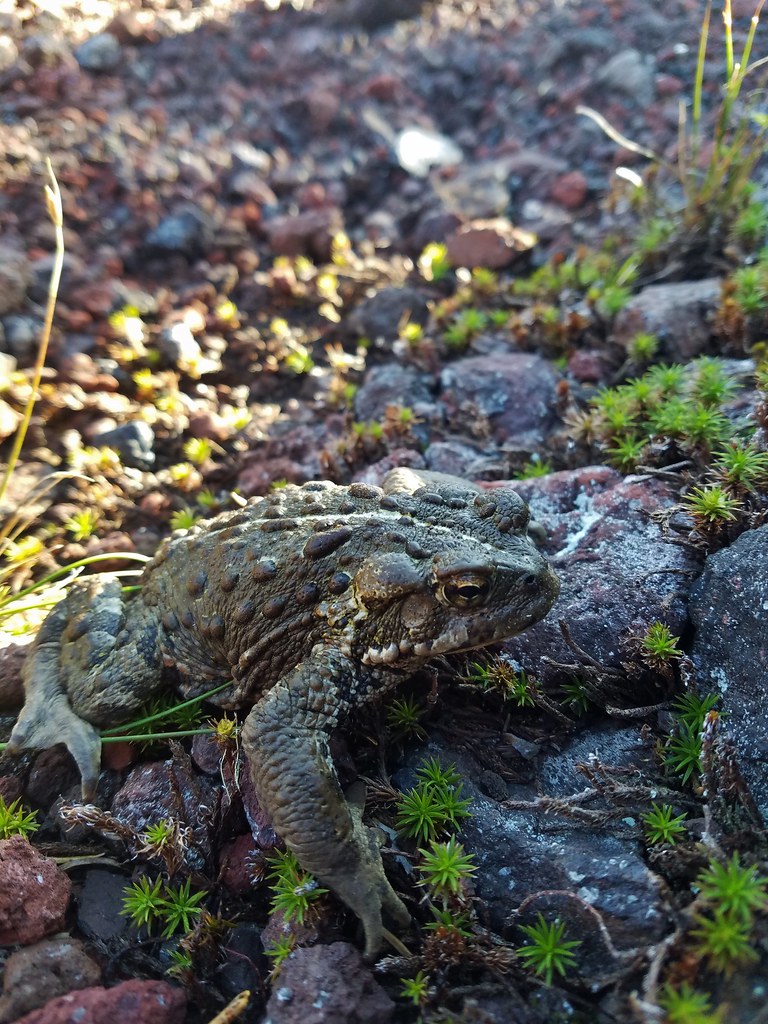


 North Sister
North Sister Middle Sister
Middle Sister More spies watching us.
More spies watching us.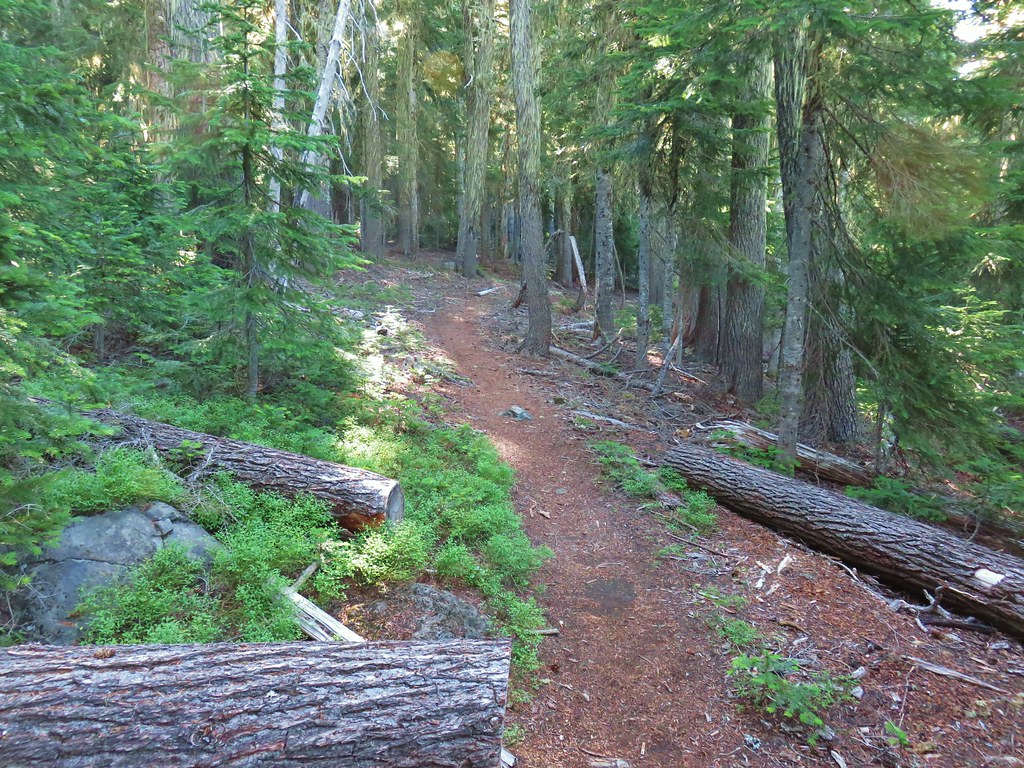


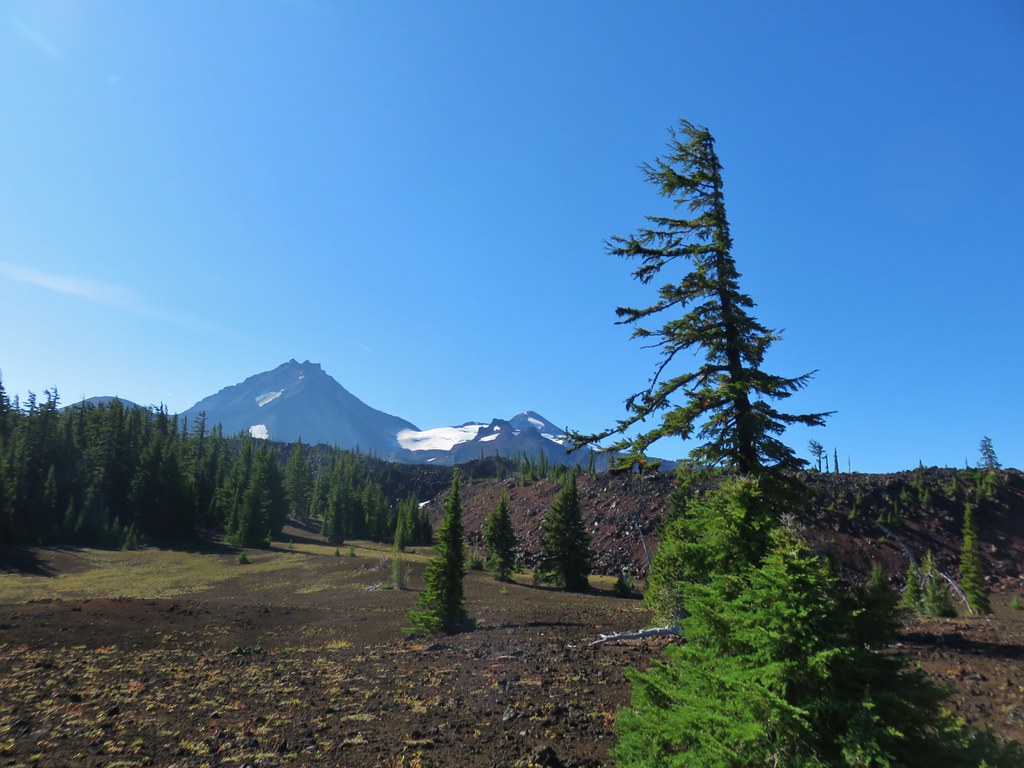 North and Middle Sister behind the Little Brother.
North and Middle Sister behind the Little Brother.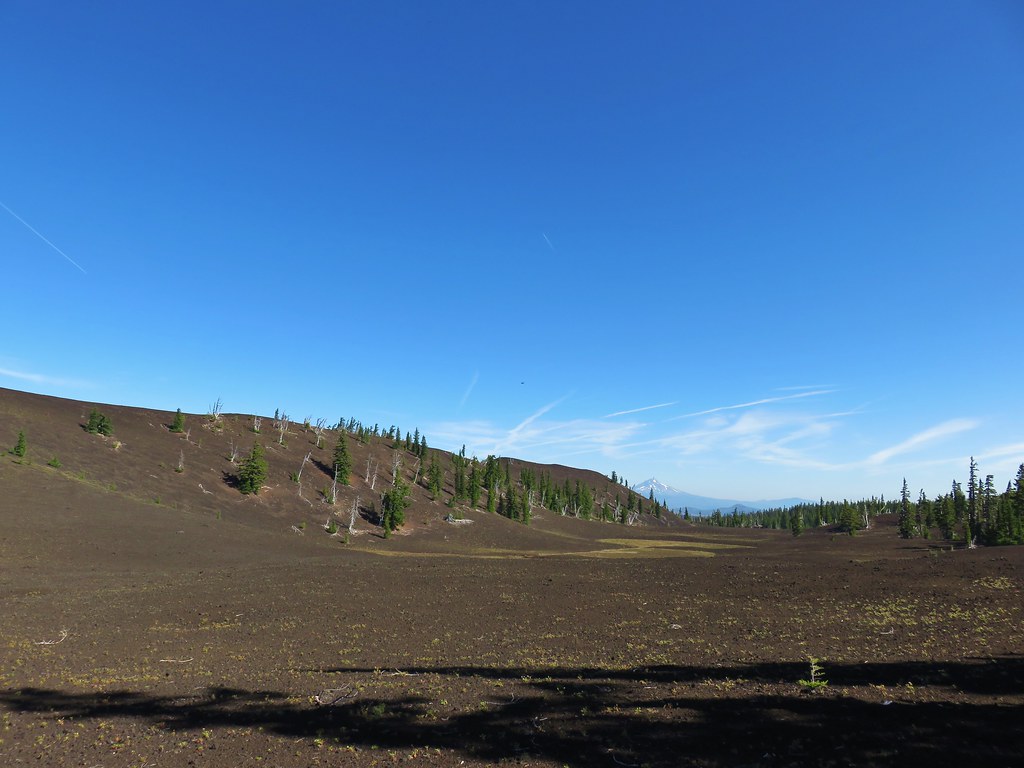 Mt. Jefferson beyond Four-In-One Cone
Mt. Jefferson beyond Four-In-One Cone Mt. Hood over the right shoulder of Mt. Jefferson.
Mt. Hood over the right shoulder of Mt. Jefferson.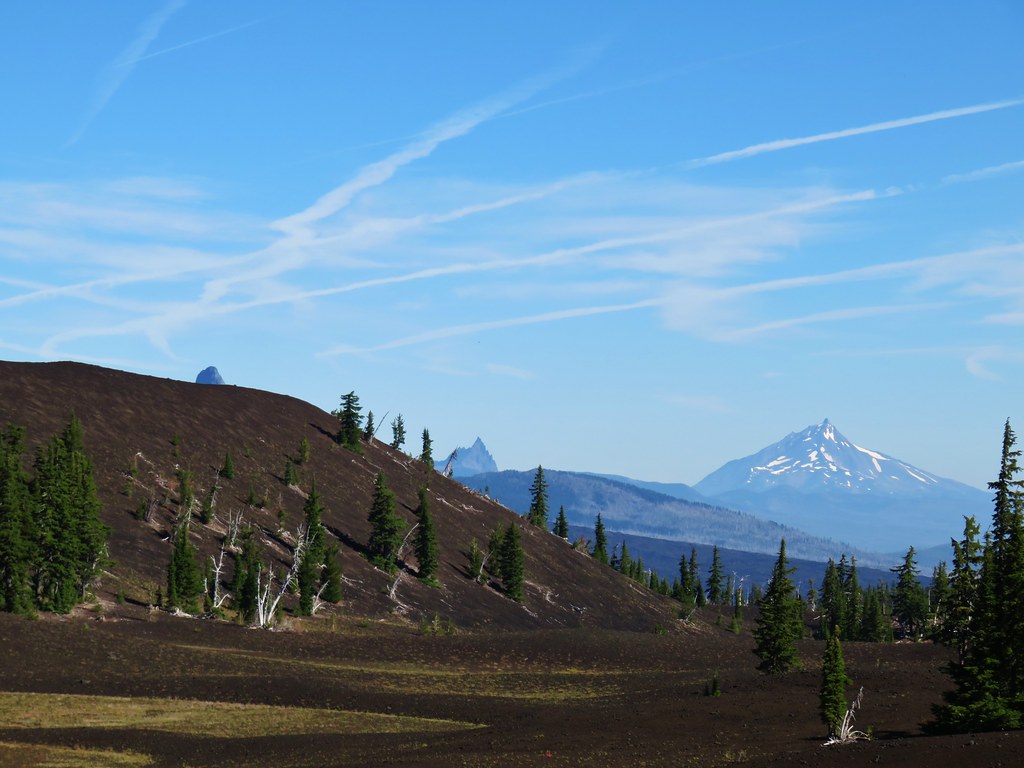 Mt. Washington’s spire behind the cone with Three Fingered Jack and Mt. Jefferson.
Mt. Washington’s spire behind the cone with Three Fingered Jack and Mt. Jefferson.
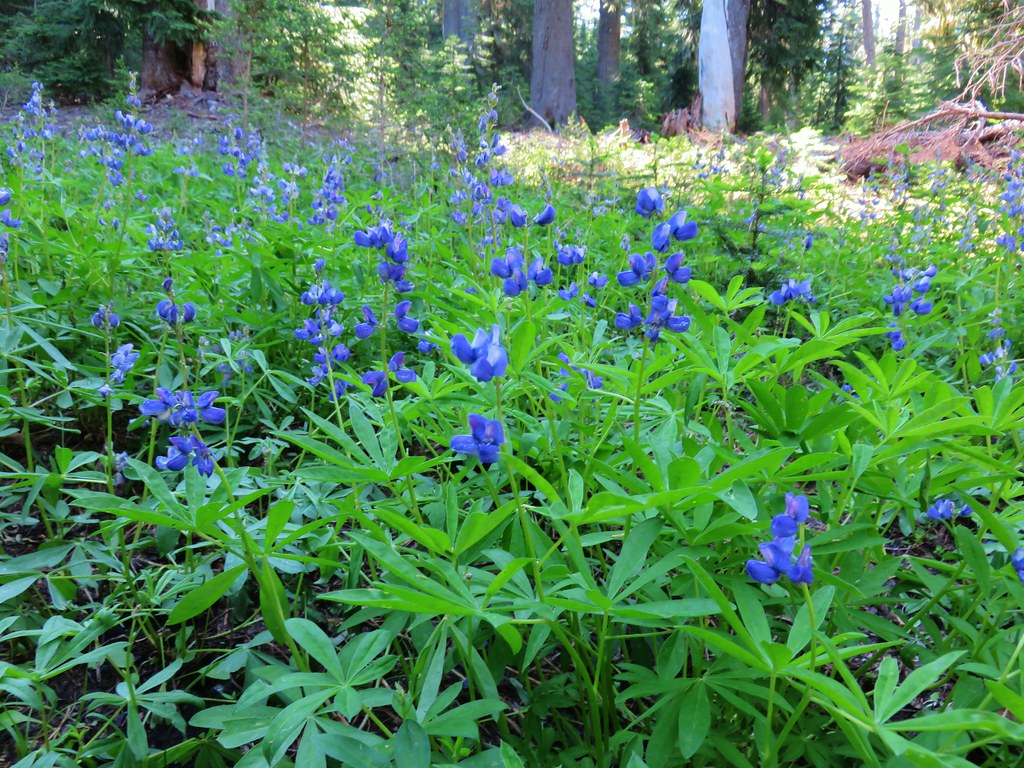
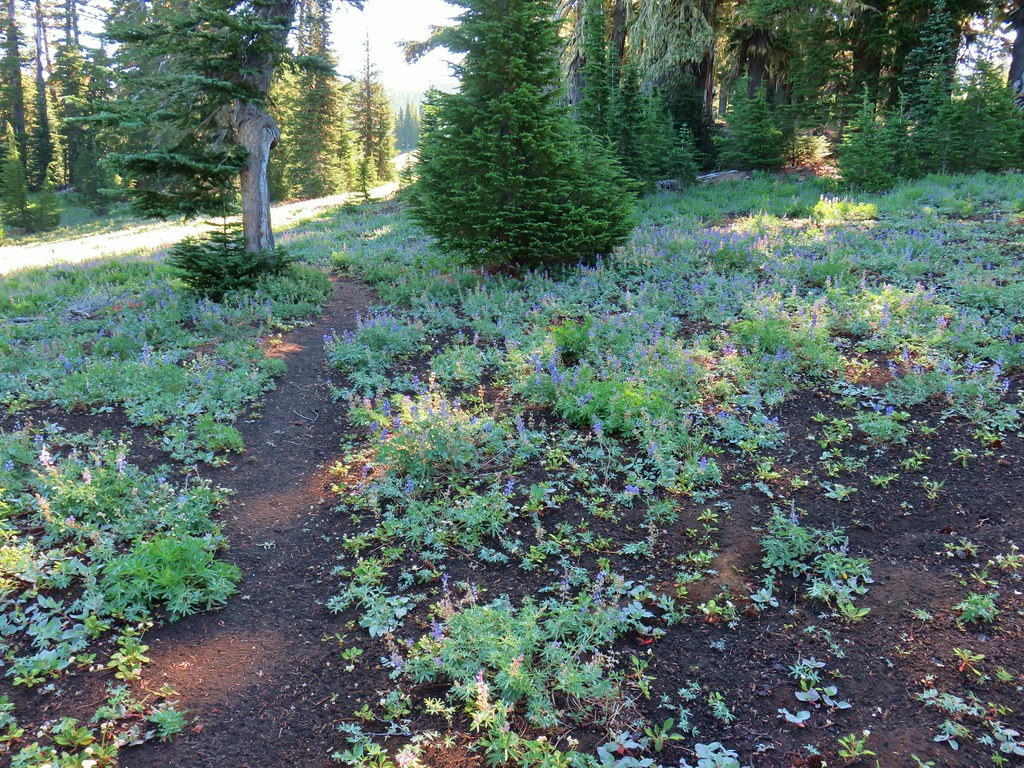

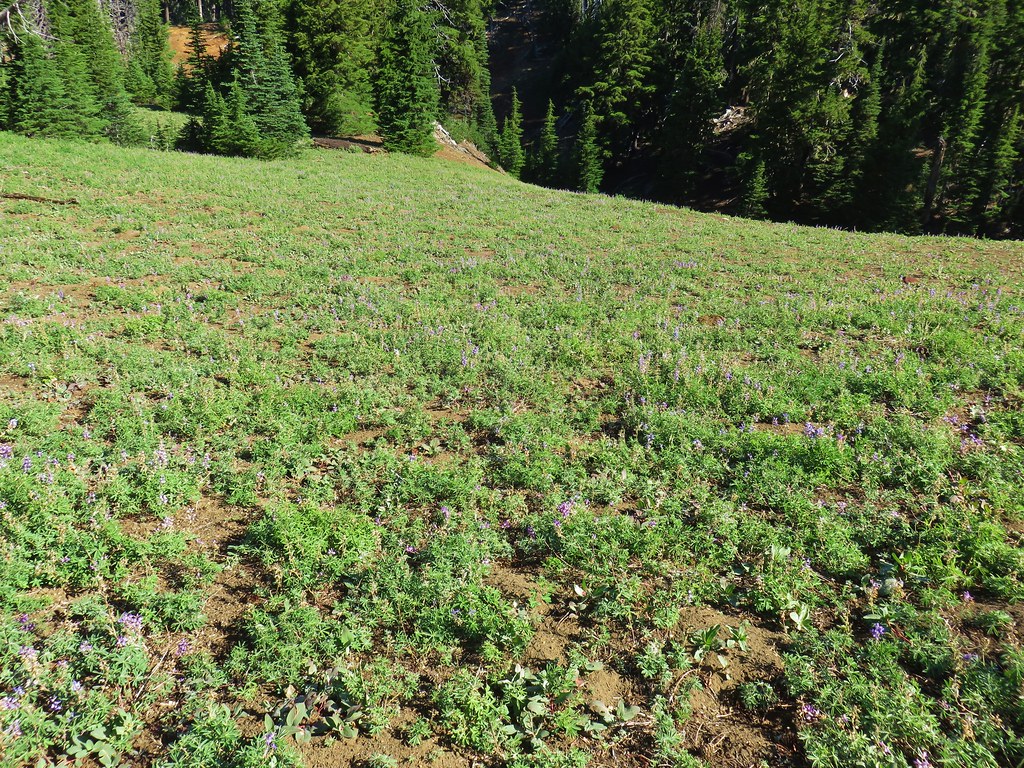
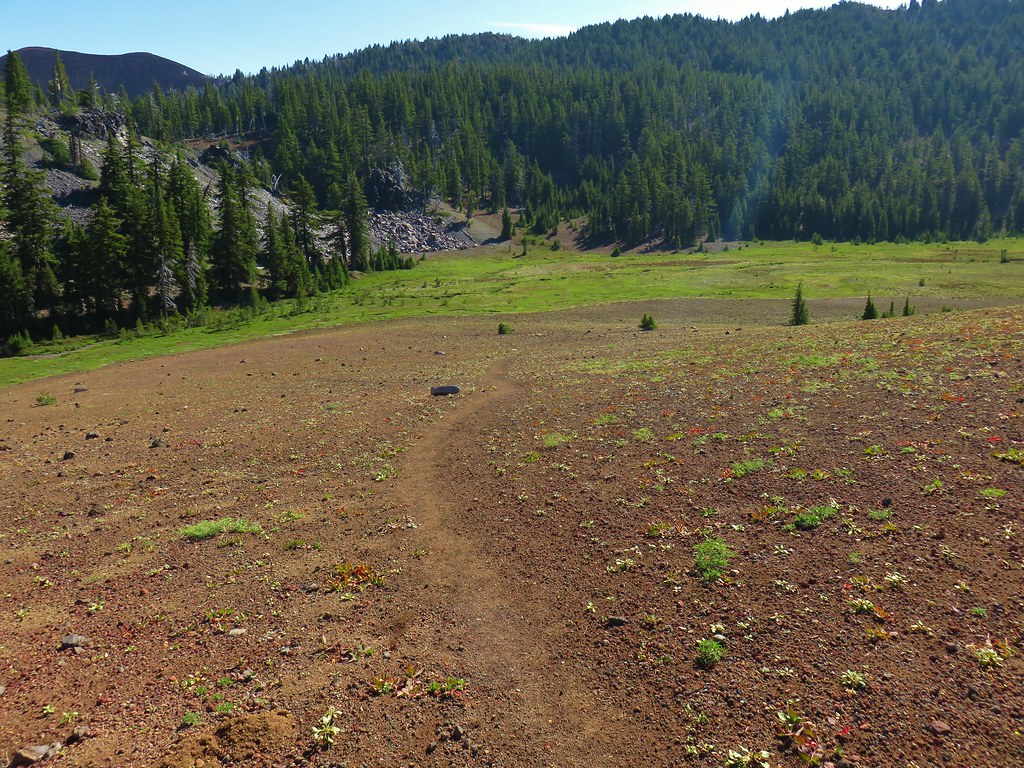 Scott Meadow
Scott Meadow
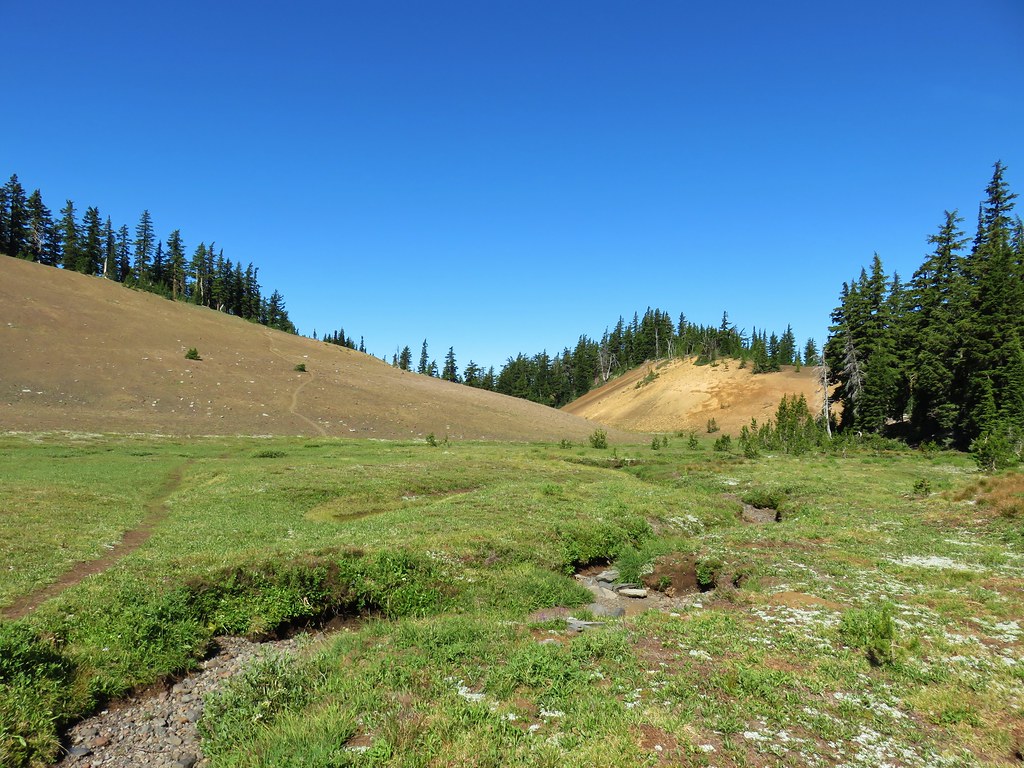


 North Sister, Middle Sisters behind Little Brother and The Husband.
North Sister, Middle Sisters behind Little Brother and The Husband.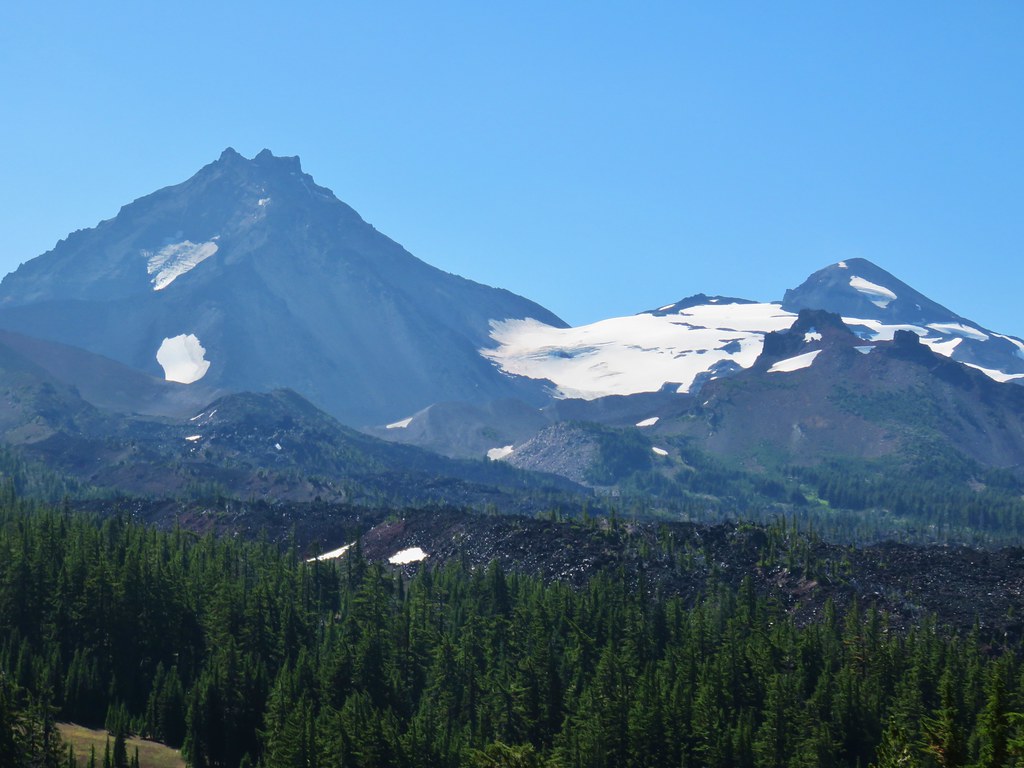 North Sister with Collier Cone in front and South Sister behind Little Brother.
North Sister with Collier Cone in front and South Sister behind Little Brother.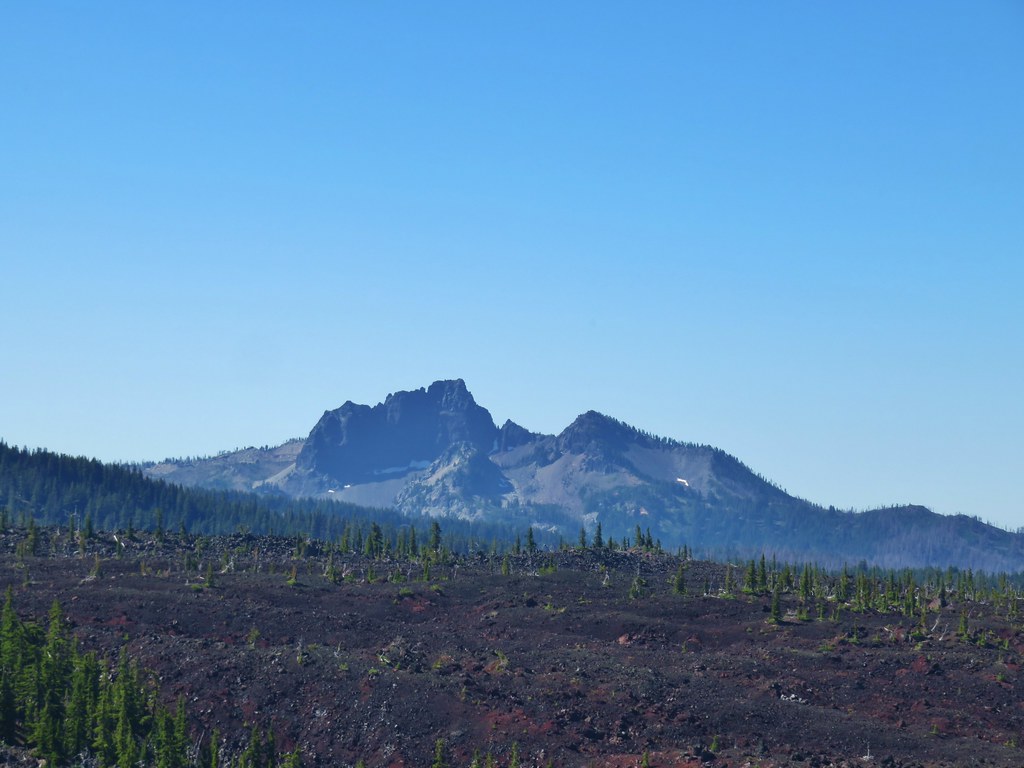 The Husband
The Husband Scott Mountain (
Scott Mountain ( One of the craters.
One of the craters. Mt. Washington, Three Fingered Jack, Mt. Jefferson, Mt. Hood, and Black Crater (
Mt. Washington, Three Fingered Jack, Mt. Jefferson, Mt. Hood, and Black Crater ( Looking back south.
Looking back south. Belknap Crater (
Belknap Crater ( Mt. Washington beyond Little Belknap Crater with Three Fingered Jack behind.
Mt. Washington beyond Little Belknap Crater with Three Fingered Jack behind. Mt. Jefferson and Mt. Hood
Mt. Jefferson and Mt. Hood
 Middle and North Sister
Middle and North Sister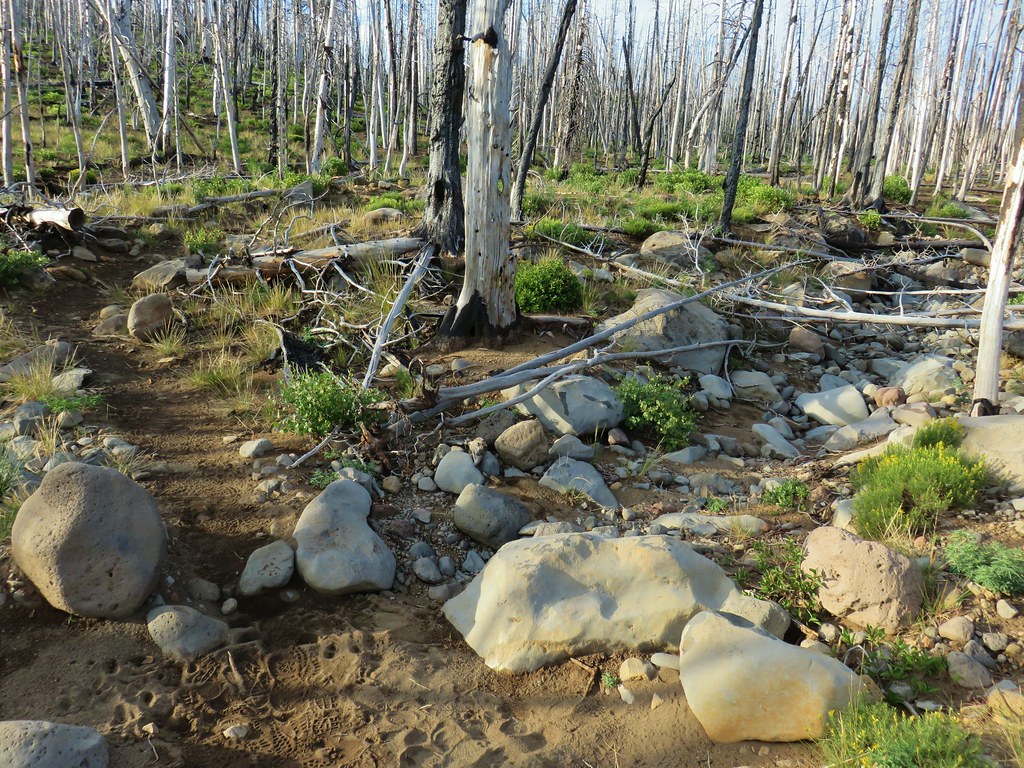 Dry bed of Pole Creek.
Dry bed of Pole Creek.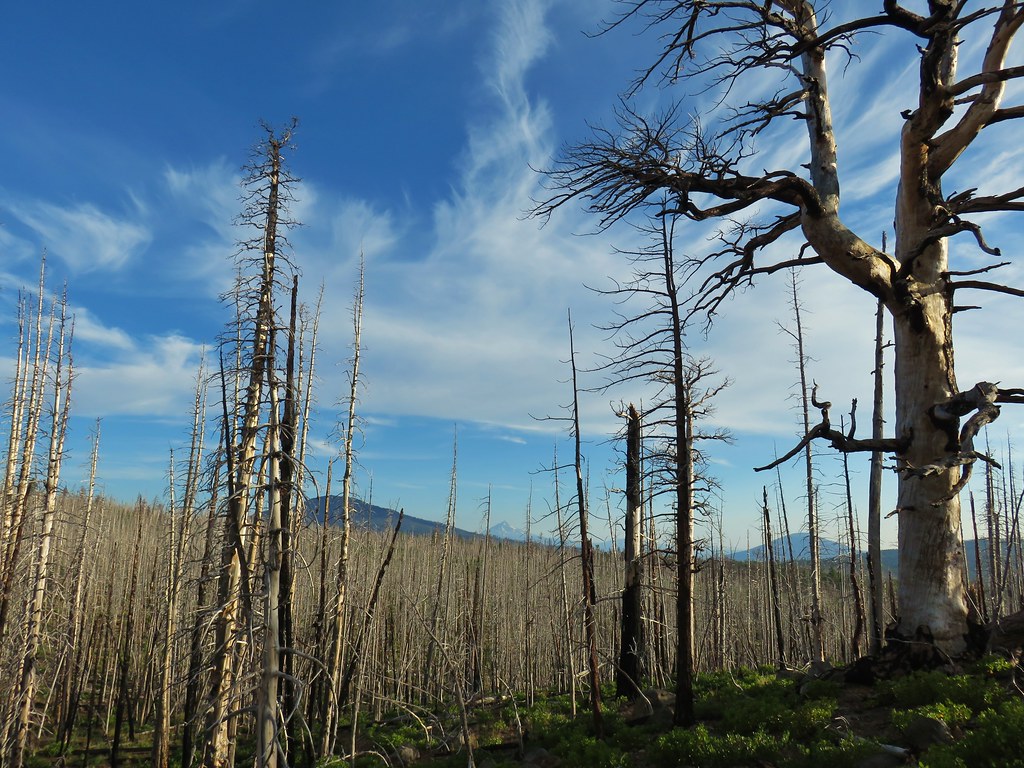 Black Crater, Mt. Jefferson, and Black Butte to the north.
Black Crater, Mt. Jefferson, and Black Butte to the north. Entering the Three Sisters Wilderness.
Entering the Three Sisters Wilderness. A few survivors amid the snags.
A few survivors amid the snags.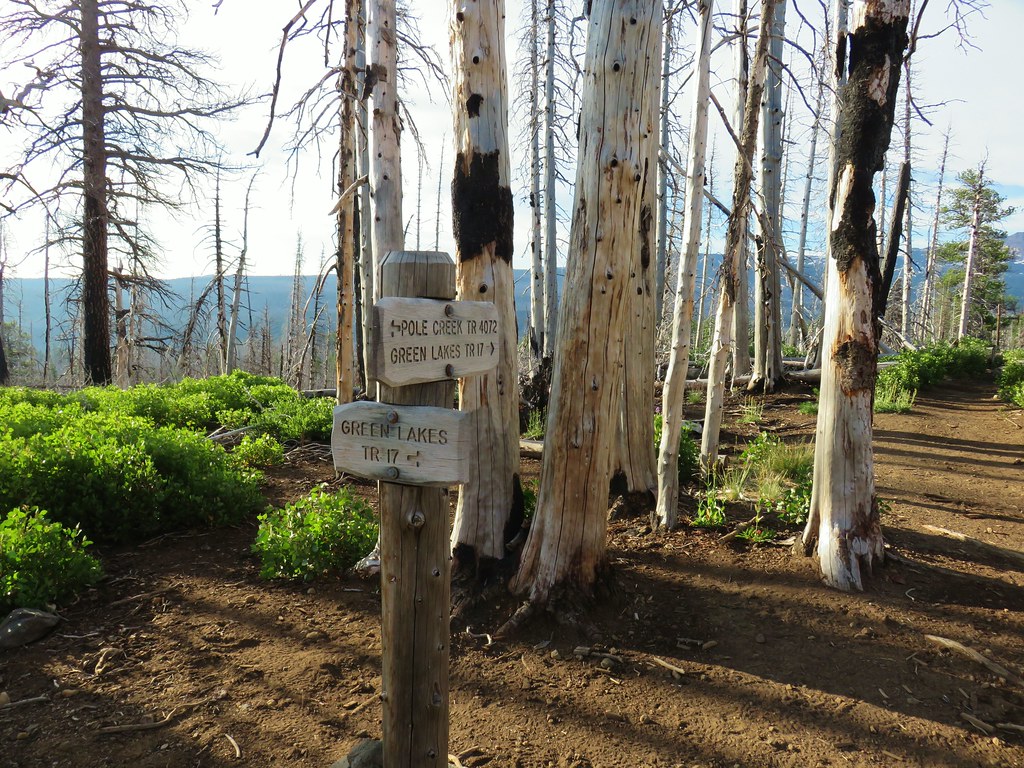 Green Lakes Trail junction.
Green Lakes Trail junction.
 Broken Top and the South Sister
Broken Top and the South Sister
 Monkeyflower along Soap Creek
Monkeyflower along Soap Creek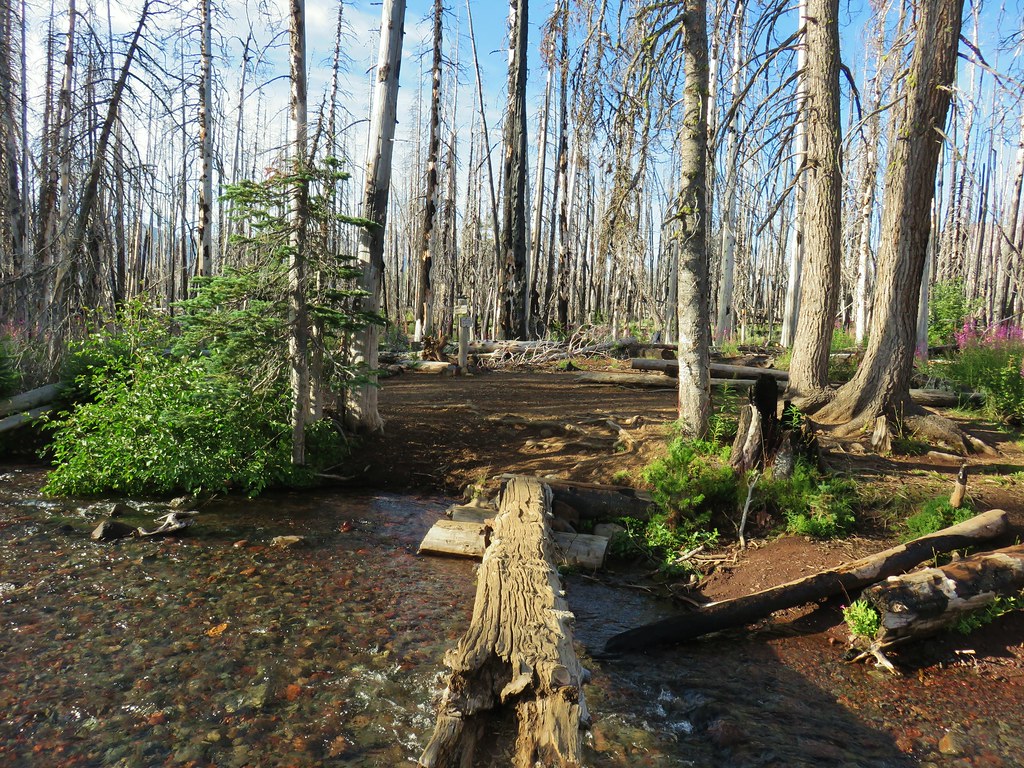
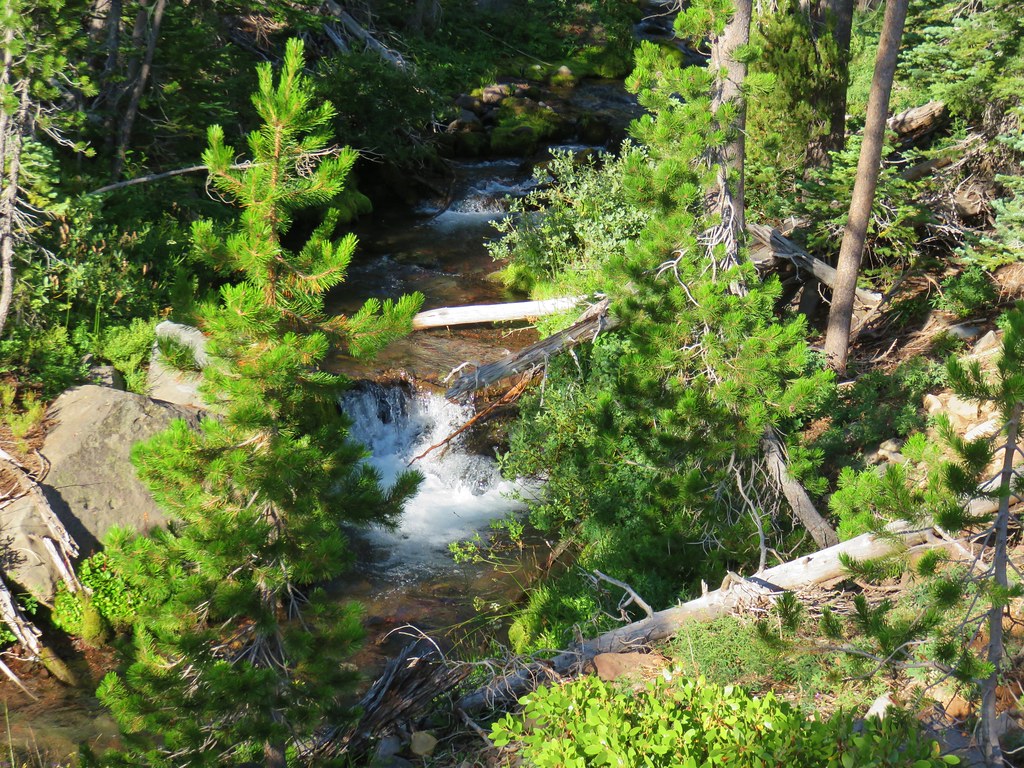 Soap Creek
Soap Creek View of the North Sister that would not have been there pre-fire.
View of the North Sister that would not have been there pre-fire. Soap Creek and the Middle and North Sister
Soap Creek and the Middle and North Sister Monkshood
Monkshood Might be a trail in there, might not.
Might be a trail in there, might not. Decent look at the yellow bulge on North Sister.
Decent look at the yellow bulge on North Sister.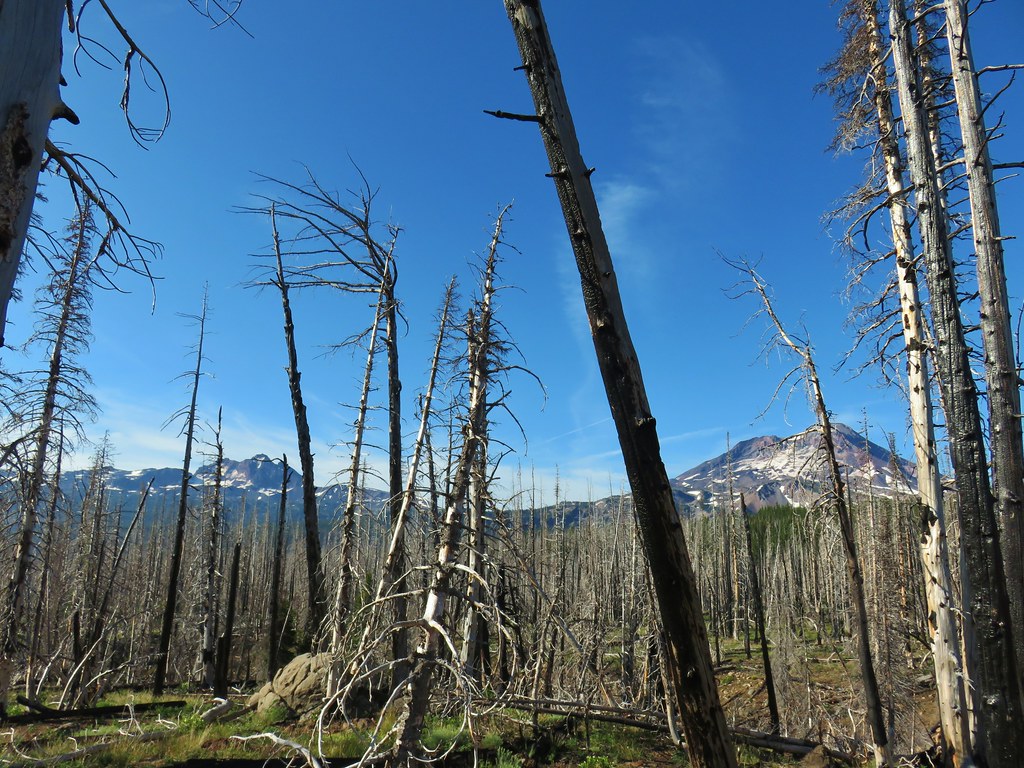 Broken Top and South Sister
Broken Top and South Sister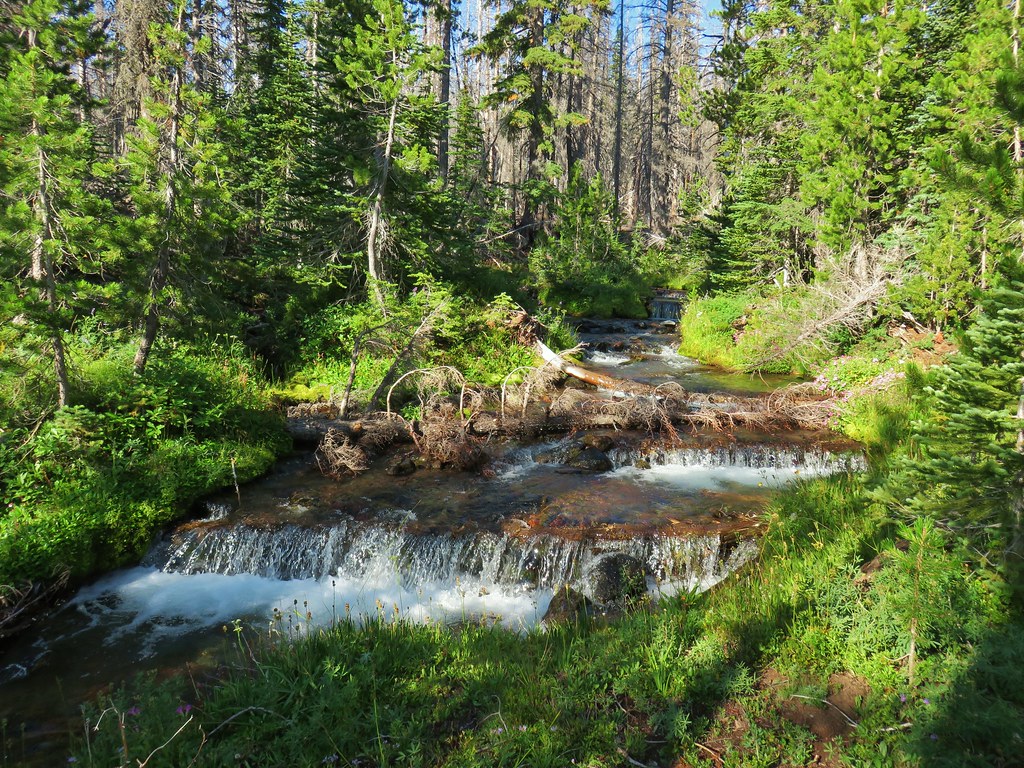 Soap Creek
Soap Creek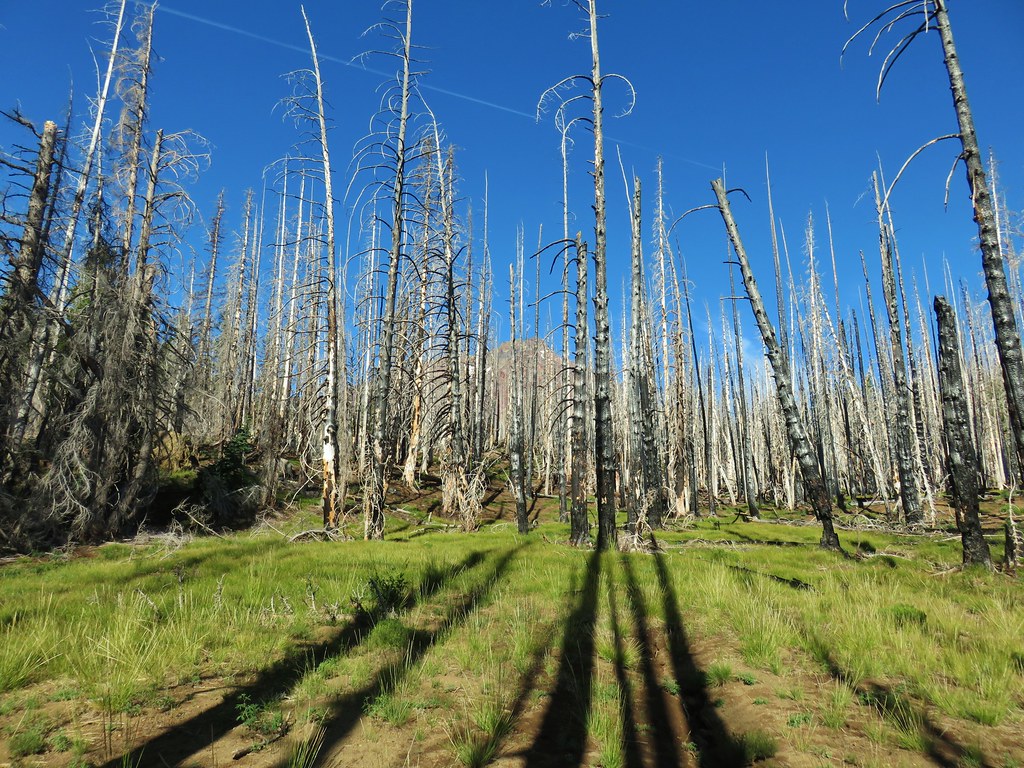 Meadow where there was no discernible trail apparent.
Meadow where there was no discernible trail apparent. Typical cross country obstacles.
Typical cross country obstacles.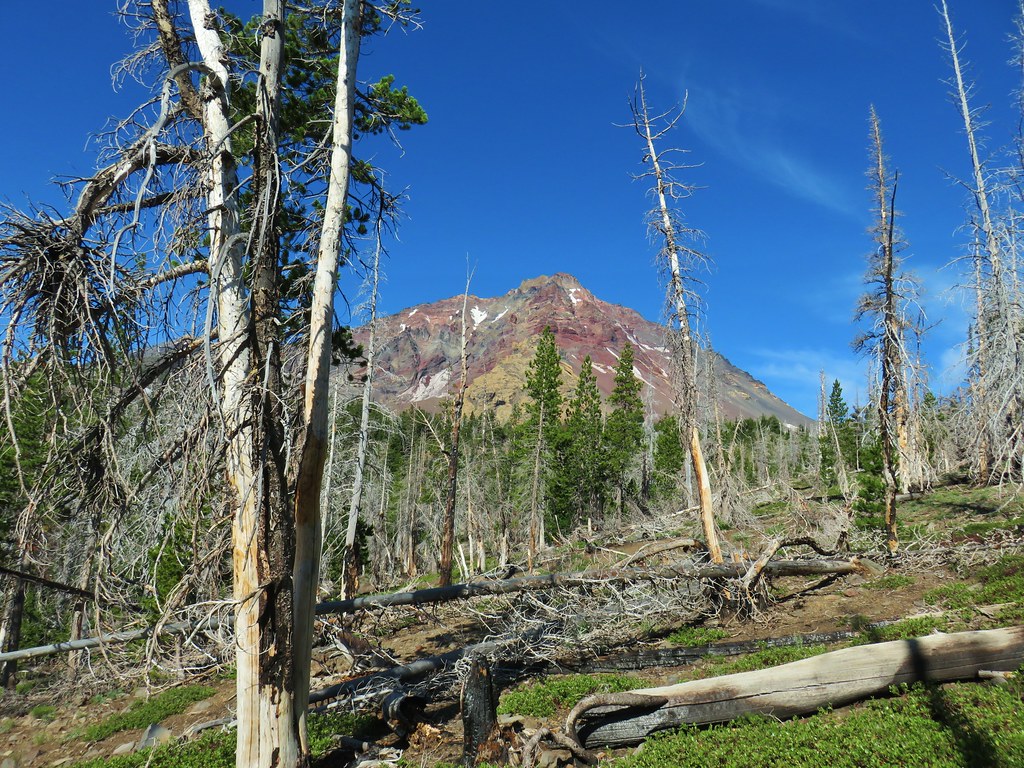
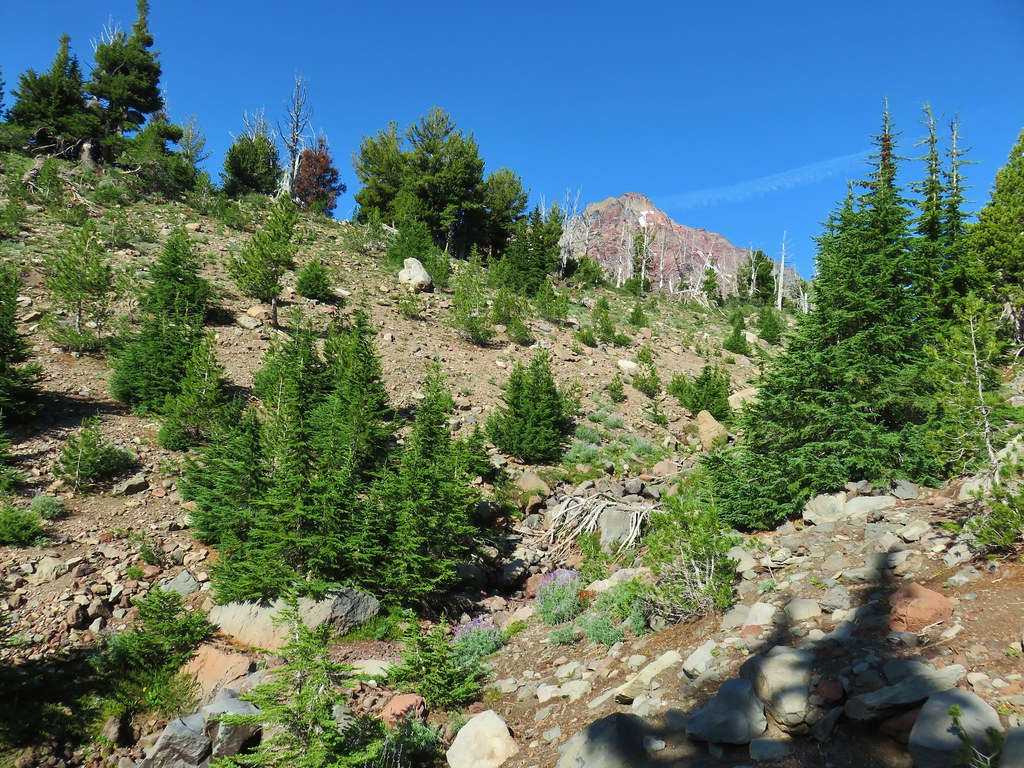
 Dry creekbed.
Dry creekbed. Elephants head
Elephants head The moraine to the left of the bulge.
The moraine to the left of the bulge.
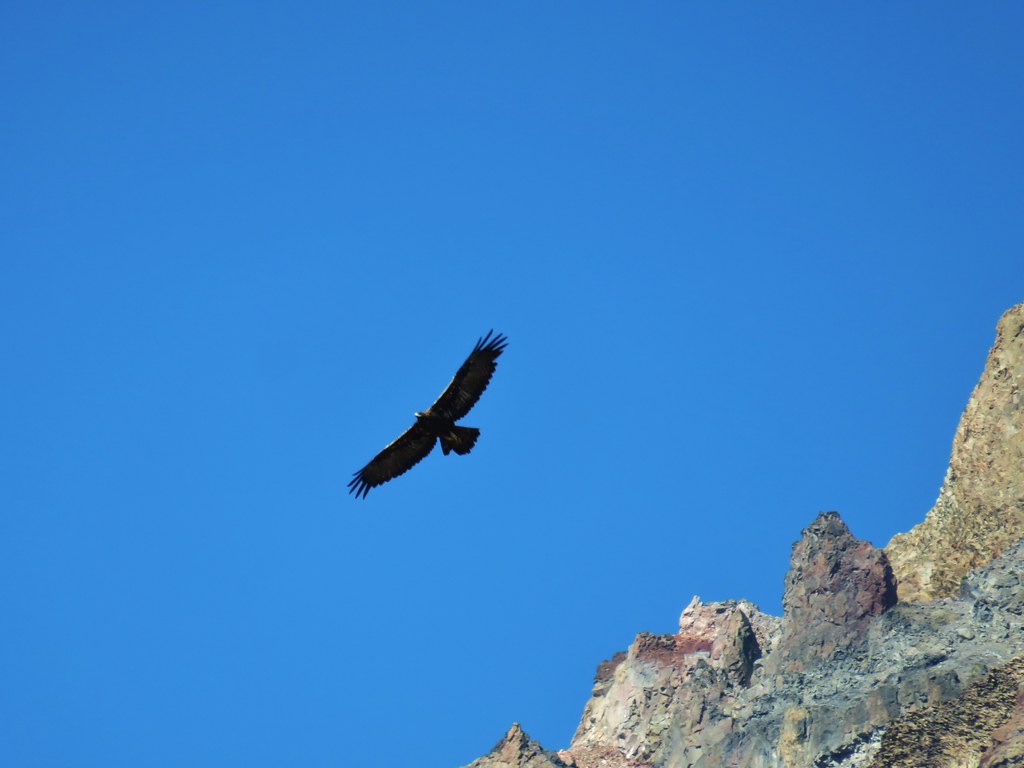
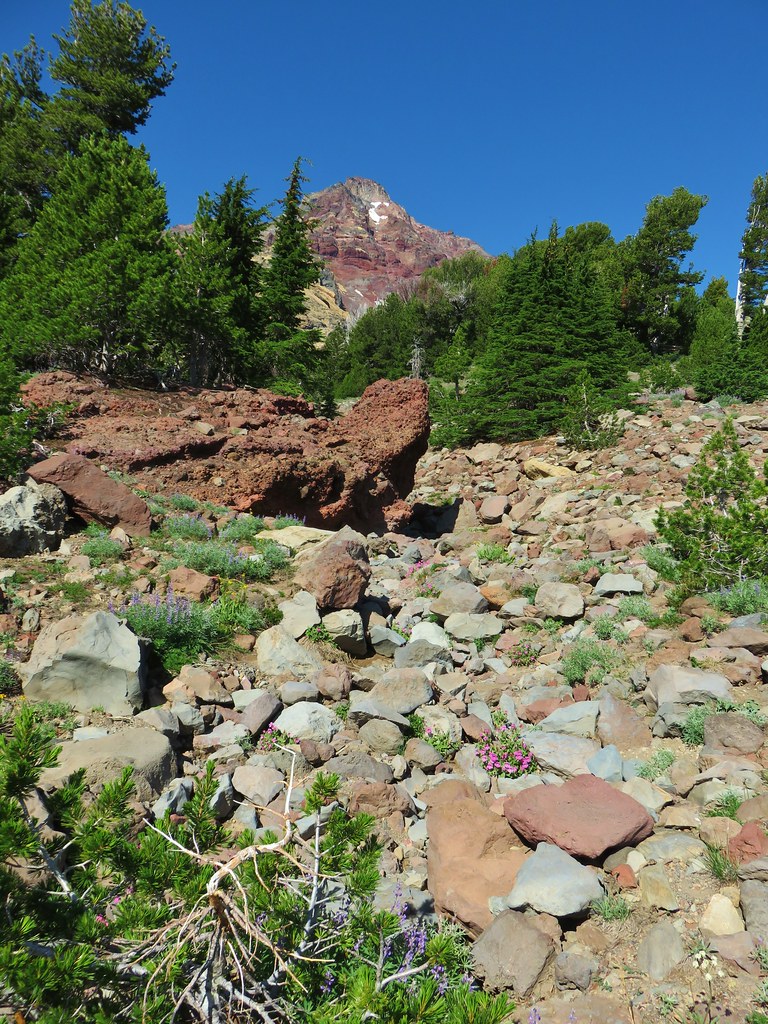
 A clump of Monkeyflower
A clump of Monkeyflower

 Penstemon
Penstemon
 Our shady spot.
Our shady spot.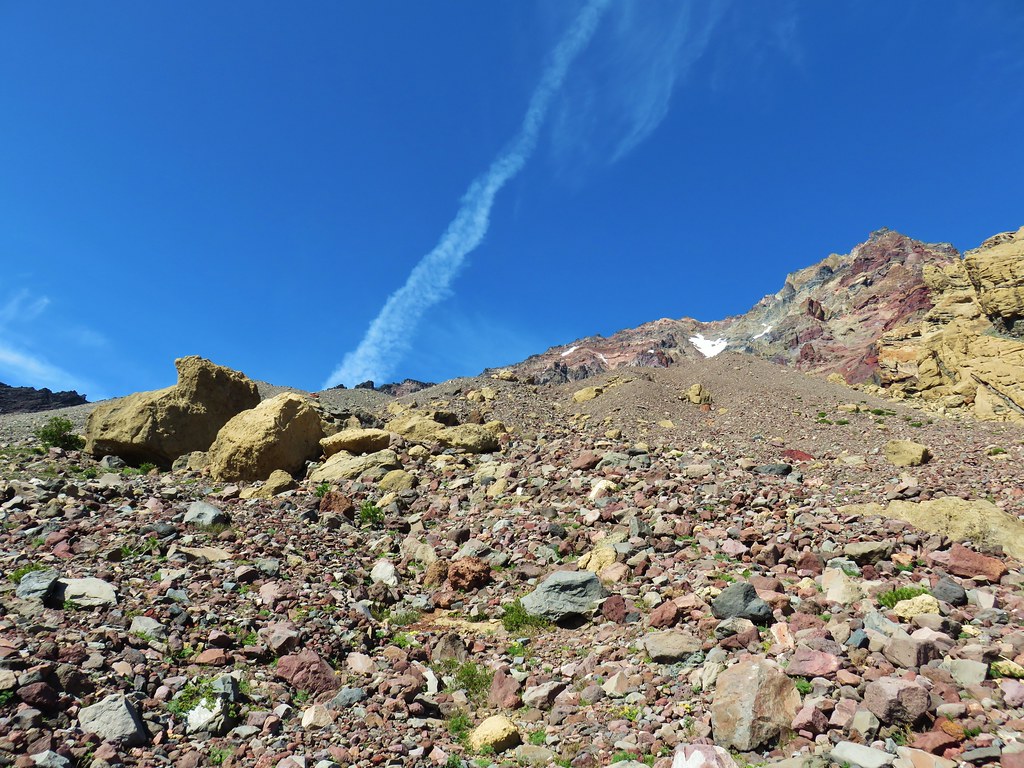
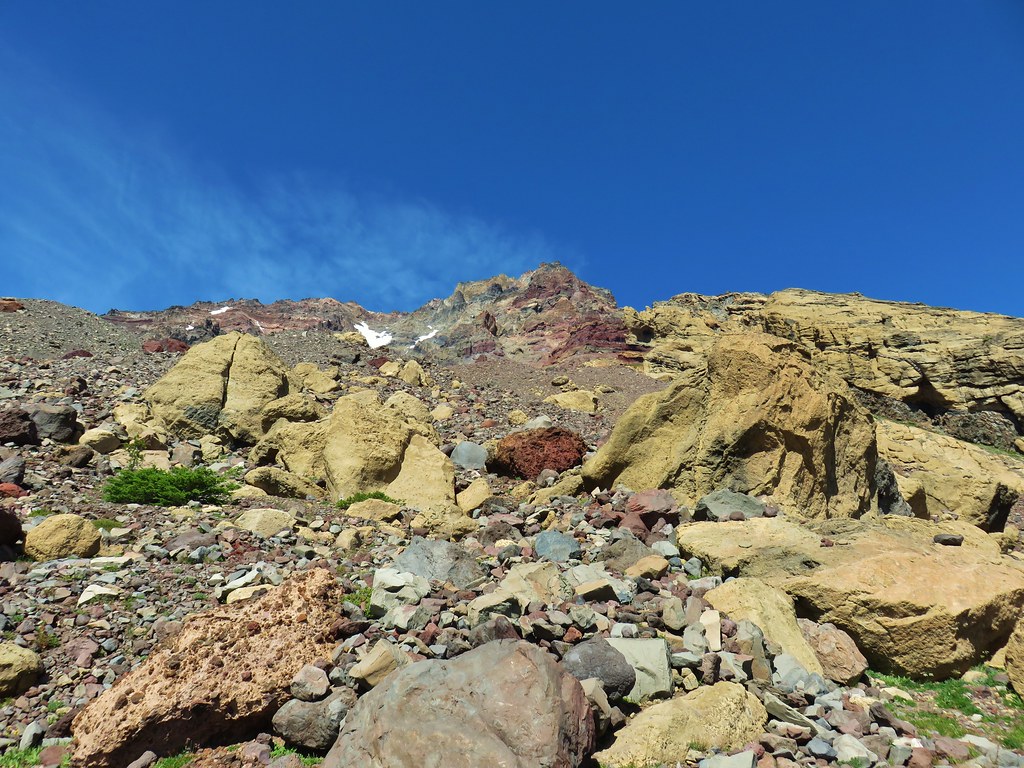
 Paintbrush growing on the moraine.
Paintbrush growing on the moraine.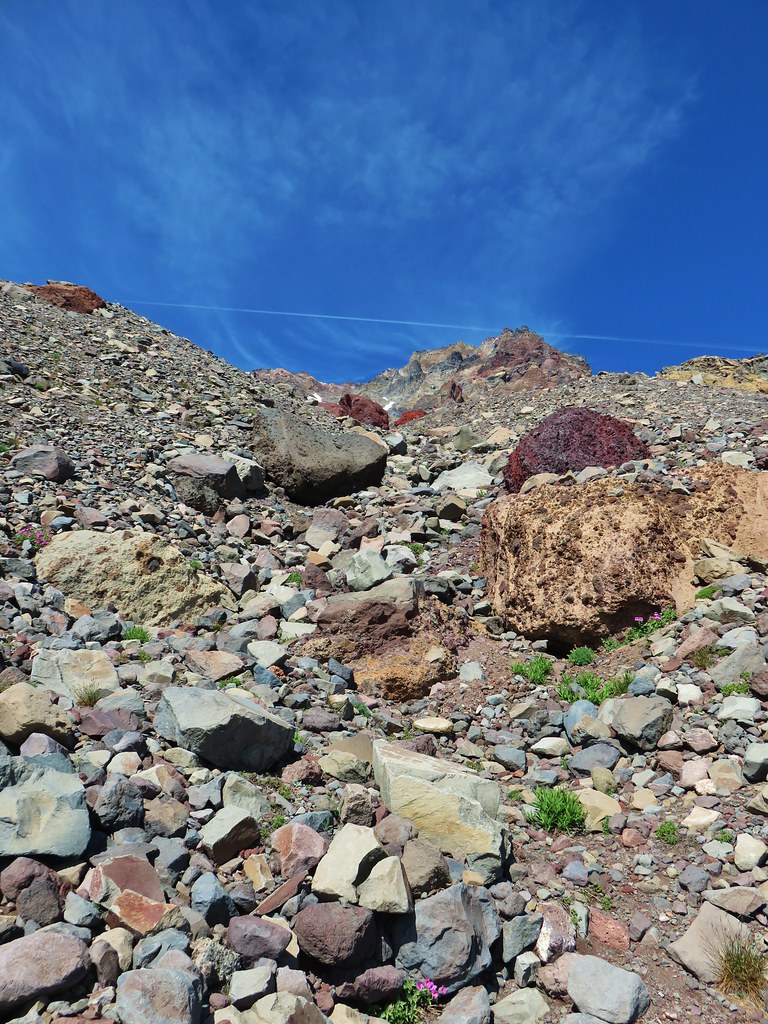
 More flowers amid the rocks.
More flowers amid the rocks.



 The yellow bulge, Mt. Hood, Black Crater and Black Butte to the north.
The yellow bulge, Mt. Hood, Black Crater and Black Butte to the north.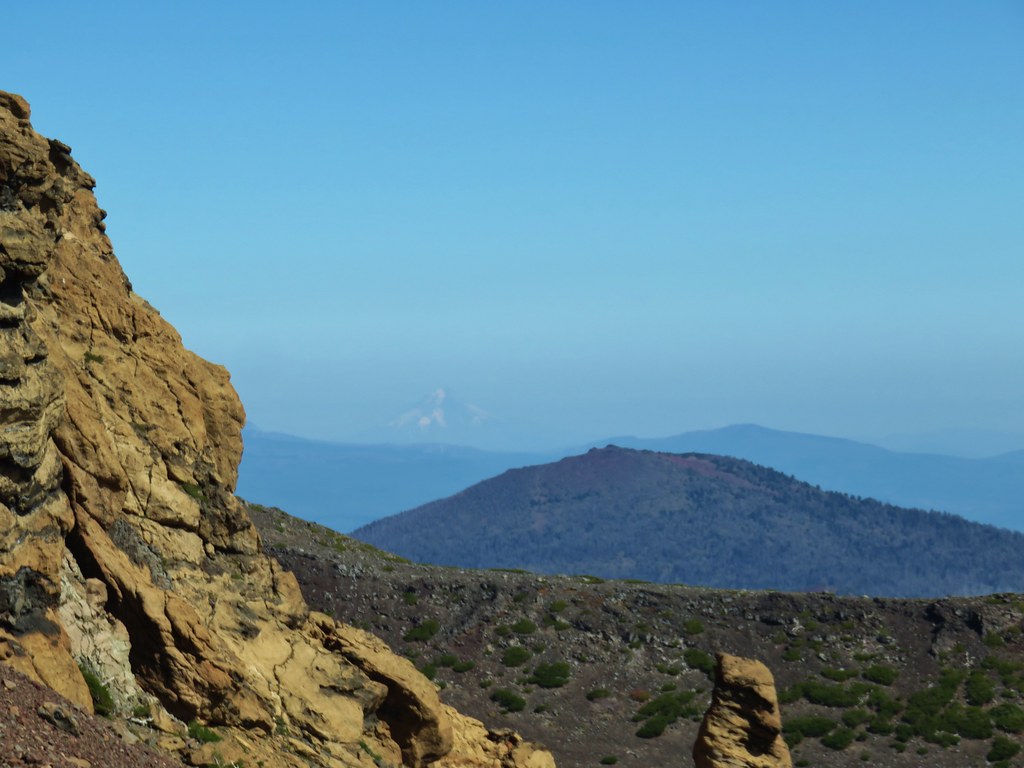 Mt. Hood
Mt. Hood Broken Top to the north.
Broken Top to the north. The rim above Thayer Lake.
The rim above Thayer Lake.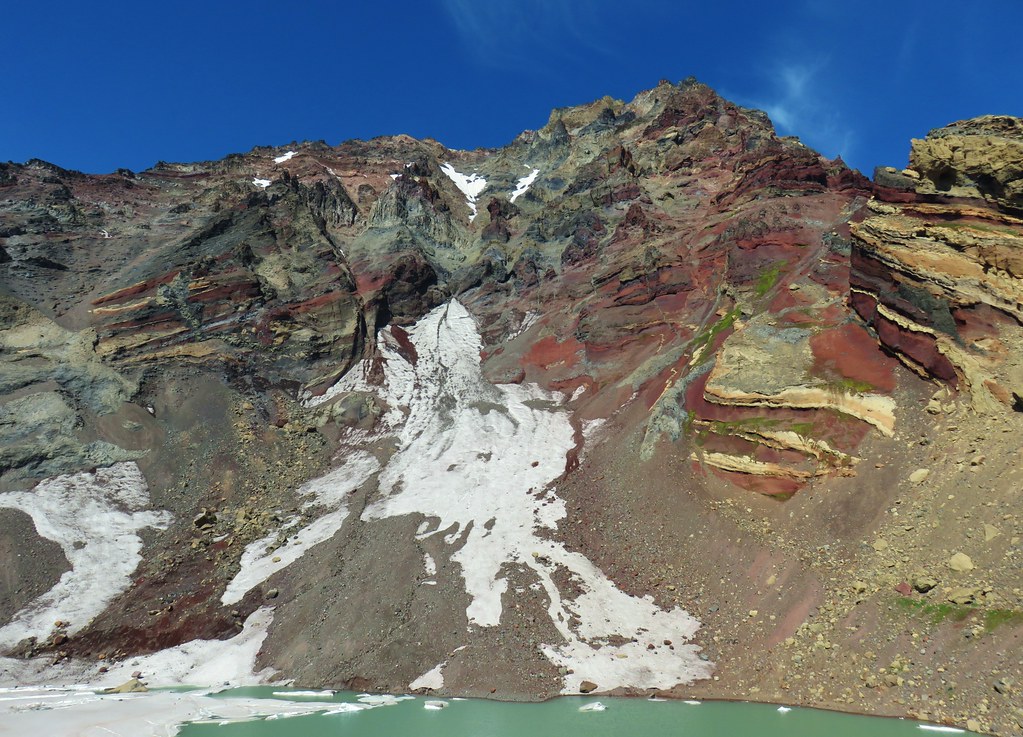 North Sister and the Thayer Glacier
North Sister and the Thayer Glacier Heather near some large boulders in the lake.
Heather near some large boulders in the lake.


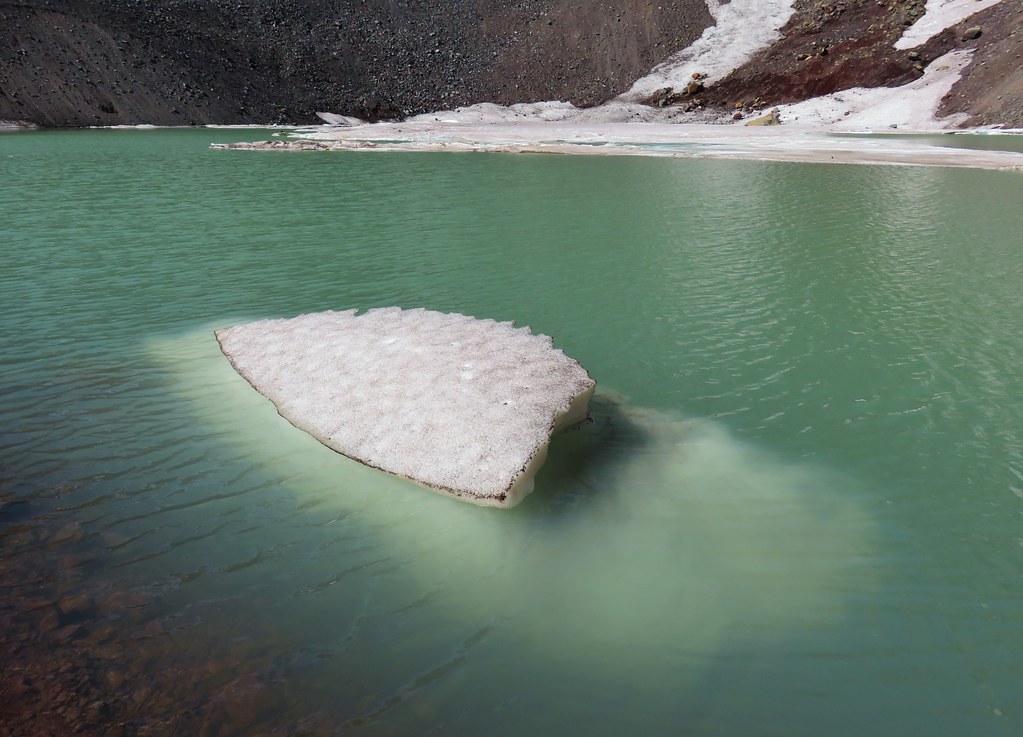







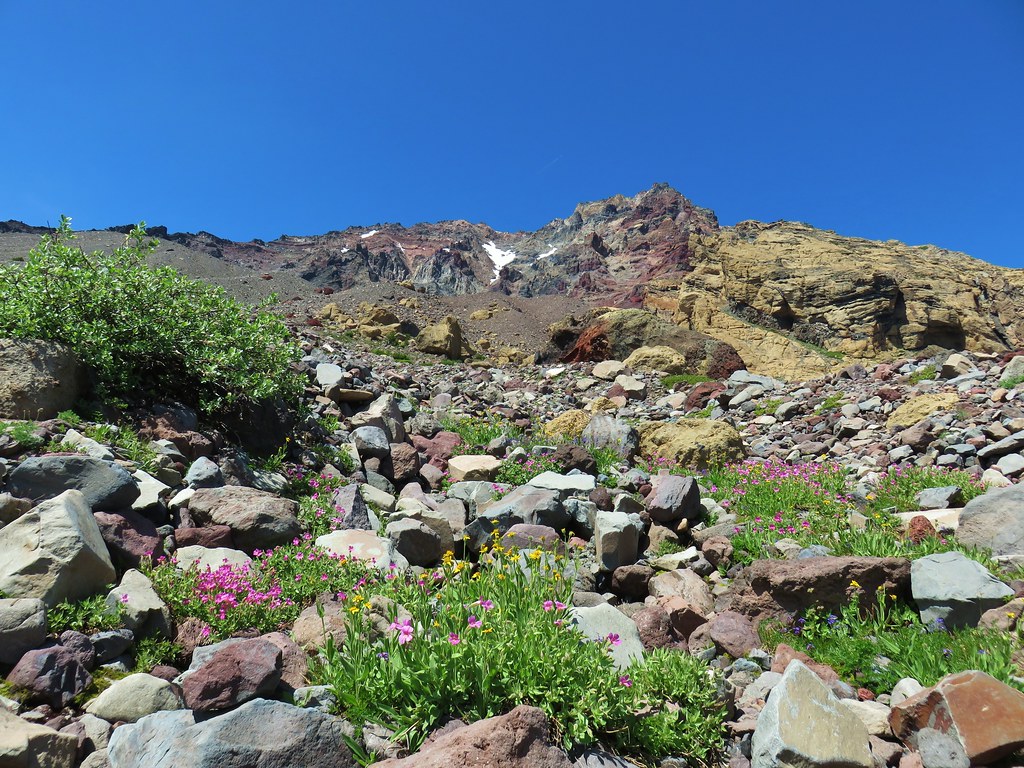



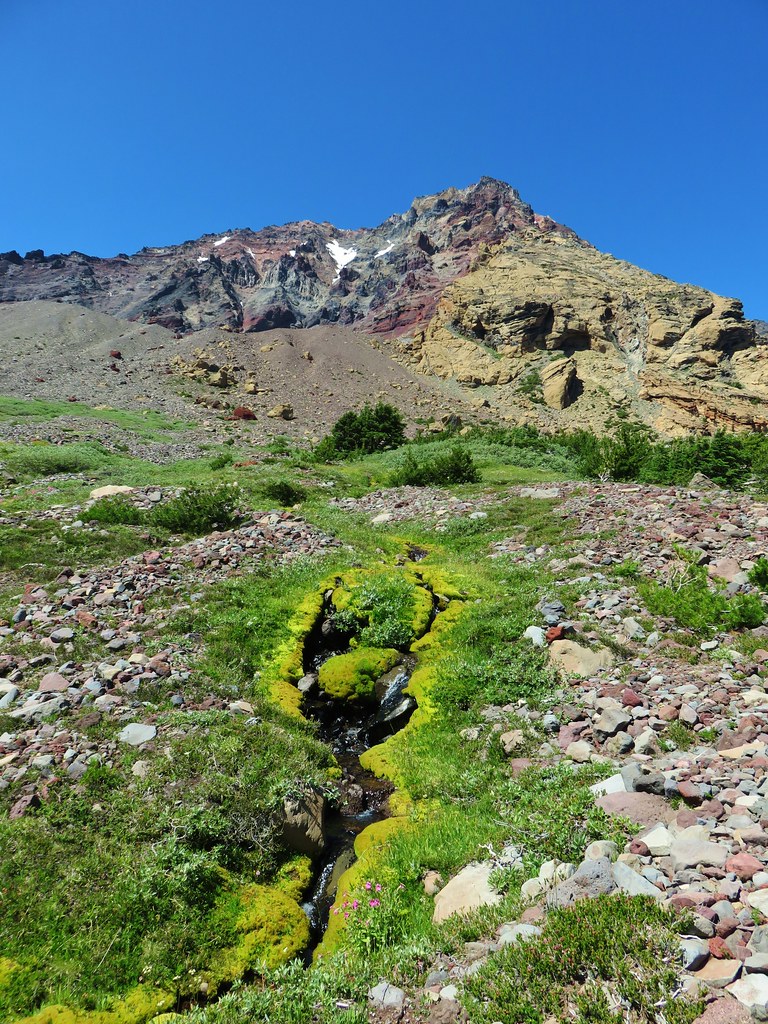

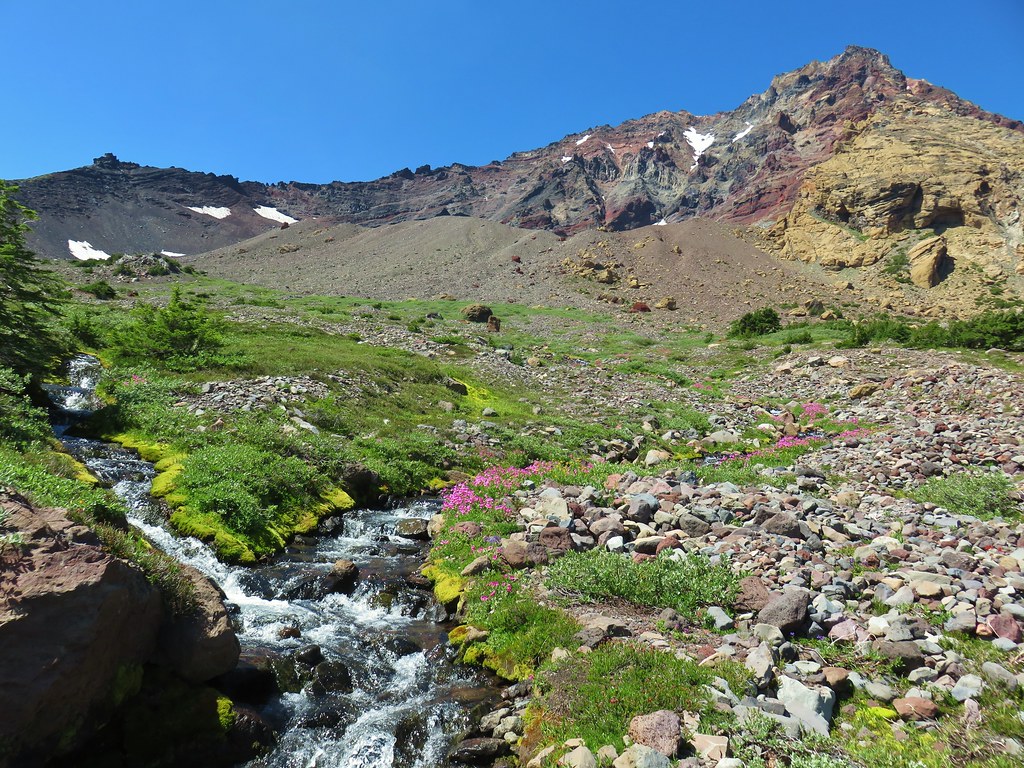
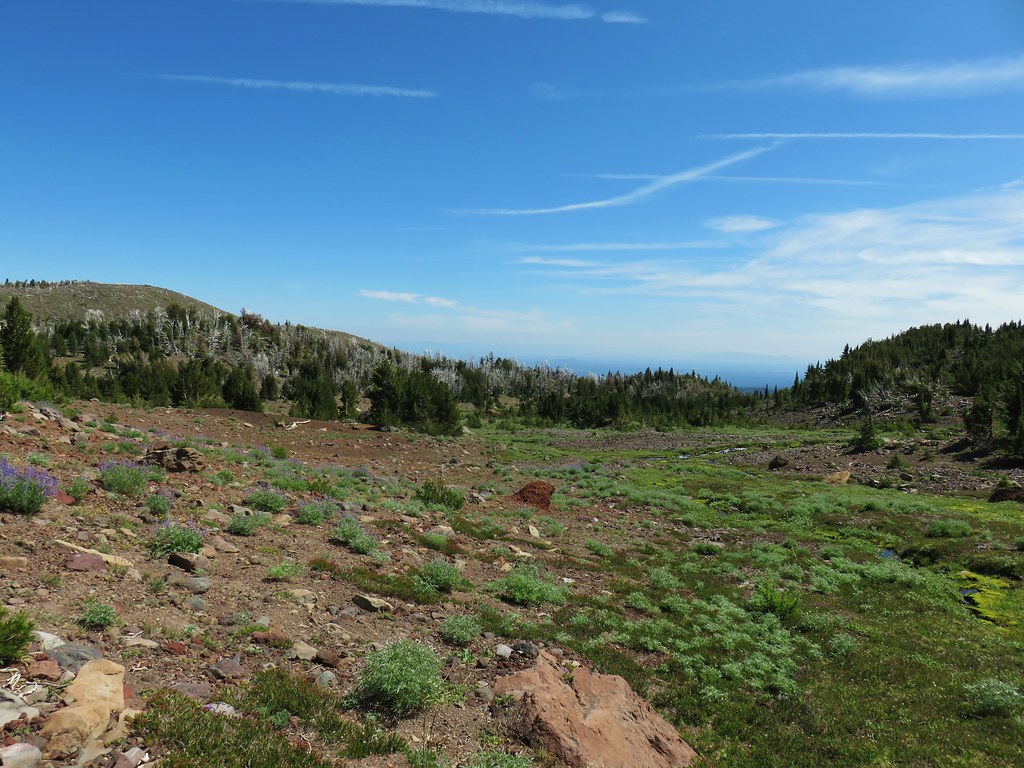

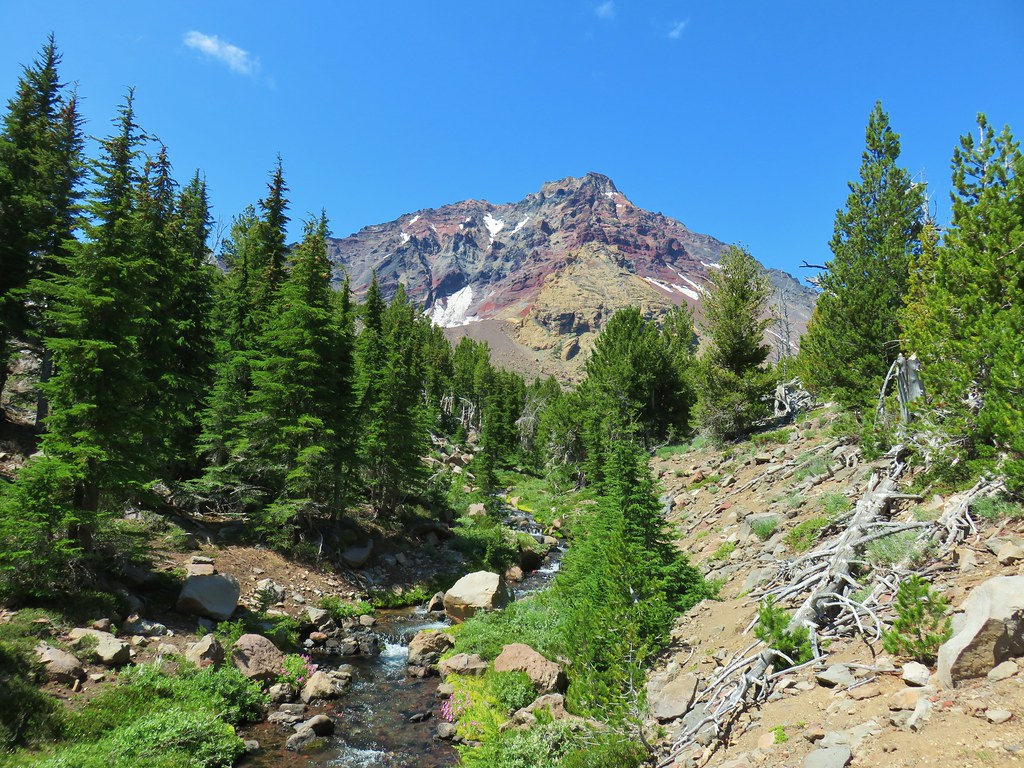
 Starting to get too narrow and the topographic map showed it getting more so further downstream.
Starting to get too narrow and the topographic map showed it getting more so further downstream. Climbing out of the gully.
Climbing out of the gully. Broken Top and South Sister from the ridge.
Broken Top and South Sister from the ridge.
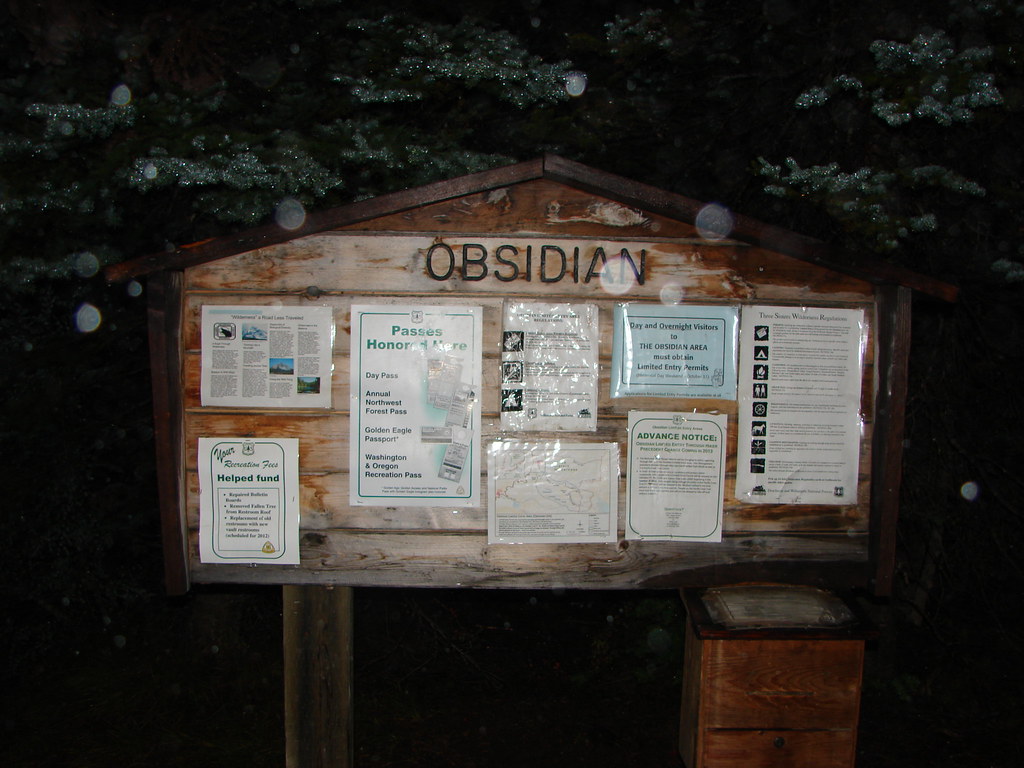

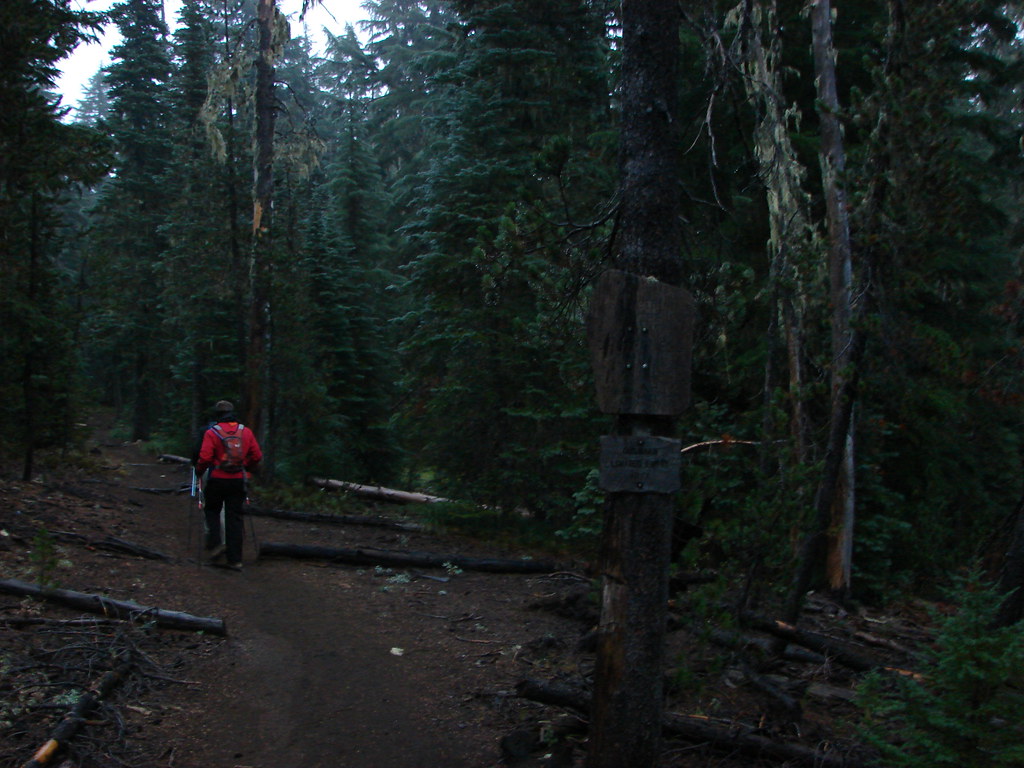
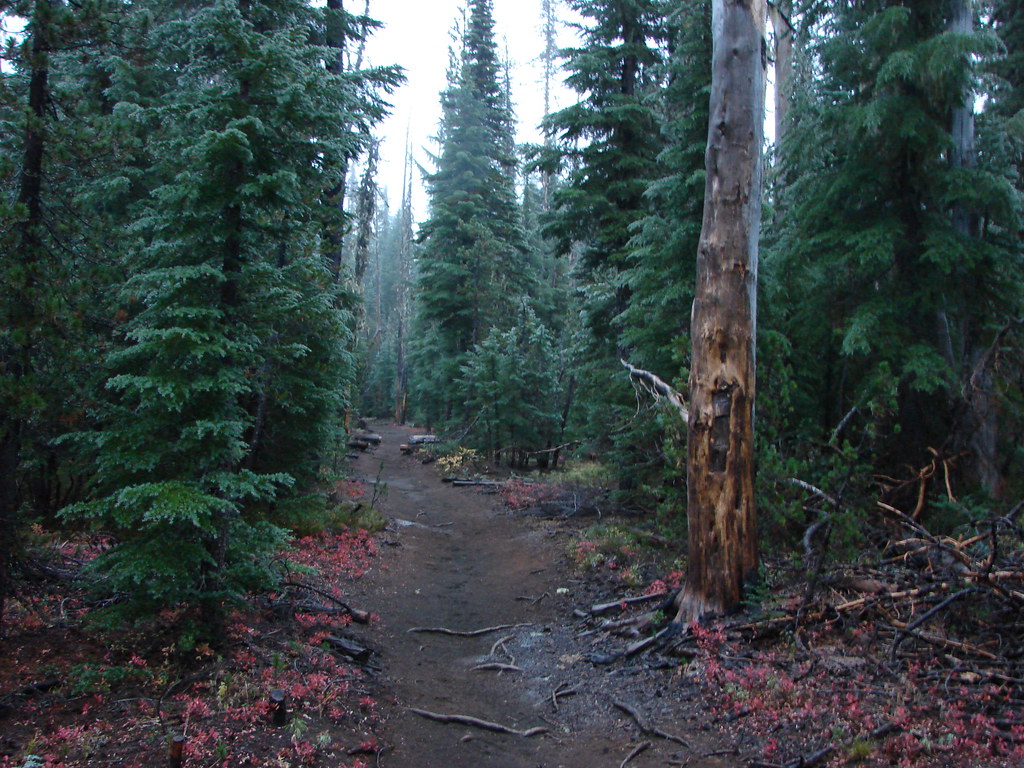
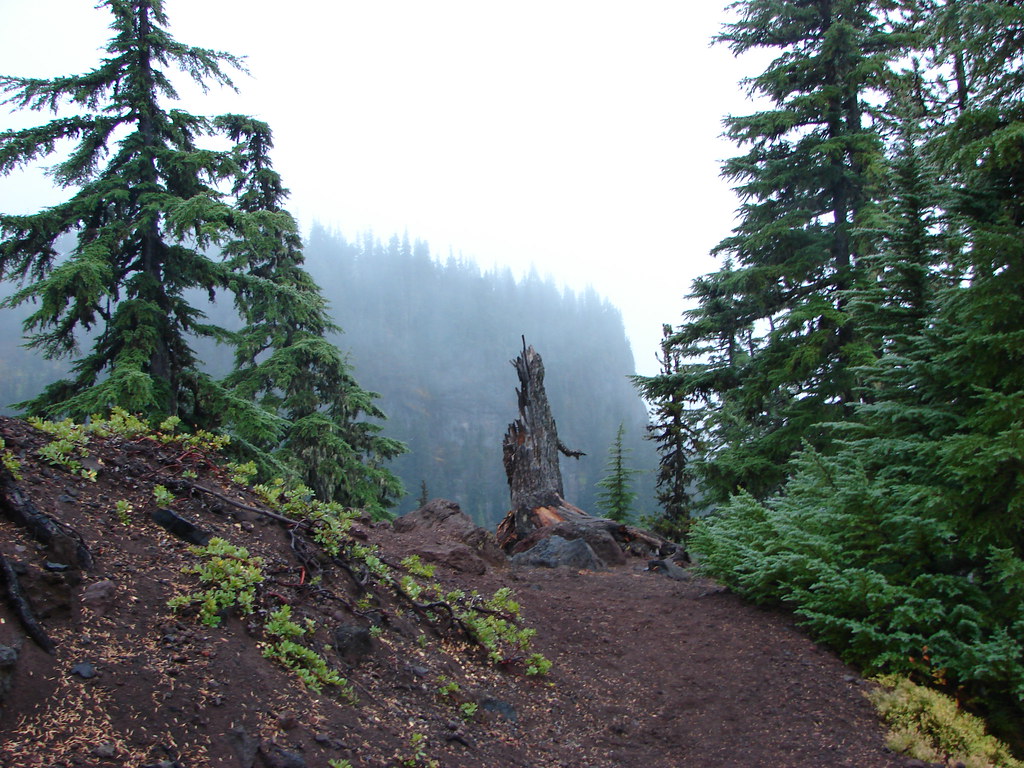

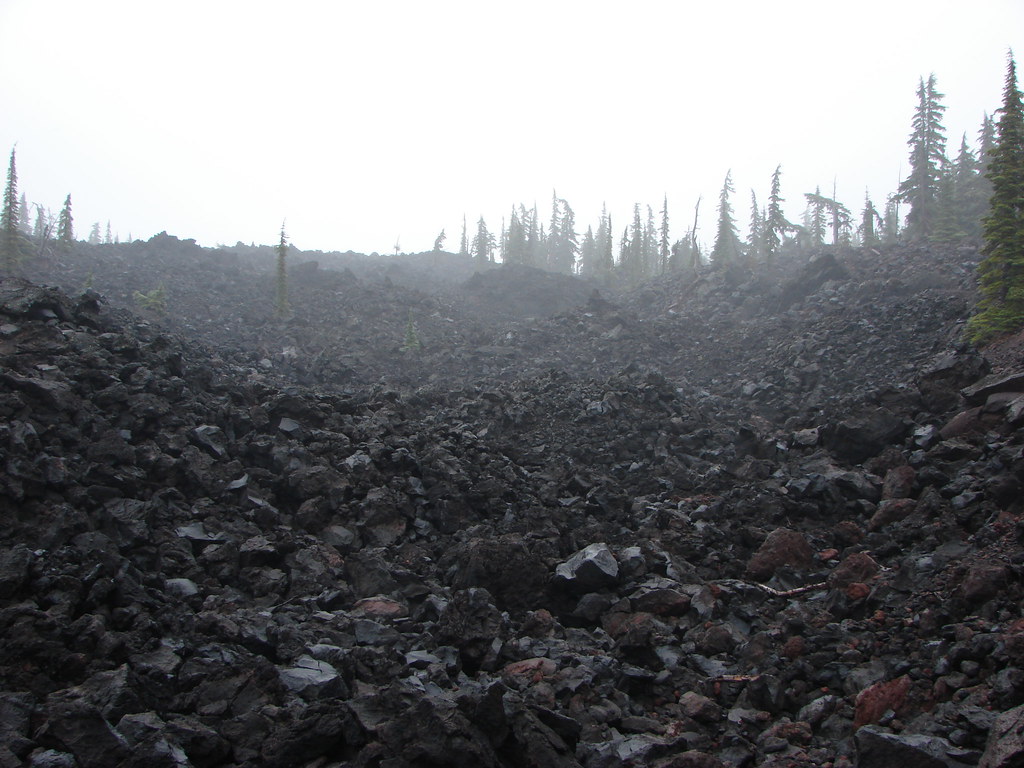


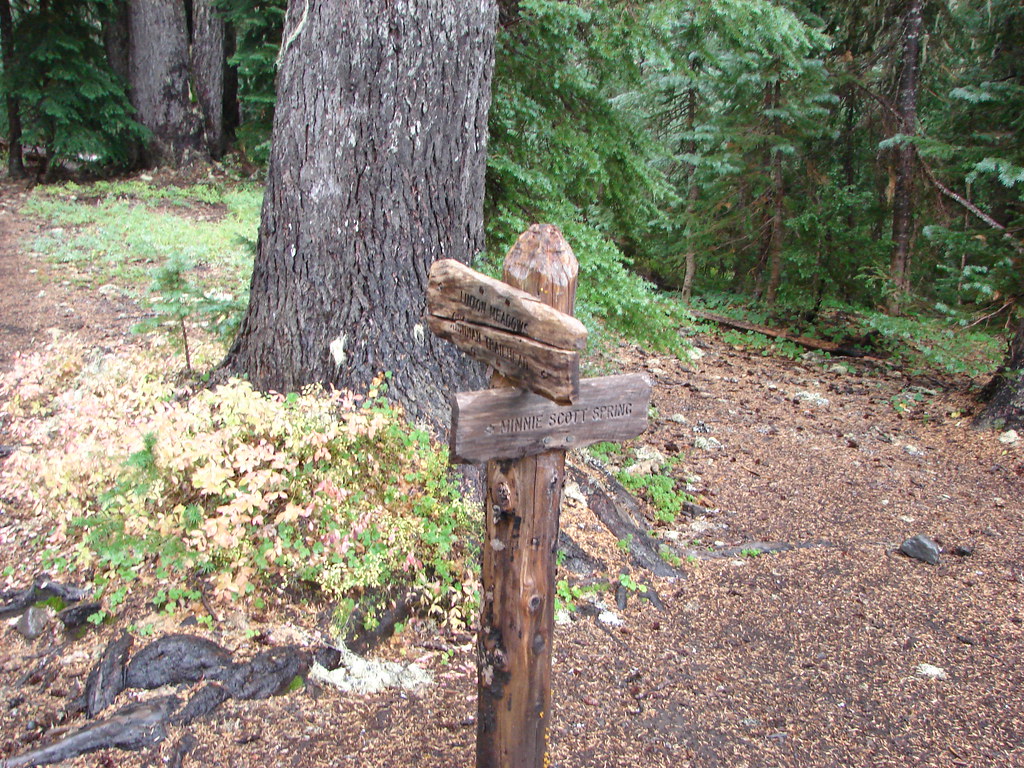
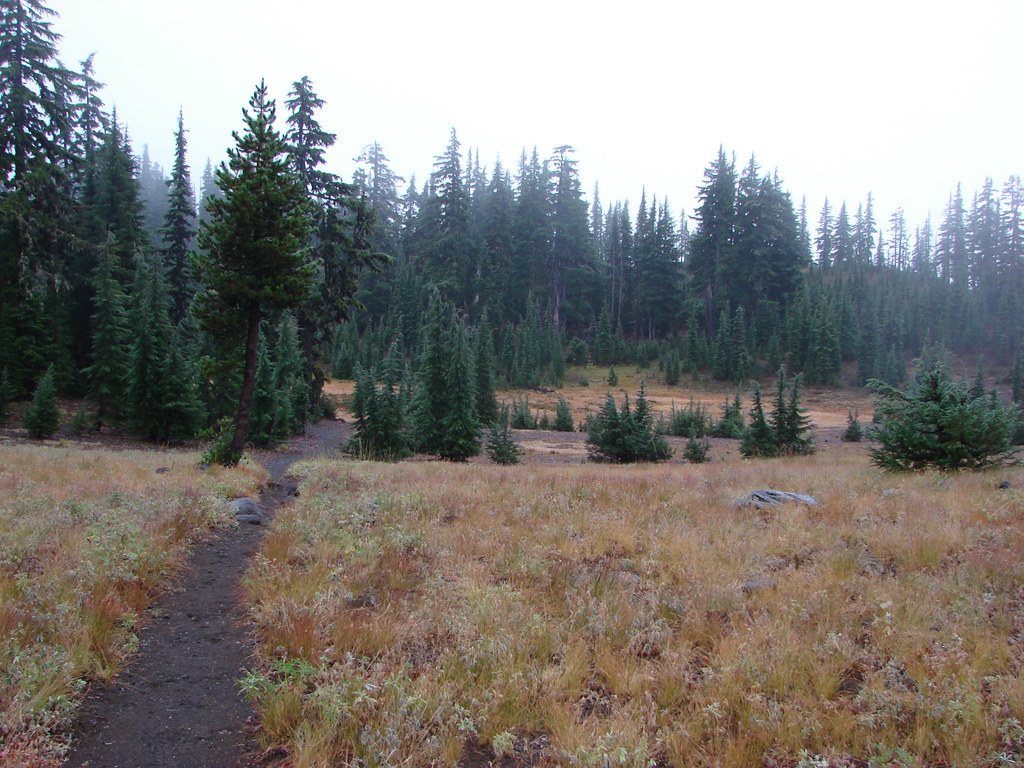

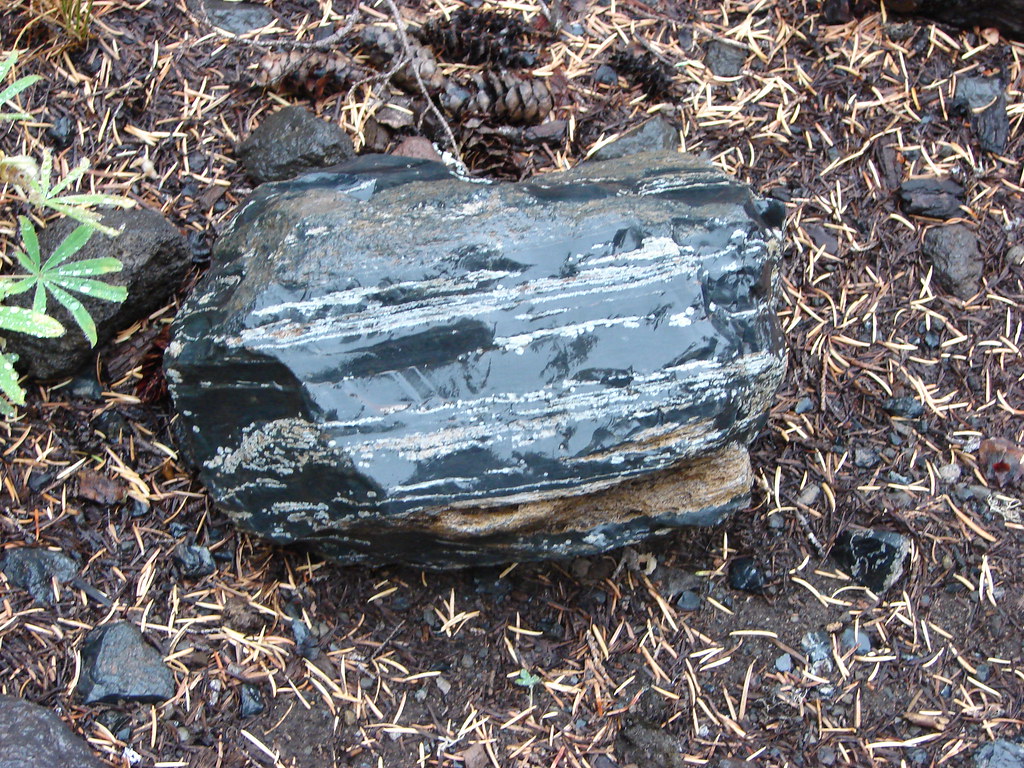

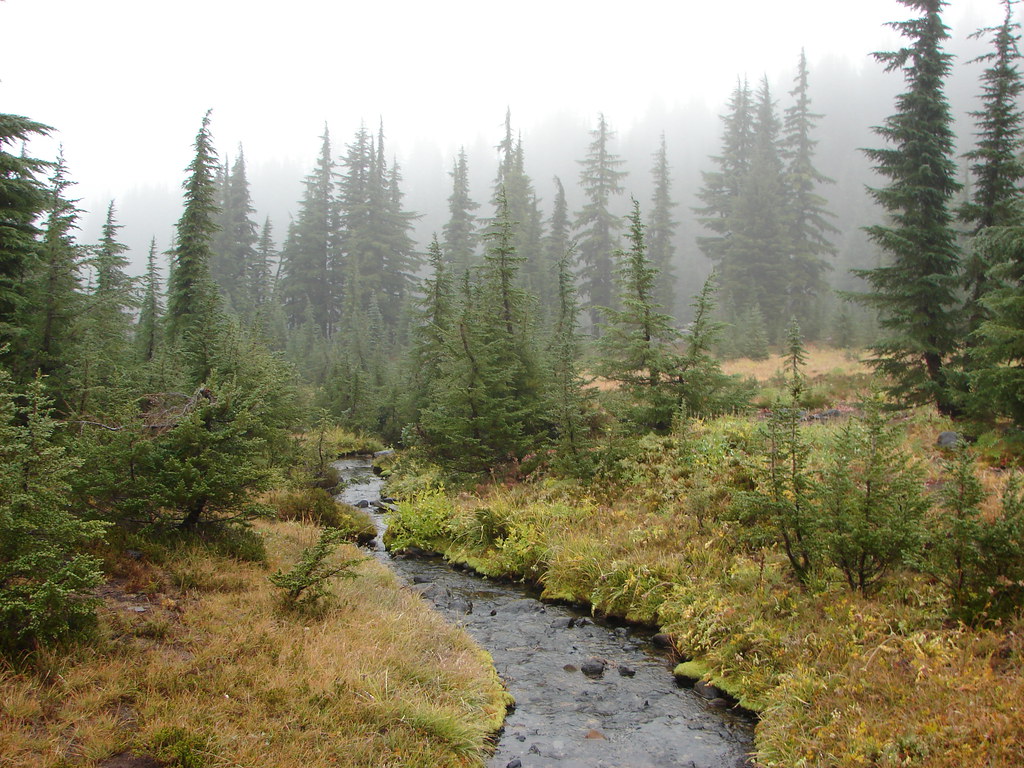
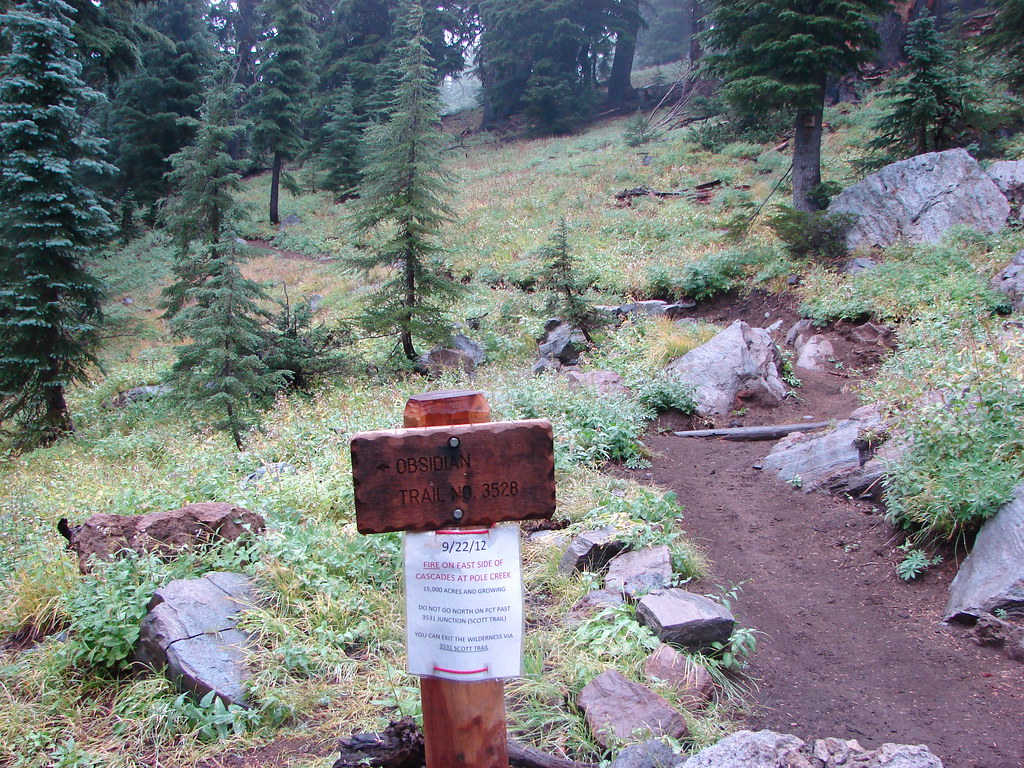
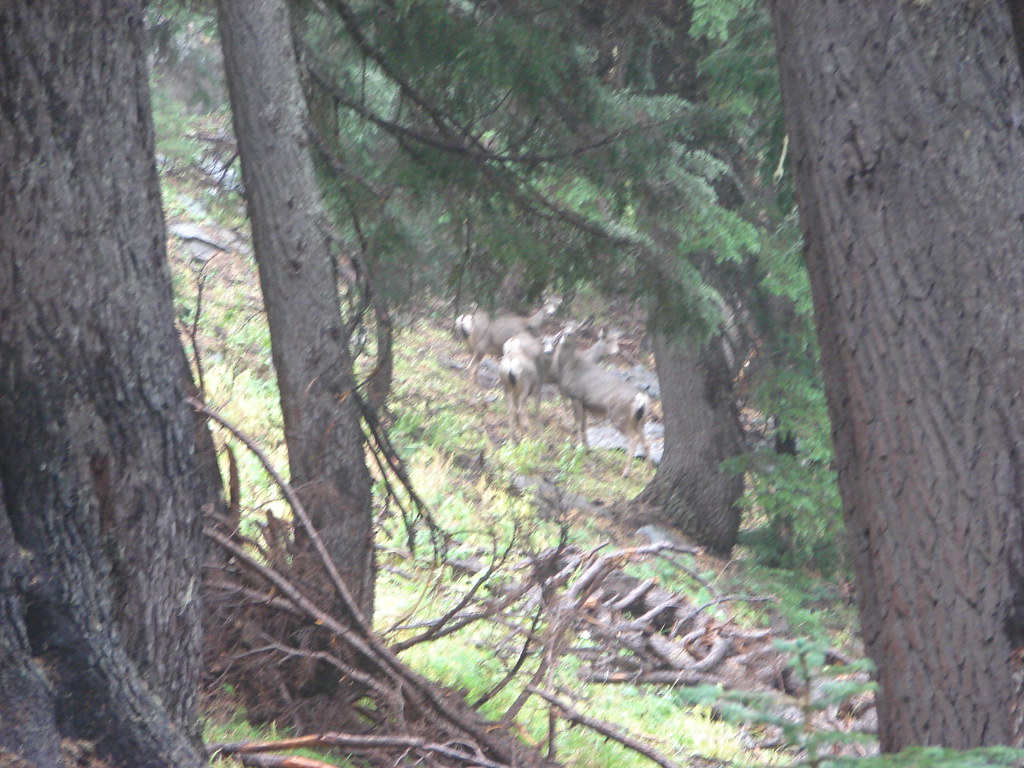

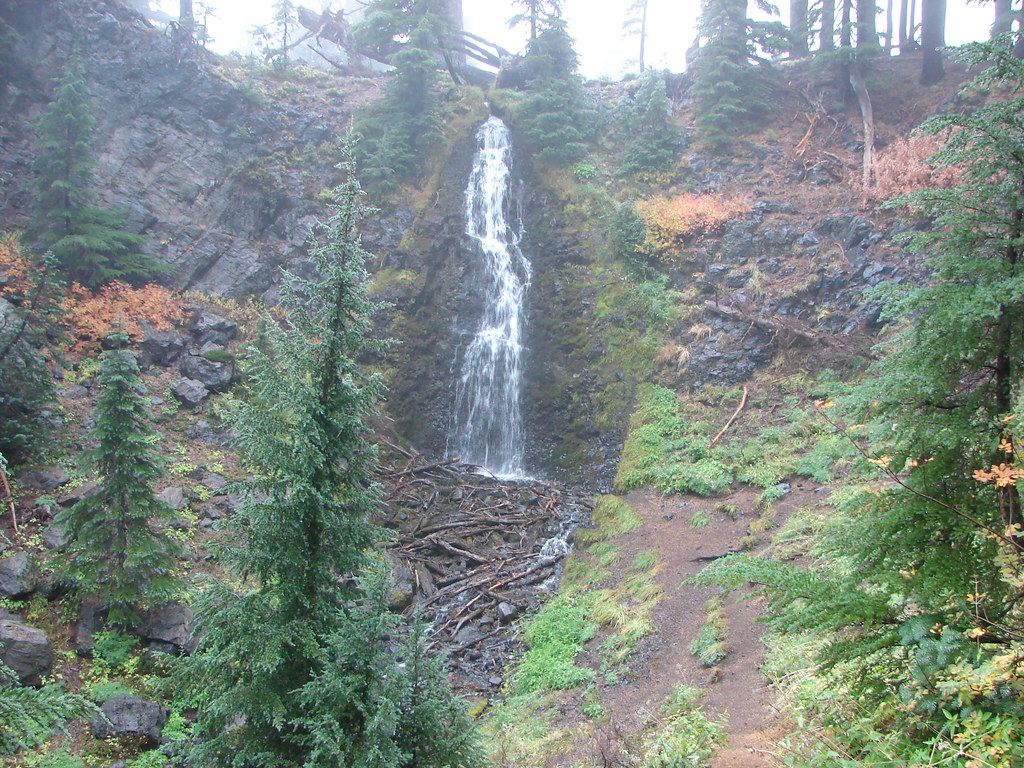
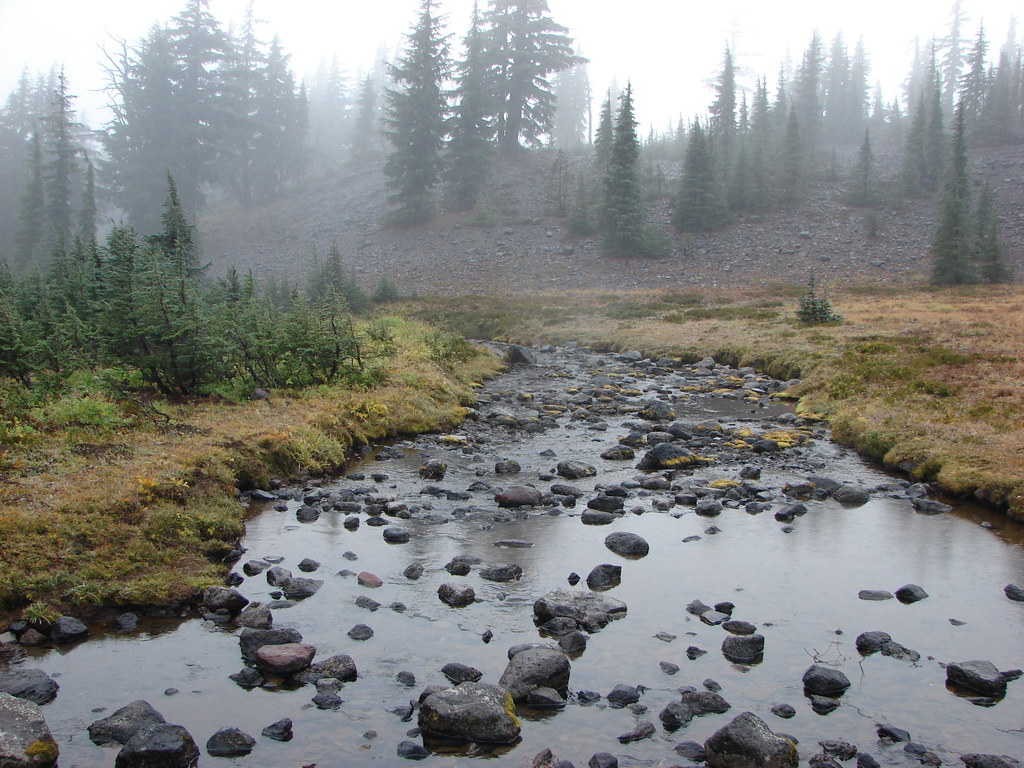
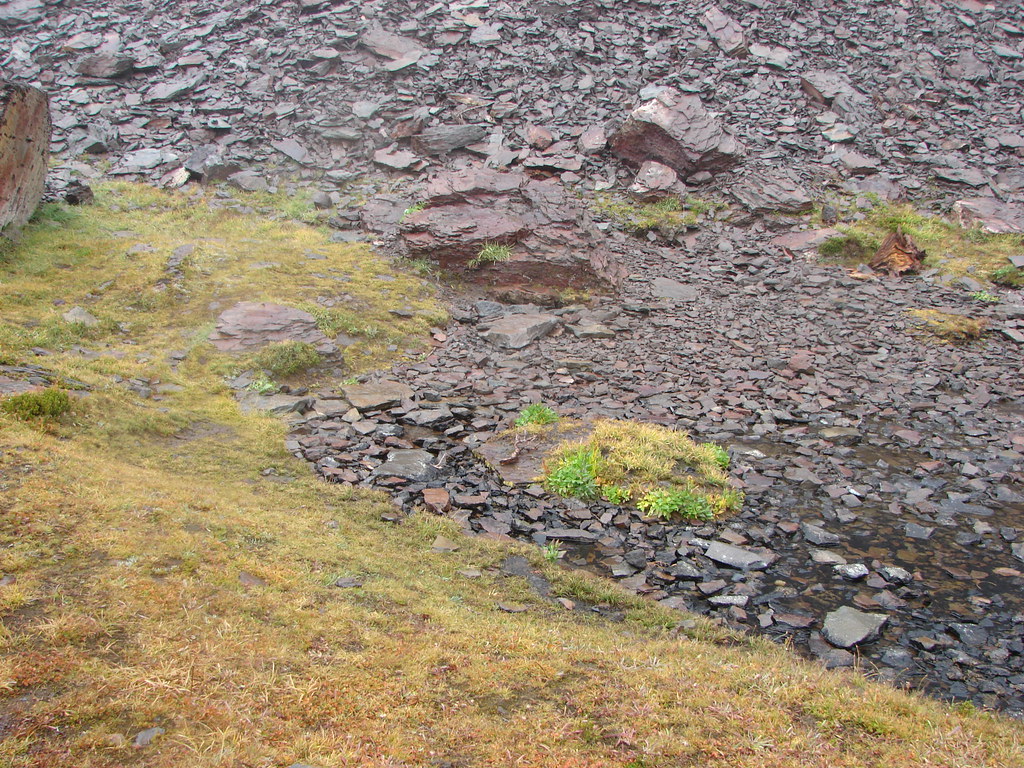 Sister Spring
Sister Spring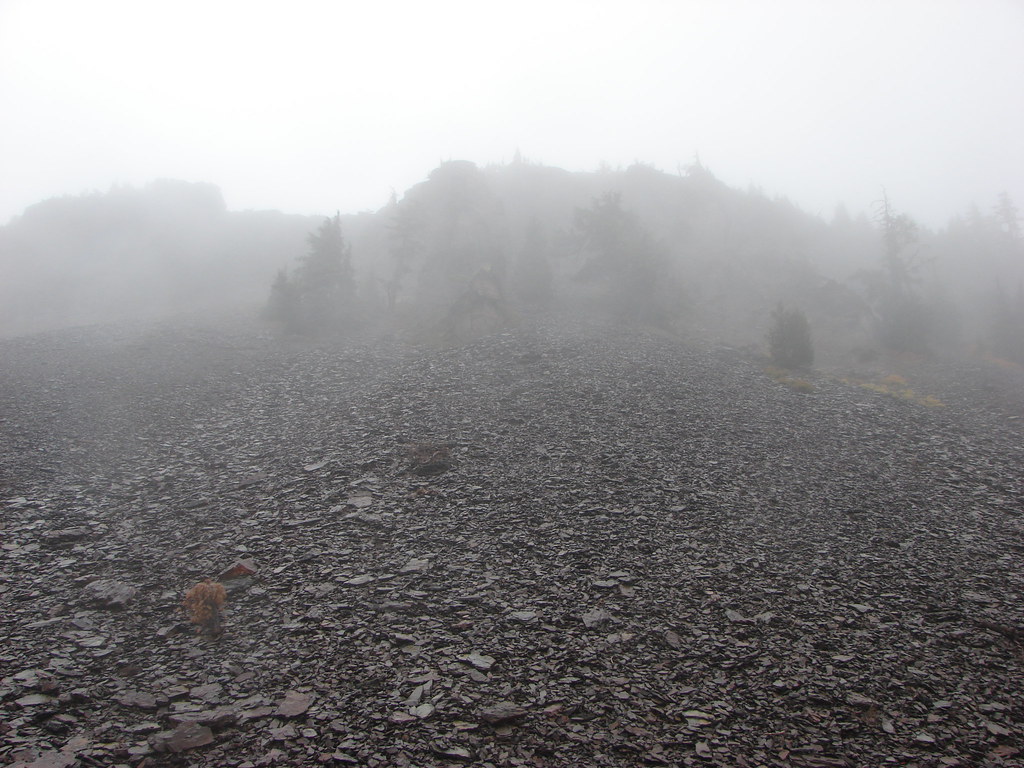
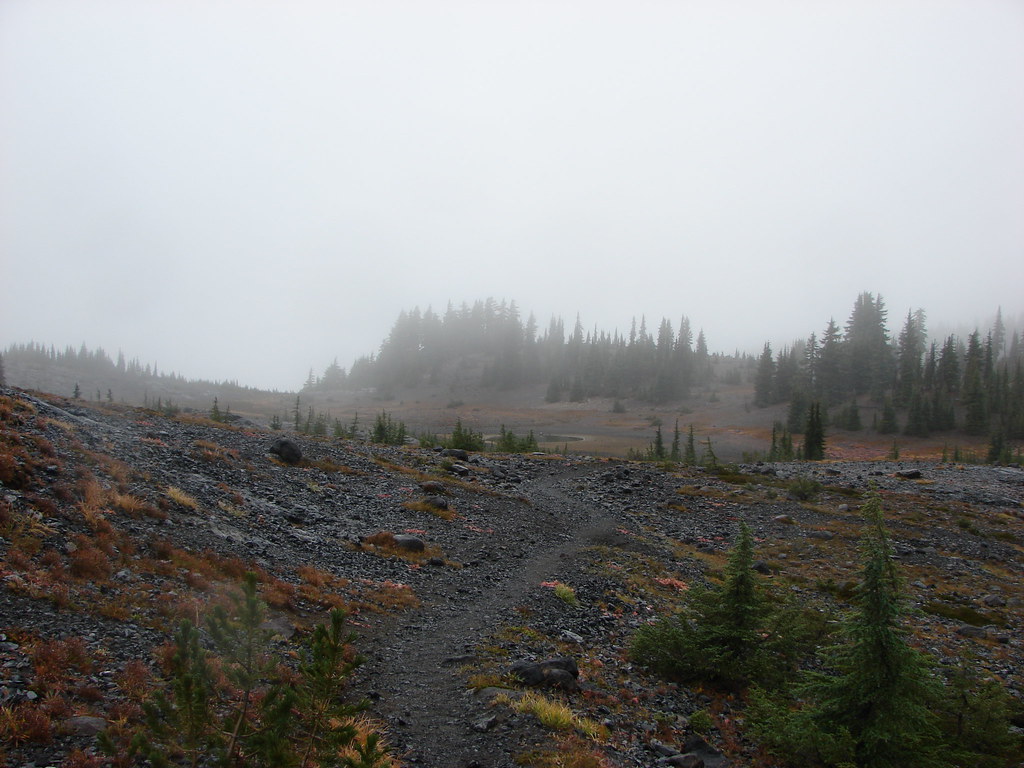
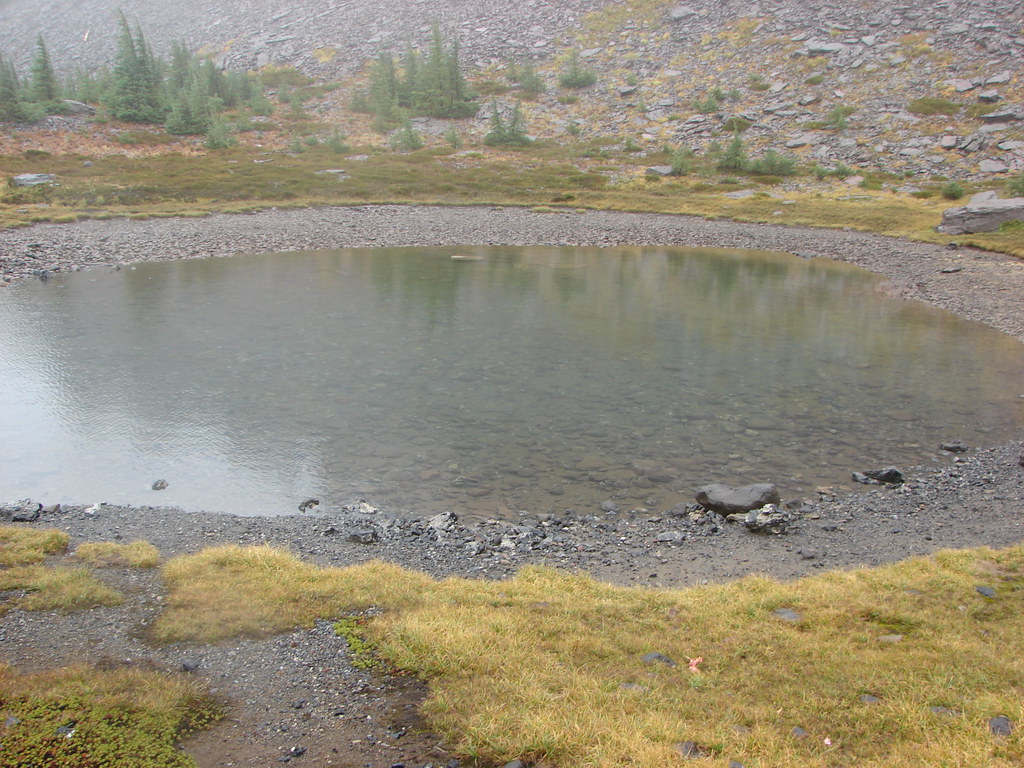
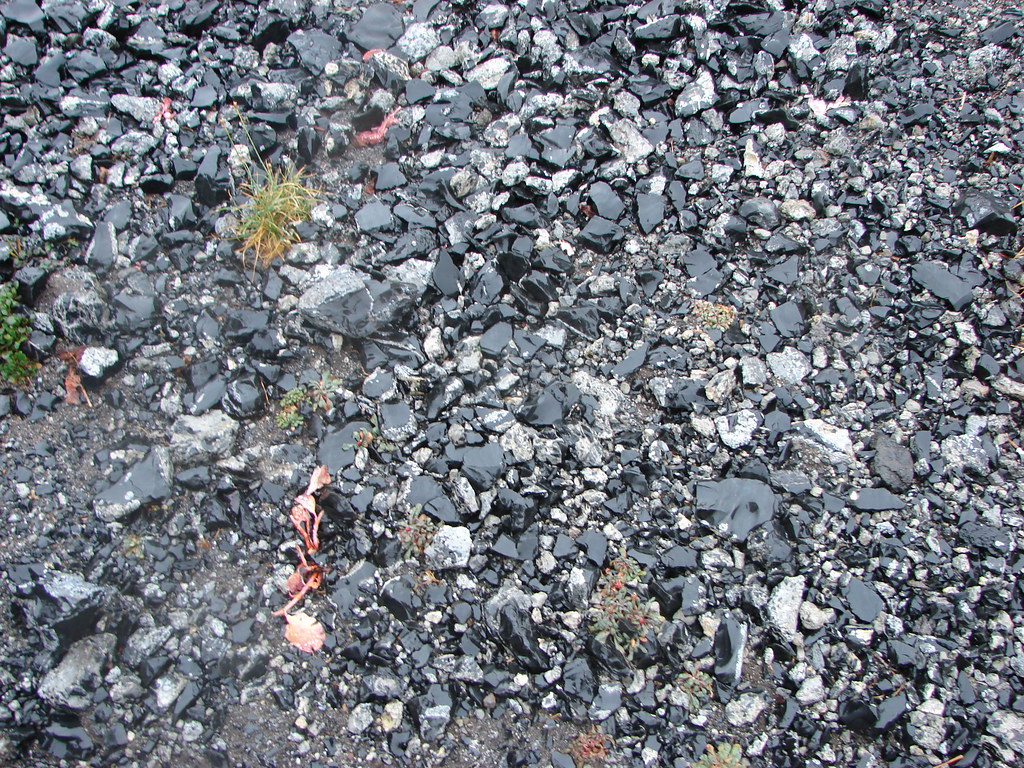
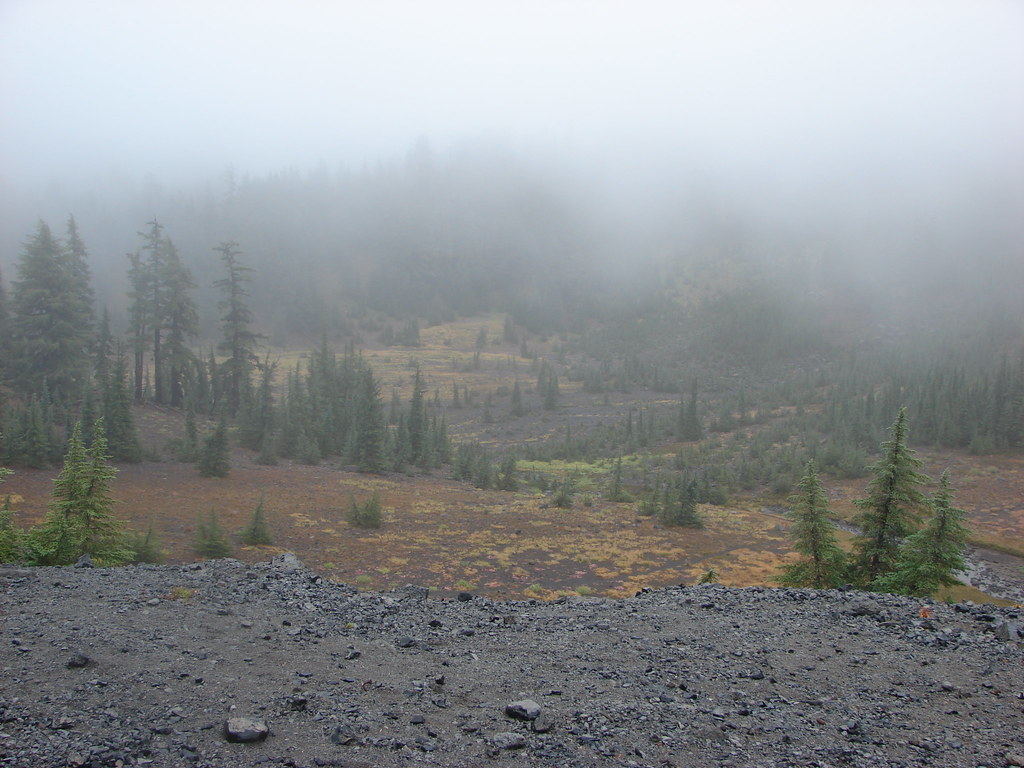


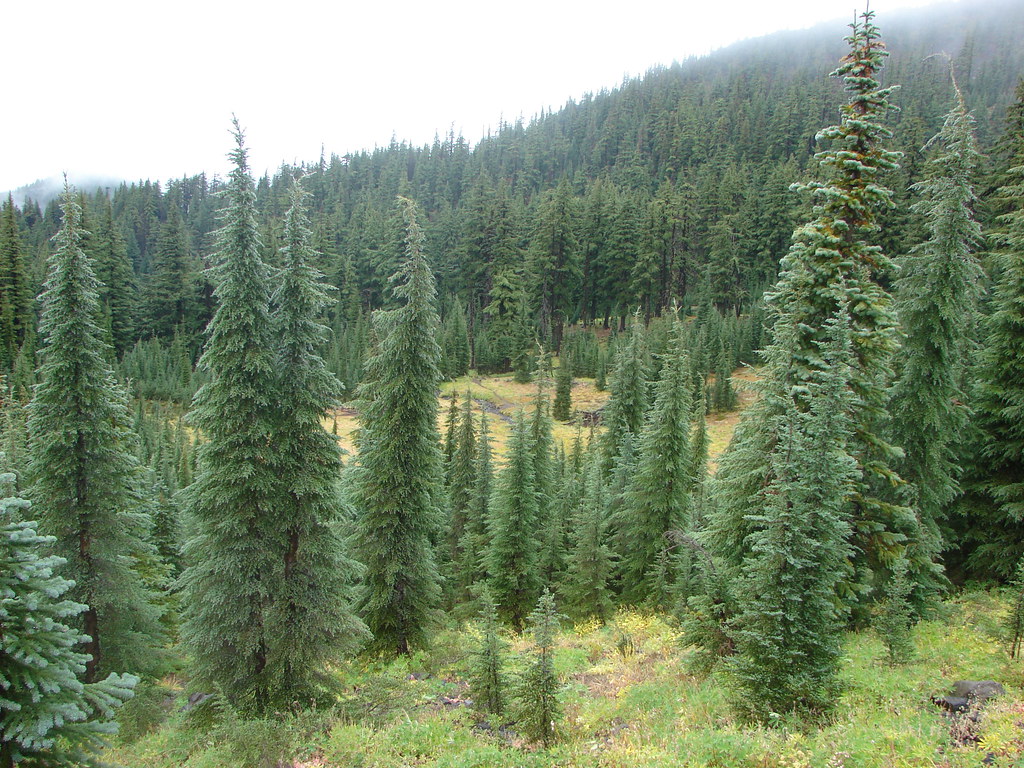
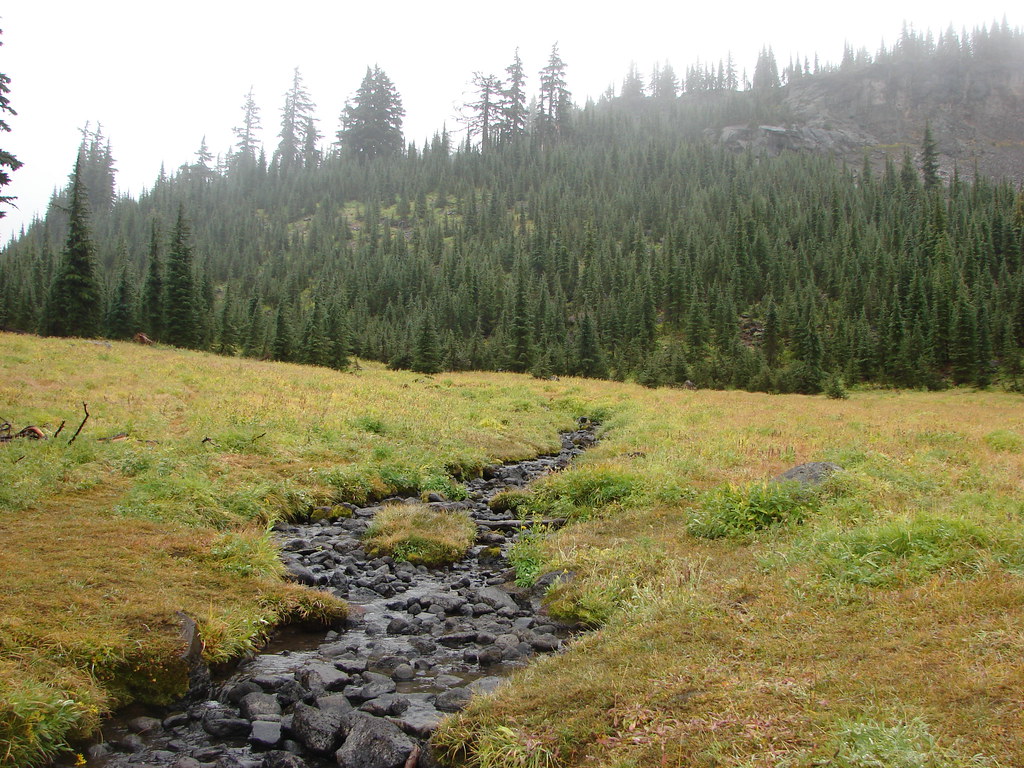
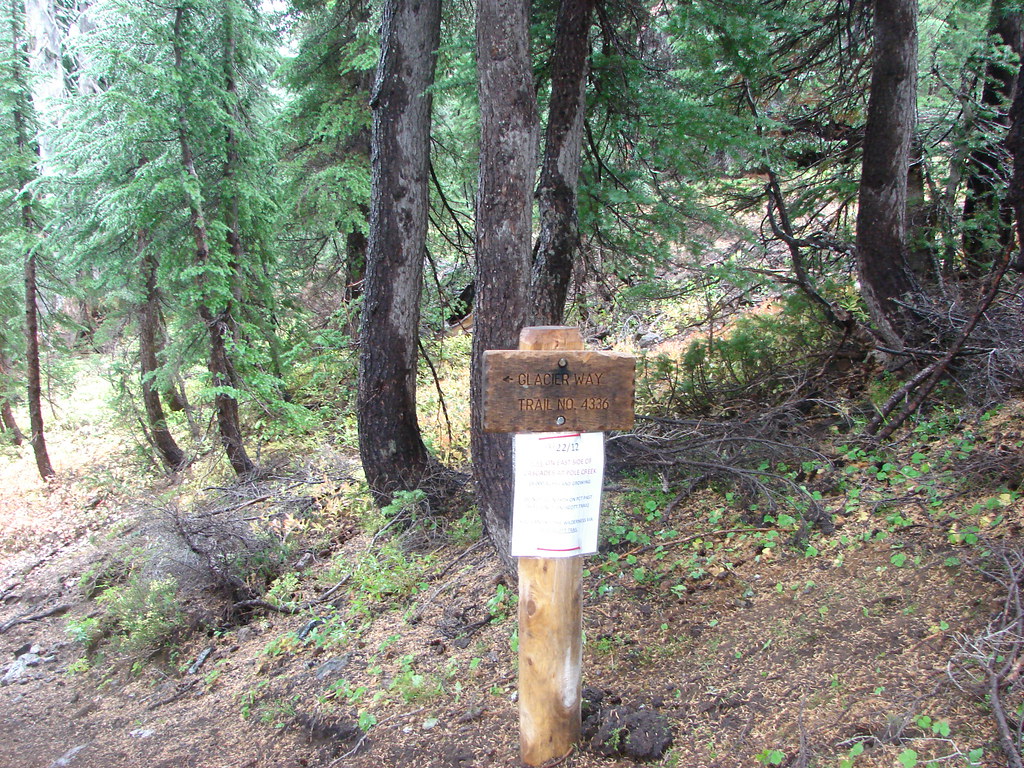
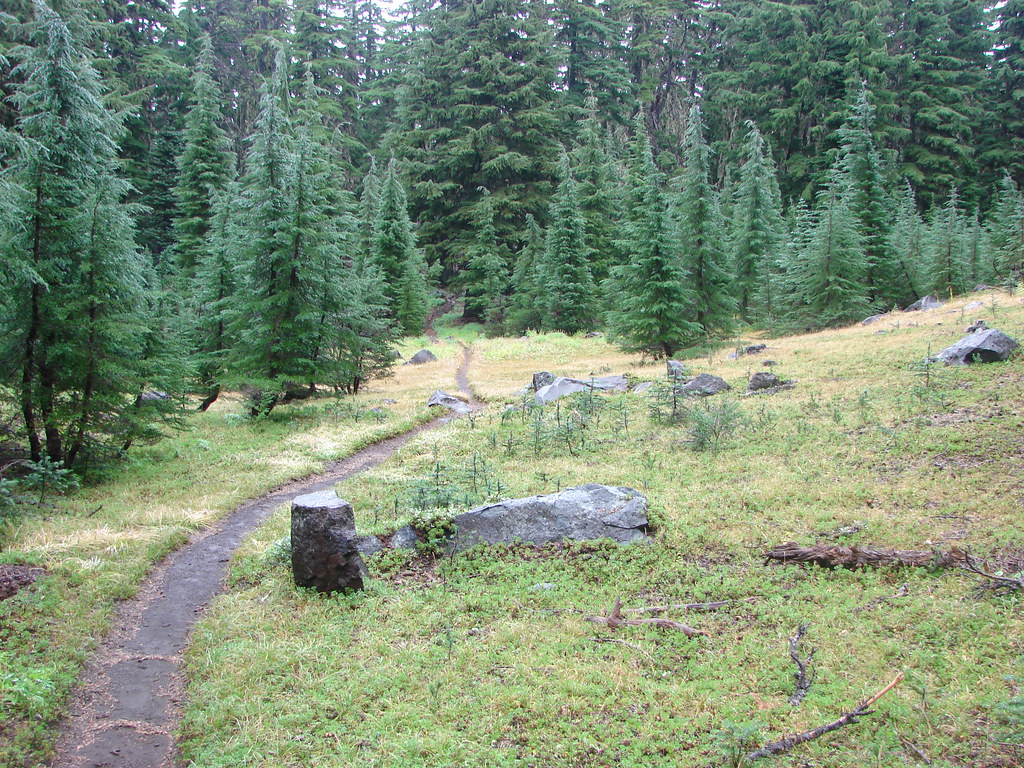
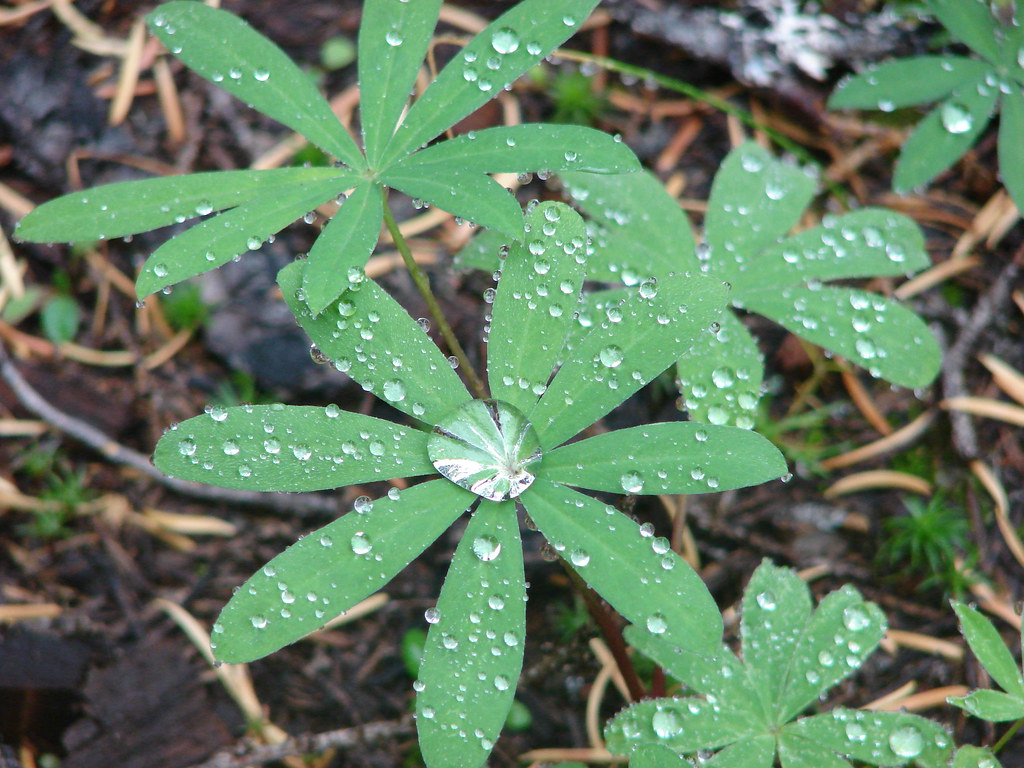
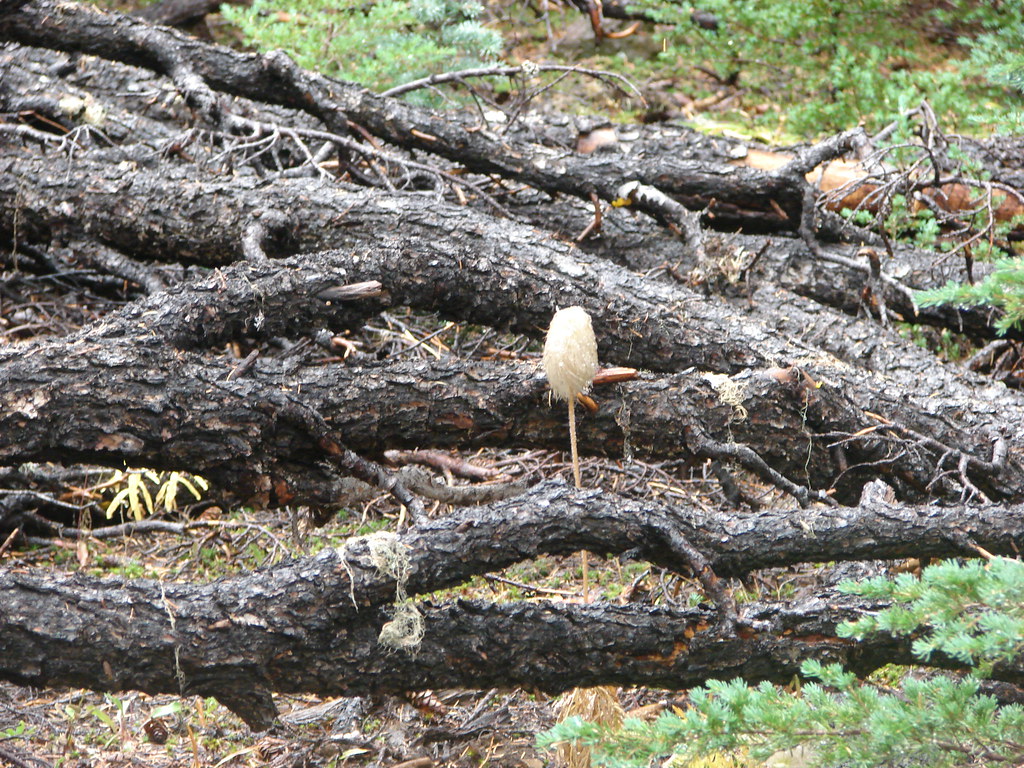
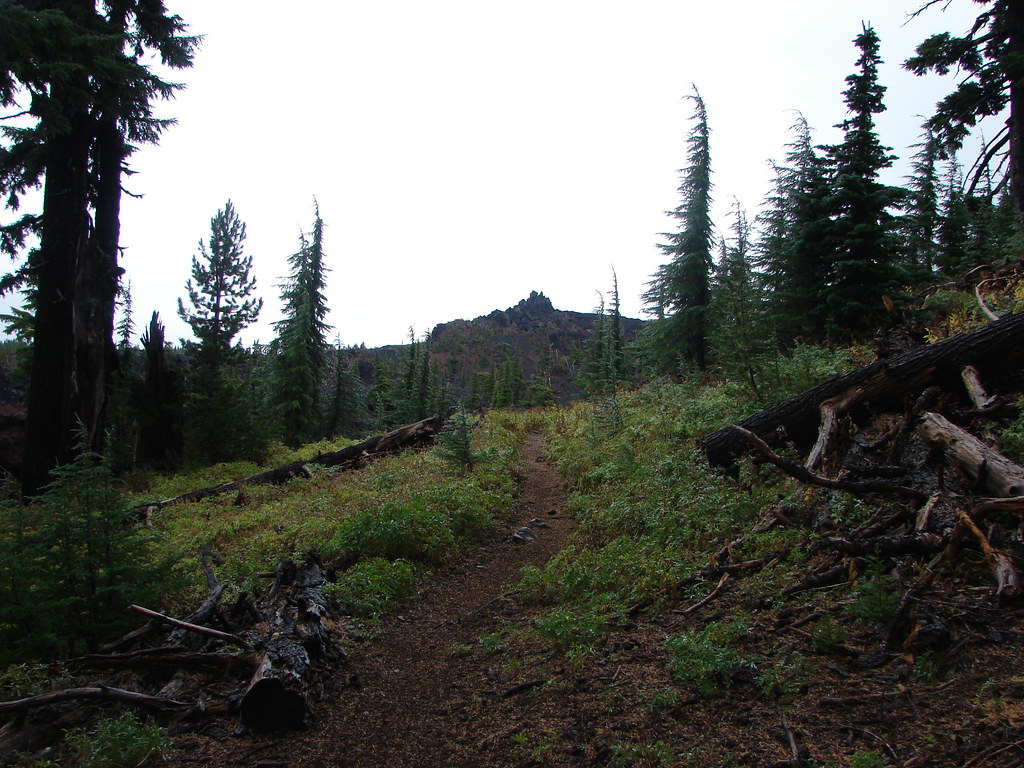
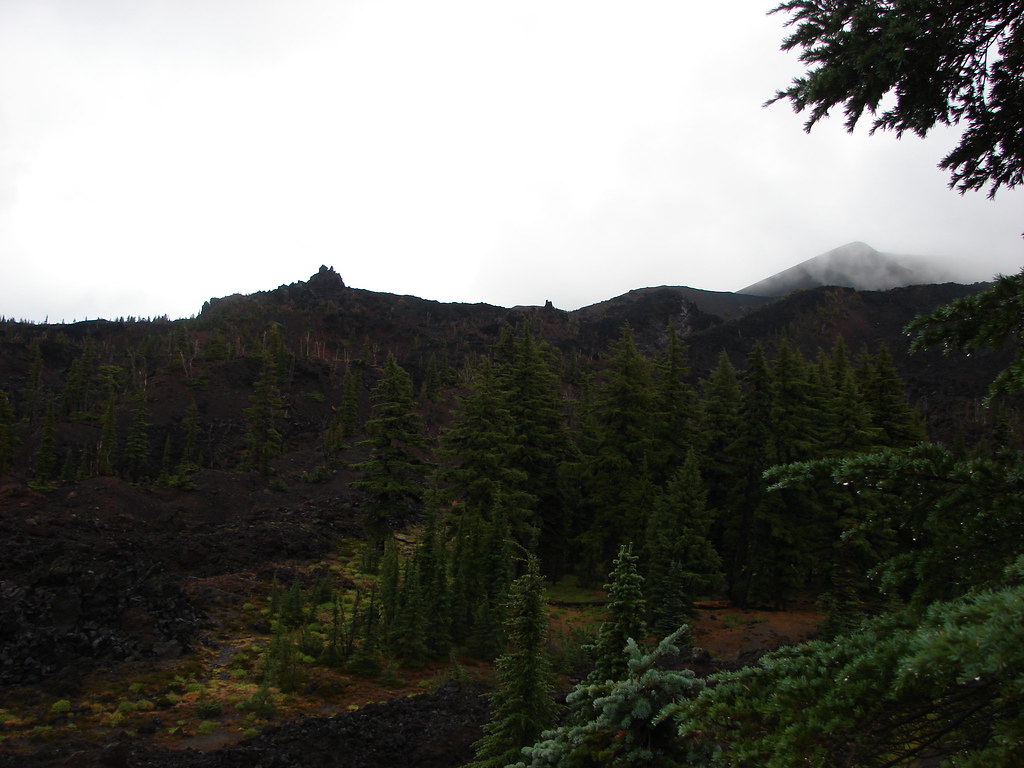
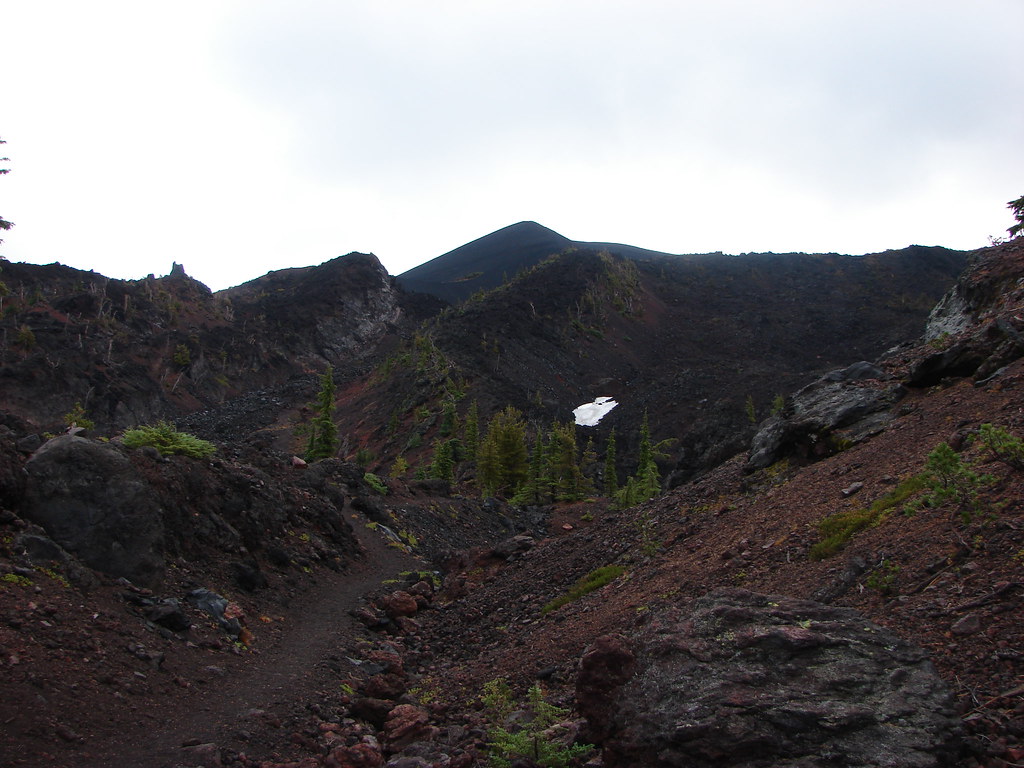

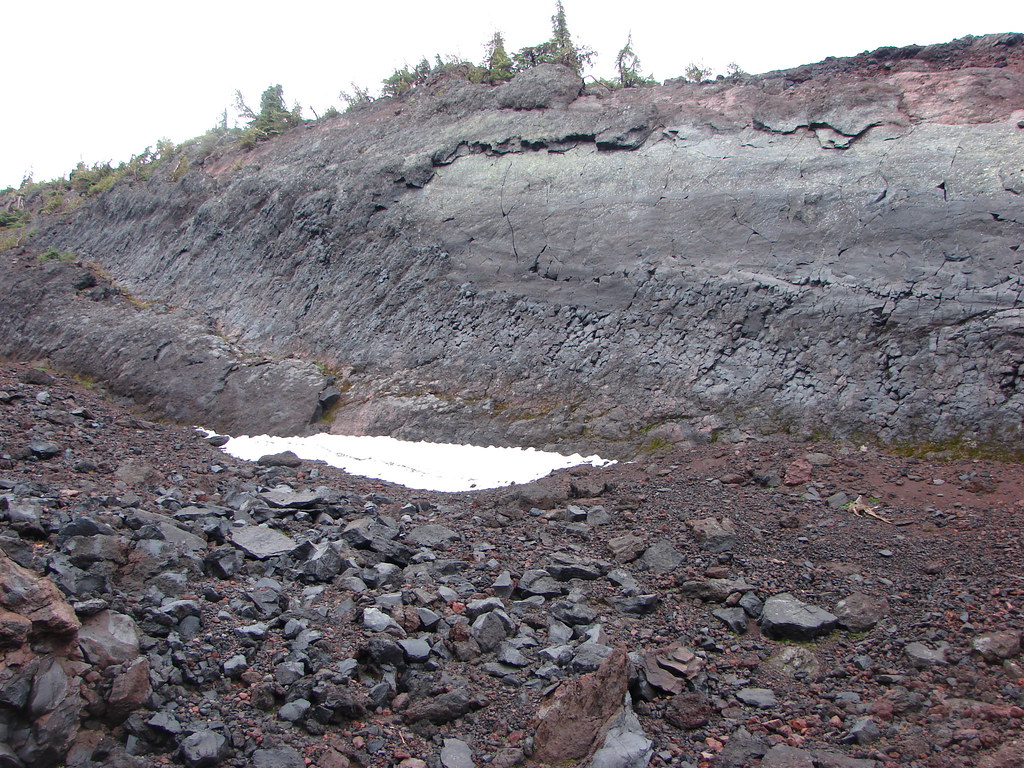
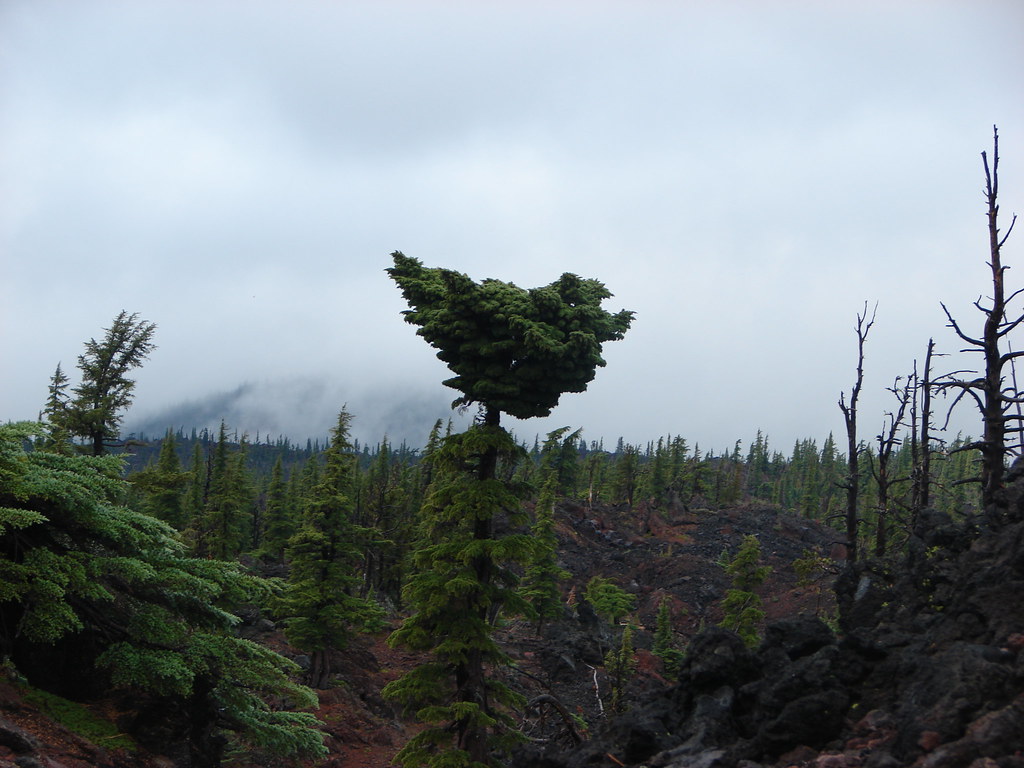
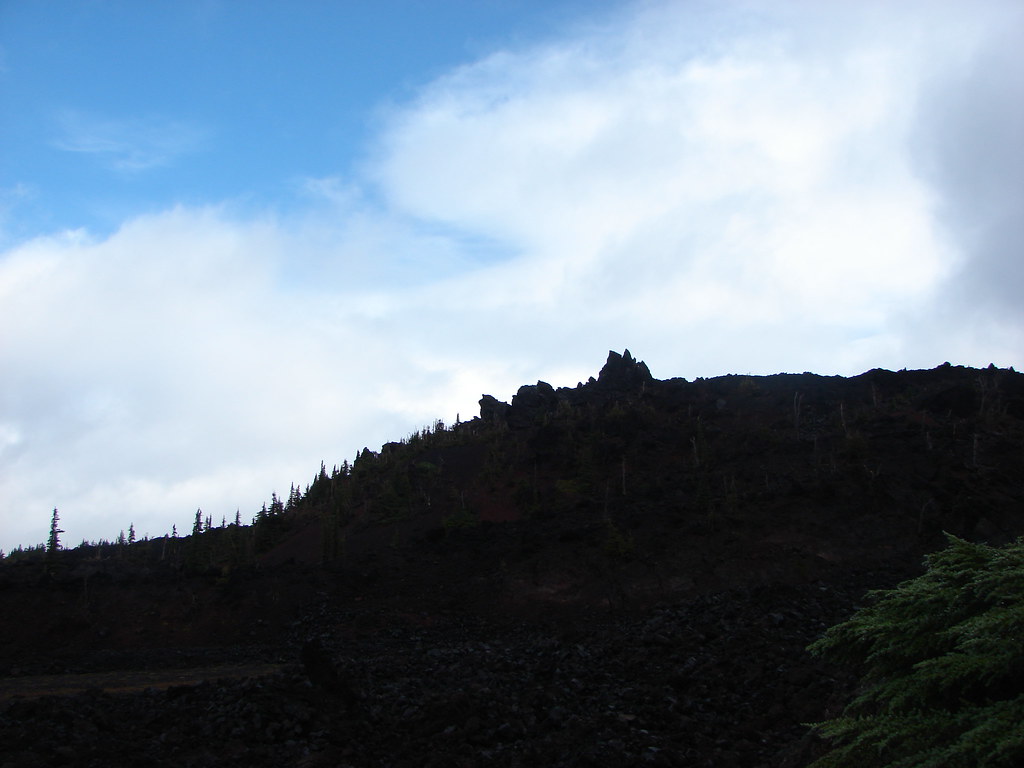
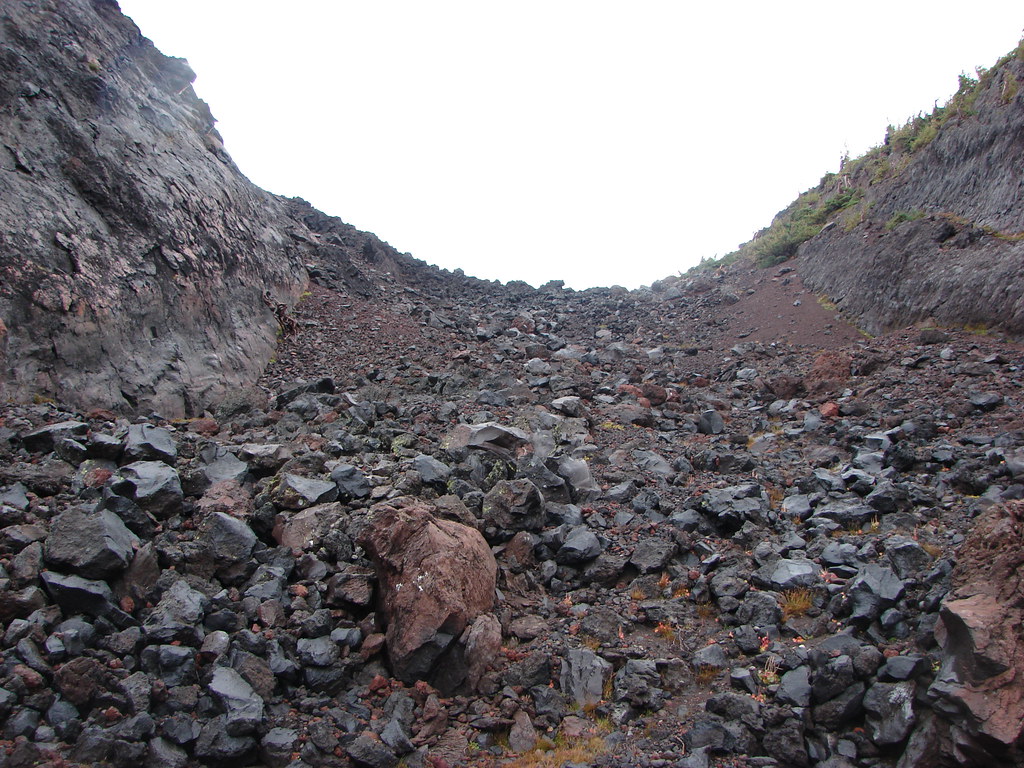
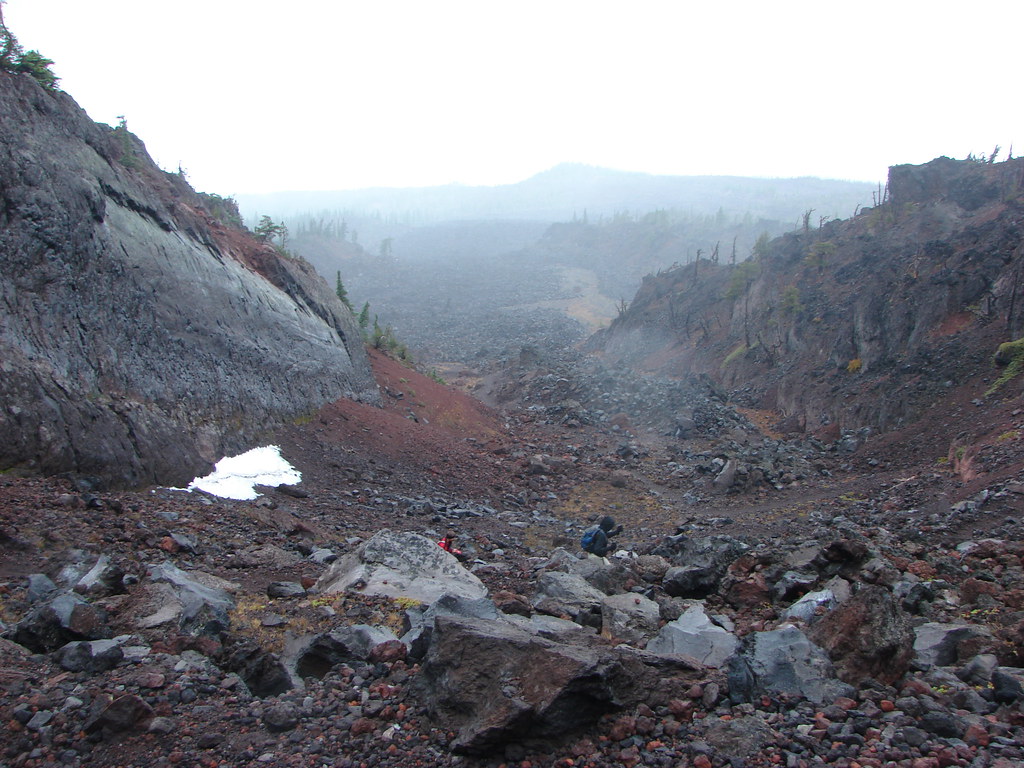
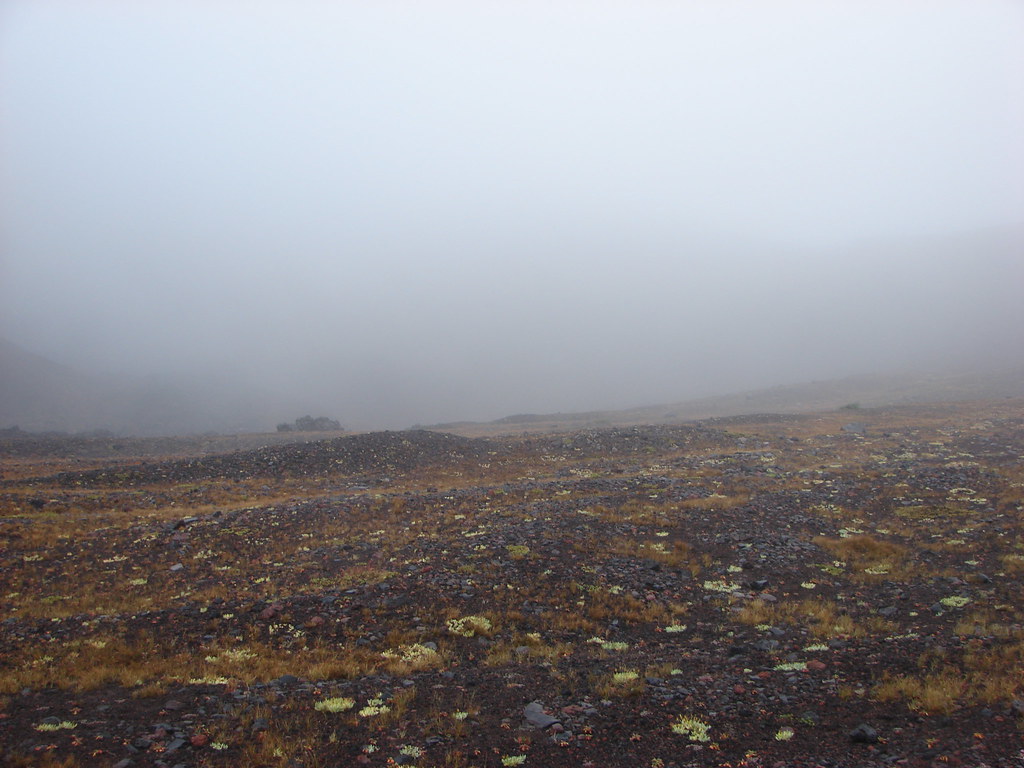
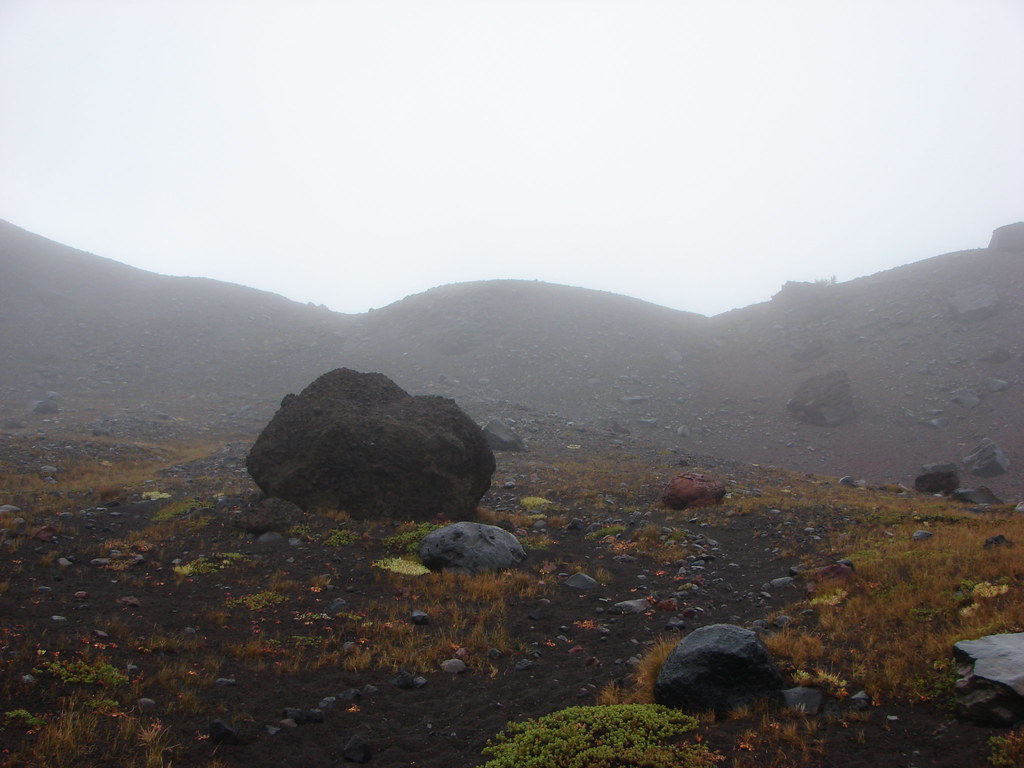

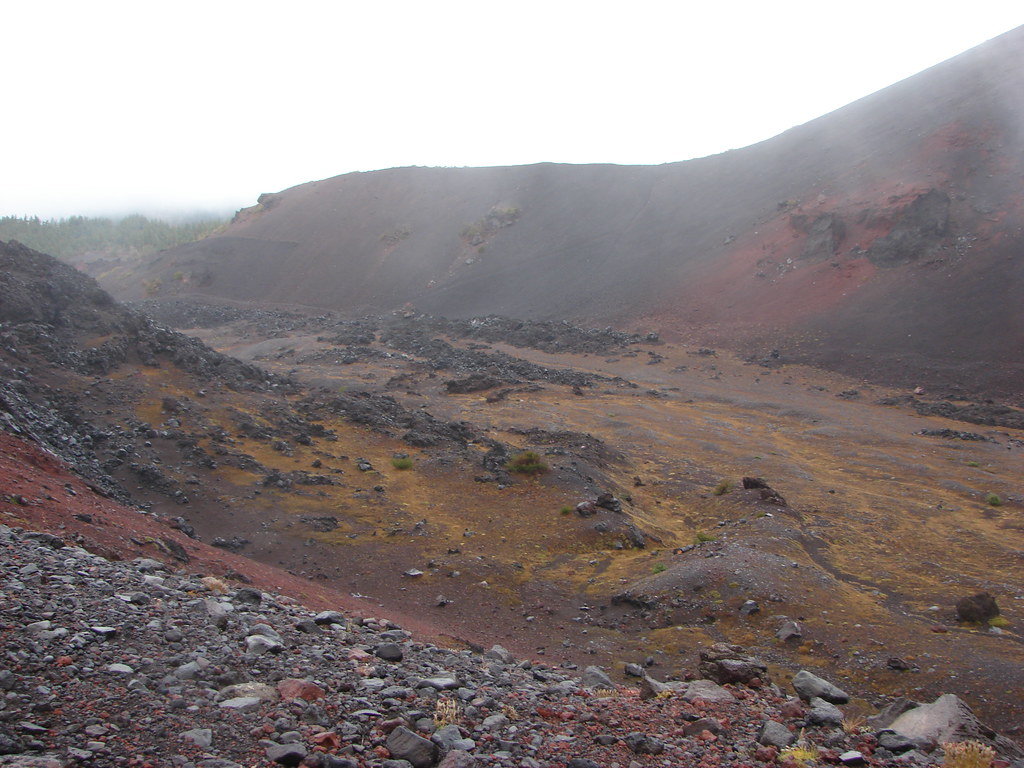
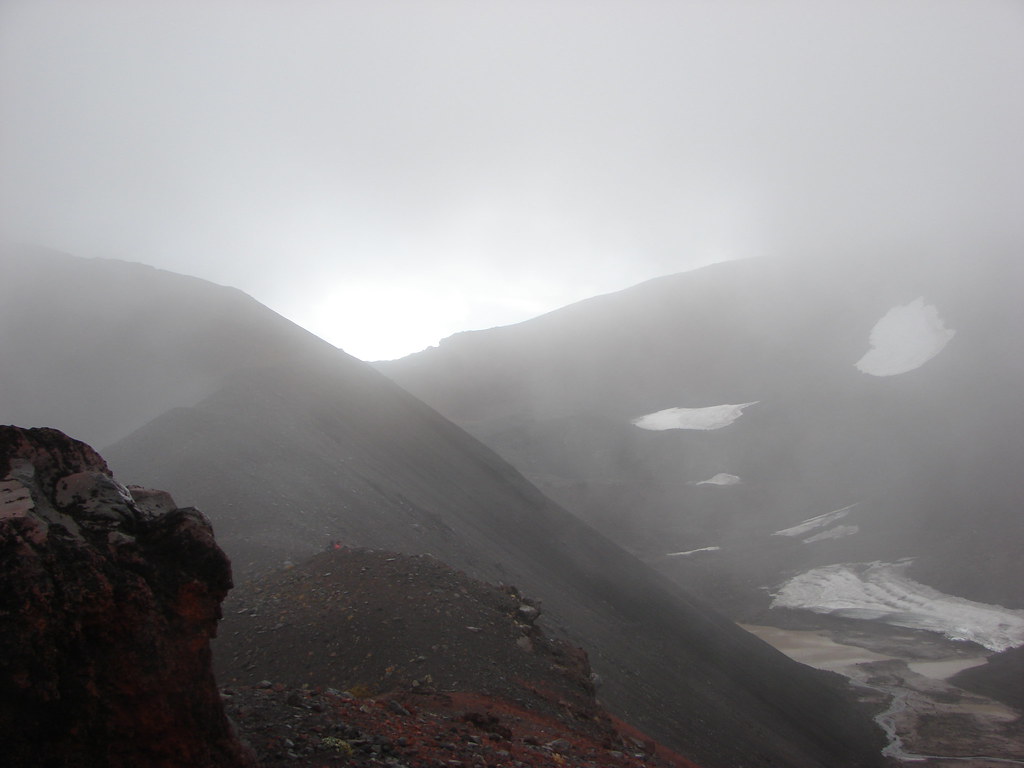
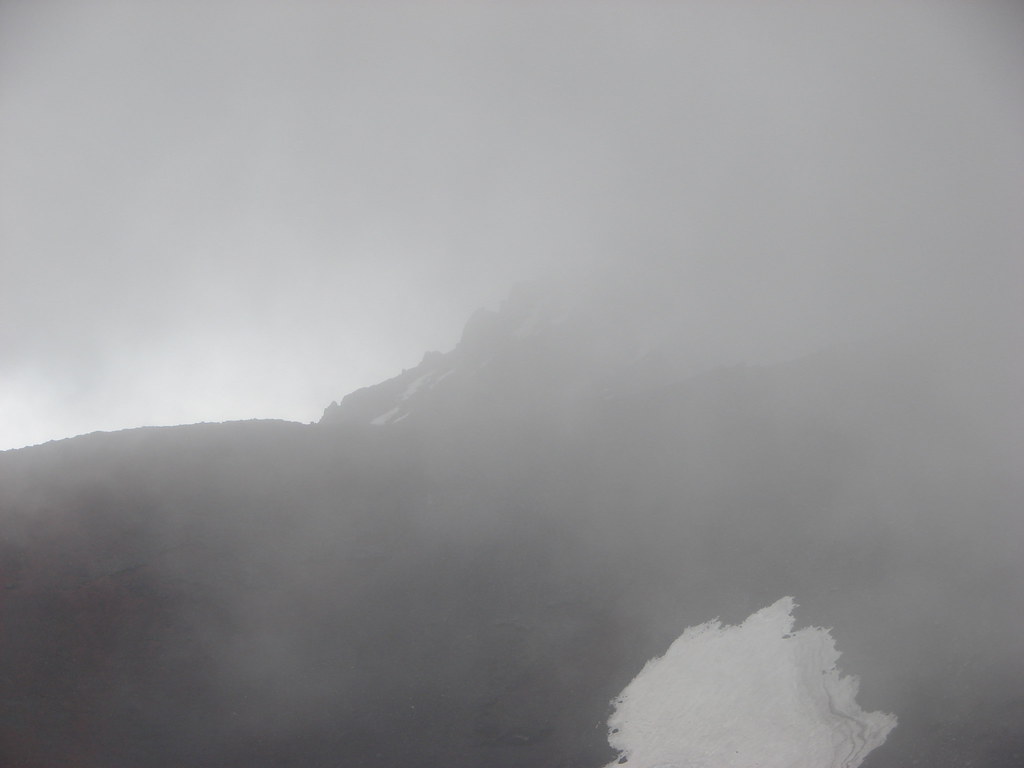
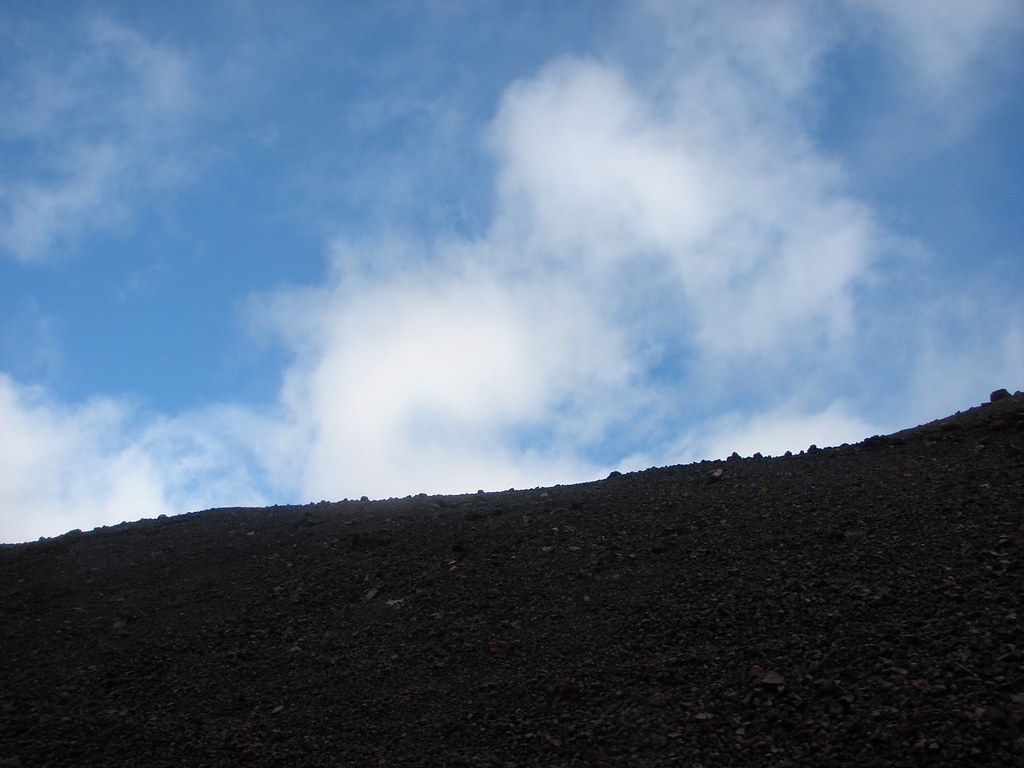
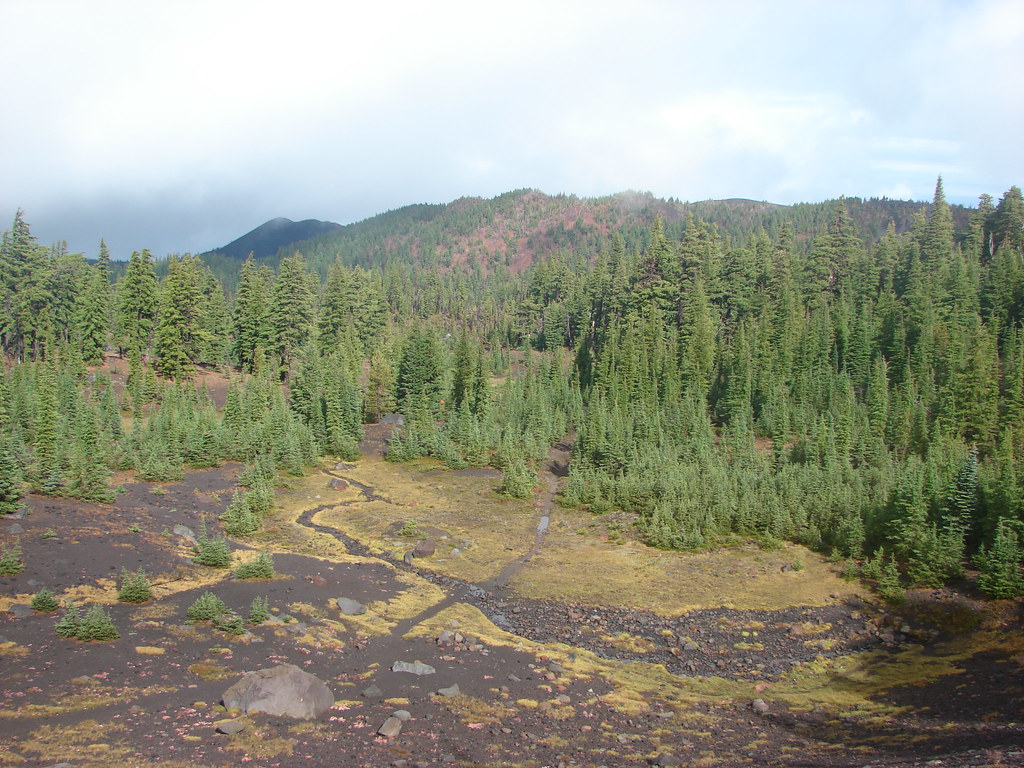
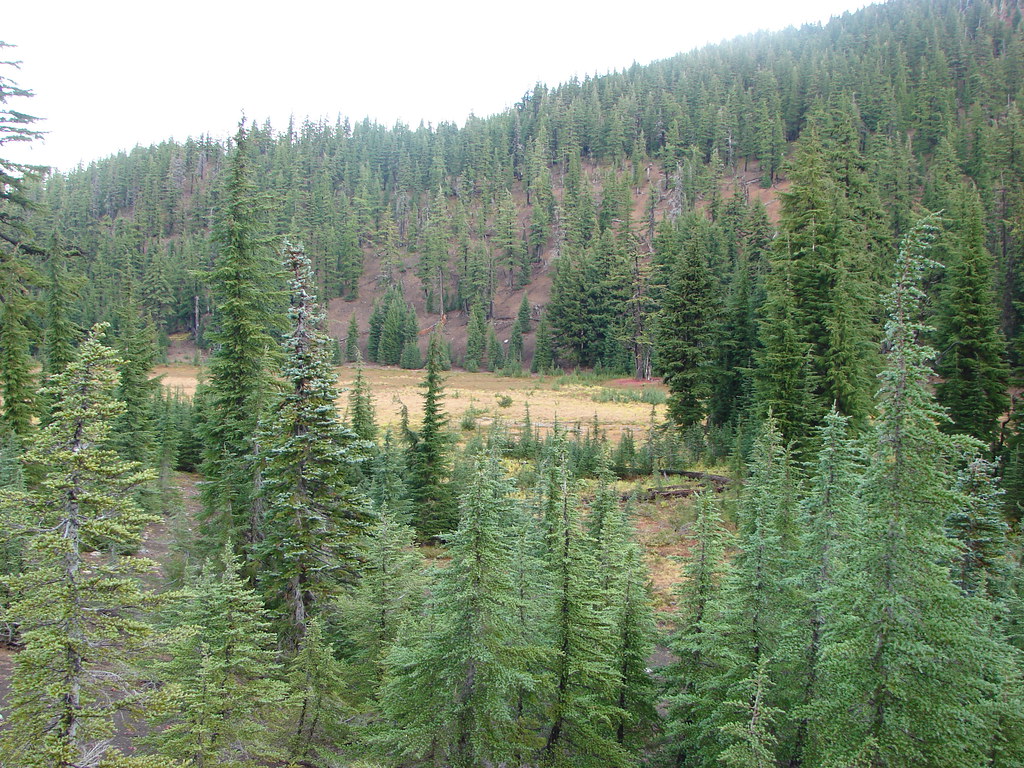
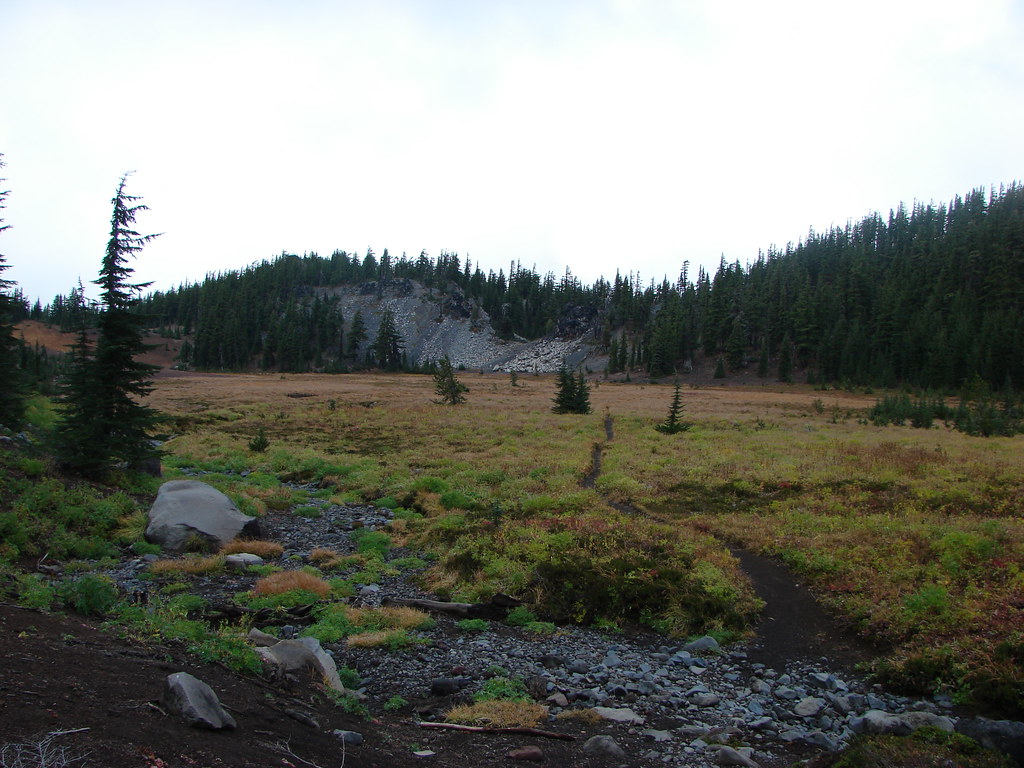

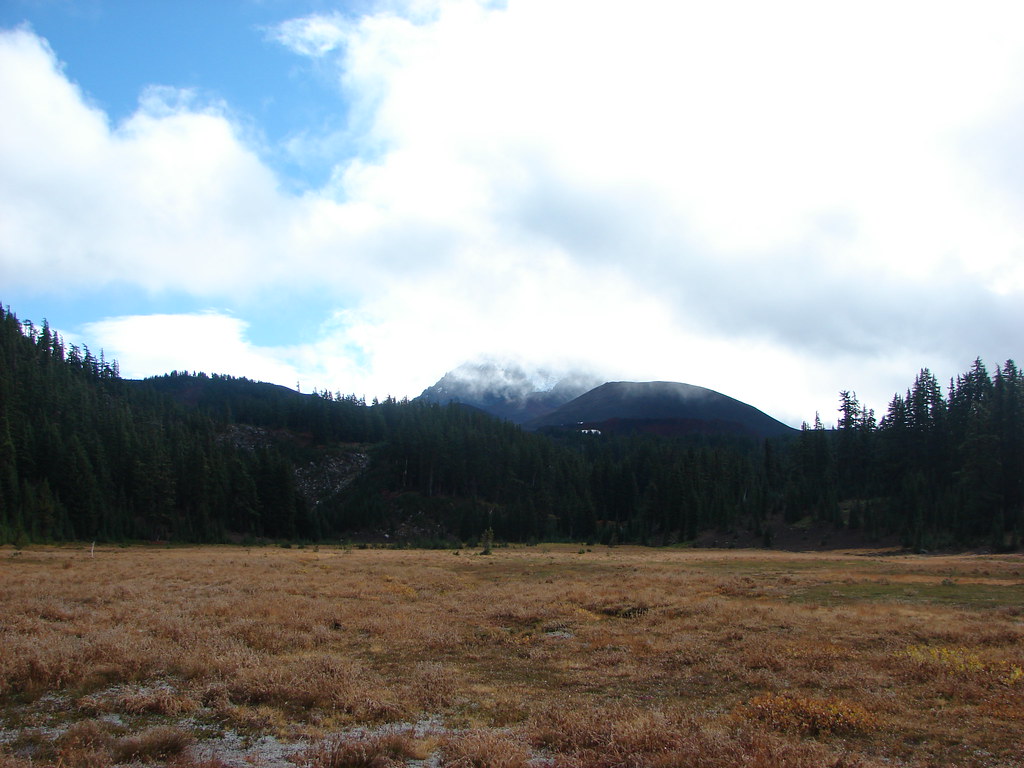
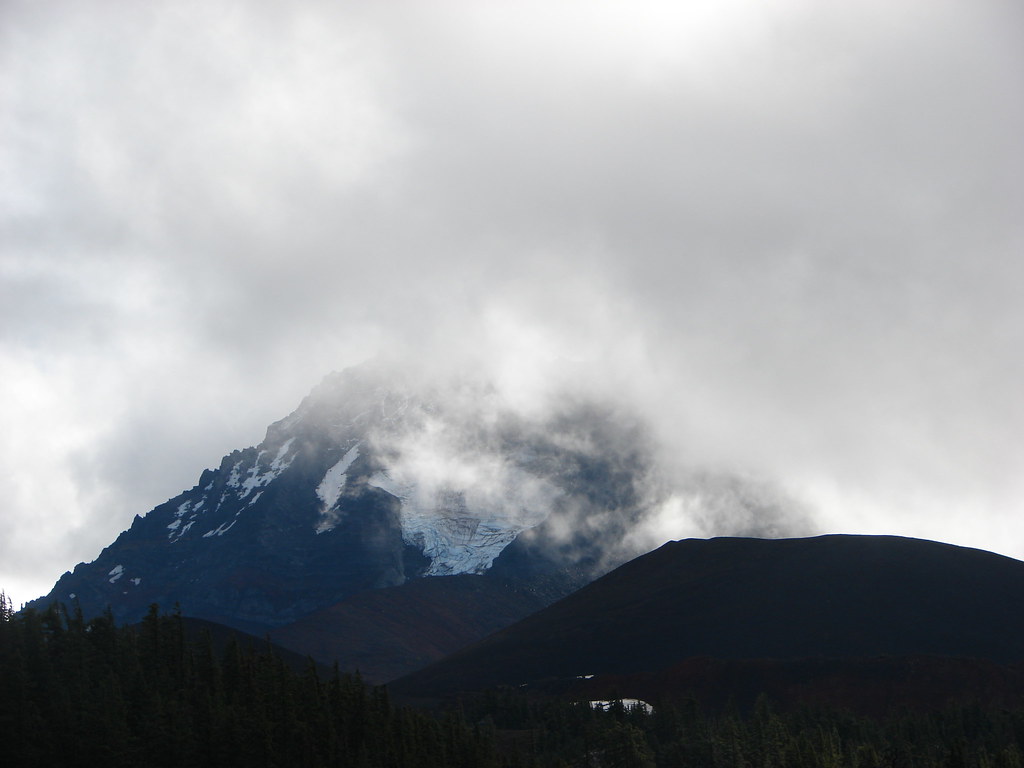 North Sister and the Collier Cone
North Sister and the Collier Cone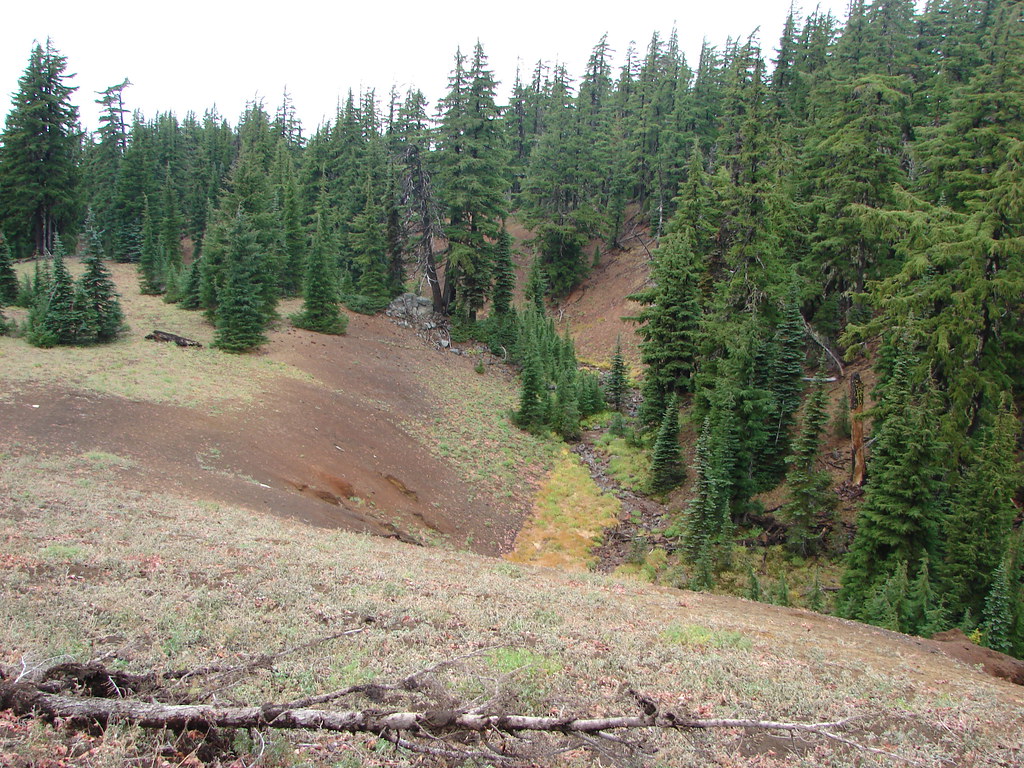
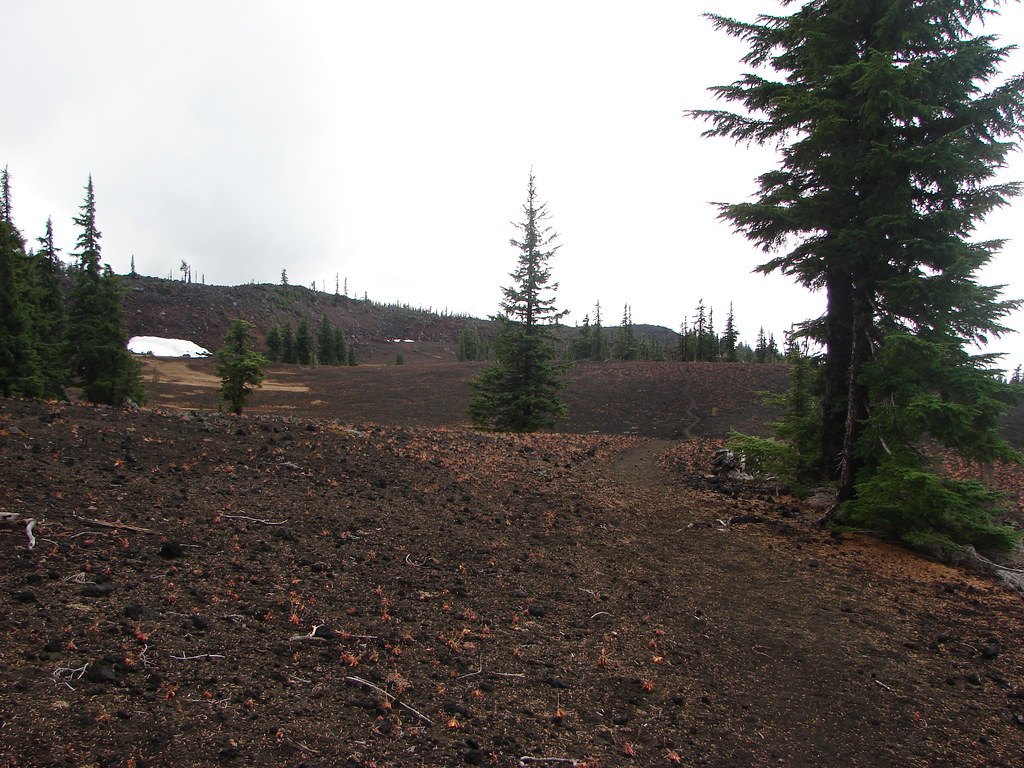
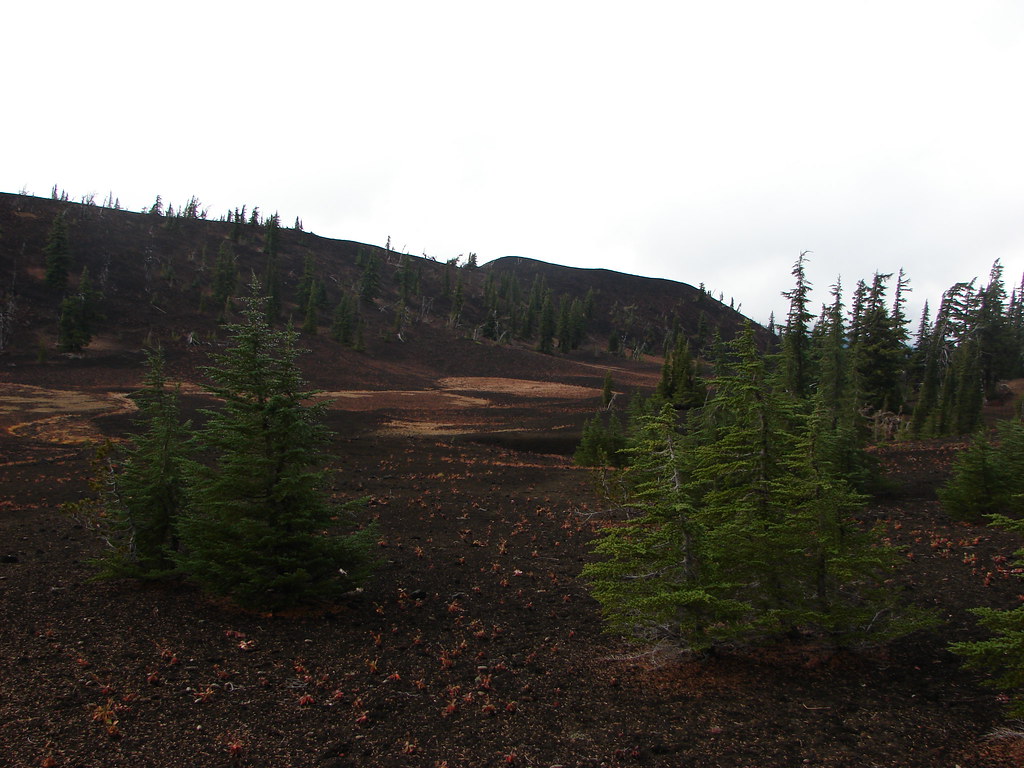
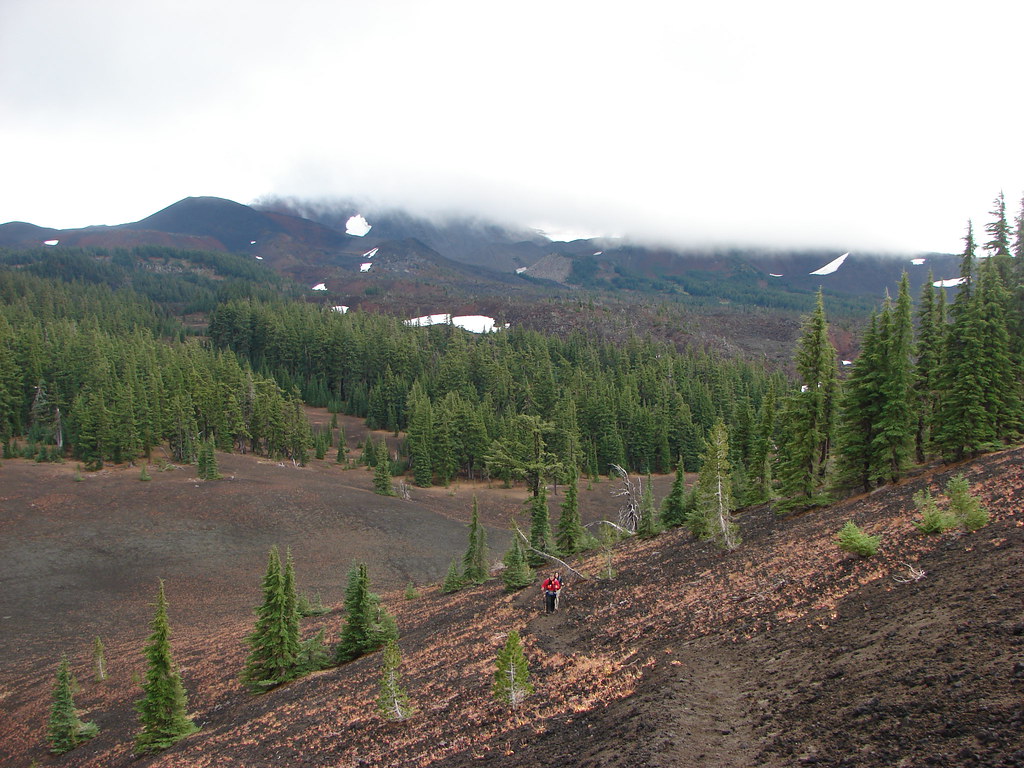
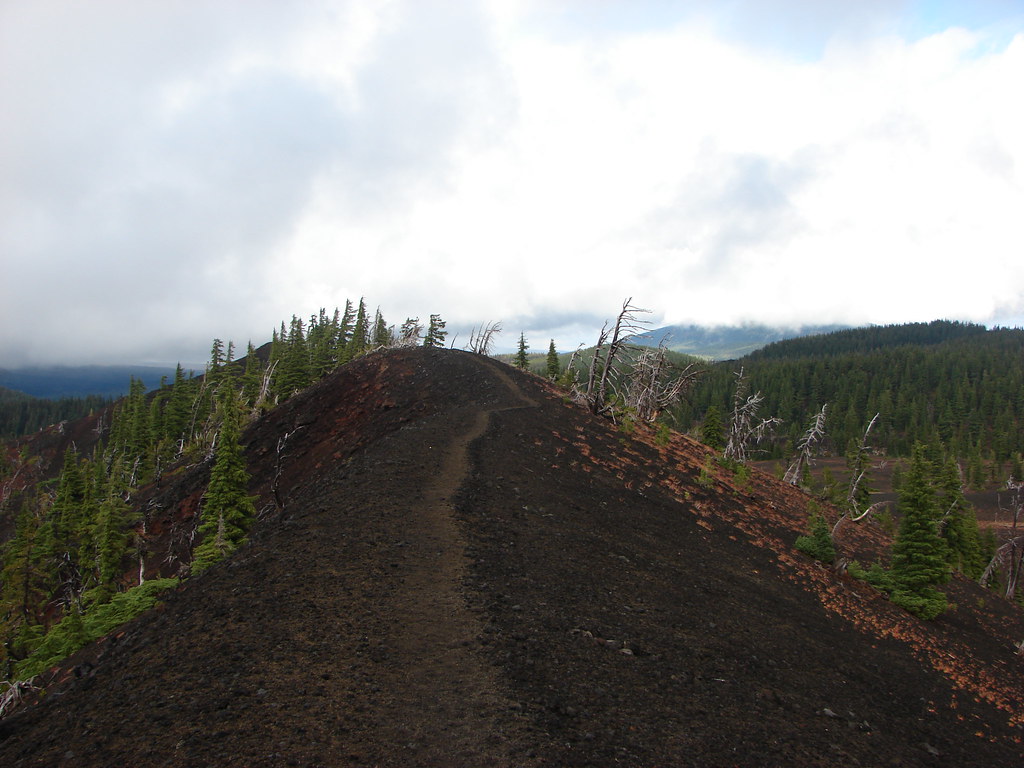


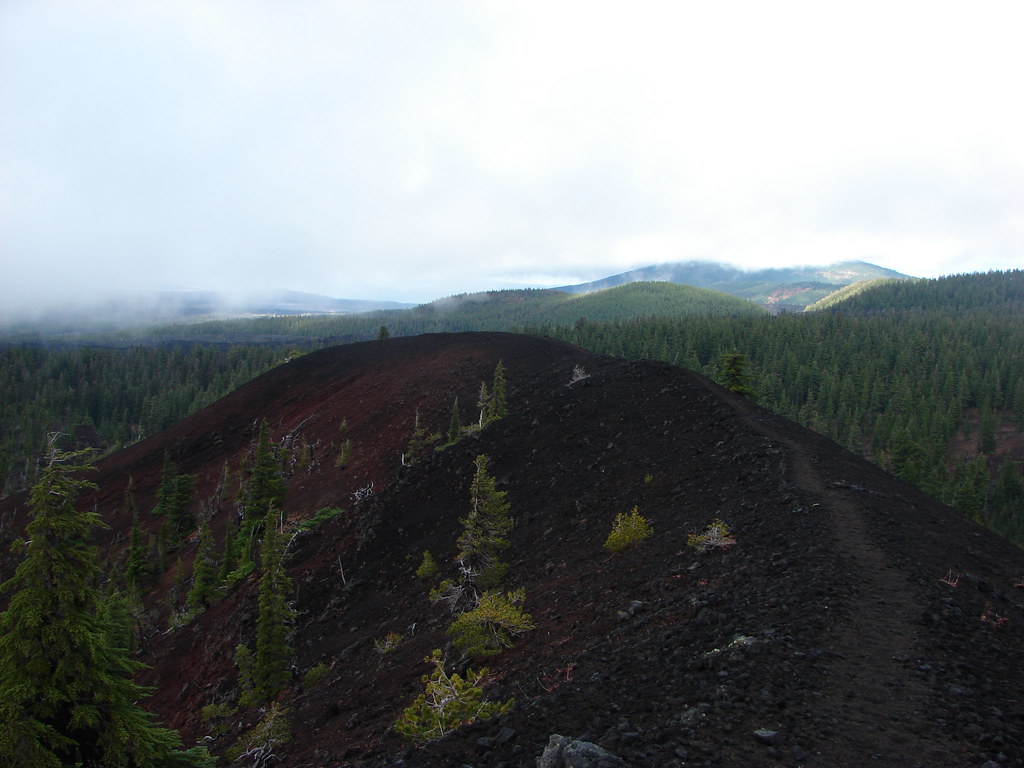

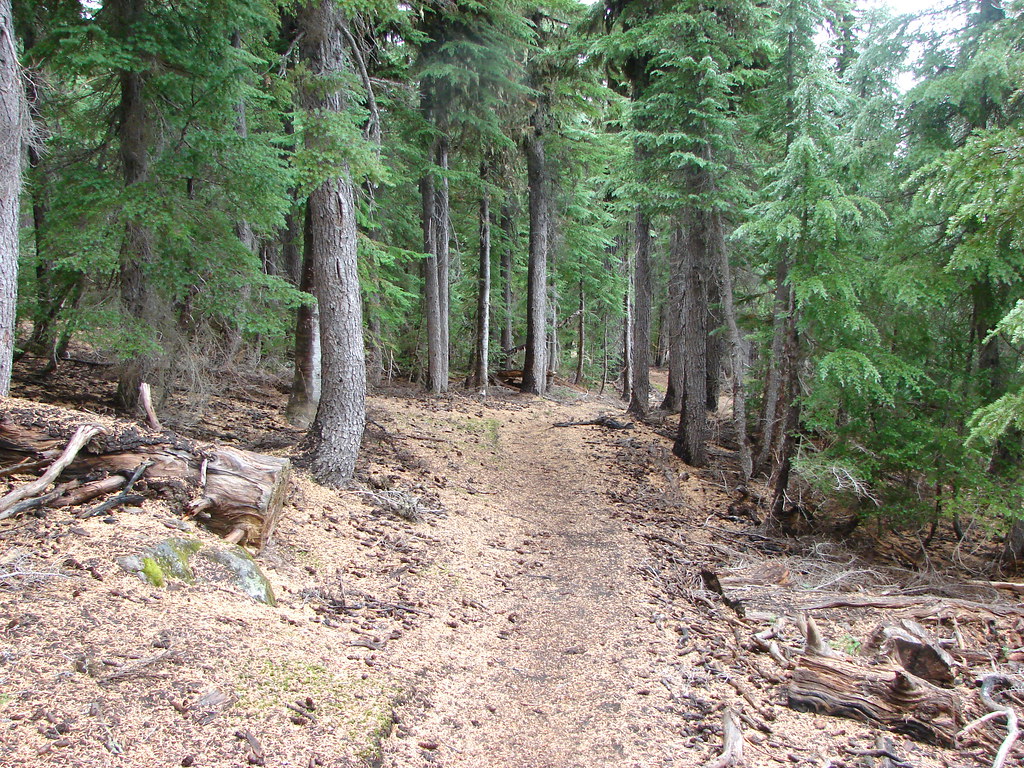


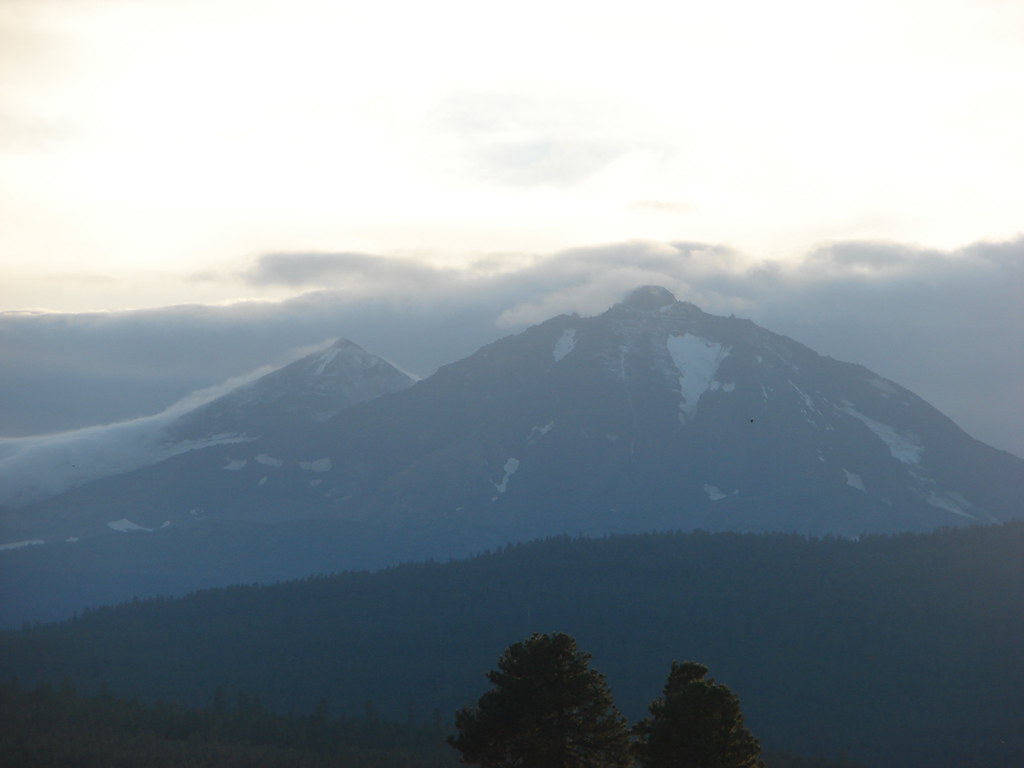
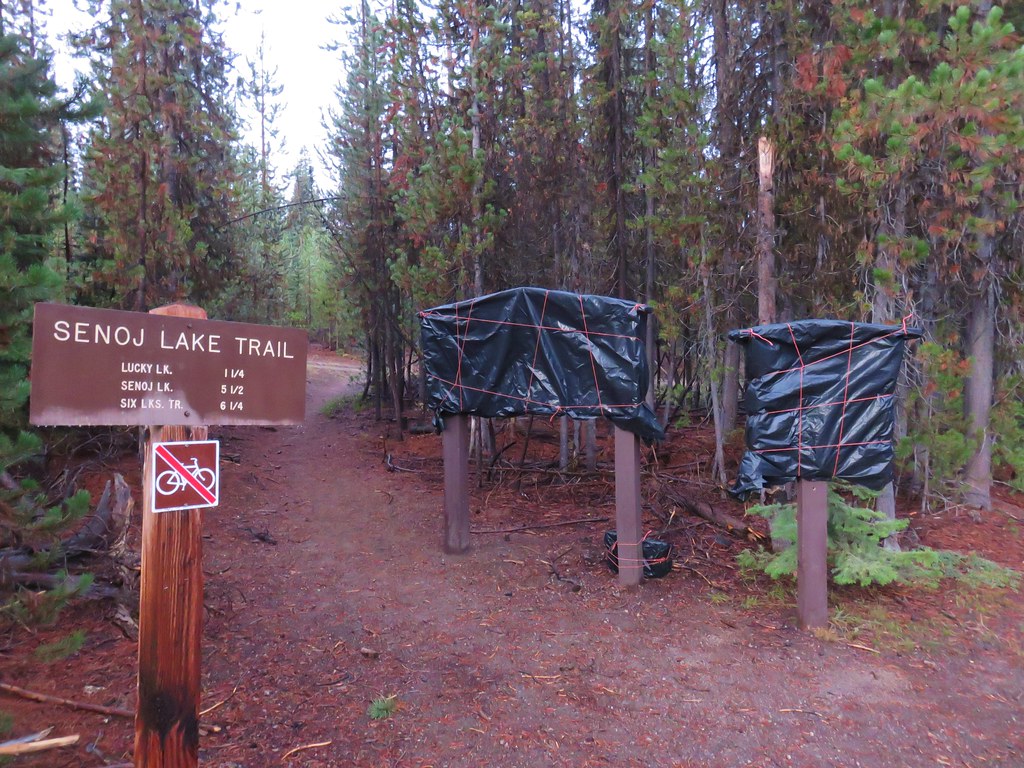
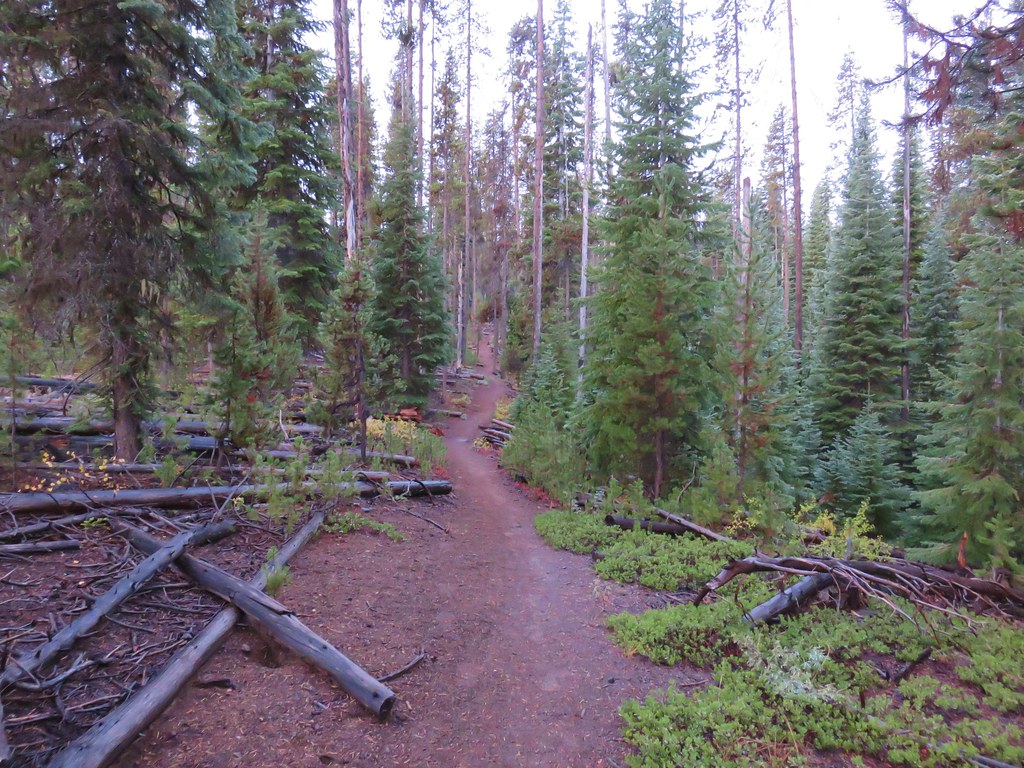
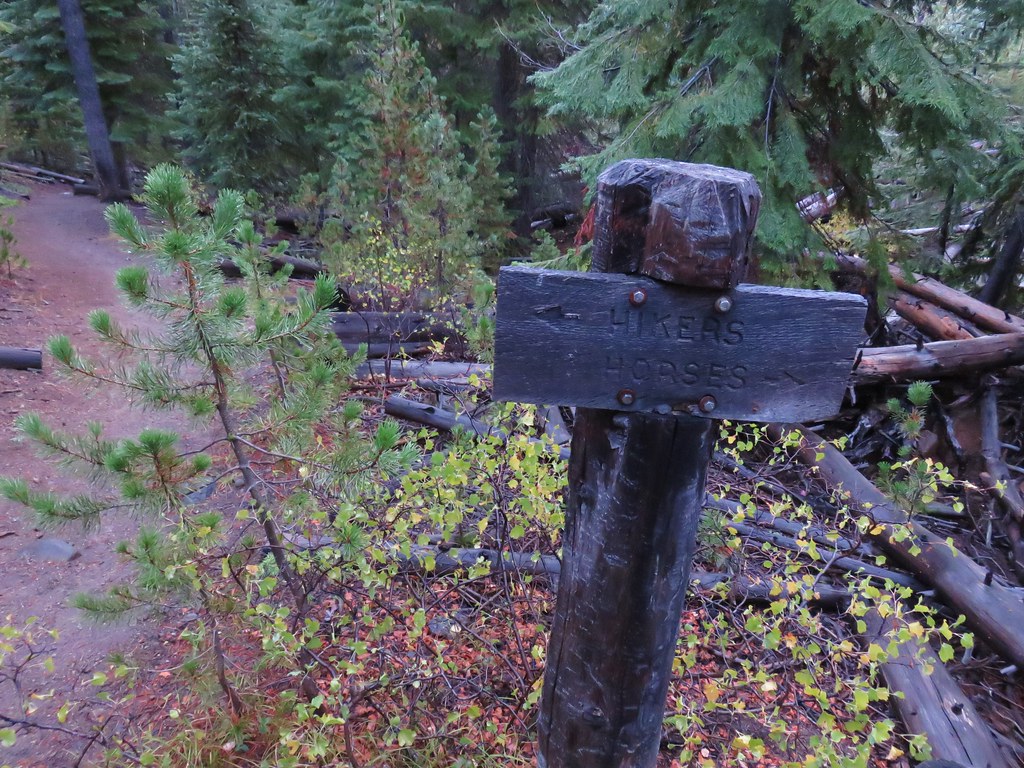
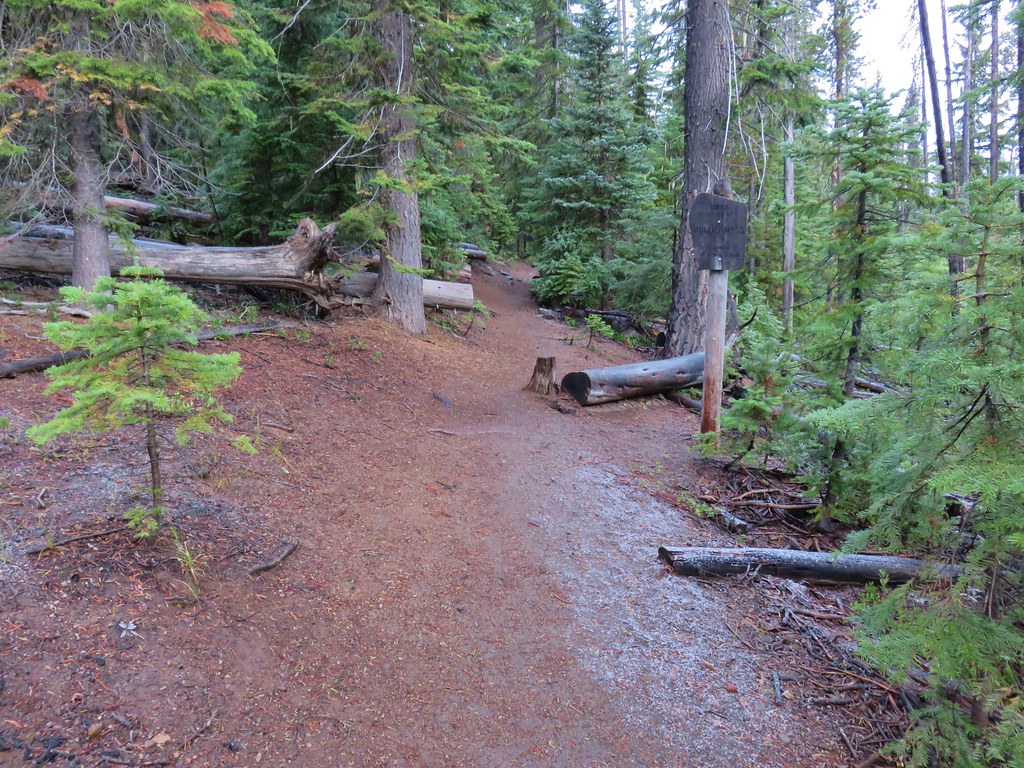 Entering the Three Sisters Wilderness
Entering the Three Sisters Wilderness